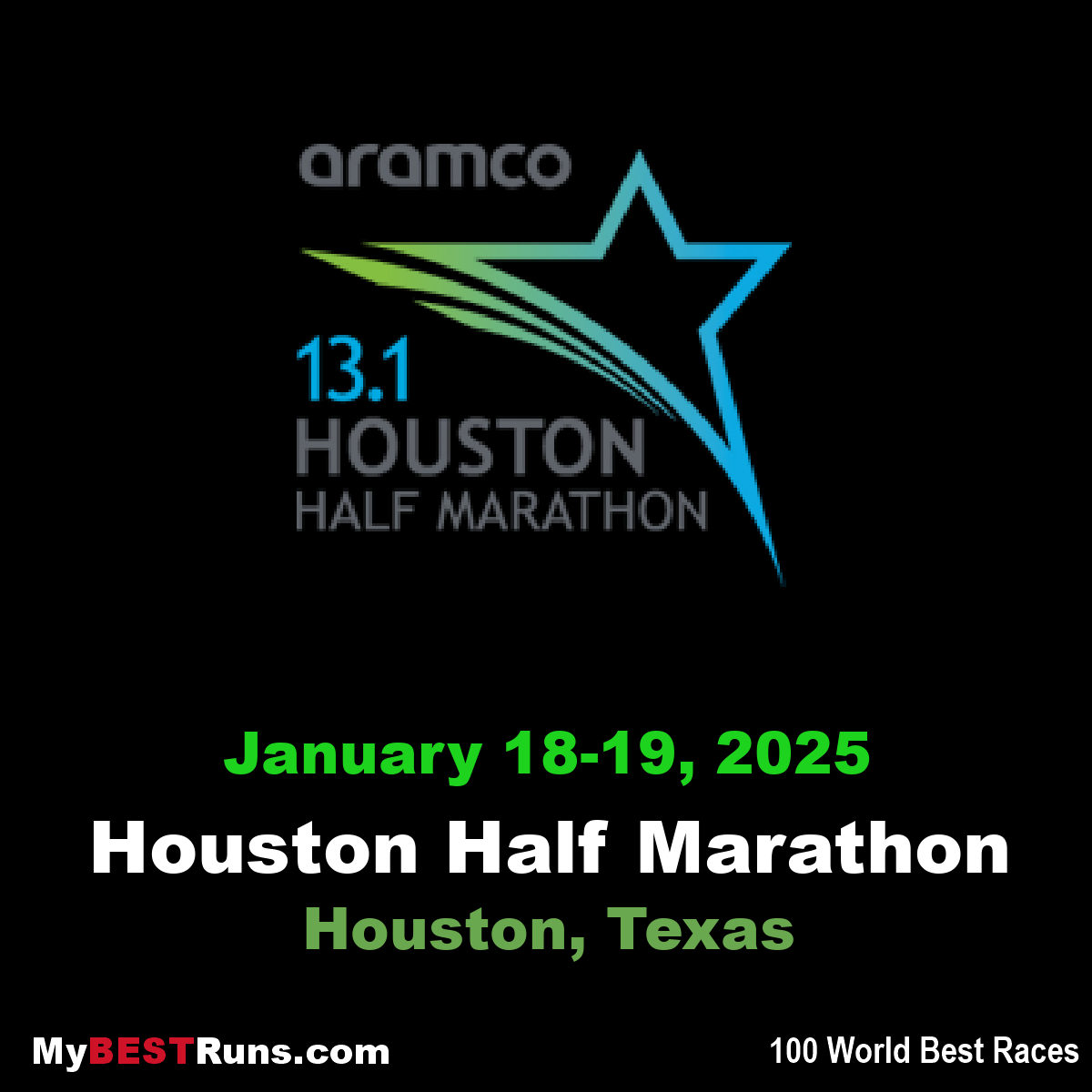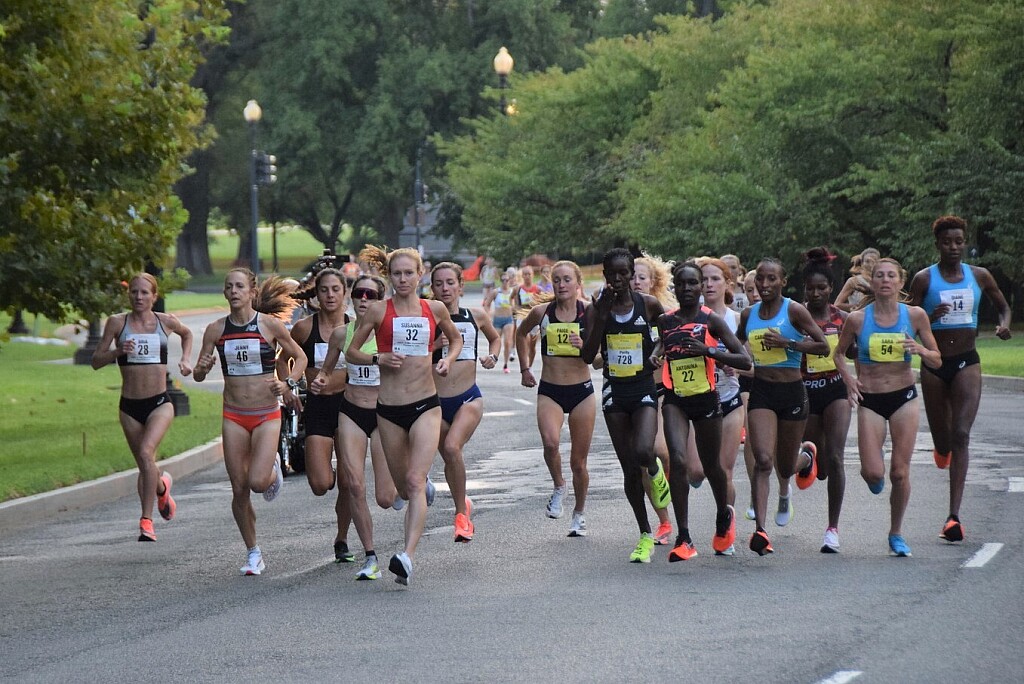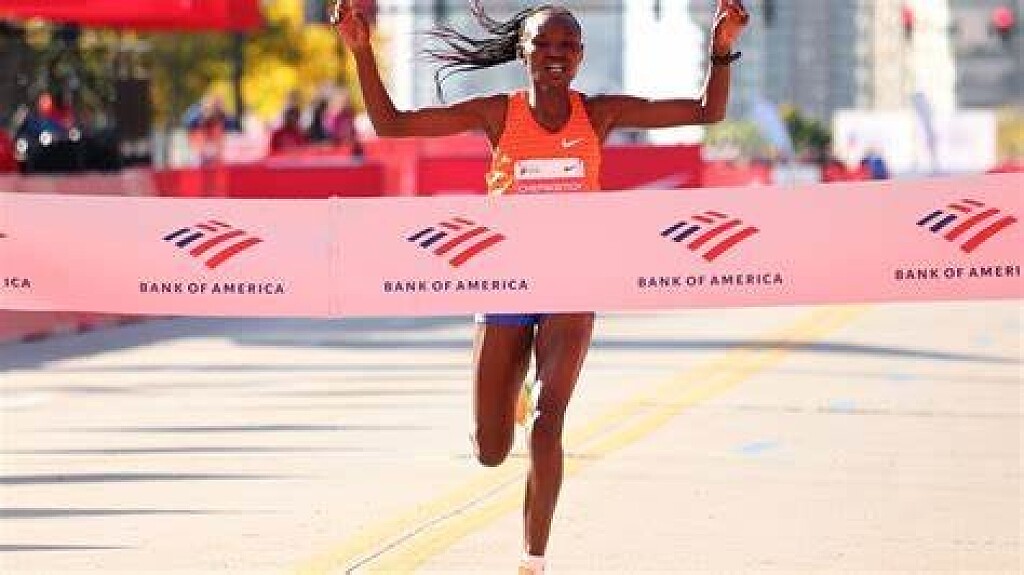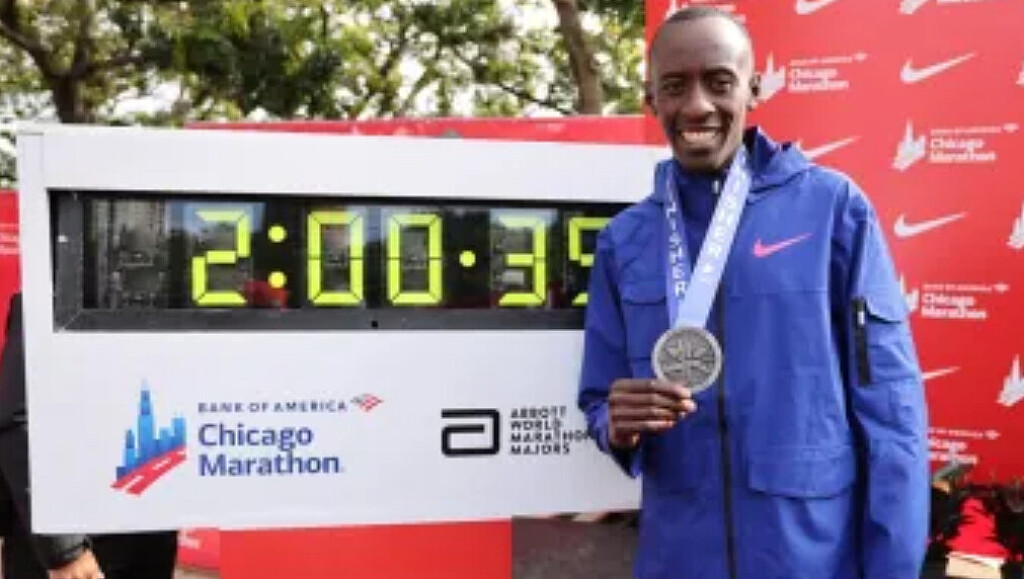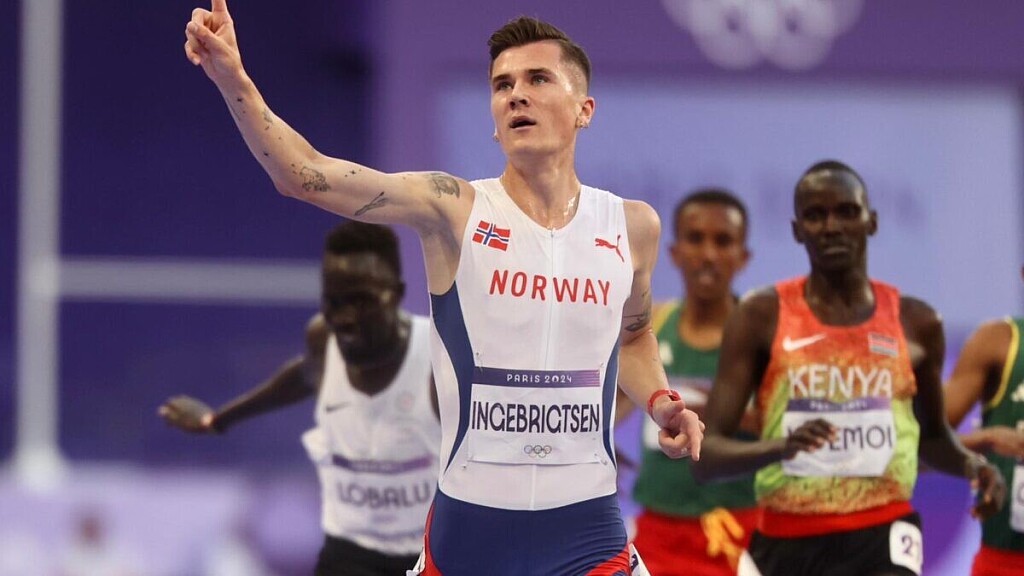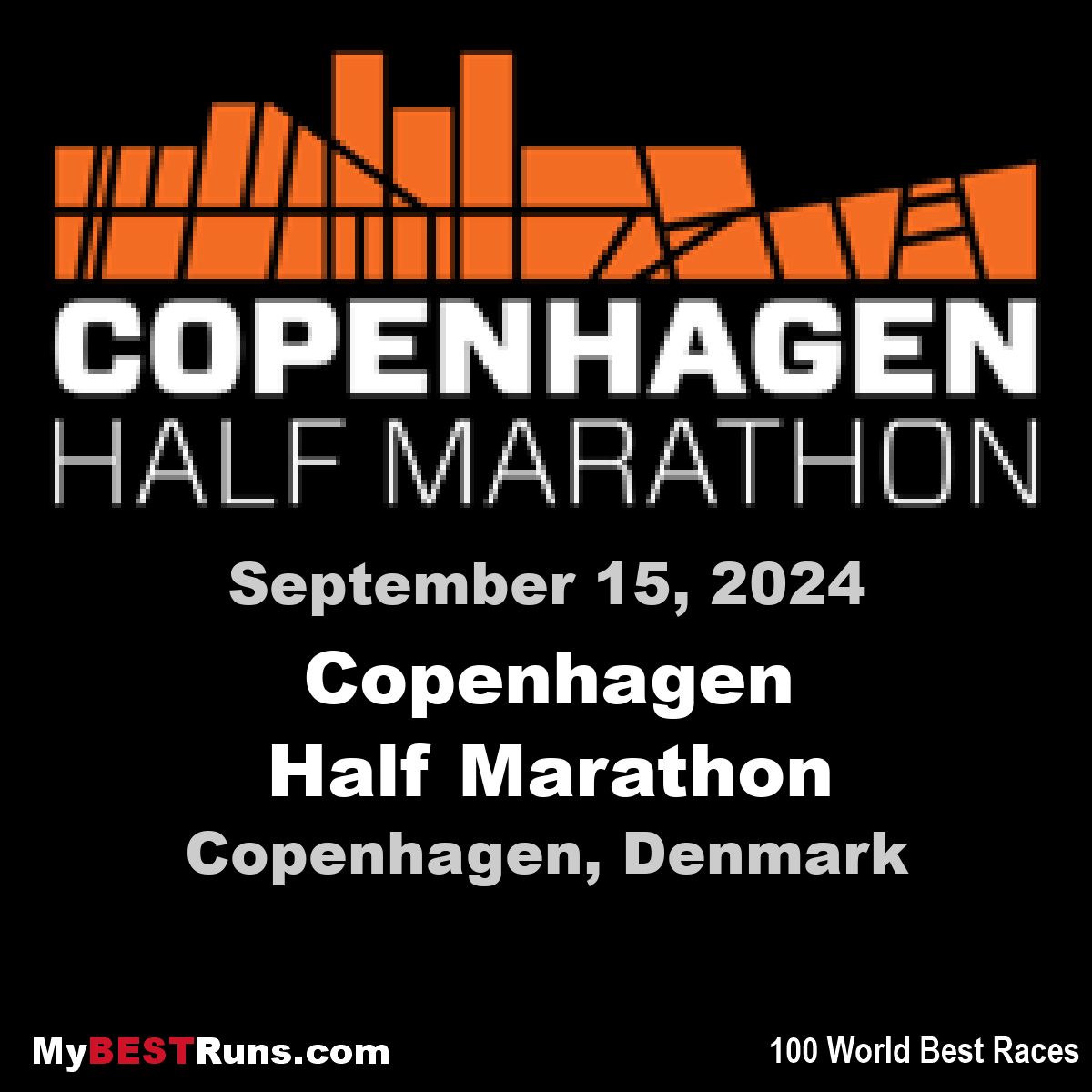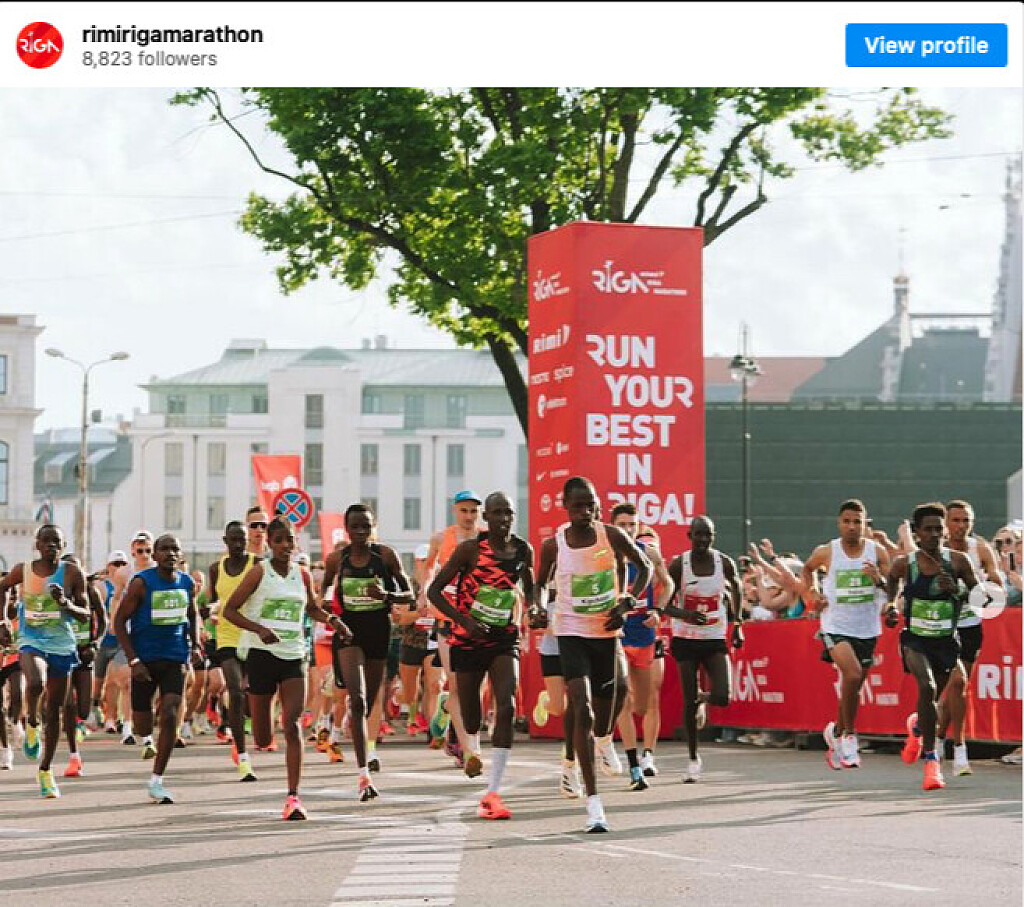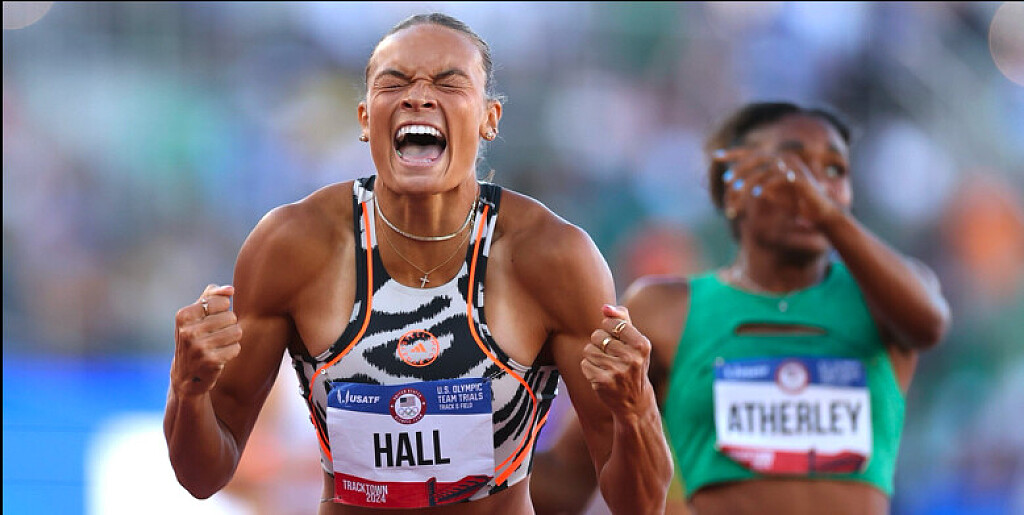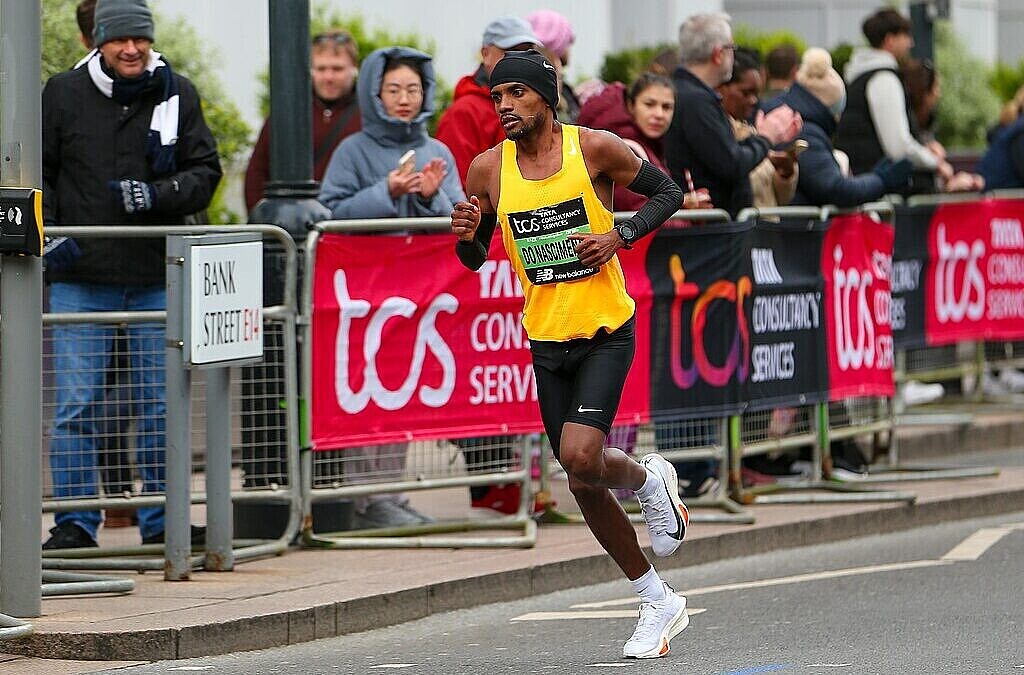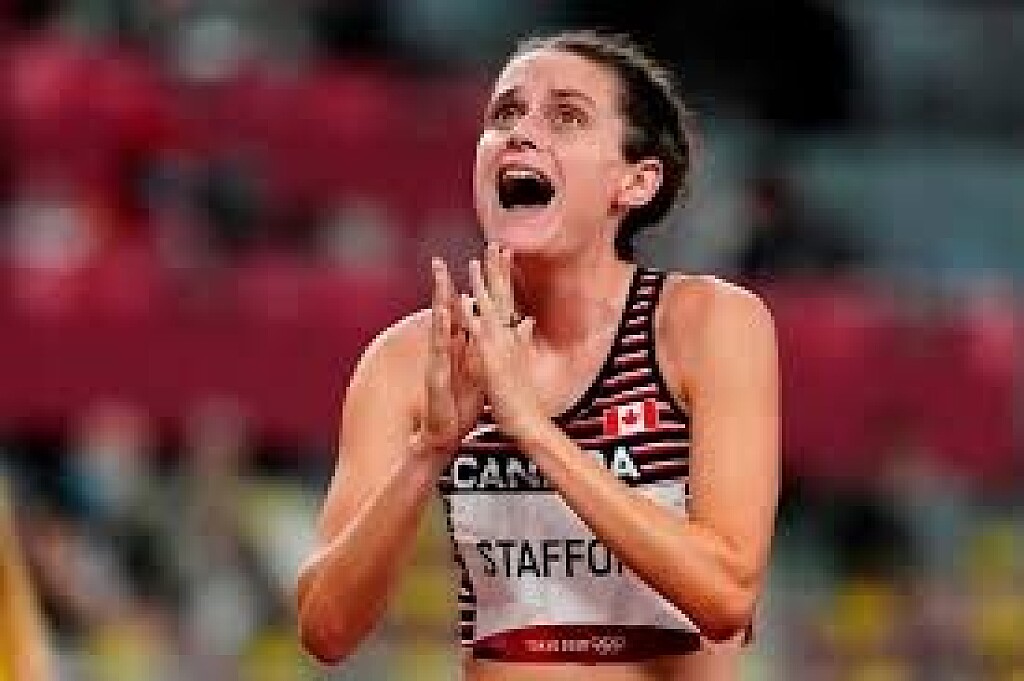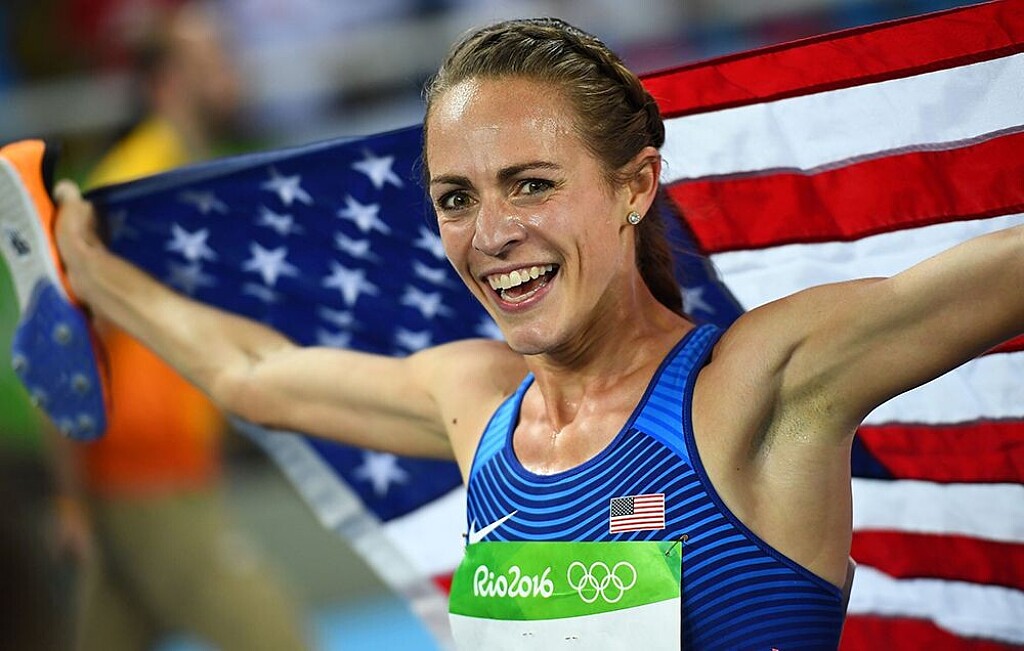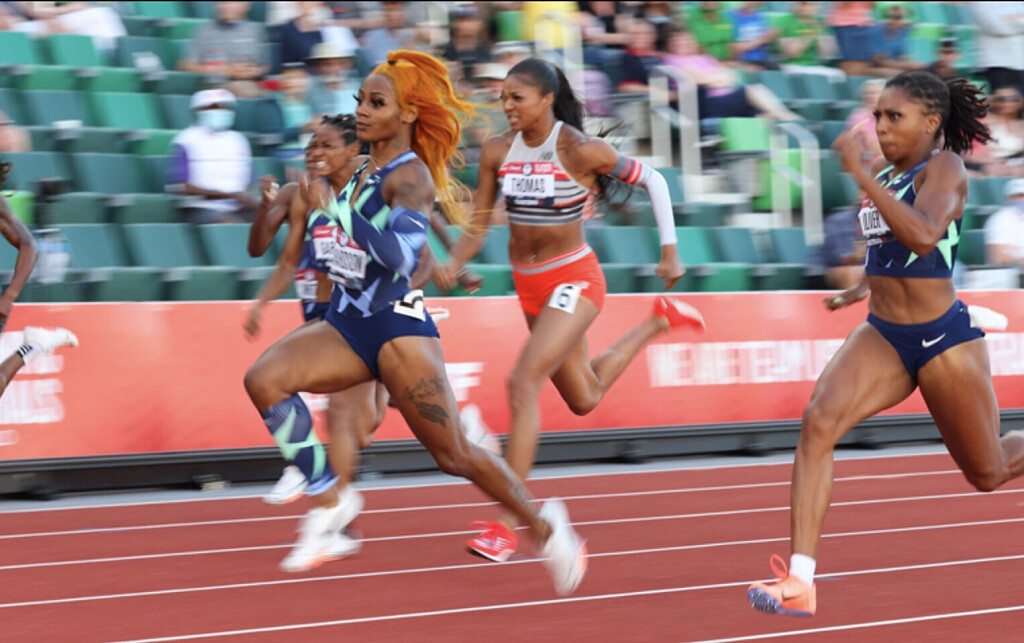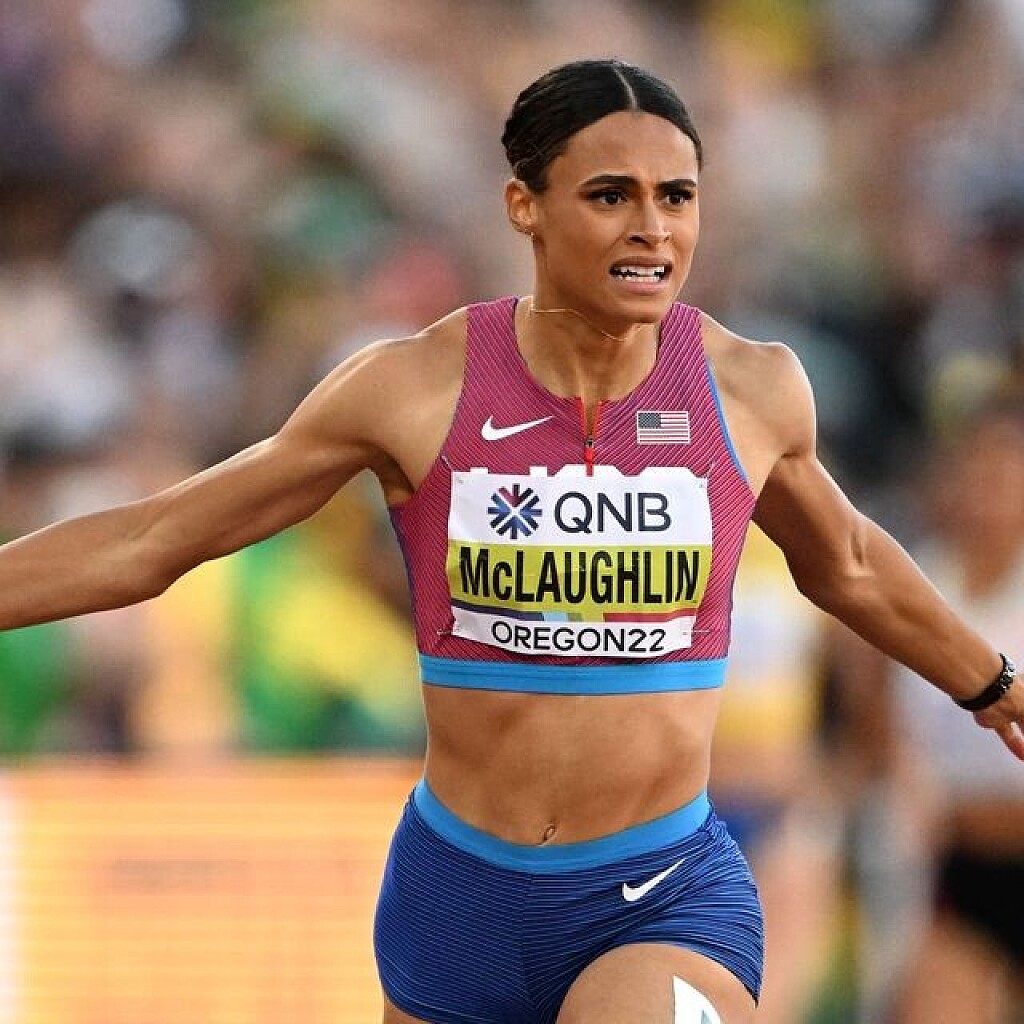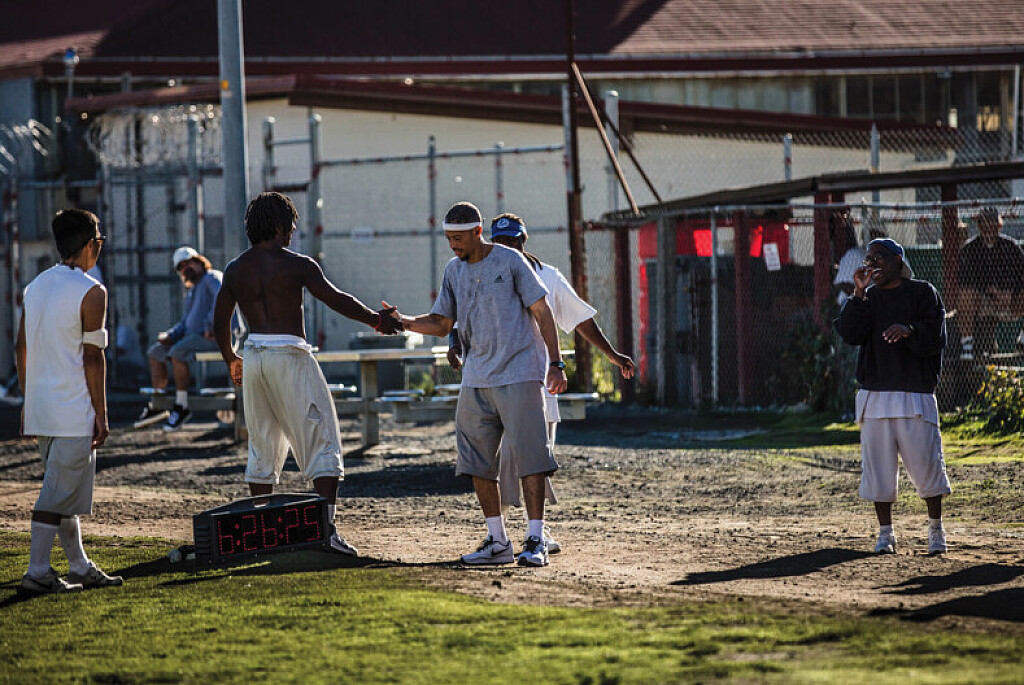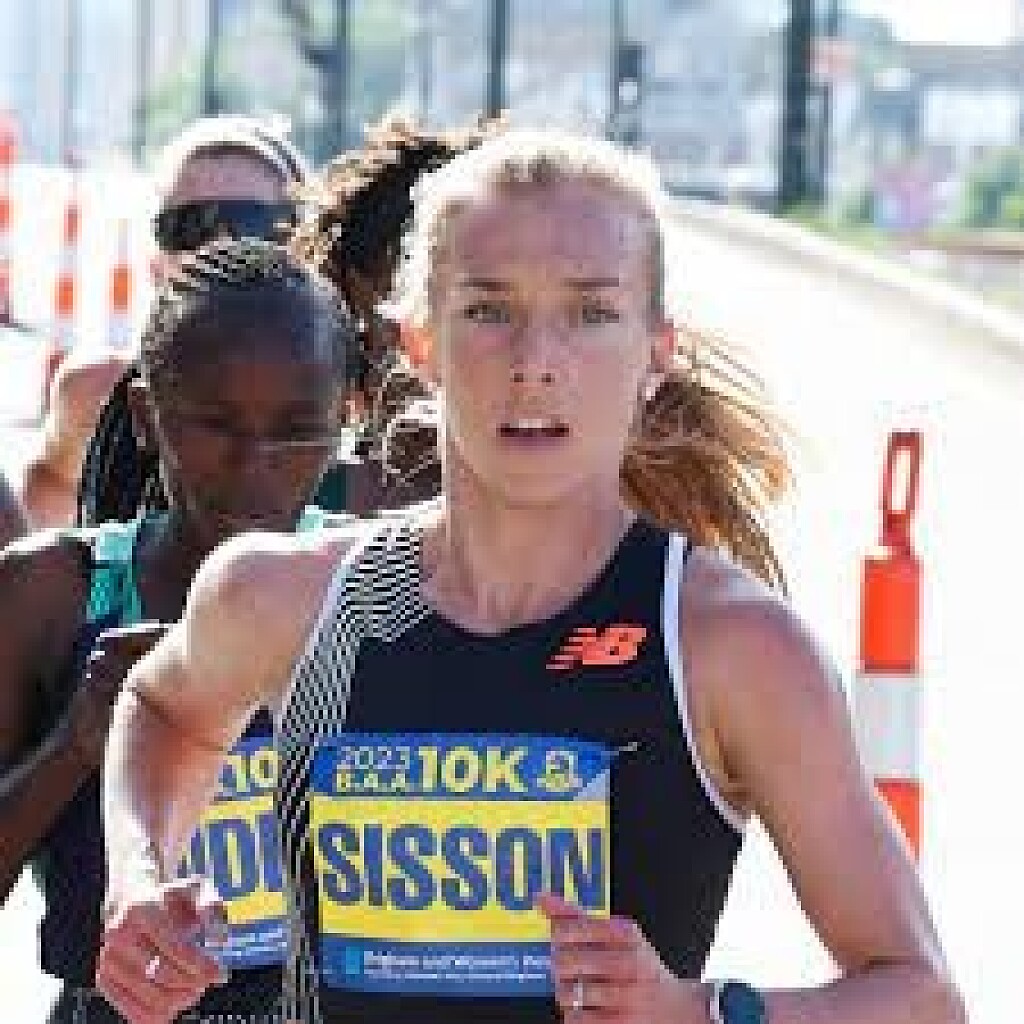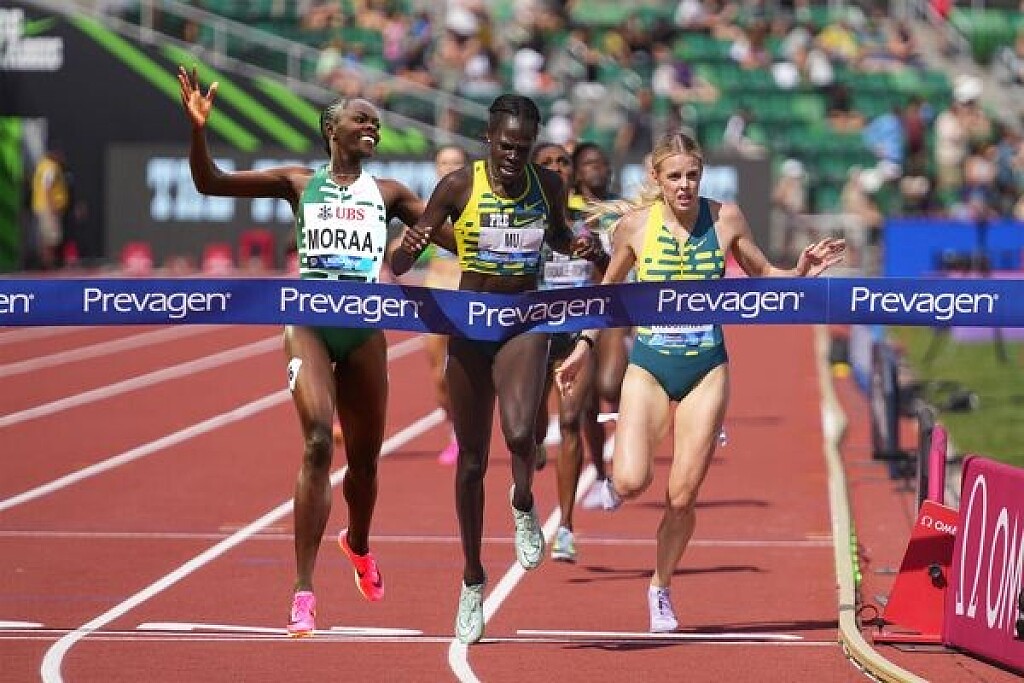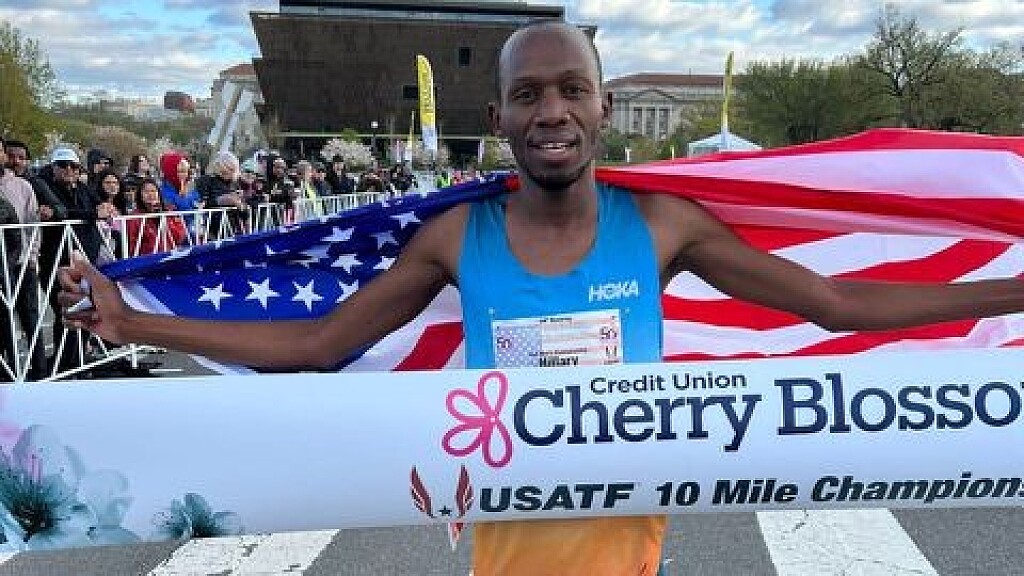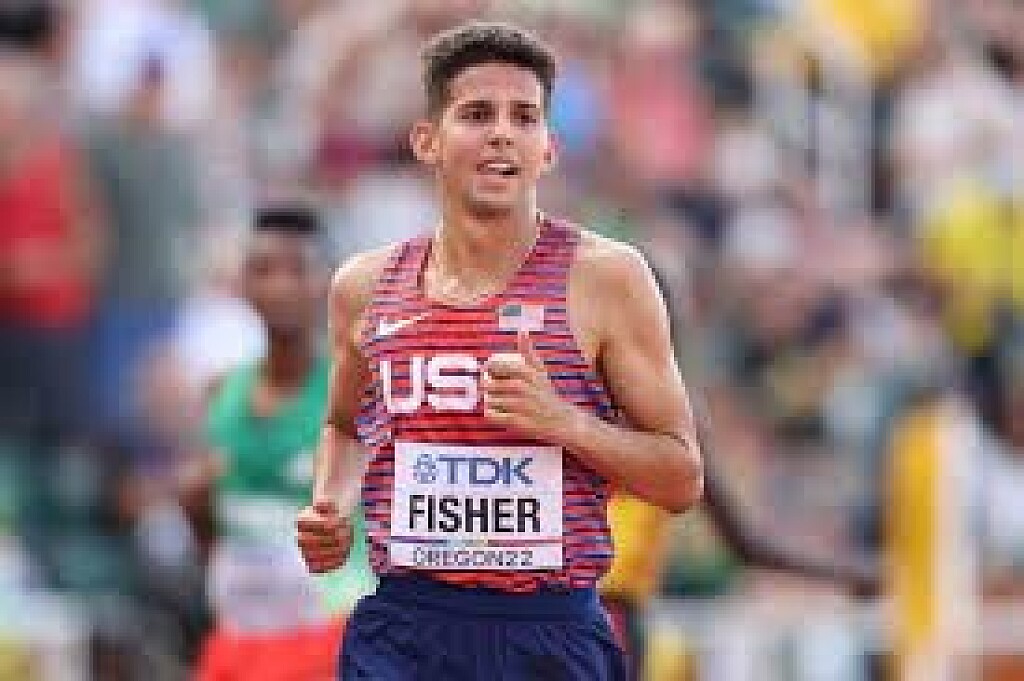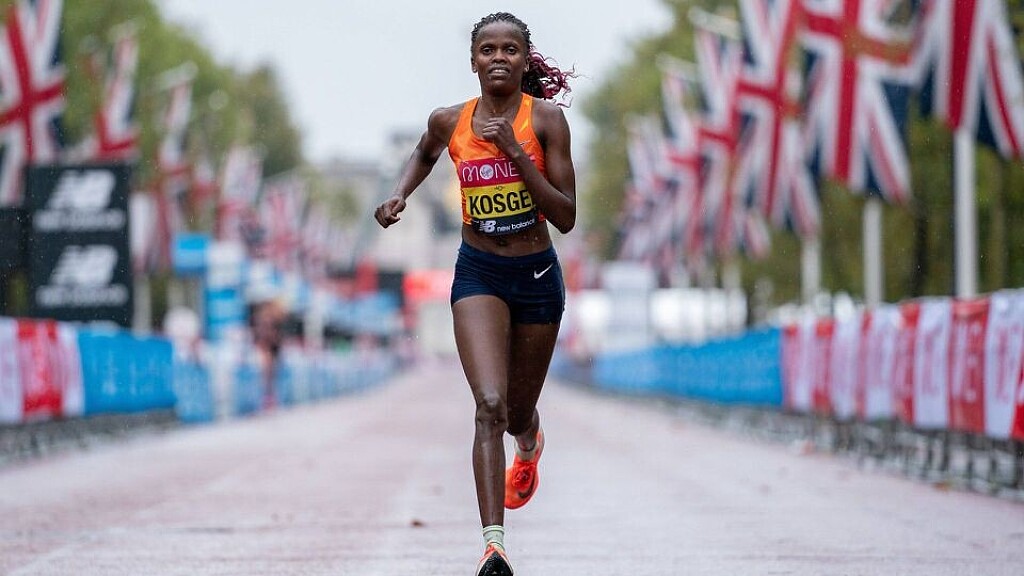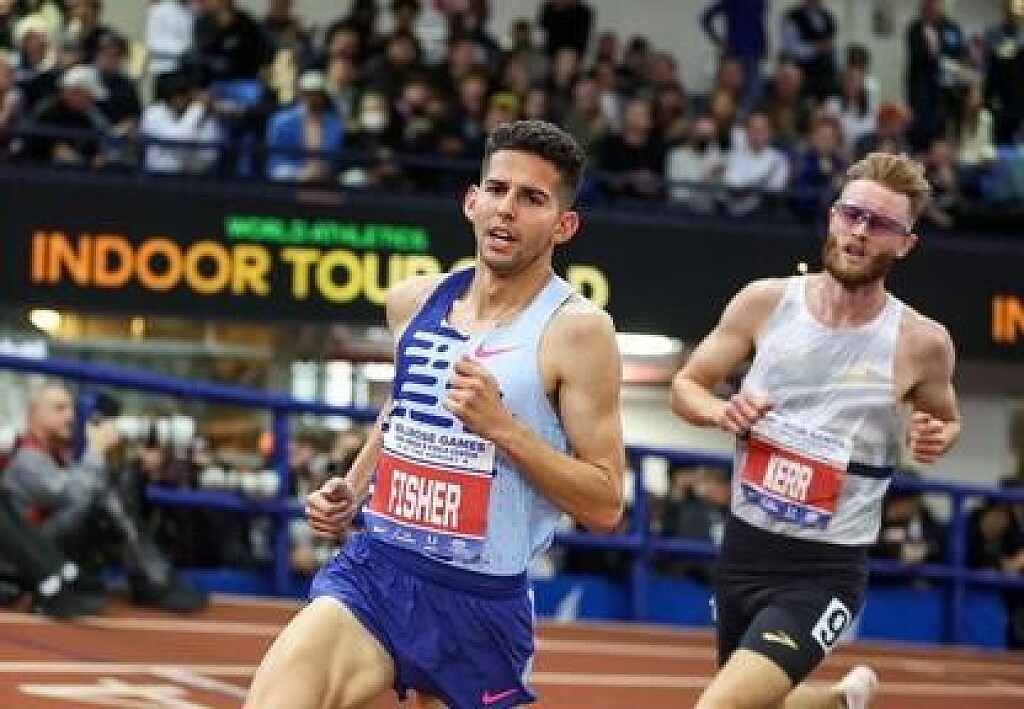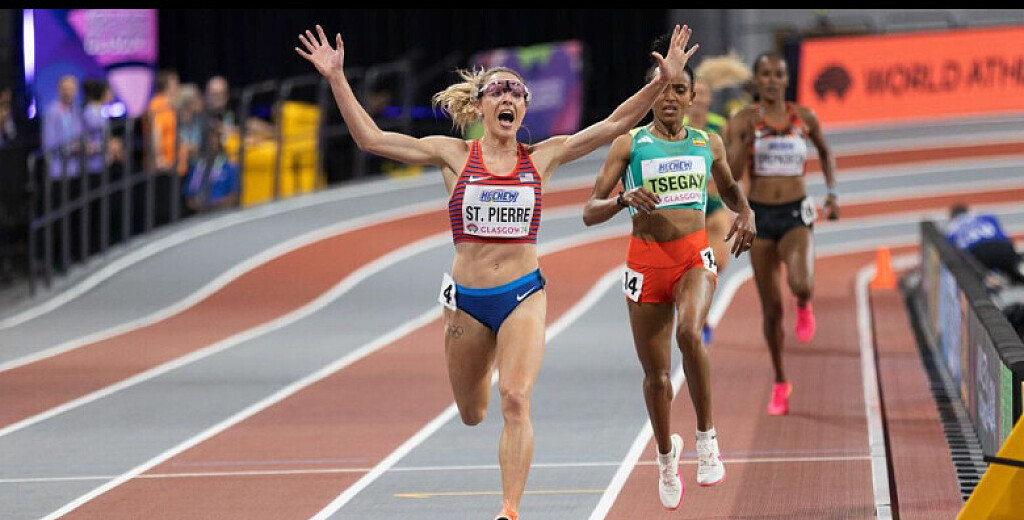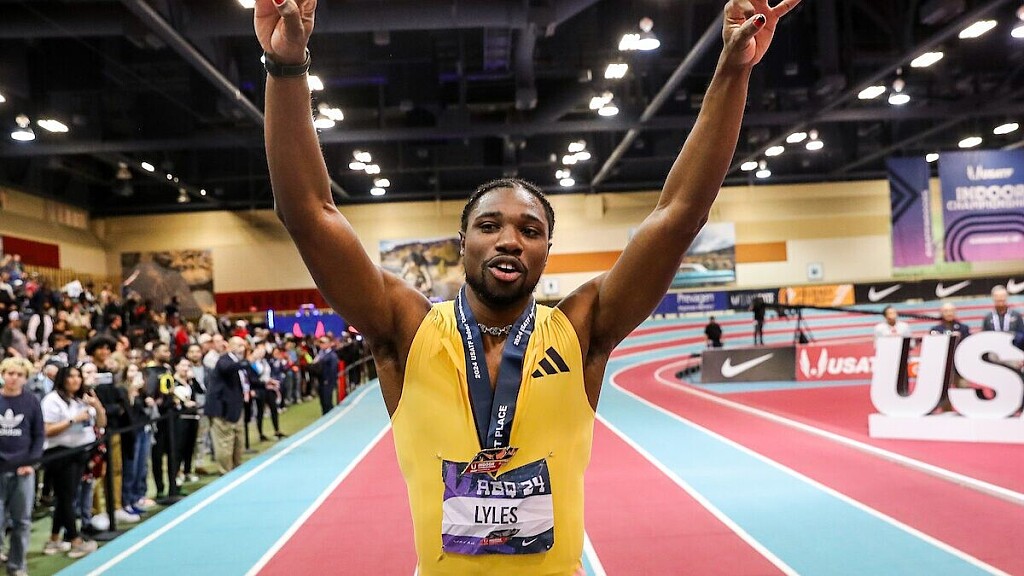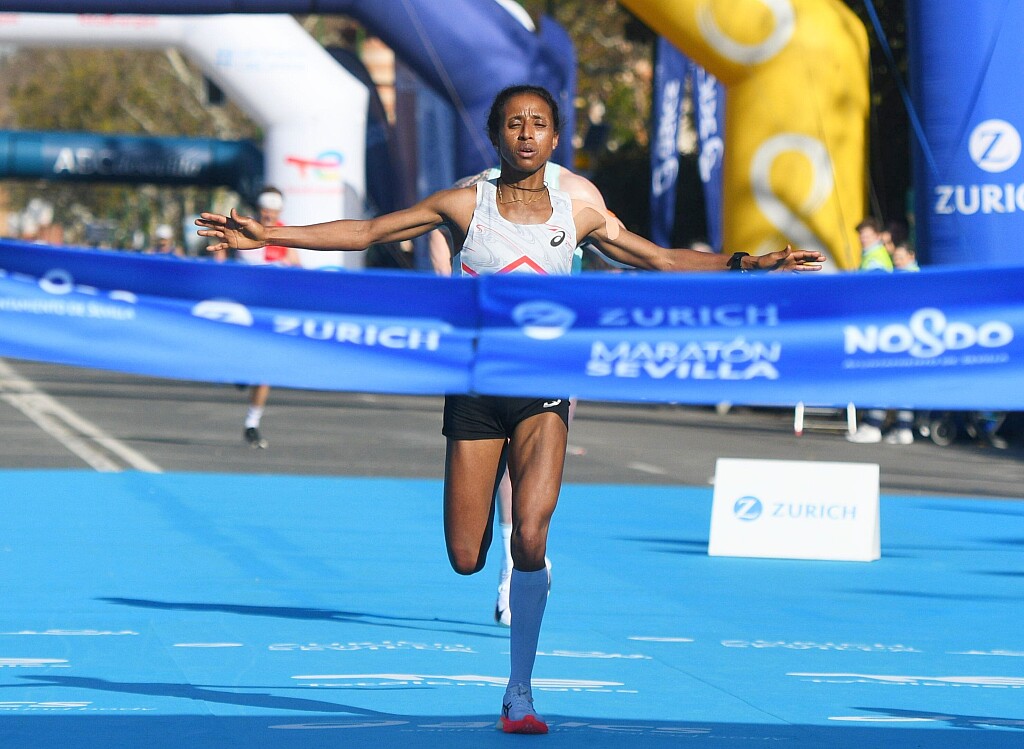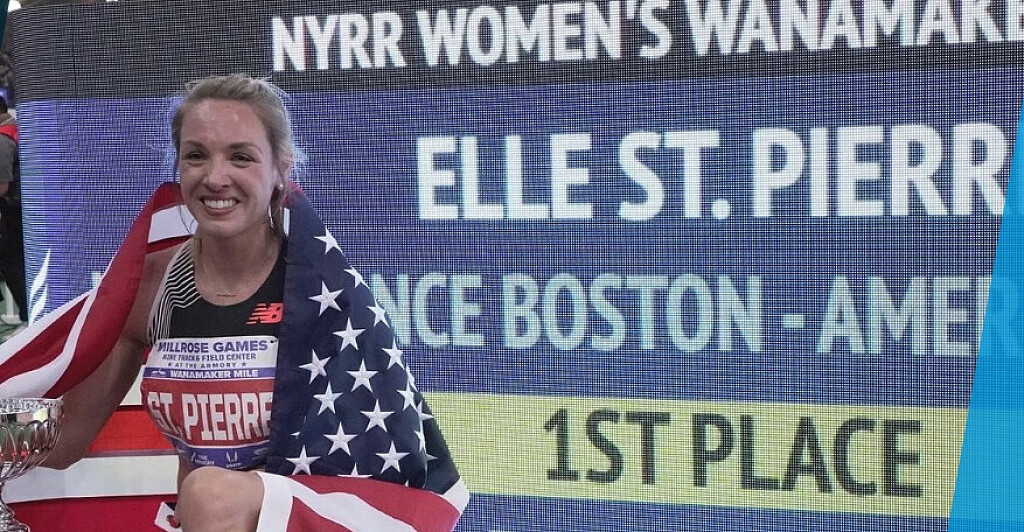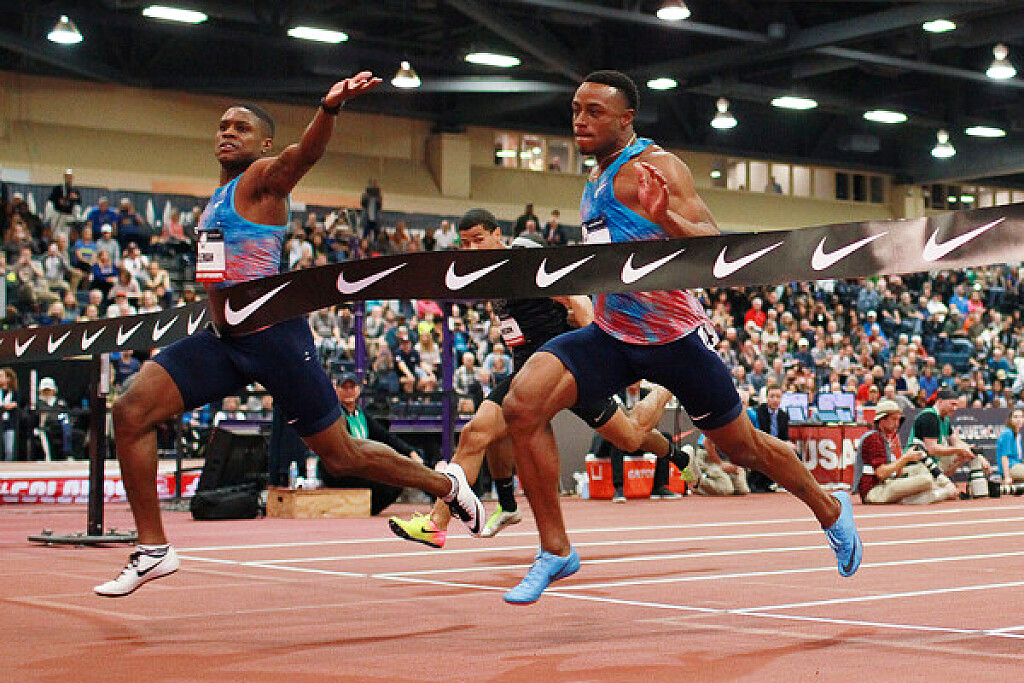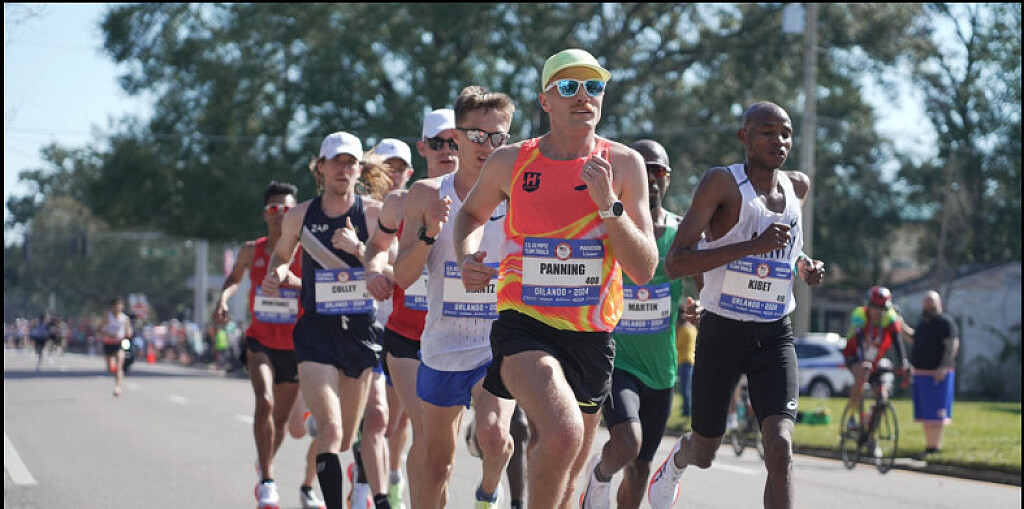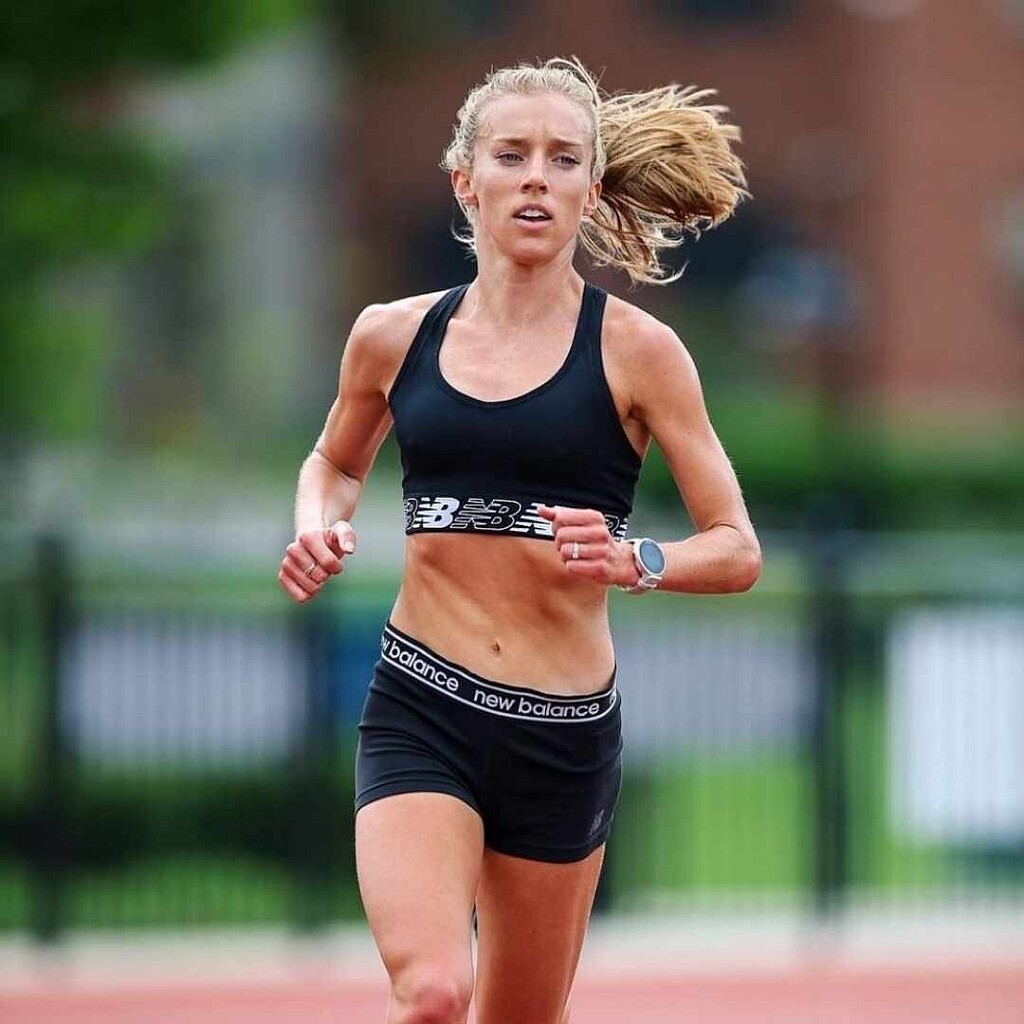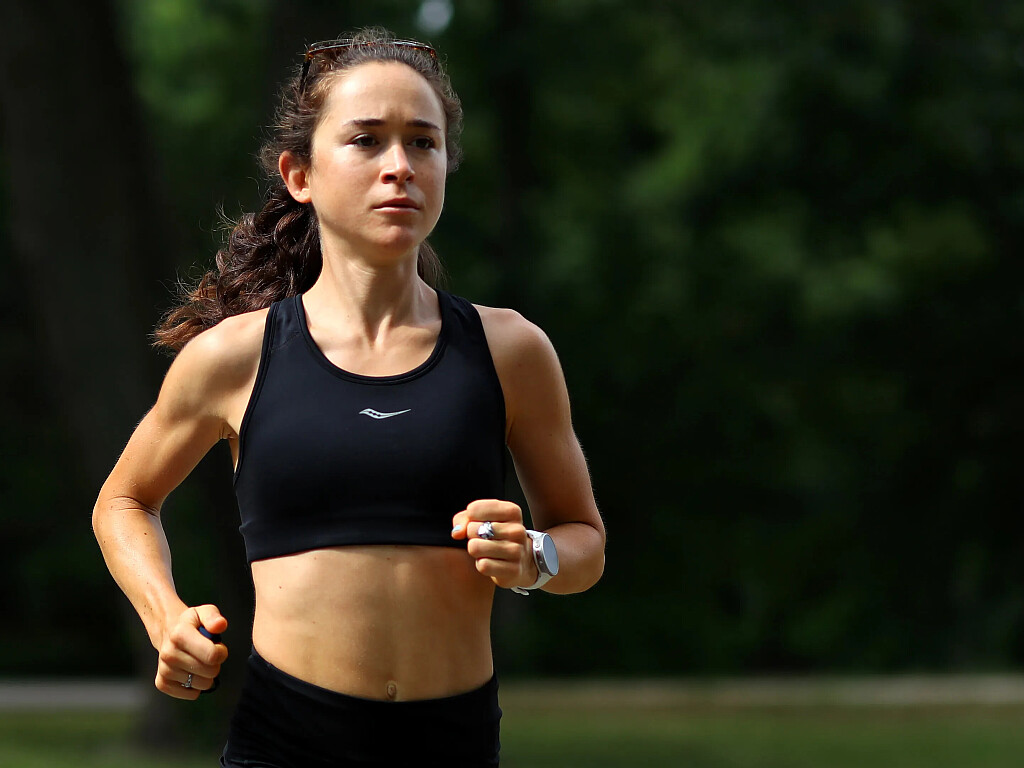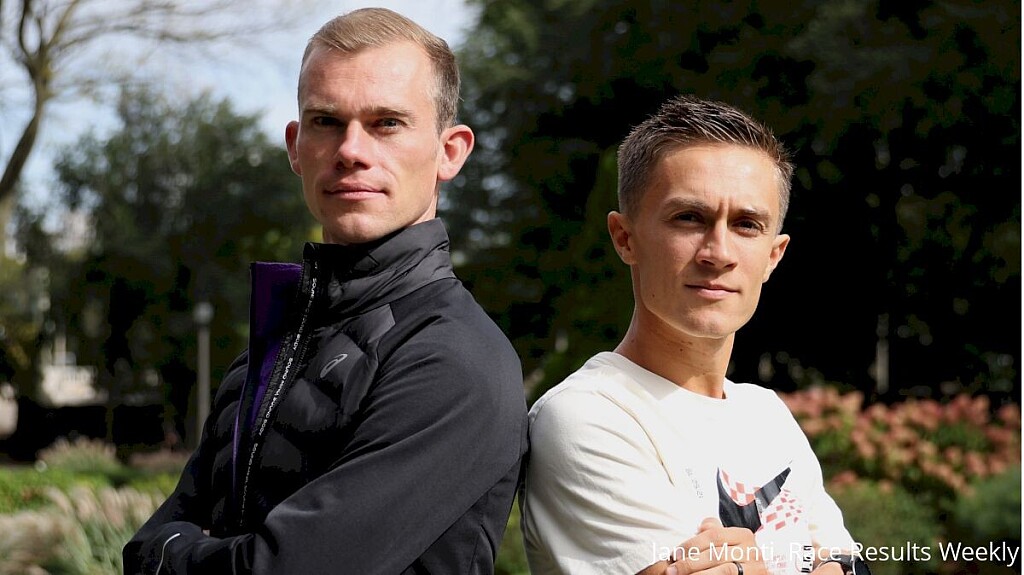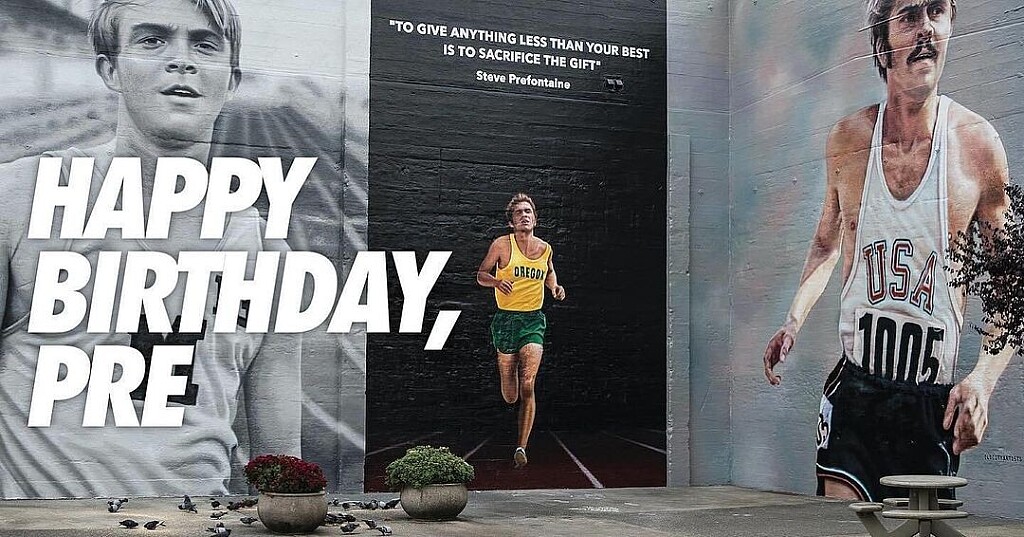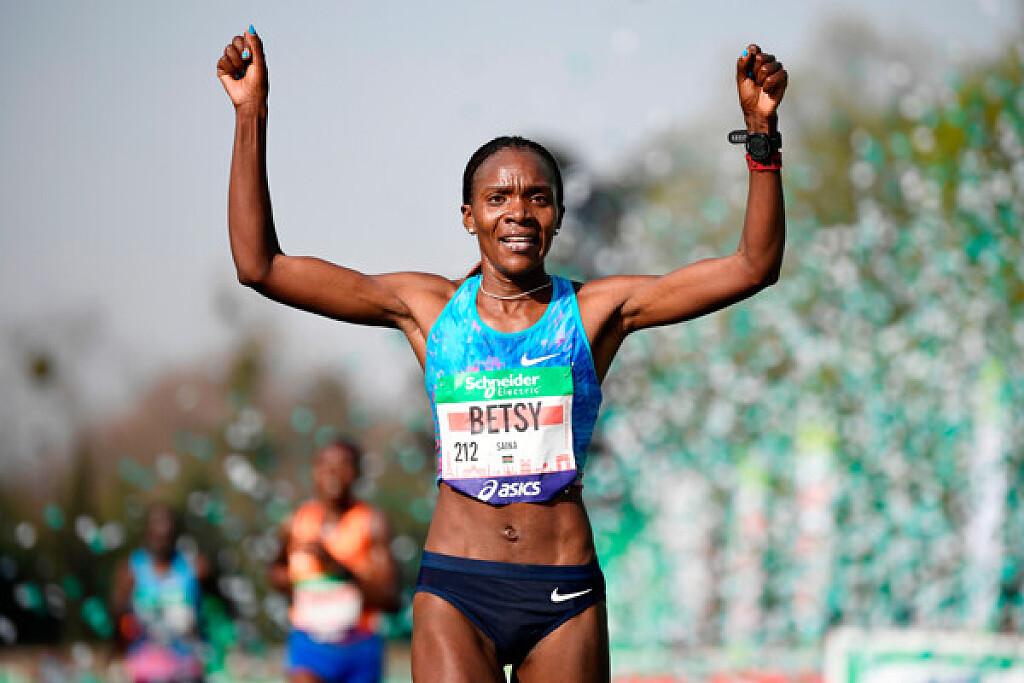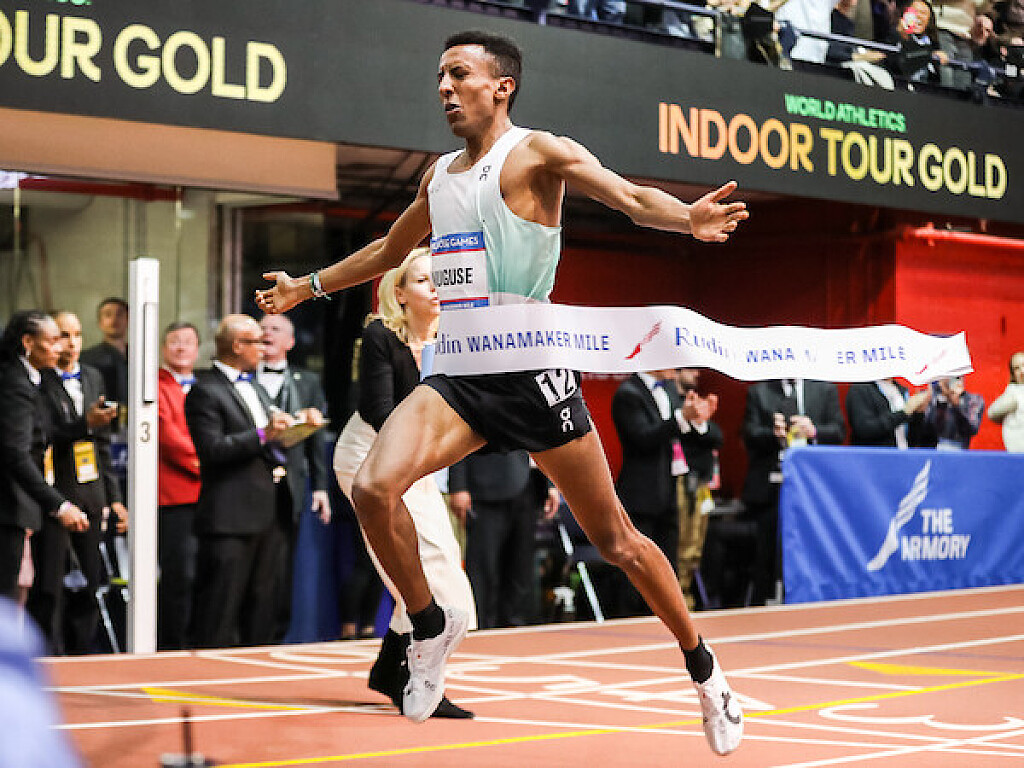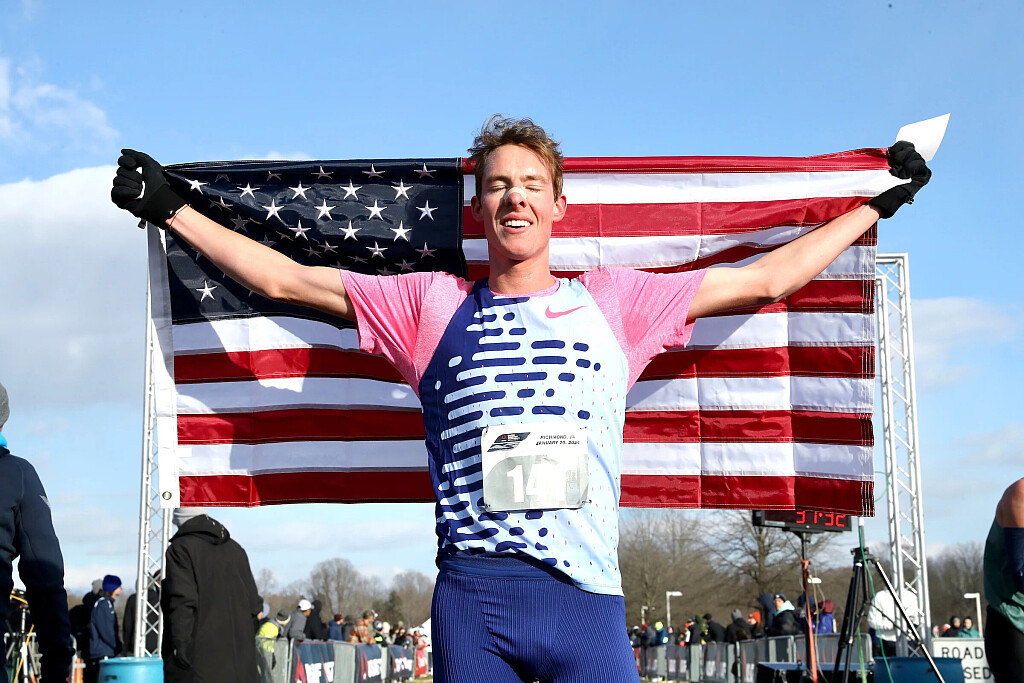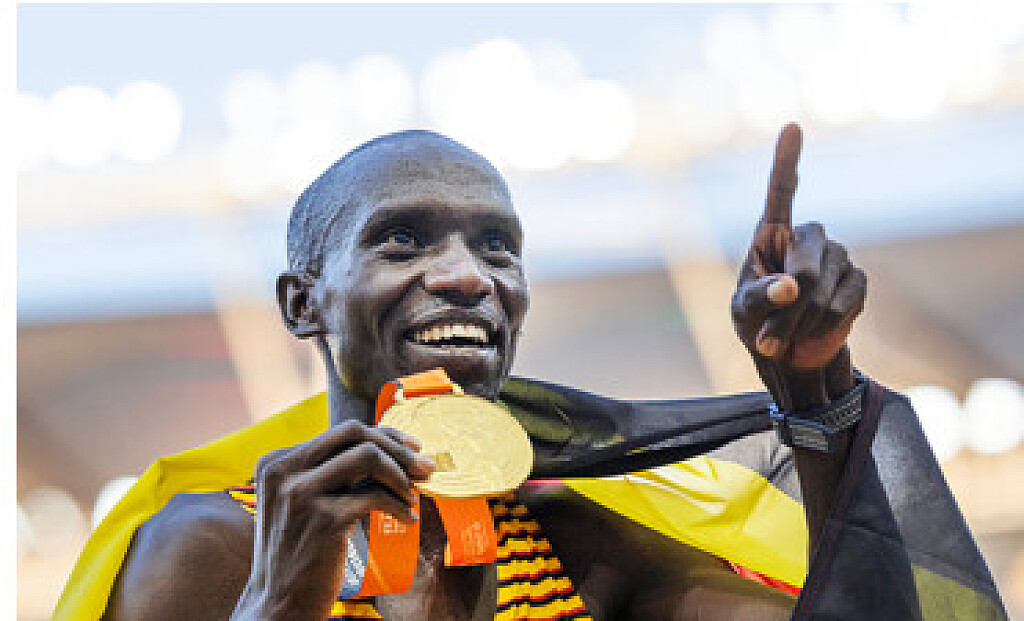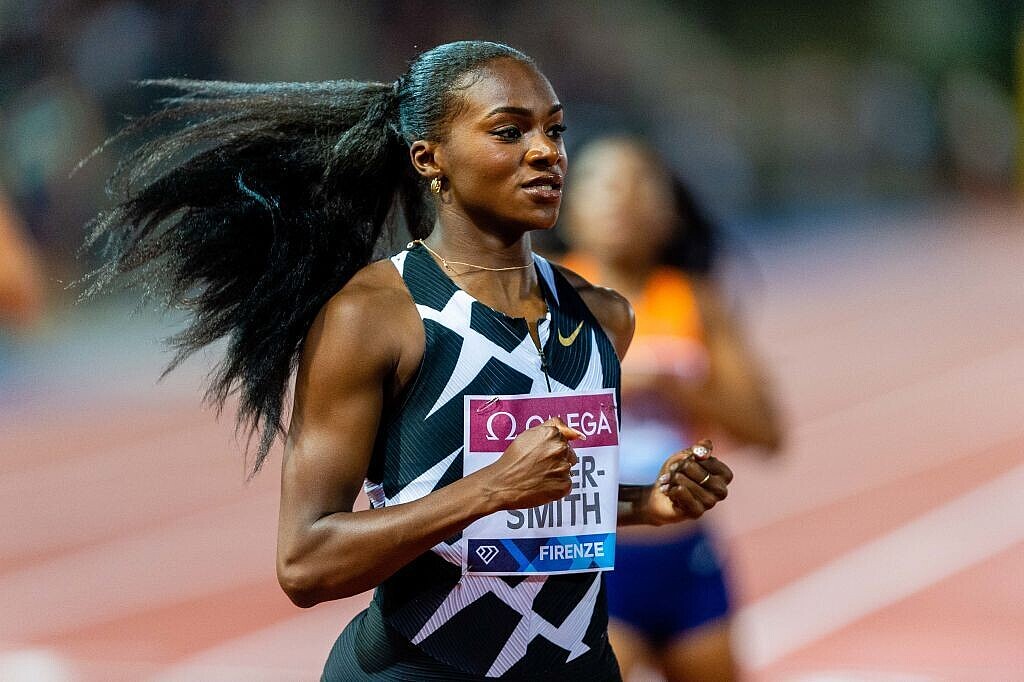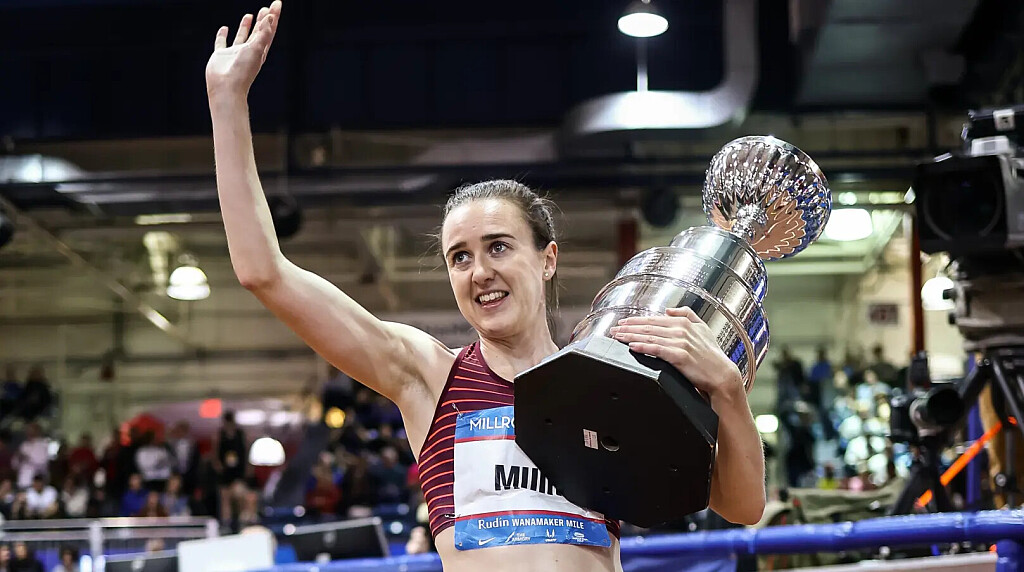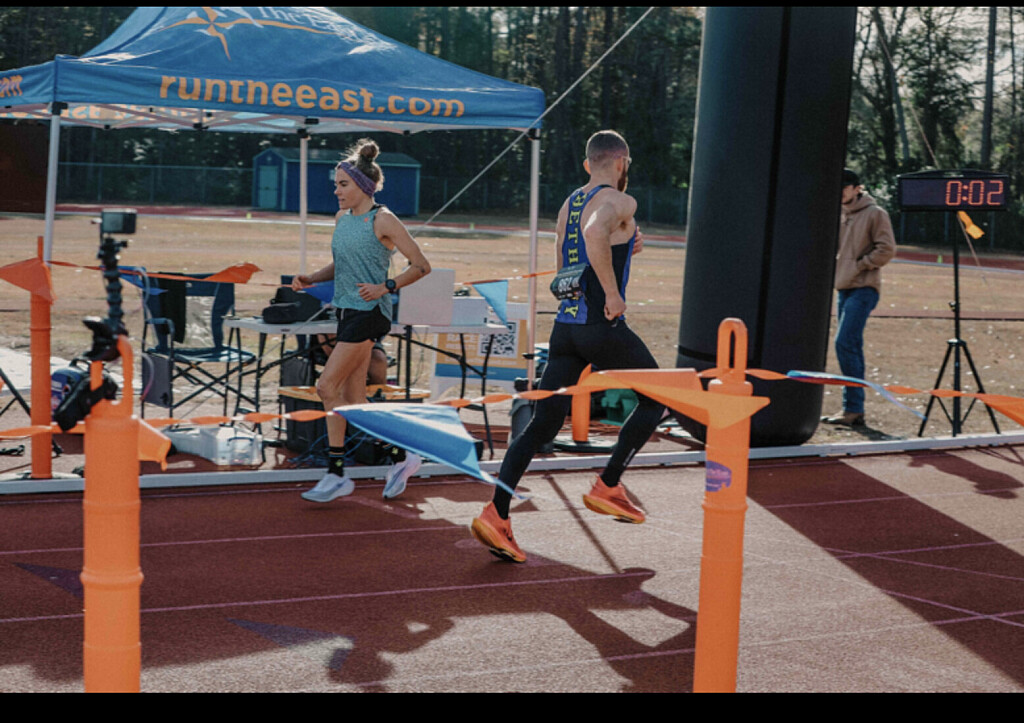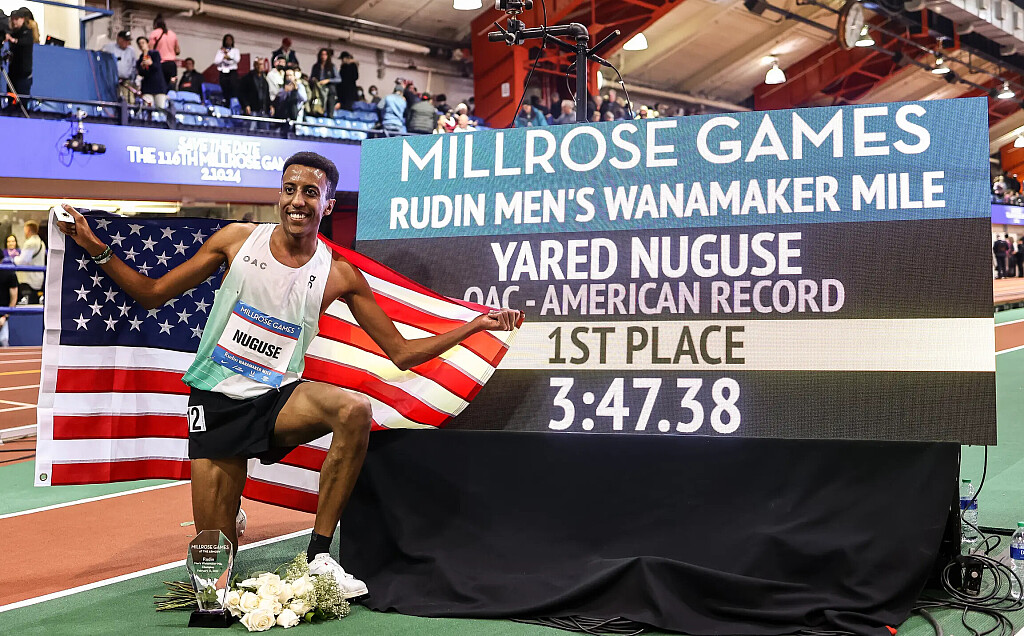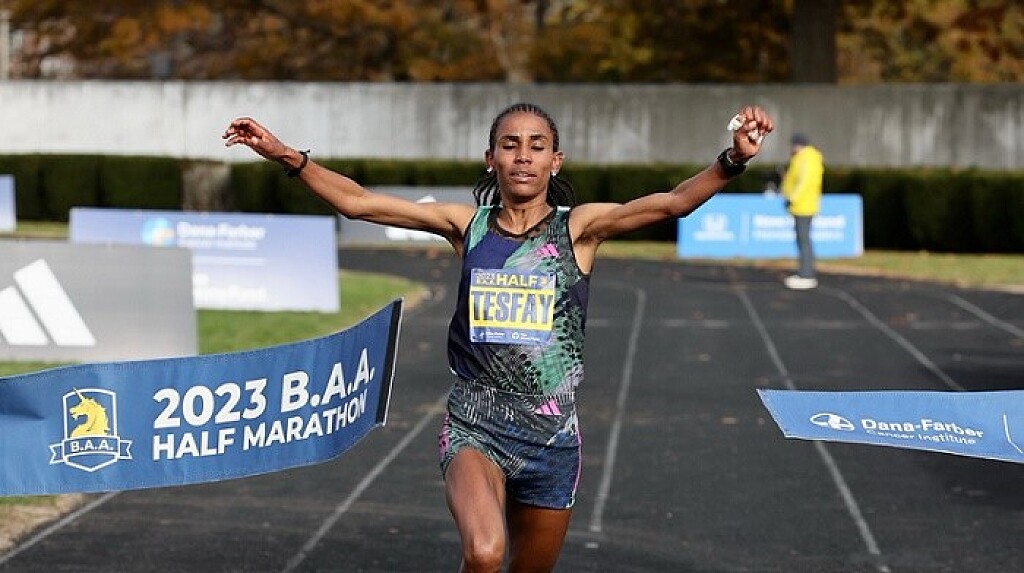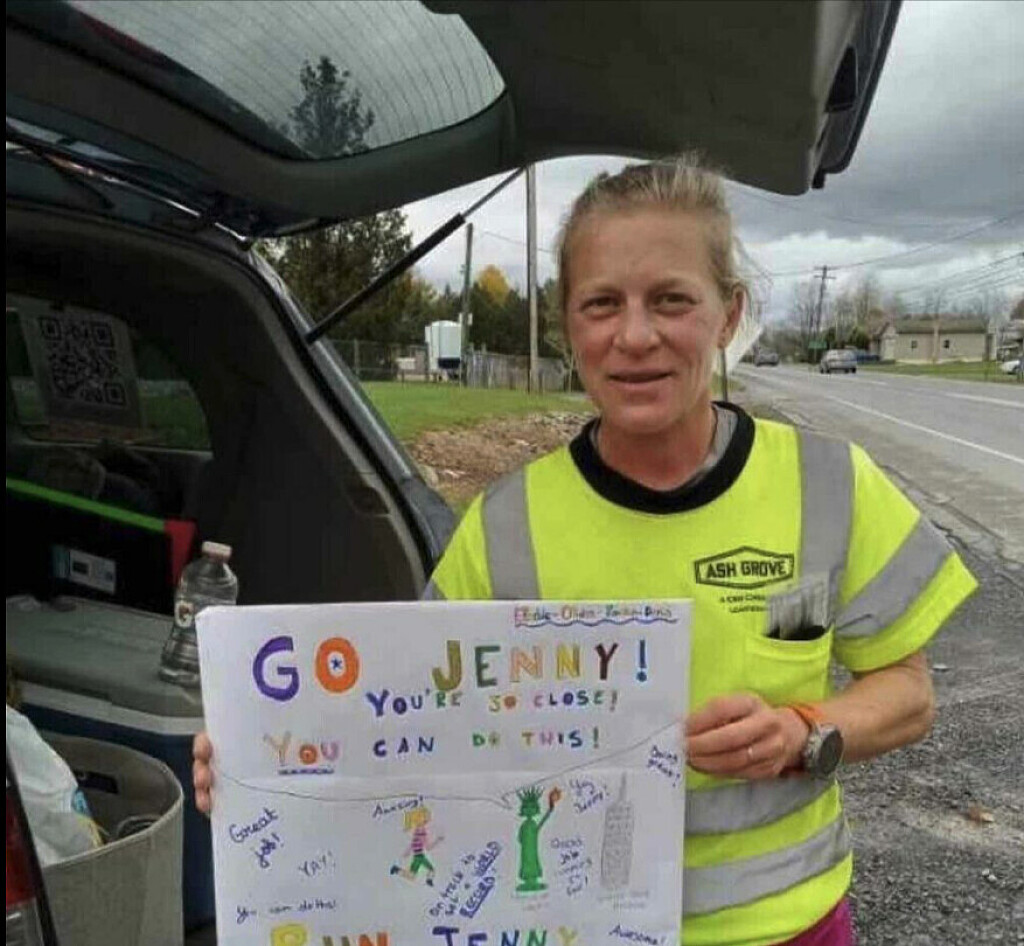Running News Daily
Running News Daily is edited by Bob Anderson in Los Altos California USA and team in Thika Kenya, La Piedad Mexico, Bend Oregon, Chandler Arizona and Monforte da Beira Portugal. Send your news items to bob@mybestruns.com Advertising opportunities available. Train the Kenyan Way at KATA Kenya. (Kenyan Athletics Training Academy) in Thika Kenya. KATA Portugal at Anderson Manor Retreat in central portugal. Learn more about Bob Anderson, MBR publisher and KATA director/owner, take a look at A Long Run the movie covering Bob's 50 race challenge.
Index to Daily Posts · Sign Up For Updates · Run The World Feed
Articles tagged #American Record
Today's Running News
Joe Klecker Plans His Half Marathon Debut
In a live recording of The CITIUS MAG Podcast in New York City, U.S. Olympian Joe Klecker confirmed that he is training for his half marathon debut in early 2025. He did not specify which race but signs point toward the Houston Half Marathon on Jan. 19th.
“We’re kind of on this journey to the marathon,” Klecker said on the Citizens Bank Stage at the 2024 TCS New York City Marathon Expo. “The next logical step is a half marathon. That will be in the new year. We don’t know exactly where yet but we want to go attack a half marathon. That’s what all the training is focused on and that’s why it’s been so fun. Not that the training is easy but it’s the training that comes the most naturally to me.”
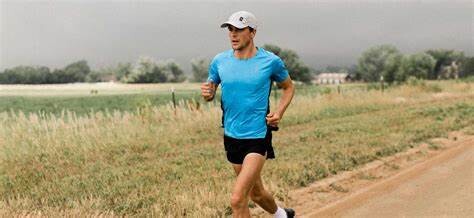
Klecker owns personal bests of 12:54.99 for 5000m and 27:07.57 for 10,000m. In his lone outdoor track race of 2024, he ran 27:09.29 at Sound Running’s The Ten in March and missed the Olympic qualifying standard of 27:00.00.
His training style and genes (his mother Janis competed at the 1992 Summer Olympics in the marathon and won two U.S. marathon national championships in her career; and his father Barney previously held the U.S. 50-mile ultramarathon record) have always linked Klecker to great marathoning potential. For this year’s TCS New York City Marathon, the New York Road Runners had Klecker riding in the men’s lead truck so he could get a front-row glimpse at the race and the course, if he chooses to make his debut there or race in the near future.
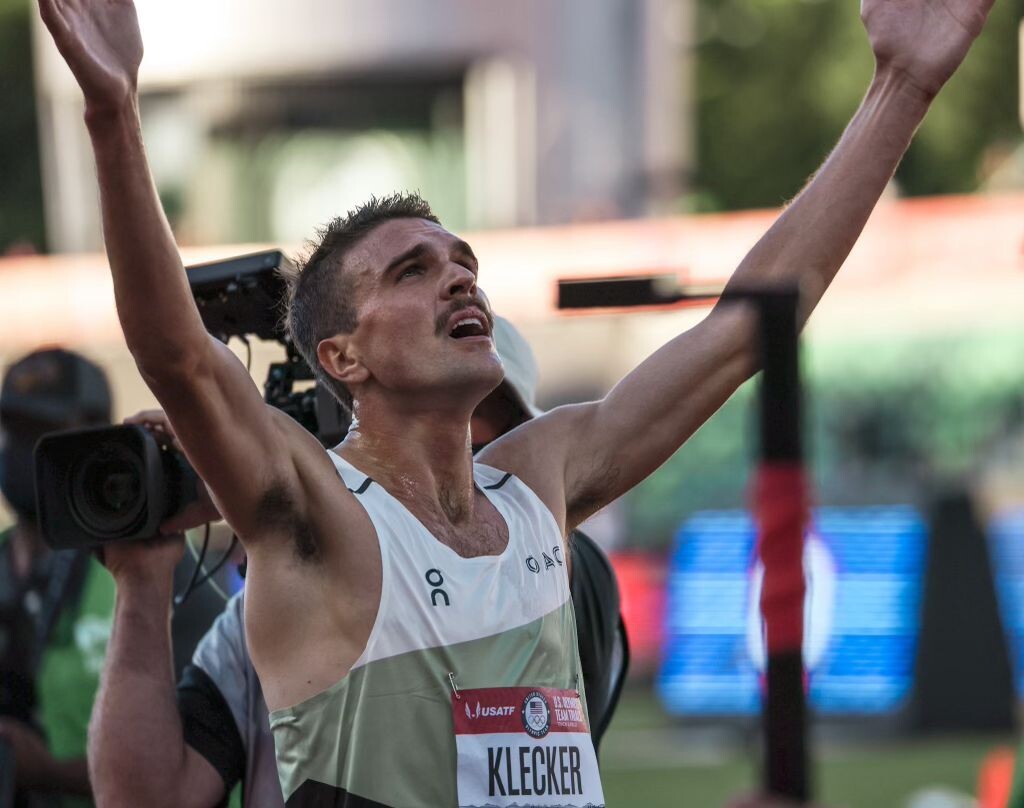
The Comeback From Injury
In late May, Klecker announced he would not be able to run at the U.S. Olympic Track and Field Trials in June due to his recovery from a torn adductor earlier in the season, which ended his hopes of qualifying for a second U.S. Olympic team. He spent much of April cross training and running on the Boost microgravity treadmill at a lower percentage of his body weight.
“The process of coming back has been so smooth,” Klecker says. “A lot of that is just because it’s been all at the pace of my health. I haven’t been thinking like, ‘Oh I need to be at this level of fitness in two weeks to be on track for my goals.’ If my body is ready to go, we’re going to keep progressing. If it’s not ready to go, we’re going to pull back a little bit. That approach is what helped me get through this injury.”
One More Track Season
Klecker is not fully prepared to bid adieu to the track. He plans to chase the qualifying standard for the 10,000 meters and attempt to qualify for the 2025 World Championships in Tokyo. In 2022, after World Athletics announced Tokyo as the 2025 host city, he told coach Dathan Ritzenhein that he wanted the opportunity to race at Japan National Stadium with full crowds.
“I’m so happy with what I’ve done on the track that if I can make one more team, I’ll be so happy,” Klecker says. “Doing four more years of this training, I don’t know if I can stay healthy to be at the level I want to be. One more team on the track would just be like a dream.”
Klecker is also considering doubling up with global championships and could look to qualify for the 2025 World Road Running Championships, which will be held Sept. 26th to 28th in San Diego. To make the team, Klecker would have to race at the Atlanta Half Marathon on Sunday, March 2nd, which also serves as the U.S. Half Marathon Championships. The top three men and women will qualify for Worlds. One spot on Team USA will be offered via World Ranking.
Sound Running’s The Ten, one of the few fast opportunities to chase the 10,000m qualifying standard on the track, will be held on March 29th in San Juan Capistrano.
Thoughts on Ryan Hall’s American Record
The American record in the half marathon remains Ryan Hall’s 59:43 set in Houston on Jan. 14th, 2007. Two-time Olympic medalist Galen Rupp (59:47 at the 2018 Prague Half) and two-time U.S. Olympian Leonard Korir (59:52 at the 2017 New Dehli Half) are the only other Americans to break 60 minutes.
In the last three years, only Biya Simbassa (60:37 at the 2022 Valencia Half), Kirubel Erassa (60:44 at the 2022 Houston Half), Diego Estrada (60:49 at the 2024 Houston Half) and Conner Mantz (60:55 at the 2021 USATF Half Marathon Championships) have even dipped under 61 minutes.
On a global scale, Nineteen of the top 20 times half marathon performances in history have come since the pandemic. They have all been run by athletes from Kenyan, Uganda, and Ethiopia, who have gone to races in Valencia (Spain), Lisbon (Portugal), Ras Al Khaimah (UAE), or Copenhagen (Denmark), and the top Americans tend to pass on those races due to a lack of appearance fees or a stronger focus on domestic fall marathons.
Houston in January may be the fastest opportunity for a half marathon outside of the track season, which can run from March to September for 10,000m specialists.
“I think the record has stood for so long because it is such a fast record but we’re seeing these times drop like crazy,” Klecker says. “I think it’s a matter of time before it goes. Dathan (Ritzenhein) has run 60:00 so he has a pretty good barometer of what it takes to be in that fitness. Listening to him has been really good to let me know if that’s a realistic possibility and I think it is. That’s a goal of mine. I’m not there right now but I’m not racing a half marathon until the new year. I think we can get there to attempt it. A lot has to go right to get a record like that but just the idea of going for it is so motivating in training.”
His teammate, training partner, and Olympic marathon bronze medalist Hellen Obiri has full confidence in Klecker’s potential.
“He has been so amazing for training,” Obiri said in the days leading up to her runner-up finish at the New York City Marathon. “I think he can do the American record.”
(11/12/2024) Views: 127 ⚡AMPby Chris Chavez
Aramco Houston Half Marathon
The Chevron Houston Marathon offers participants a unique running experience in America's fourth largest city. The fast, flat, scenic single-loop course has been ranked as the "fastest winter marathon" and "second fastest marathon overall" by Ultimate Guide To Marathons. After 30 years of marathon-only competition, Houston added the half-marathon in 2002, with El Paso Energy as the sponsor. Today the...
more...Jenny Simpson is Retiring after the New York City Marathon and Starting a New Adventure
After concluding a stellar, 20-year career, the Olympic bronze medalist will embark on a 50-state running-infused van-life tour of the U.S. with her husband, Jason, in 2025
Jenny Simpson will go down in the annals of American running as one of the greatest of all time. No question about it.
So as she approaches what is likely the last elite-level race of her long and storied career at the November 3 New York City Marathon, she has nothing to prove, no one to impress, and no specific performance goal that she needs to attain to secure her legacy.
As a four-time global championship medalist in the 1500 meters—including a victory in the 2011 World Championships in Daegu, South Korea, Diamond League title in 2014, and bronze medal at the 2016 Rio Olympics—Simpson has long been destined to go down as one of the best runners in U.S. history.
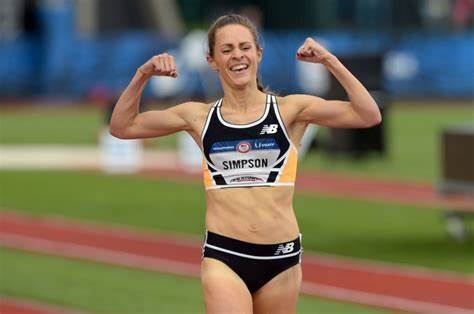
Add to that three Olympic appearances, 11 U.S. titles, three NCAA championships, eight top-10 finishes in international championships, eight Fifth Avenue Mile victories, six NCAA records (in six different events), and two American records (in the 3,000-meter steeplechase), and Simpson will rank among American legends for decades to come.
The fact that she’s been earnestly training to finish her career with a strong marathon performance in New York City epitomizes much of what the 38-year-old runner from Boulder, Colorado, has been about during her 20-year career. She’s not necessarily going out on top—that, she says, would have entailed making the U.S. Olympic team in the marathon for the Paris Olympic Games. But she is going out on her terms: focused, tenacious, and relentless to the end. It’s an opportunity afforded to few athletes, and even fewer distance runners.
“When I say I’m feeling good, it’s that I’m really excited for New York and I feel like I have a really, really good sense about my ability to run well,” she says. “I’m not going into it saying I’m gonna set the world on fire and be the top American or run 2:25 on that course. But I just know as good as I feel and as good as the training has gone, I know I’m capable of having a good day, and, most importantly, I have peace about it all.”
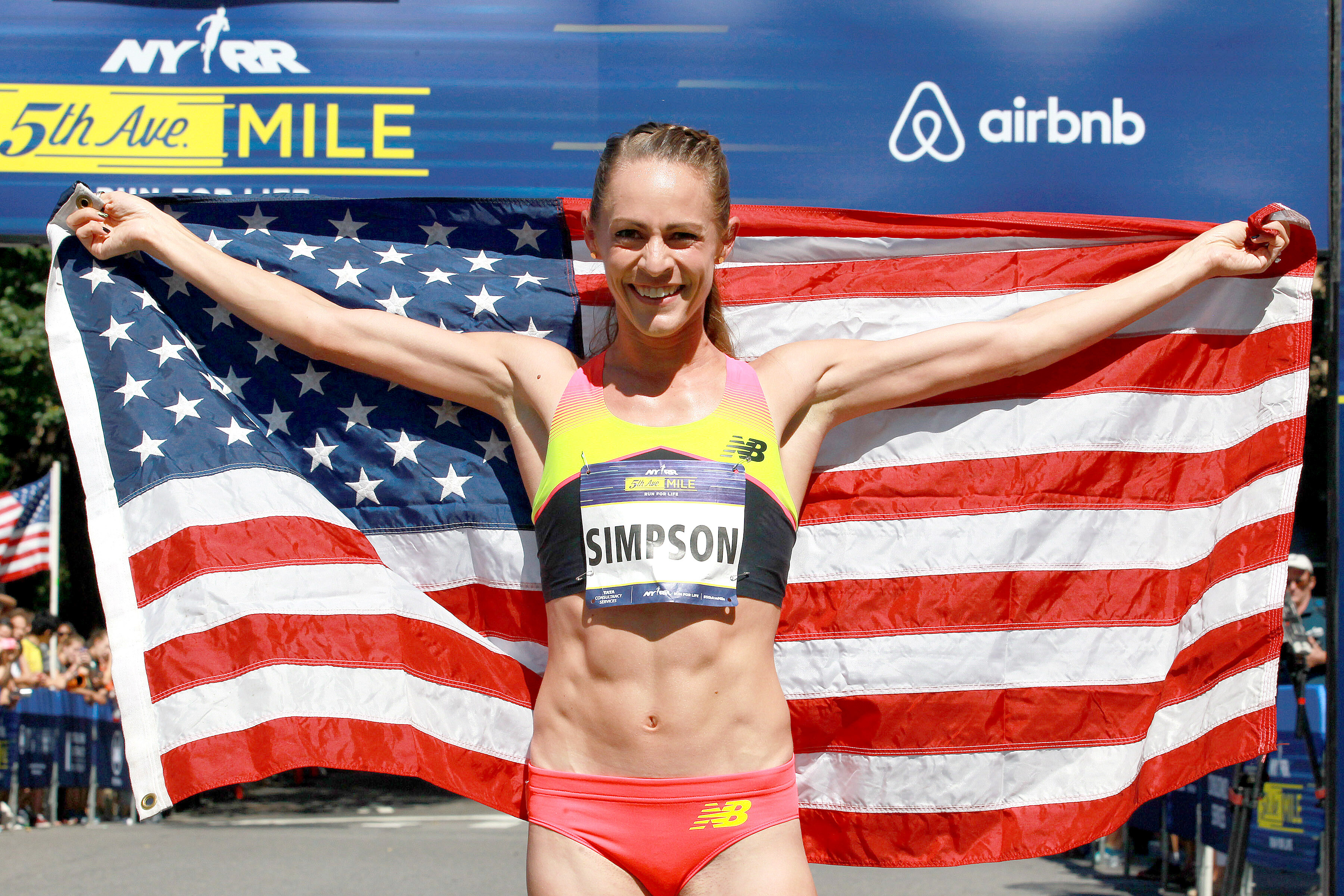
But as this chapter of life closes for Simpson, another very exciting one is about to begin, and that one will include quite a bit of running, too. She and her husband, Jason, are planning to embark on a year-long tour of the U.S. in 2025 that will take them—and their two Jack Russell Terriers, Truman and Barkley—to all 50 states while living out a van-life adventure focused on immersing in America’s thriving running culture.
From participating in races and visiting national parks to running iconic routes like Rim to Rim across the Grand Canyon and discovering hidden trails, Jenny and Jason have said their goal is to capture the heartwarming and inspiring essence of the country through the eyes of runners.
“We want to experience the beauty of this country firsthand, meet the incredible people who call it home, and celebrate everything that makes the U.S. so special,” says Jenny Simpson, who has represented the U.S. on the world stage for nearly two decades. “Through this journey, we hope to show that America’s beauty is not just in its landmarks, but in its people and the unique places they live, run, and explore.”
Out of the Ashes
In December of 2021, a devastating wildfire ripped through the south end of Boulder County—including the communities of Marshall, Louisville, and Superior, where it burned more than 1,084 homes and killed two residents and more than 900 pets. Miraculously, it didn’t burn the Simpson’s house—a restored circa-1900 schoolhouse they bought several years ago that was less than a half mile from the fire’s origin—but the house did incur significant smoke damage that needed mitigating.
The Simpsons were displaced and spent several months living in an apartment with little furniture, which forced them to live a rather spartan lifestyle. While Jason was still able to work as a creative director for a design firm, Jenny’s contract hadn’t been renewed by New Balance, and she wasn’t sure what the future held.
During that time, she had been doing a weekly call with her sister, Emily, and Jason’s sister, Annie, to discuss the book Designing Your Life: How to Build a Well-Lived, Joyful Life, a guide aimed at helping people to reimagine their professional and personal lives. It was through those discussions that Jenny came up with an idea of buying a Winnebago so she and Jason could drive around the country with Truman, who they rescued in 2020 just before the Covid lockdown. (They got Barkley about three years later.)
“My idea was that we can just drive around America and see the place that I’ve had stamped across my chest on my Team USA gear all these years,” she says. “I have been on Team USA, but I really want to know what that means. I’ve raced in some amazing places all around the world, but I really haven’t seen much of our own country. I want to go see the places and the people that I haven’t seen. And then I had this idea of doing a 50 states, 50 weeks tour.”
Jenny told Jason about the idea and he was interested from the start, but it was initially just a fun distraction while Jenny was battling injuries. Jason was so intrigued, though, that he started searching for information about vans online and indulging in YouTube content from a variety of van-life influencers. Eventually, Jenny was healthy and racing on the roads for Puma, ultimately with a quest to qualify for the 2024 U.S. Olympic Trials Marathon.
A year later, they were still casually talking about the enticing “what if” possibilities of owning a van.
“So by 2023, we were like, ‘What do these vans look like? What do they cost? What kind of different layouts are best?” says Jason, 40, a 20-time marathoner with a 2:18:44 personal best. “And then I got really into the travel influencer YouTube videos and at some point told Jenny, ‘Hey, let’s just go look at them.’ And that led to looking at the timelines of: if we were to do this in 2024 or 2025, what would it take? It takes like a long time to build out the vans, and we are definitely not build-it-yourself van people.”
On Her Own Terms
Perhaps the most impressive aspect of Simpson’s career has been her consistency. She qualified for every U.S. national team on the track between 2007 and 2019. Not only did she put in the work and remain virtually injury-free during that time, but she also raced fiercely and rose to the occasion every single time without a single hiccup in any of her preliminary races. (She also made it to the 1500-meter final of the Covid-delayed U.S. Olympic Trials in 2021 at age 35 after what she admitted was a rough gap in competition during the pandemic.)
For most of that time, she was coached by her University of Colorado coaches Mark Wetmore and Heather Burroughs. They continued coaching her as she transitioned to road running over the past three years and ultimately to the build-up to the 2024 U.S. Olympic Trials Marathon in Orlando, Florida. Although she had brief moments of success on the roads—finishing second in the U.S. 10-mile championship in 2021 and turning in a solid ninth-place, 1:10:35 effort in the Houston Half Marathon in 2023—the first injuries of her career disrupted her training and delayed her debut at 26.2 miles until the Olympic Trials.
Over the past three years, continuing to adhere to the rigid lifestyle needed to keep racing competitively was increasingly met at an internal crossroads of wondering when it would feel OK to retire and move on in life and what that would look like.
“Running the Olympics Trials and then running Boston, I would say those were not successful outings,” Simpson says. “I did the best that I could and I got as prepared as I could, but they weren’t what I had hoped for, neither of them were what I’m capable of. I’m really proud of how I ran in Boston because I ran entirely alone after mile 3, but that’s not how I wanted to end my career.”
After Boston, Jenny still wasn’t ready to retire. But she’d heard the chatter that suggested she could give up the ghost and not try to remain competitive on the roads, knowing her legacy was already secure. After she took some time off to recover and reflect, she knew she wanted to get back into training and target one more race on the biggest stage and settled on the New York City Marathon.
She parted ways with Wetmore and Burroughs in the spring and decided to train on her own, although she’s continually received subtle guidance from Jason, who qualified for and raced in the 2020 U.S. Olympic Trials in Atlanta. Although he has imparted bits of knowledge to help keep her balanced, Simpson has been following a training plan in her marathon buildup that she designed.
From Best in the U.S. to Across the U.S.
Casual interest in buying a van led to more in-depth investigation and, after what was an otherwise random training run on the dirt roads north of Denver last year, they passed an RV sales lot and decided to take a look. One thing led to another and they put down a small, refundable deposit that would hold a fully appointed 23-foot Winnebago Ekko during what was expected to be nearly a year-long wait until it was built and delivered.
Fast forward to 2024 and Jenny made her marathon debut on February 3 in Orlando, but it didn’t go at all as she had hoped. She had been running among the top 20 early in the race but eventually dropped out at mile 18. She returned 10 weeks later to run a respectable Boston Marathon in mid-April (she placed 18th overall in 2:31:39 and was the fourth American finisher), and although her effort was commensurate with her inner drive—and some degree of success felt good—she still wasn’t ready to call it a career.
Finally, in April, several days before they were going to travel to Boston, the RV dealership called and told them the van had arrived and they had a week to consider buying it. At that point, Jenny was eager to run Boston to make amends for her Olympic Trials experience, but she was also physically and emotionally fried.
“And I was like, we’re doing it,” she says. “It was the perfect time in the perfect year. Because I was like, ‘I’ve got to get out of here. I’ve got to be done.’ It was killing me. I actually might perish in the middle of the Boston Marathon. I just was so burnt out, and so it was the perfect time for them to call and essentially say, ‘Do you want to drive away into the sunset?’ And I was like, ‘Yes, I do. I really do.’”
Two days after the Boston Marathon, they paid the remainder of the balance on the van and picked it up, immediately sending them into daydreaming mode about where they wanted to go.
Although their plans are still being formulated, they intend to rent their house and hit the road with the charming dogs in January, officially starting their “Jenny and Jason Run USA” tour in Florida. Along the way, they plan to see numerous sights, host or join at least one fun run in every state, promote dog adoptions by publicizing local humane societies, and create a wide range of engaging social media content on their Instagram, Facebook, and YouTube accounts along the way. Given that their longest stint in the van so far was the six-day trip they took to the Grand Tetons and Yellowstone National Park in Wyoming early last summer, they know they’re going to have to learn on the fly and continually adapt. But that’s what an adventure is all about.
“I’ve been nothing but focused on running New York, but I am excited about what’s next,” Jenny said this week. “As I have been tiptoeing toward the idea of being retired from professional running, I don’t know that I’m going to be really great at it or that it’s going to come easily for me. That’s why it’s so wonderful to have a partner in life like Jason because I think he sees that, too. So our goal is to create a lot of time and space to figure that out. I think the year will be kind of interesting and fun and wild and I really don’t know how it’ll end up, and I think that’s really good.”
Approaching the End … and a Beginning
Simpson admits her post-Boston malaise contributed to her having an inconsistent summer of training, in part because she was listening to voices that suggested she should relax and not be so rigid in her approach. When she showed up to run the Beach to Beacon 10K in Cape Elizabeth, Maine, on August 3, she admits she wasn’t very fit, and, as a result, finished a distant 12th in 34:30.
“My Beach to Beacon race was just so bad that it was like validation to me that caring less and trying less doesn’t work for me ever in anything,” she said. “I’m just not that person. It works for some people, but that’s not who I am. I used to joke that when you show up to the track and someone asks, ‘How do you feel?’ I always thought to myself it doesn’t matter how I feel. It’s about doing the work. I always feel like it’s execution over emotion for me all the time and that I have a job to do. I know who I am and I know how I operate, and how I operate is great.”
Simpson got back to work immediately after that race, ramping up her weekly mileage to the 100-mile range in the high altitude environs of Colorado. She says she’s done more than half of her long runs between 8,500 and 10,500 feet, including runs on Magnolia Road above Boulder, Golden Gate Canyon State Park near Golden, and even a loop around the paved Mineral Belt Trail in Leadville.
Her return to rigidity and improved fitness helped bring mental clarity that not only convinced her that she’d be ready to run a strong marathon in New York City, but also brought the revelation that she was ready to admit it was her last race knowing it would allow her to retire on her own terms.
Two months after feeling flat in the 10K, she won the Wineglass Half Marathon on October 5 in Corning, New York, running a near-PR of 1:10:50 (5:24 per-mile pace) as she ran stride-for-stride to the finish line with Jason. (She broke the women’s finisher’s tape for the win, while he ran slightly to the side as the 12th-place men’s finisher and 13th overall.) Now she’s likely in sub-2:30 marathon shape, even though the hilly New York City Marathon course is as equally challenging as Boston in its own way. Jason, meanwhile, will race in the Abbott Dash to the Finish Line 5K the day before the marathon, not only so he can track Jenny on Sunday and meet her at the finish line, but also because he’s running the California International Marathon on December 8.
2025 and Beyond
Simpson arrived in New York City on October 30 healthy, happy, and ready to run hard—definitely not the feeling of holding on for dear life that she felt going into the Olympic Trials and the Boston Marathon. She says she couldn’t be more excited to run through the city’s five boroughs to the finish line in Central Park that she hopes will come with a satisfying result, as well as the beginning of closure to her star-spangled career.
Who knows what’s next after that—Coaching? Law school? A corporate career with a shoe brand? The world seems to be her oyster, but for the time being the cross-country tour might be just what she needs most. She’s excited to detach a bit from the rigid schedule and identity she’s clung to for the past 20 years and enjoy the freedom of the open road. She knows it will be a complete departure from the essence of what she’s all about, and to that point, she’ll likely dig into planning and scheduling early next week even before she recovers from the marathon.
Although she admits she was intrigued while watching some of the top runners finish the Leadville Trail 100 this summer, she says she’s decidedly not interested in running ultras. (However, Jason might be, and Jenny says she’s been keen to pace and crew him.) She might get more into trail running, something she did a little bit early in her University of Colorado career. Or she might even return to road running, but she’s not thinking that far ahead. For now, she’s focused on racing in New York and then continuing to run in 2025—on the magical mystery tour that awaits—and beyond.
“I feel a lot of peace about it, but it’s not like I’m over running. I want to retire so I can do more running and to explore the beautiful country I raced for,” she says. “I wanted to be world class at the marathon, and I’m not. I gave it a good try, and now it’s time to try something else, and I just feel really good about it.”
(10/31/2024) Views: 155 ⚡AMPby Brian Metzler
TCS New York City Marathon
The first New York City Marathon, organized in 1970 by Fred Lebow and Vince Chiappetta, was held entirely in Central Park. Of 127 entrants, only 55 men finished; the sole female entrant dropped out due to illness. Winners were given inexpensive wristwatches and recycled baseball and bowling trophies. The entry fee was $1 and the total event budget...
more...What the elites eat: Marathon Edition
Curious about what elite marathoners eat to fuel their peak performance? From carb-loaded pre-race meals to post-race burger feasts, here’s an inside look at what the elites eat before, during, and after a marathon.
As runners and human beings, we’re naturally curious, slightly nosy people. With information instantly available with the twitch of a finger across our iPhone screens, this curiosity has never been easier to satisfy. Plus, many of our favorite runners are more transparent than ever about their training blocks, pulling back the blinds through social media to show what it takes to be the best. Which is why we’re ever-fascinated by the race-related nutrition strategy of elite runners, who often perform at superhero-like levels.
We asked a few elite marathoners what they eat surrounding race day—pre-race dinner, pre-race breakfast, and post-race celebration—so you don’t have to.
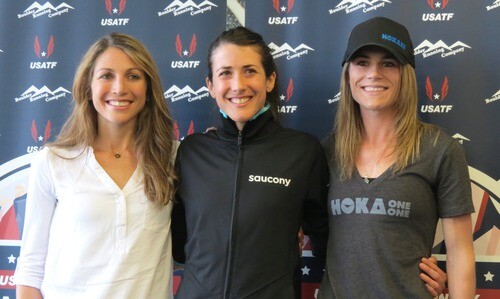
Note: One sentiment echoed among all of the athletes interviewed was that their diets are personal and have gone through lots of trial-and-error to be finessed to their specifications. No lifestyle should be replicated exactly.
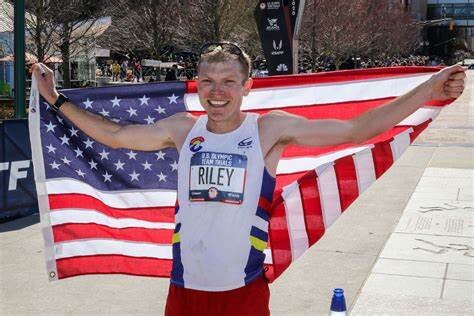
35, Boulder, Colorado
About him: First American and ninth overall finisher in the 2019 Chicago Marathon (2:10:36). Placed second at the 2020 U.S. Olympic Trials Marathon (2:10:02); Finished 28th in Tokyo Olympics marathon (2:16:26). After a second round of double Haglund’s surgery in 2022, he’s back in top form and running the 2024 New York City Marathon on November 3.
The night(s) before a race:
“I start thinking about meals two nights out, and I go carb-heavy on both. For the first night, I like to have Thai food, usually a noodle dish, and a side of rice. The only thing I’ll really avoid is spice since I’ve had issues from it a couple times. The night before, I do pasta, usually a marinara (that’s what a lot of races provide for the elite athletes), but a good pesto sauce works well, too. I mostly stay away from the creamy sauces. I don’t like to get too much more specific—you never know exactly what’s going to be available, so I try not to make particular foods part of my routine.”
Race morning:
“Race mornings I’ll get up at least three hours before (I prefer four, but with 7 to 8 A.M. starts, that becomes a little counter-productive), I’ll go for a short walk with some skipping or something, just to get the body moving. My first choice for breakfast is oatmeal with peanut butter, honey, and a little fruit mixed in. And at least one, usually two cups of coffee. It’s not something to avoid, but I recommend making sure that you have more than just simple carbs (cereal, muffin, etc), I find that if there isn’t at least some protein, I start getting that ‘empty’ feeling during my warmup, and if that mixes with the adrenaline, I feel real queasy. If I’m taking gels, I take one on the start line, maybe five minutes before. I also like Generation UCAN, which I’ll sip as I’m going through my drills, maybe half an hour out.”
During the race:
“I like to get my calories from gels and have just electrolytes in my bottles. Most major marathons provide drink stations every 5K, and I’ll drink about 8-10 oz of SOS per bottle (there can be splashing, and you never get it all out). I’ll take Roctane gels before every other drink station (every 30 minutes or so).”
Post-race meal:
“Most races I want a hash—lots of potatoes with some eggs, bacon, cheese, and veggies all mixed up, but after marathons my stomach takes a while to settle down, so I’m more in a lunch mood. So my go-to post-race meal is a big bistro bacon cheeseburger, ideally with an onion ring and barbecue sauce, side of fries, and a beer. I mostly stay away from fried foods during a build up, but I always take at least a week off after a marathon and at this point, that beer and burger is almost a Pavlovian ‘vacation time’ signal for my whole body.”
41, Flagstaff, Arizona
About her: She’s the fourth-fastest American woman in history based on her personal best (2:20:2) at the 2020 Marathon Project; Second-fastest American female half-marathon runner and former American record-holder (1:07:15). Most recently, she was 18th overall and the women’s master champion in the 2024 Chicago Marathon (2:30:12).
The night(s) before a race:
“Rice with chicken. I skip the veggies to not risk having to make a bathroom stop in the race.”
Pre-race breakfast:
“Two scoops of UCAN energy powder with whey protein, and a little bit of almond butter.” Bonus, Hall credits her husband, Ryan Hall, as being the best coffee maker, brewing pour-over, medium roast coffee blended with butter.
During the race:
Ketone-IQ—peach flavored.
Post-race meal:
“My favorite post-meal race is Thai food. I’m usually eating a lot of boring food before the race, so I want something spicy and more flavorful after.”
Bonus—Lunch during training blocks:
“Two scoops of UCAN powder, two pieces of gluten-free bread with Kerrygold Butter.”
36, Boulder, Colorado
About her: Won the 2019 Grandma’s Marathon and finished ninth in the 2020 U.S. Women’s Olympic Trials Marathon in 2:30:39. She was the top American finisher in the Boston Marathon in 2021 (fifth, 2:27:12, ) and 2022 (10th, 2:25:57). In January, she placed ninth in the Houston Half Marathon in a new personal best of 1:08:52.
The night(s) before a race:
“I always have the same thing. Basically, a couple cups of white rice and a chicken breast is where I tend to fall. White rice is going to fuel the most carbs per serving. I used to mix up potatoes and white rice, but for me, I digest white rice well, I feel better, it’s easy to find, simple, and works well.
I don’t care about spices—and I’m usually not making it myself if I’m not at home. Typically, before races, there’s a pre-race dinner, and chicken is an option. I wouldn’t do any cream-based sauces. If it tastes good, great. If it doesn’t, great. I don’t care.”
Pre-race breakfast:
“Typically it’s oatmeal with a tablespoon of peanut butter, a banana, and maybe honey. I’m not 100 percent satisfied with my pre-race meal, because sometimes it can feel a bit heavy in my stomach, because oatmeal does have some fiber. So I try to play around with things. Sometimes I’ll do a couple pieces of toast with a banana and peanut butter. I can switch between those two. Try to get 500-600 calories in, mostly from carbs, two-three hours before the race. Plus, I drink coffee with half-and-half.
Post-race meal:
“Immediately after the race, I honestly will grab whatever is available. Typically, after a race, we’ll be shuttled to a post-race holding area where you’re waiting, so there are usually refreshments there. I’ll slam Gatorade—anything with sugar and electrolytes. Maybe there’s my own bottle with Skratch in it. Banana, a protein shake. I’m pretty open, as long as it’s immediate.
And as far as later, it completely depends. I’m trying to do a better job at this—especially after a major marathon—but it kind of takes a while. You might get drug-tested, then shuttled back to your hotel, shower, then six hours later you’re like, ‘I need to eat.’ If it’s a marathon, I love a big burger with fries—the classic stuff, lettuce, tomato, onion, and tons of ketchup and mayo. That’s something my body would crave. Fries are my favorite food ever that I don’t typically eat during a marathon cycle.”
35, Louisville, Colorado
About her: Finished sixth in the 2017 London Marathon (2:25:38), seventh in the 2019 New York City Marathon (2:28:23), eighth in the 2019 Chicago Marathon (2:29:06), eighth in the 2021 New York City Marathon (2:27:00). Most recently, an Achilles injury forced her to pull out of the 2024 Chicago Marathon days before the race.
The night(s) before a race:
“I do 72-hours of carb-loading. So, obviously, in the build to that, carbs are key. Three days out from the race is when I start it. It is always the same. The night before, I have pasta with marinara sauce, and I don’t do a lot of protein with that. I do love angel hair, that’s my go-to. I also like rigatoni. Plus, I’ll have some type of bread and salad.”
Pre-race breakfast:
“The morning of, I always do a plain bagel and peanut butter with a banana. I’ve done that since high school. And I do an Americano with two shots. I eat that threeish hours out from the race.
During the race:
“I’ll take my first gel 15 minutes before the start of the race. I’ve been all over the place with what I take, but right now, Neversecond. Big fan of their Cola C30 gels. They worked wonders for me during this build. I had some stomach issues earlier in the build with long runs and couldn’t quite figure out what was going on, so I switched up my nutrition during, so never second has been a godsend.”
Post-race meal:
“After the race, it’s hard because usually my stomach is a mess. Not only did you just run really hard for two and a half hours, but you’re taking all this fuel during, so I have a really hard time eating solids immediately after the race. My choice if I can get it is soda. I’m not a big soda drinker, but after a marathon, all I want is a Coke, Sprite, or Ginger Ale. I’m always really thirsty when I finish.
Then later when I feel like eating, I always do a burger (stacked with all the fixings—sometimes adding bacon) and sweet potato fries with ranch. I never opt out of Ranch. Anything I can dip ranch in is a plus for me. And I order a Blue Moon. I’m not a beer drinker, but that’s what I want after a marathon.”
(10/18/2024) Views: 247 ⚡AMP
by Mallory Arnold
Ruth Chepngetich leads Chicago Marathon elite line-ups
The Kenyan will be targeting her third victory in Chicago whilst Ethiopia’s Birhanu Legese leads the men’s field.
This weekend, all eyes will be on Chicago as the city hosts the Bank of America Chicago Marathon on Sunday (October 13), promising a thrilling showdown amongst top-tier athletes.
In the women’s competition, Kenya’s Ruth Chepngetich, a former Chicago Marathon winner in 2021 and 2022 and the fourth-fastest woman in marathon history, is set to return to the course, which winds through 29 neighborhoods.
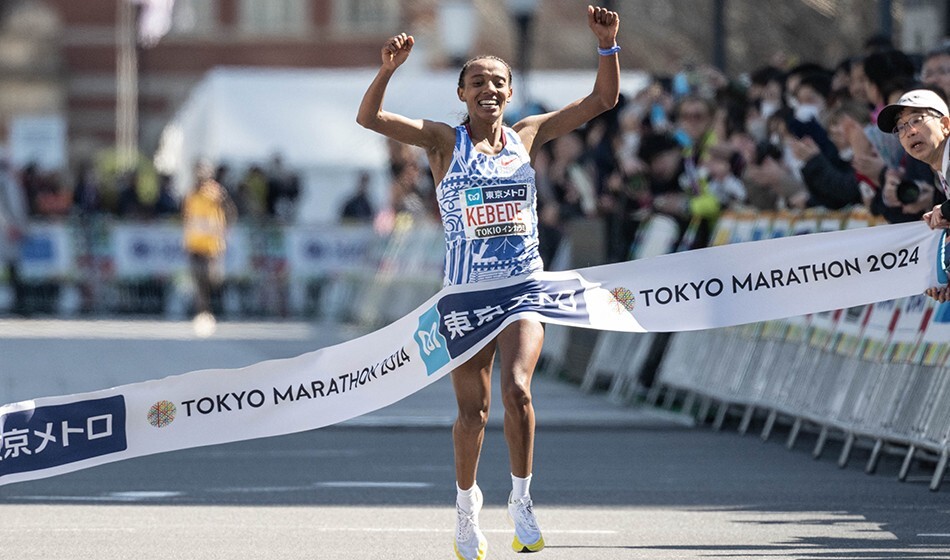
The 30-year-old enters as the fastest woman in this year’s line-up after winning the title in 2022 by running her fastest time of 2:14:18. At the time, she was 14 seconds short of Brigid Kosgei’s world record of 2:14:04, before Tigist Assefa (2:11:53) and Sifan Hassan (2:13:44) went quicker in 2023.
The 2019 world champion secured a second-place finish in Chicago last year behind Sifan Hassan.
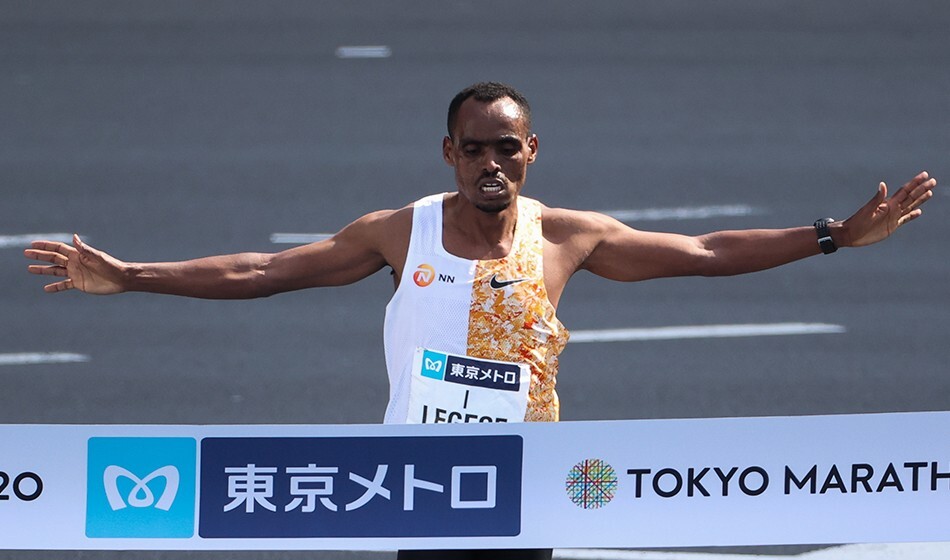
Yet, it will not be an easy run to victory for Chepngetich. Ethiopia’s Sutume Kebede, fresh off her Tokyo Marathon win, arrives with the fastest marathon time of 2024, having ran 2:15:55 in Tokyo.
Kebede has had a stellar year, setting a record time of 64:37 at the Aramco Houston Half Marathon – the fastest-ever women’s half marathon time on US soil.
Chepngetich and Kebede will be joined by Kenya’s Joyciline Jepkosgei, who has previously taken titles at the New York City Marathon in 2019 and London Marathon in 2021. Jepkosgei finished third this year in London where she clocked her personal best of 2:16:24.
American athletes Keira D’Amato (2:19:12) and Betsy Saina (2:19:17) join the list of athletes. D’Amato, a former American record holder in the marathon, is making a comeback as a competitor after working as a commentator. Meanwhile, Saina, who had to withdraw from the Chicago Marathon in 2019 due to illness, returns to make her mark.
The men’s race will also feature a highly competitive field with Ethiopia’s Birhanu Legese leading the charge. Legese, who recorded an impressive 2:02:48 at the 2019 Berlin Marathon is the fastest on paper.
A two-time Tokyo marathon champion, this will be his second time tackling the Chicago course after finishing 10th in 2018 with a time of 2:08:41. Most recently, Legese took third place at the 2024 Rotterdam Marathon.
Legese will be up against strong competition, particularly from Kenya’s Amos Kipruto and Vincent Ngetich, who both hold personal bests of 2:03:13.
Kipruto, a bronze medallist at the World Championships in Doha 2019, claimed victory at the 2022 London Marathon. Ngetich won bronze in the Tokyo marathon earlier this year.
(10/10/2024) Views: 175 ⚡AMPby Jasmine Collett
Bank of America Chicago
Running the Bank of America Chicago Marathon is the pinnacle of achievement for elite athletes and everyday runners alike. On race day, runners from all 50 states and more than 100 countries will set out to accomplish a personal dream by reaching the finish line in Grant Park. The Bank of America Chicago Marathon is known for its flat and...
more...The Chicago Marathon has a strong history
First run in 1977, this Sunday, Chicago hosts its 46th marathon (it lost 2020 to the Covid-19 pandemic; 1987 to sponsorship issues). One of the six Abbott World Marathon Majors, the history of the BofA Chicago Marathon has been one of rising, falling, and rising again.
In 2023, it witnessed its third men’s marathon world record, 2:00:35, gloriously produced by the late Kenyan star, Kelvin Kiptum, who tragically died in a car accident on February 11, 2024 (age 24 years), in Kaptagat, Kenya.
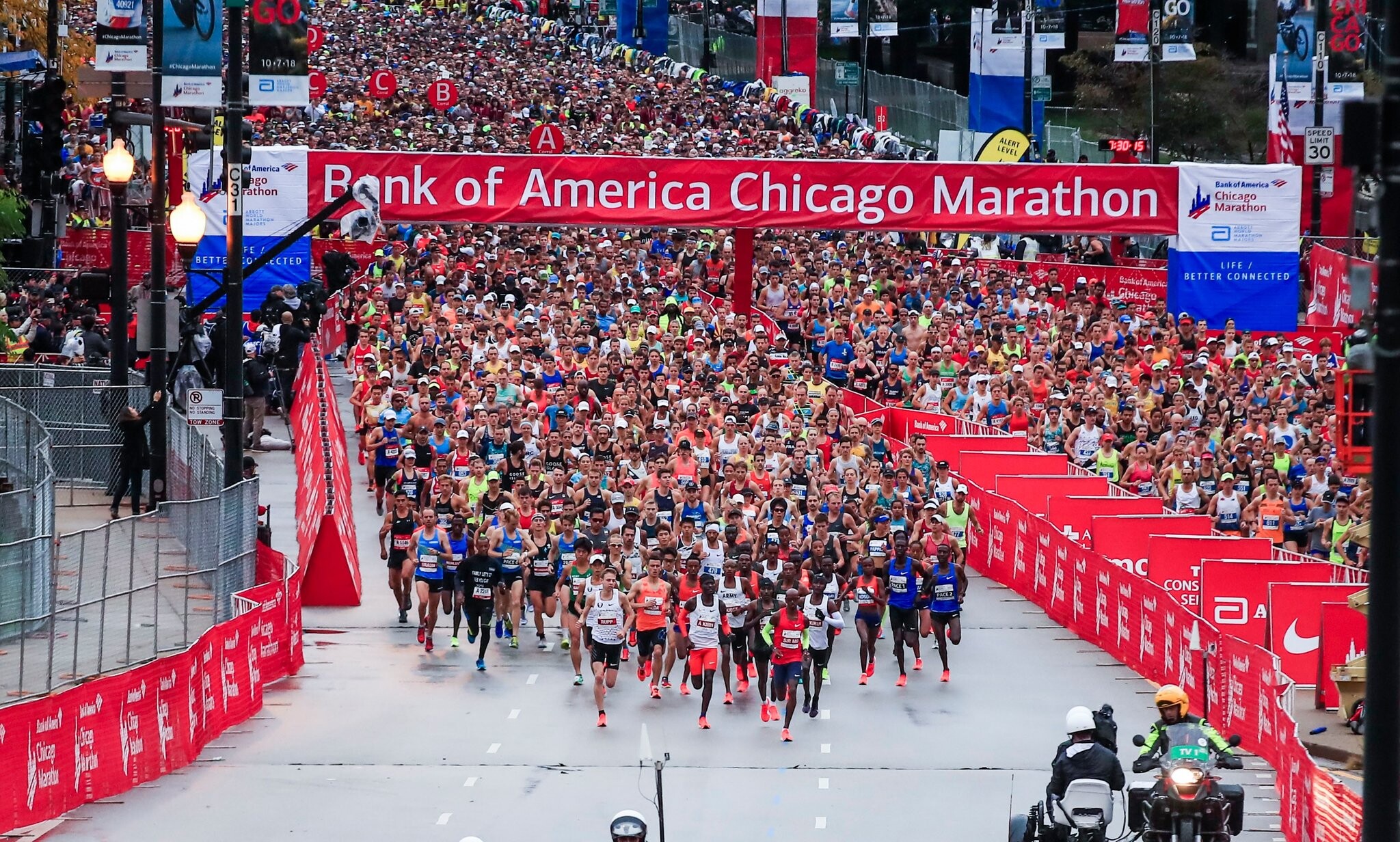
But the roots of the modern Bank of America Chicago Marathon traces back to 1982 when, in its sixth year, known as America’s Marathon/Chicago, the event rebooted, much as New York City 1976 was a reordering for the Big Apple 26-miler.
In America’s bicentennial year, the New York Road Runners expanded their event from four laps of Central Park to all five boroughs. It was a gamble. But in one fell swoop, the event grabbed the public’s attention, took on international importance, and ushered in a new era of urban marathons, even though they had run six previous marathons under the same banner.
In 1982, Chicago’s move from a regional marathon to the big time came about because of two things: one, the $600,000 budget put up by race sponsor, Beatrice Foods, and the hiring of one Robert Bright III of Far Hills, New Jersey to serve as athlete recruiter.
Bob Bright (left) at the Litchfield Hills Road Race in Connecticut with Nike east coast promo man, Todd Miller.
Recommended to the event by Olympians Frank Shorter and Garry Bjorlund, Bright had successfully elevated a modest 15K road race in Far Hills, New Jersey, called the Midland Run, to international prominence in 1980. So loaded was the Midland Run elite field, Sports Illustrated sent a reporter and photographer to cover the event.
What Bright brought to Chicago was zeal and a vision. Before Bright, there had been very little orchestration of competitive marathon racing. The Bright idea was simple: actively recruit a field of international athletes who came ready to run, so elite competition would become the hallmark of the event.
First, a brief history. For many decades, Boston dominated the marathon scene as essentially the only game in town. Yes, there was the Yonkers Marathonin New York, first contested in 1907; the Polytechnic Harriers’ Marathon for the Sporting Life trophy in England, which began in 1909. The Košice Peace Marathon in Slovakia joined the club in October 1924; Enschede and Fukuoka in 1947; Beppu in ’52.
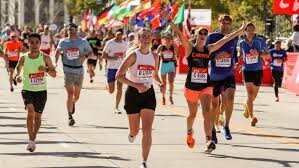
But the Boston Athlettic Association’s attitude from its marathon’s inception in 1897 up to the mid-1980s remained, “We’re running our race on Patriots’ Day starting in Hopkinton, Massachusetts at noon. It will cost you three bucks to enter. See you at the bus line for the ride out to the start.” No bells, no whistles, no invitations.
When New York City debuted in 1970, it spun four laps of Central Park to total its 26.2 miles. But in 1976, with the city in a major financial difficulty amidst America’s Bicentennial, the New York Road Runners boldly took its marathon from the confines of Central Park and expanded it through all five boroughs hoping to attract more tourists.
Race Director Fred Lebow recruited a few big guns upfront to entice press coverage, Olympic gold and silver medalist Frank Shorter along with Shorter’s rival, American record holder from Boston 1975, fellow Olympian, Bill Rodgers. Everyone else filled in from behind, with the City of New York being the true star attraction.
First considered a onetime gimmick, the five-borough experience proved so successful, the NYRRs embraced it as the path forward. Still, the actual races in NYC were never very competitive. Rodgers won by three minutes over Shorter in ‘76, 2:10:10 to 2:13:12. Then dominated for the next three years, as well.
Chicago 1982 would be the first, full–blown, orchestrated marathon race, as Bright had a specific recruitment strategy.
“We wanted six guys who thought coming in that they had a chance to win,” said Bright. “Then we wanted six more behind them who figured they had a shot at the top 10. So, right away we didn’t go after a guy like Alberto Salazar (who was ranked number one in the world after wins in New York City in 1980, a short-course world record in ‘81, and a Boston title in 1982.)
“And if you figure that a top race has a main pack of 10 to 15 athletes, you’re going to double that number in invitations. That guarantees that even if two of every five don’t run well for one reason or another, you still have a big group ready to race.”
Redundancy was the key, the money, the magnet. The total amount taken home by runners from Chicago in 1982 was $130,000.
This was when Boston was still embracing its amateur roots, stiff-arming the new breed of runners looking to get paid for their craft. In New York, Lebow had to keep his payments under the table in order to avoid being billed for city services on race day.
Chicago put up $48,000 in prize money for the men in 1982, with $12,000 going to the winner, 600 for 15th place. The women’s split was $30,000, with $10,000 awarded for the win through $500 for 10th. The remaining $52,000 represented the grease in upfront, under-the-table appearance fees.
“We wanted the money to be respectable, but not overwhelming the first year,“ explained Bright, whose history as a dog sled racer and thoroughbred horse trainer made him one of the best judges of the running animal. “We didn’t want it to appear like the race was store-bought, like the Atlantic City pro race a few years ago, where the money was good, but no one took the race seriously.
“So, we put up $78,000 in prize money, which, to the public, doesn’t sound like all that much. But when you added on the appearance money, it represented as much as any other race handed out.“
For the money on offer, and the prestige of doing well against a field of that caliber – as good as the group assembled at the 1980 Moscow Olympics, according to Sweden’s Kjell Eric Stahl – what came down in Chicago 1982 was a new course record by University of Michigan grad Greg Meyer (2:10:59), along with 22 more sub -2:220s, and nine personal bests out of the first 11 finishers.
The top five women followed suit, led by Northampton, Massachusetts’s Nancy Conz, whose 2:33:33 also represented a new course record for Chicago, some 12 minutes faster than the old mark.
The event treated the athletes well; offered a new opportunity in the fall, competing with New York City; Chicago witnessed its first truly world-class marathon; the sponsor, Beatrice Foods, received enormous visibility for its dollars; and a new professionalism attended the art of marathon orchestration. Chicago was now the new kid on the block, with toys to match anyone’s.
But now the pressure was on, not just to maintain its pace, but to top itself in 1983. The story continues.
(10/08/2024) Views: 169 ⚡AMPby Toni Reavis
Bank of America Chicago
Running the Bank of America Chicago Marathon is the pinnacle of achievement for elite athletes and everyday runners alike. On race day, runners from all 50 states and more than 100 countries will set out to accomplish a personal dream by reaching the finish line in Grant Park. The Bank of America Chicago Marathon is known for its flat and...
more...Jakob Ingebrigtsen considering competing at Sunday’s Copenhagen Half Marathon
It’s no secret that Norwegian distance running star Jakob Ingebrigtsen is on a mission to etch his name into the history books by setting as many world records as possible in his career. On Thursday, rumours began swirling on social media that Ingebrigtsen was competing at the Copenhagen Half Marathon on Sunday, marking what would be his debut at the distance. Should he decide to race, the world record of 57 minutes and 31 seconds could be in jeopardy.
On the Copenhagen Half Marathon start list, there is an unnamed athlete with bib number #2 who is the same age as Ingebrigtsen (23).
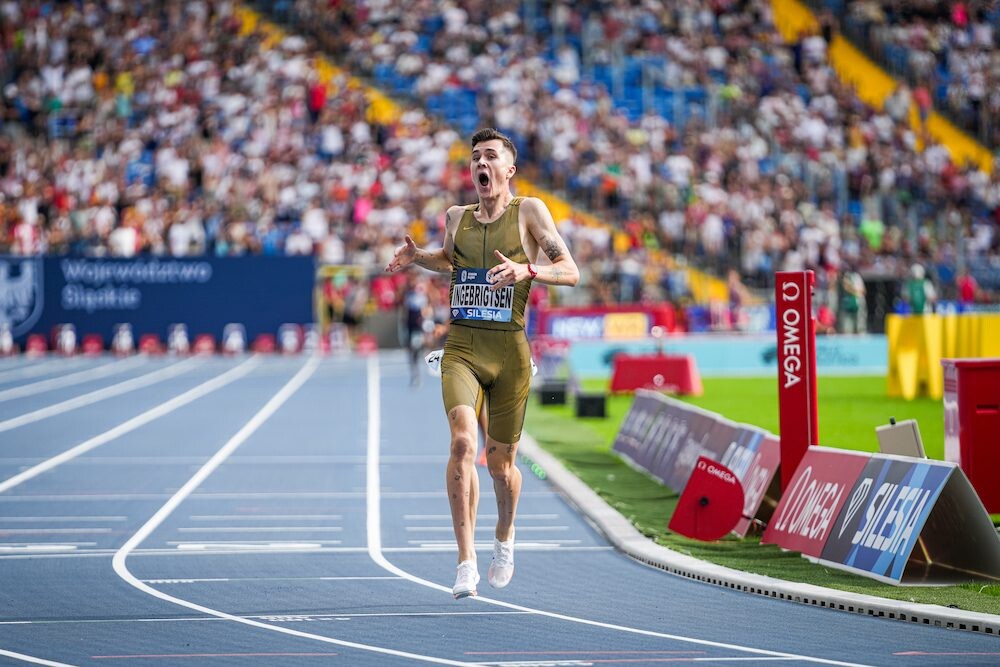
In a press conference ahead of Friday’s Diamond League Final in Brussels, Ingebrigtsen was asked if he had plans to compete in Copenhagen. “I’m focused on tomorrow’s race first, and what happens after that, I’m not sure,” the 23-year-old Norwegian responded, keeping the speculation alive. If the rumours prove true, he could be chasing another world record.
In tomorrow’s race in Brussels, Ingebrigtsen will be vying for his third-consecutive Diamond League title while trying to inch closer to Hicham El Guerrouj’s 1,500m world record of 3:26.00. “I believe it’s possible to break any world record,” Ingebrigtsen said in Thursday’s press conference. “For me, it’s about winning. It’s always exciting to race when there’s something bigger on the line. There’s always the chance of a world record, but likely not tomorrow.”
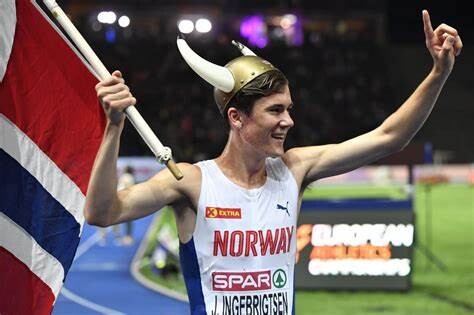
World record watch in Brussels
Meanwhile, the Diamond League Final could witness another world record in the men’s 800m, where Canadian Olympic silver medalist Marco Arop will face off against his rival, Olympic champion Emmanuel Wanyonyi. Both are the fastest 800m runners in the world this year, and they’ll be chasing David Rudisha’s world record time of 1:40.91. Arop will arrive in Brussels in record-setting shape, fresh off setting a North American record in the 1,000m at the Boris Hanžeković Memorial in Zagreb on Sept. 8.
(09/13/2024) Views: 263 ⚡AMP
by Marley Dickinson
Copenhagen Half Marathon
The Copenhagen Half Marathon was the first road race in Scandinavia and is one of the fastest half marathons in the world. The Copenhagen Half Marathon has been awarded with the International Association of Athletics Federation's (IAAF) most distinguished recognition - the IAAF Road Race Gold Label. Copenhagen Half Marathon was awarded the IAAF Road Race Bronze Label in January...
more...Marco Arop runs North American record over 1,000m
Arop’s time of 2:13.13 is the fifth-fastest of all time.
On Sunday evening at the Boris Hanžeković Memorial meet in Zagreb, Croatia, Canadian Olympic 800m silver medalist Marco Arop narrowly missed the world record for 1,000 metres. His winning time of 2:13.13 set a new Canadian and North American record and is the fifth-fastest time in history.
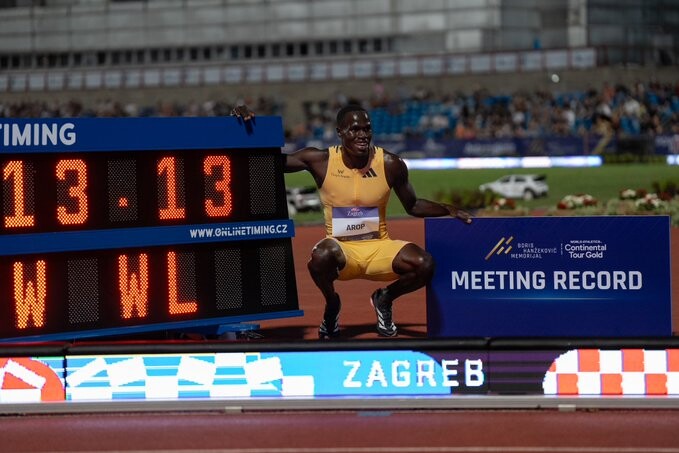
Arop was looking to break Noah Ngeny of Kenya’s world record of 2:11.92 from 1999, but he faced challenges early on. His tall frame struggled with the “waterfall” start, and he lagged behind the pace in the opening 400m, leaving him unable to fully catch up to the pace lights. However, Arop’s performance still shattered the previous North American record of 2:13.90 set by American Rick Wohlhuter 50 years ago.
The 25-year-old Edmonton native improved upon his previous personal best of 2:14.35. This was his second bid for the 1,000m world record, having fallen just short over the same distance indoors this year at the New Balance Indoor Grand Prix. Arop now holds the North American (area) records in the 800m and 1,000m events.
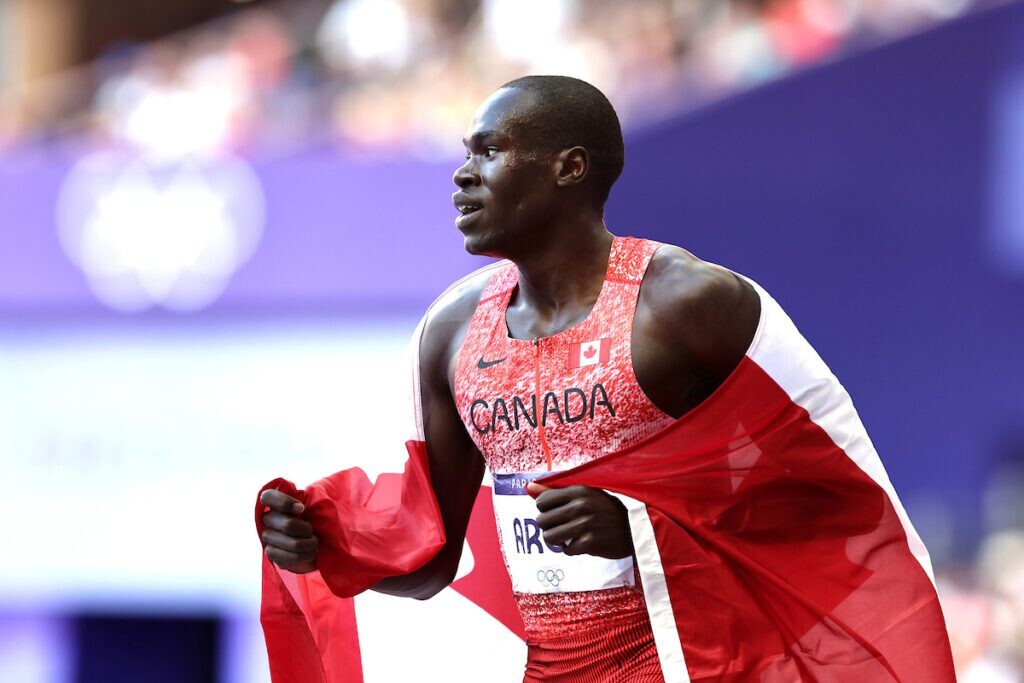
Next up, Arop will head to the Diamond League final in Brussels on Sept. 13-14, where he plans to challenge the men’s 800m world record of 1:40.91, a goal he says has been on his mind for some time.
Arop was one of three Canadian athletes competing at the Boris Hanžeković Memorial on Sunday. Olympic hammer throw champion Ethan Katzberg suffered his first loss of the season, losing to Olympic bronze medallist Mykhaylo Kokhan, who threw a new personal best of 81.14 to take the win. Canadian 4x100m relay gold medallist Jerome Blake finished fourth in the men’s 100m in 10.15 seconds.
(09/10/2024) Views: 193 ⚡AMPby Marley Dickinson
NCAA school faces backlash over 28-year-old Kenyan freshman
This time of year, many 18 and 19-year-olds are preparing for their first year of college or university. Kenyan runner Solomon Kipchoge will be experiencing the same firsts as a 28-year-old freshman at Texas Tech University in Lubbock, Texas. Kipchoge has a half marathon best faster than the American record and will be 10 years older than the majority of the incoming NCAA recruiting class for the 2024/2025 season, which has caused a stir among athletes.
The 28-year-old holds a half-marathon personal best of 59:37, which was set at the Semi-Marathon de Lille 2023 in France (a World Athletics Elite Label road race). His personal best is faster than any time ever run by an American over the half-marathon distance. (The American record of 59:43 is held by Ryan Hall.)
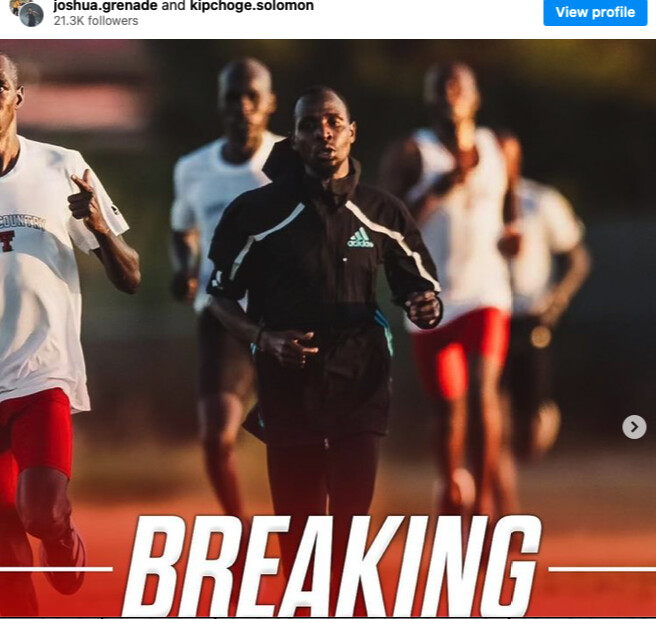
The 28-year-old holds a half-marathon personal best of 59:37, which was set at the Semi-Marathon de Lille 2023 in France (a World Athletics Elite Label road race). His personal best is faster than any time ever run by an American over the half-marathon distance. (The American record of 59:43 is held by Ryan Hall.)
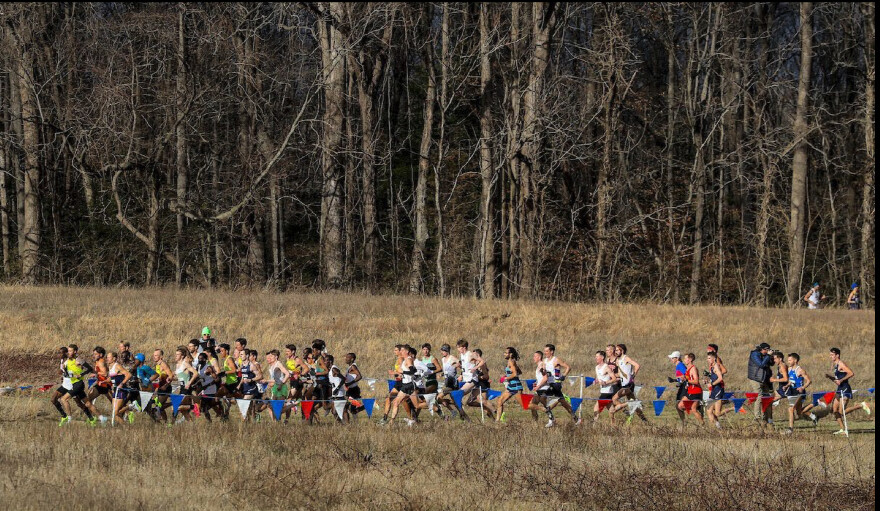
Although the NCAA has no restrictions on age, eligibility rules grant athletes a period of five years to complete four seasons of their sport. This means that athletes entering university at age 18 (the standard age for graduating high school) will be finished competing at age 23. Athletes who postpone the start of their post-secondary education will still be eligible at an older age–but beginning at age 28 seems like quite a stretch; the Kenyan will be competing against a field with athletes 10 years younger than himself.
Many users on Instagram are unsupportive of Kipchoge’s (very) late start to his degree in agricultural education. “It’s awesome that these guys are getting this opportunity and they should take advantage of it…With that being said, the NCAA regulations are objectively extremely flawed, and there is no reason nearly pro-caliber runners should be competing against teenagers 10+ years younger than them who are straight out of high school,” one comment reads.
Some international athletes still choose to compete in the NCAA (despite financial barriers) to take advantage of opportunities for development–but the Kenyan is already one of the fastest half-marathon runners in the world. In May, Kipchoge took fourth in an elite field at the Rimi Riga Half-Marathon, clocking 1:02:15. Already a world-class athlete, Kipchoge is unlikely to find development opportunities within NCAA-level competition.
(08/31/2024) Views: 289 ⚡AMPby Running Magazine
U.S. Olympians highlight field in 2024 Faxon Law New Haven Labor Day Road Race
Three U.S. Olympians highlight a competitive field set to run on Labor Day in the Faxon Law New Haven Road Race, the host of the USA Men's and Women's 20K Championship.
There's one Olympian competing in the women's field: Rachel Smith represented America at the Tokyo Olympics in the 5,000 meters and became this year's 15K National Champion.
Jess McClain finished fourth at this year's Olympic Trials Marathon.Virginia's Keira D'Amato leads the women's field. She set the course record when she won the race in 2022.

The 2021 race champion, Erika Kemp, will also be competing.
Moving over to the men's field, there are two runners with Olympic appearances. Woody Kincaid represented the U.S. in the last two Olympics. He ran the 10,000 meters in Paris and the 5,000 meters in Tokyo. This marks Kincaid's first 20K.
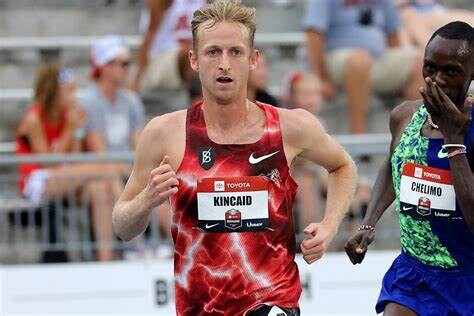
Hillary Bor is the other Olympian. He represented America in the 2016 Steeplechase. Another challenger will be Sam Chelanga, who has finished in the top three in five appearances in New Haven's 20K. Also competing is West Hartford's Ben Lanza, who is one of Connecticut's top distance runners.
The female and male 20K winners will receive the Ryan Shay Memorial Award. Shay passed away while participating in the 2007 Olympic Trials Marathon in New York City. The award is in recognition of Shay’s hard work and dedication to the sport, as well as longtime support of the New Haven Road Race.
"We're very excited about having many of the country's top runners compete in New Haven," said John Tolbert, Elite Athlete Coordinator in a release. "We have very deep Men’s and Women’s race fields. With a cool day, the men’s and women’s 20K American records could be in jeopardy.”
Labor Day is Sept. 2. The race will begin on the New Haven Green. The Kids Fun Run starts at 8:10 a.m. The 20K, Half Marathon and 5K all start at 8:30 a.m.
(08/27/2024) Views: 265 ⚡AMPby Christine Butterfield
New Haven Road Race
Home of the Men’s & Women’s USATF 20K National Championship.The New Haven Road Race has again been selected to host the U.S. Men’s & Women’s 20K National Championship. The event expects to feature a number of past champions and U.S. Olympians.The New Haven Road Race is the LONGEST RUNNING USATF NATIONAL CHAMPIONSHIP! The race has been selected as Runner’s World...
more...Why David Rudisha believes Emmanuel Wanyonyi is destined to break his 800m world record
Wanyonyi got to within an eighth-hundredth of a second away from equalling David Rudisha's 12-year 800m world record at the Lausanne Diamond League classic on Thursday.
When David Rudisha tipped Emmanuel Wanyonyi as the athlete most likely to break his 12-year-old 800m world record during the Kenyan trials for the Olympic Games at Nyayo National Stadium last June, it wasn’t just a casual remark.
Rudisha’s prediction is now gathering weight, especially after Wanyonyi clocked a blistering 1:41.11 at the Lausanne Diamond League meet in Switzerland on Thursday.
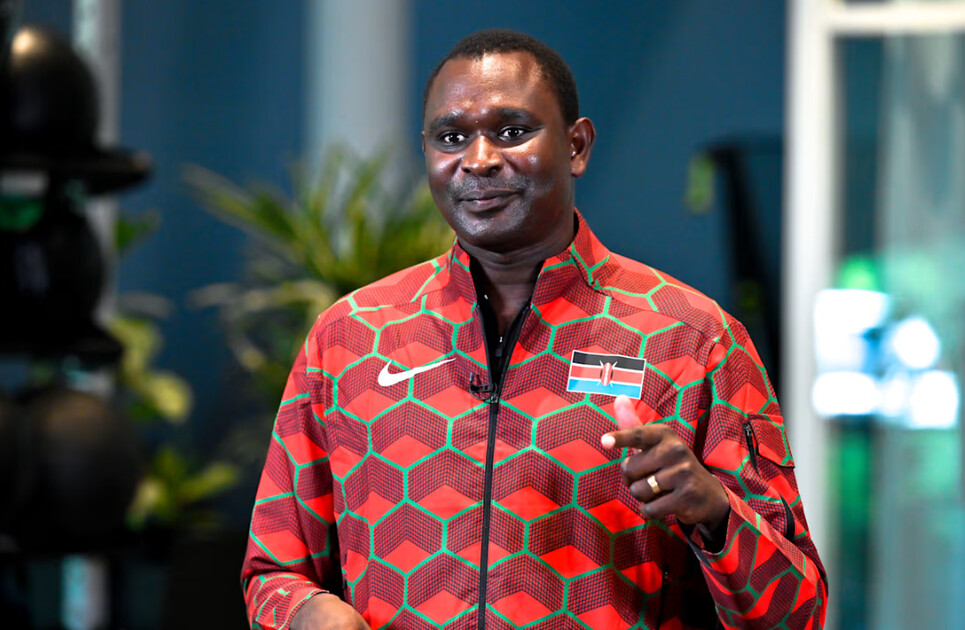
This time not only equaled Wilson Kipketer’s record but also placed Wanyonyi second on the all-time list, just eight hundredths of a second away from Rudisha’s world record of 1:40.91 set at the 2012 London Olympics.
“Wanyonyi is a young talented athlete. He has so much potential, and all he needs to do is fine-tune his craft, and this will see him push his time even lower,” Rudisha had told the media last June.
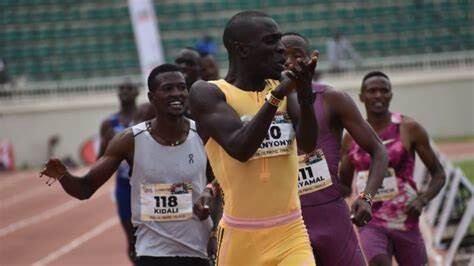
Rudisha, who knows a thing or two about world records, added, “He always shows his bravery and confidence whenever he steps on the track, and that has been the secret behind his success.
“World records are special. We are looking forward to seeing how the young generation is going to take up the challenge. Of course, there is a lot of innovation, and it improves performances. We believe that world records are there to be broken.”
Wanyonyi’s stunning performance in Lausanne has made him a force to be reckoned with in the world of athletics.
His time of 1:41.11 ties him with Kipketer and positions him as the most serious threat to Rudisha’s reign in the 800m. At just 20 years old, Wanyonyi’s rise to the top has been meteoric, and his determination to succeed mirrors that of Rudisha.
Rudisha himself had an illustrious career, beginning as a decathlete before switching to sprints and later focusing on the 800m in 2005. Just a year later, he won the 800m title at the World U20 Championships in Beijing, clocking 1:47.40.
In 2008, he claimed the African senior title in Addis Ababa with a time of 1:44.20. Then, on August 22, 2010, Rudisha set his first world record in Berlin, running 1:41.09 and breaking Kipketer’s 1997 mark.
Seven days later, he improved his record to 1:41.01 in Rieti. Rudisha continued his dominance by winning the world 800m title in Daegu in 2011, reclaiming it in Beijing in 2015, and becoming the first man since Peter Snell to retain the Olympic 800m title in Rio in 2016.
Now, Wanyonyi is carving out his own legacy. At 20, he became the youngest-ever Olympic 800m champion, leading a race of unprecedented depth in Paris.
He held off Canada’s Marco Arop, the reigning world champion, who briefly took the lead off the final turn before Wanyonyi surged back in the final steps. Arop finished with a North American record of 1:41.20 for silver, while Algeria’s Djamel Sedjati claimed bronze in 1:41.50.
Reflecting on his victory, Wanyonyi said, “It was going to be hard to defend as the only Kenyan in the final. I had a lot of pressure. I spoke to Rudisha yesterday, who told me I would win if I employed my tactics. I decided to run the way he did in London. If I had run a slow race, they would have beaten me.”
Although Wanyonyi didn’t quite match Rudisha’s record, he is keen on having another go at it when the Diamond League moves to Silesia, Poland, this Sunday.
While he has remained modest about his world-record ambitions, saying, “Maybe, but not now,” the Diamond League offers the perfect stage for him to make history. The Wavelight technology, which has been instrumental in helping athletes maintain pace, will also be in use, providing Wanyonyi with every opportunity to push the boundaries.
Wanyonyi is no stranger to breaking records. At 19, he shattered the previous one-mile (1,600m) record of 3:56.13 set by American Hobbs Kessler at the World Road Running Championships in Riga, Latvia, last year.
With Rudisha as his role model and mentor, Wanyonyi is poised to continue his upward trajectory and possibly eclipse the mark set by the man he so deeply admires.
As the athletics world watches, the question on everyone’s mind is not if, but when, Emmanuel Wanyonyi will break the 800m world record. And when that day comes, it will be the culmination of a journey inspired by greatness and driven by the relentless pursuit of excellence.
(08/24/2024) Views: 226 ⚡AMPby Mark Kinyanjui
‘I Can. I Will. I Must:’ Mantras and Affirmations That Propel Olympic Athletes to Victory
These motivating words from Olympians—and the stories behind them—can help you get through any tough run.
For all the drama it contained—including a fall by defending Olympic champion Athing Mu—the final of the women’s 800 meters at the 2024 U.S. Olympic Track and Field Trials was over in less than 2 minutes.
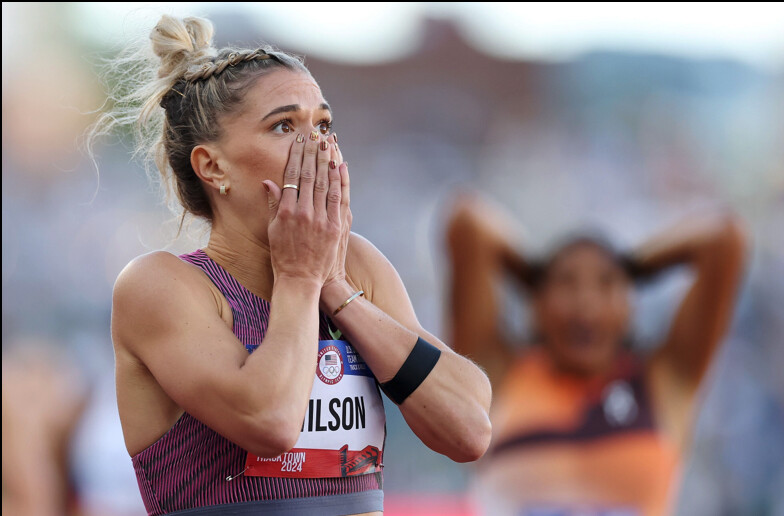
But for Allie Wilson, time stood still. “Everything, any mantra I’ve ever talked about, was rapid-fire flying through my brain,” she told Runner’s World. “‘Try to get top three.’ ‘Pass one more person.’ ‘1 percent.’ I was so calm, cool, and collected, like I’ve never felt before.”
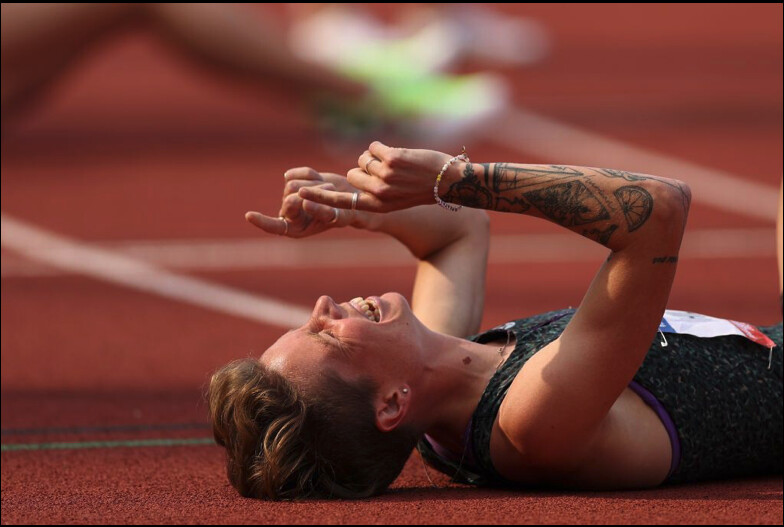
Buoyed by these confidence-boosting claims, Wilson placed second in a personal best 1:58.32 to earn a spot on Team USA.
She credits this flow state to her work with Bianca Martin, a mindset coach currently studying for her master’s degree in sport and performance psychology. Since meeting three years ago, the two have worked on many psychological aspects of performance. One of the most important, Wilson says, has been replacing negative thoughts with neutral or positive ones.
She’s far from the only track and field Olympian to use this approach to performance psychology. Many use spoken or written affirmations—statements that challenge negative thoughts and reinforce positive emotions—as well as mantras, a few words that might be repeated during a workout or race.
Here are the powerful phrases that got Wilson, 1500-meter champion Nikki Hiltz, and champion heptathlete Anna Hall to their first Olympics in Paris this summer. While mantras and affirmations tend to work best when they’re personal, you might find inspiration from their examples for your own big goals.
Looking for inspiration?
Swipe through the deck to find a mantra that resonates with you today!
Looking for inspiration?
Swipe through the deck to find a mantra that resonates with you today!
Allie Wilson’s Mantras“Just another race.”
Yes, the stakes at the Trials—and, before that, at the 2024 USA Indoor Track and Field Championships in Albuquerque in February—were higher than at most meets. But Wilson realized the more she kept her mindset and routine consistent, the better she performed.
“I’m running two laps around the track—that’s what I do every weekend,” says Wilson, a Nike athlete. “Why am I going to go berserk over it and start doing things all differently than I would, or freaking out? It’s the same thing at the end of the day; I’ve done it a million times.”
“I can win.”
In the days before the indoor championships, Wilson found herself nervously telling Martin she knew what was going to happen. Just like at every other major competition, she’d likely give it her all but come up just short. Martin stopped her and ordered her to say the opposite instead: “I can win.”
Wilson hesitated, but Martin insisted. “I would sit there and I wouldn’t speak for 10 seconds. And eventually, I would say it,” Wilson says.
Thanks to all that practice, it didn’t take nearly as long for the thought to surface during the race itself. “When it got really hard, all of a sudden, I was like, ‘Oh my god, I can win it,’” Wilson says—and she did, in 2:00.63.
“1 percent.”
With competition like Mu, who’s also the American record holder, in the race at the team trials, Wilson knew winning would take a fast time. And she wasn’t sure she could keep the pace—though her personal best was 1:58.09, in 2022, she’d only run one race faster than 2 minutes since that summer.
Martin had her calculate what time would result if she ran just 1 percent faster than her best time this season. Wilson figured out it was 1:59 with a few milliseconds. “That struck a chord with me. I was like, ‘Wow, 1 percent is so little, but it makes such a big difference,’” she says. After that, she told herself: “Even when you think you’re trying your hardest, try 1 percent harder.”
“Why not you?”
Thanks to all the work she’d done in the lead-up, Wilson says she had fewer negative thoughts during the Trials than she used to. But she still couldn’t help but express a few doubts. When she did, Martin reminded her that any three women in the final could go to the Olympics. “Why not you?” she asked Wilson.
“That was probably the one I was using on the starting line the most,” Wilson says. “I told myself, it could be any combination of three. I only have to beat six people and then I could be one of them.”
Allie Wilson’s Mantras
“Just another race.”
Yes, the stakes at the Trials—and, before that, at the 2024 USA Indoor Track and Field Championships in Albuquerque in February—were higher than at most meets. But Wilson realized the more she kept her mindset and routine consistent, the better she performed.
“I’m running two laps around the track—that’s what I do every weekend,” says Wilson, a Nike athlete. “Why am I going to go berserk over it and start doing things all differently than I would, or freaking out? It’s the same thing at the end of the day; I’ve done it a million times.”
“I can win.”
In the days before the indoor championships, Wilson found herself nervously telling Martin she knew what was going to happen. Just like at every other major competition, she’d likely give it her all but come up just short. Martin stopped her and ordered her to say the opposite instead: “I can win.”
Wilson hesitated, but Martin insisted. “I would sit there and I wouldn’t speak for 10 seconds. And eventually, I would say it,” Wilson says.
Thanks to all that practice, it didn’t take nearly as long for the thought to surface during the race itself. “When it got really hard, all of a sudden, I was like, ‘Oh my god, I can win it,’” Wilson says—and she did, in 2:00.63.
“1 percent.”
With competition like Mu, who’s also the American record holder, in the race at the team trials, Wilson knew winning would take a fast time. And she wasn’t sure she could keep the pace—though her personal best was 1:58.09, in 2022, she’d only run one race faster than 2 minutes since that summer.
Martin had her calculate what time would result if she ran just 1 percent faster than her best time this season. Wilson figured out it was 1:59 with a few milliseconds. “That struck a chord with me. I was like, ‘Wow, 1 percent is so little, but it makes such a big difference,’” she says. After that, she told herself: “Even when you think you’re trying your hardest, try 1 percent harder.”
“Why not you?”
Thanks to all the work she’d done in the lead-up, Wilson says she had fewer negative thoughts during the Trials than she used to. But she still couldn’t help but express a few doubts. When she did, Martin reminded her that any three women in the final could go to the Olympics. “Why not you?” she asked Wilson.
“That was probably the one I was using on the starting line the most,” Wilson says. “I told myself, it could be any combination of three. I only have to beat six people and then I could be one of them.”
Anna Hall’s Mantras“You’re one of the best athletes in the world—act like it.”
Hall has a history of winning. She’s claimed two NCAA titles and two previous national championships in the heptathlon, which involves seven different running, throwing, and jumping events.
But she broke her foot during the 2021 Trials, taking her out of contention for the Tokyo Games. And then, just this past January, she had knee surgery. The tight timeline for her return made it challenging to stay confident, and the first few weeks she was back at practice post-surgery, she would feel frustrated and cry frequently.
One night, she went home and took a step back. She asked herself: “How would the person who is where I am in sport act throughout this injury? How would they show up every day motivated and ready to go?” Her coaches noticed her mindset was more positive and even her body language improved, says Hall.
“I can, I will, I must.”
Hall has kept a journal ever since 2022, when she was returning from her foot injury. She typically writes in it a few times a week. Sometimes, she jots down technical cues that help her remember how she wants to feel when she’s tossing a shot put (“slide, twist, lift, HIT”) or leaping over hurdles (“tall tight shoulders down”).
But she also includes affirmations like this one, taken from her jumps coach in Florida, Nic Peterson. Hall uses it during every meet to remind herself not only of her own determination, but also the team behind her. The day of her last event the Trials, the 800 meters, it’s written three times on the top of a page of her journal, followed by the statement: “Today I will become an Olympian.”
“Prove them wrong.”
For all her winning, Hall prefers an underdog mentality. “No matter how much I’m favored to win something, in my head, I’m like, ‘Somebody thinks I’m not supposed to win this,’” she says.
This time, she had a concrete example: Early in the season, as she was regaining her post-injury footing, a prominent track and field competition ranked Hall third in early predictions for the Trials. Hall understands why they’d do that, but she still used it as fuel to outperform their projections.
“We are so back.”
The day after the Trials, Hall immediately picked up her journal again to acknowledge all she’d accomplished. In addition to a gold medal and a trip to Paris, the victory had given her a powerful mindset shift.
No longer was she questioning whether she was ready to compete after surgery—she’d done so, successfully. She’ll keep that feeling and phrase in mind, and in her journal, at the Games, where she hopes to be in contention for the win.
Anna Hall’s Mantras
“You’re one of the best athletes in the world—act like it.”
Hall has a history of winning. She’s claimed two NCAA titles and two previous national championships in the heptathlon, which involves seven different running, throwing, and jumping events.
But she broke her foot during the 2021 Trials, taking her out of contention for the Tokyo Games. And then, just this past January, she had knee surgery. The tight timeline for her return made it challenging to stay confident, and the first few weeks she was back at practice post-surgery, she would feel frustrated and cry frequently.
One night, she went home and took a step back. She asked herself: “How would the person who is where I am in sport act throughout this injury? How would they show up every day motivated and ready to go?” Her coaches noticed her mindset was more positive and even her body language improved, says Hall.
“I can, I will, I must.”
Hall has kept a journal ever since 2022, when she was returning from her foot injury. She typically writes in it a few times a week. Sometimes, she jots down technical cues that help her remember how she wants to feel when she’s tossing a shot put (“slide, twist, lift, HIT”) or leaping over hurdles (“tall tight shoulders down”).
But she also includes affirmations like this one, taken from her jumps coach in Florida, Nic Peterson. Hall uses it during every meet to remind herself not only of her own determination, but also the team behind her. The day of her last event the Trials, the 800 meters, it’s written three times on the top of a page of her journal, followed by the statement: “Today I will become an Olympian.”
“Prove them wrong.”
For all her winning, Hall prefers an underdog mentality. “No matter how much I’m favored to win something, in my head, I’m like, ‘Somebody thinks I’m not supposed to win this,’” she says.
This time, she had a concrete example: Early in the season, as she was regaining her post-injury footing, a prominent track and field competition ranked Hall third in early predictions for the Trials. Hall understands why they’d do that, but she still used it as fuel to outperform their projections.
“We are so back.”
The day after the Trials, Hall immediately picked up her journal again to acknowledge all she’d accomplished. In addition to a gold medal and a trip to Paris, the victory had given her a powerful mindset shift.
No longer was she questioning whether she was ready to compete after surgery—she’d done so, successfully. She’ll keep that feeling and phrase in mind, and in her journal, at the Games, where she hopes to be in contention for the win.
Nikki Hiltz’s Mantras
“I am capable.”
Hiltz, the Lululemon-sponsored runner who won the women’s 1500 meters in a meet-record 3:55.33, began journaling in 2023 as part of a New Year’s resolution. One part of that has been writing down affirmations like this one, followed by specific workouts and races that offer data points to back them up.
For example, Hiltz won their semifinal with the fastest time of all the heats, 4:01.40. Although that was their personal best time less than a year ago, at the Trials, “it felt like 6/10,” they wrote—far from an all-out effort. And a month before, they ran 3:59 at the Prefontaine Classic, despite doing a hard double-threshold workout the same week.
“You’re going to perform how you practice.”
In addition to a written journal, Hiltz uses the Notes app to jot down motivating, calming, or confidence-boosting sentiments. Inspiration can come from anywhere—sometimes it’s a coach or sport psychologist, but in this case, it’s from Netflix’s docuseries America’s Sweethearts: Dallas Cowboys Cheerleaders.
Hearing the coach say it to the cheerleaders before a performance—reminding them to “just go out there and do what you’ve already been doing”—caused Hiltz to think about how all their hard work in training would translate into success when it mattered.
“I have all the tools.”
Hiltz headed into the finals particularly confident of their ability not only to run fast, but to shift gears and kick hard. In their journal, they wrote that they thought they were now capable of accelerating off a 3:57 pace.
And that’s exactly what happened—after Elle St. Pierre led for the first three laps in 3:08.77, Hiltz swung wide and surged in the final 100 meters to take the win. “Every time I’ve written something like that in my journal, it kind of comes true,” Hiltz says. “That’s the power of putting it out to the world.”
“Respect everybody, fear nobody.”
Hiltz knew the field in the 1500 meters was deep, and that multiple athletes could run faster than 4 minutes. But they didn’t let that rattle them.
They’ll carry that approach over to the Games, too. Exactly a week after the Trials, Kenya’s Faith Kipyegon broke her own world record in the event, running 3:49.04—and Australia’s Jess Hull stuck with her, finishing in a new national record of 3:50.83.
While it would be easy to find this intimidating—and in moments, Hiltz does—their mental work allows them to quickly see the flip side. “We’ve all beat Jess Hull at some point or another,” they say. “Jess doing that was badass and impressive, and she’s inspiring me to go out at a faster pace than I ever have before.”
That ability to reframe is exactly why Hiltz—along with Hall and Wilson—say they’ll keep using affirmations and mantras as they head into their big races in Paris.
“When you’re on the starting line of the Olympic final, no one’s doing anything more or less than anyone else. We all have incredible coaches, and we’ve done incredible training,” Hiltz says. “What’s going to separate us from each other is the belief and the mental stuff.”
Nikki Hiltz’s Mantras
“I am capable.”
Hiltz, the Lululemon-sponsored runner who won the women’s 1500 meters in a meet-record 3:55.33, began journaling in 2023 as part of a New Year’s resolution. One part of that has been writing down affirmations like this one, followed by specific workouts and races that offer data points to back them up.
For example, Hiltz won their semifinal with the fastest time of all the heats, 4:01.40. Although that was their personal best time less than a year ago, at the Trials, “it felt like 6/10,” they wrote—far from an all-out effort. And a month before, they ran 3:59 at the Prefontaine Classic, despite doing a hard double-threshold workout the same week.
“You’re going to perform how you practice.”
In addition to a written journal, Hiltz uses the Notes app to jot down motivating, calming, or confidence-boosting sentiments. Inspiration can come from anywhere—sometimes it’s a coach or sport psychologist, but in this case, it’s from Netflix’s docuseries America’s Sweethearts: Dallas Cowboys Cheerleaders.
Hearing the coach say it to the cheerleaders before a performance—reminding them to “just go out there and do what you’ve already been doing”—caused Hiltz to think about how all their hard work in training would translate into success when it mattered.
“I have all the tools.”
Hiltz headed into the finals particularly confident of their ability not only to run fast, but to shift gears and kick hard. In their journal, they wrote that they thought they were now capable of accelerating off a 3:57 pace.
And that’s exactly what happened—after Elle St. Pierre led for the first three laps in 3:08.77, Hiltz swung wide and surged in the final 100 meters to take the win. “Every time I’ve written something like that in my journal, it kind of comes true,” Hiltz says. “That’s the power of putting it out to the world.”
“Respect everybody, fear nobody.”
Hiltz knew the field in the 1500 meters was deep, and that multiple athletes could run faster than 4 minutes. But they didn’t let that rattle them.
They’ll carry that approach over to the Games, too. Exactly a week after the Trials, Kenya’s Faith Kipyegon broke her own world record in the event, running 3:49.04—and Australia’s Jess Hull stuck with her, finishing in a new national record of 3:50.83.
While it would be easy to find this intimidating—and in moments, Hiltz does—their mental work allows them to quickly see the flip side. “We’ve all beat Jess Hull at some point or another,” they say. “Jess doing that was badass and impressive, and she’s inspiring me to go out at a faster pace than I ever have before.”
That ability to reframe is exactly why Hiltz—along with Hall and Wilson—say they’ll keep using affirmations and mantras as they head into their big races in Paris.
“When you’re on the starting line of the Olympic final, no one’s doing anything more or less than anyone else. We all have incredible coaches, and we’ve done incredible training,” Hiltz says. “What’s going to separate us from each other is the belief and the mental stuff.”
(08/04/2024) Views: 371 ⚡AMPby Runner’s World
Brazilian Olympic marathoner receives doping suspension
Daniel do Nascimento, a 2:04 marathoner who famously fist-bumped Eliud Kipchoge during the last Olympic marathon, has been banned after testing positive for three illegal substances.
Brazil’s national marathon record holder and Paris Olympic-bound athlete, Daniel do Nascimento, has been provisionally suspended by the Brazilian Doping Control Authority (BDCA) after testing positive for three banned substances: drostanolone, methenolone and nandrolone.
According to Brazilian media outlet Globo, do Nascimento tested positive for the three anabolic steroids during an out-of-competition test conducted on July 4 while training in Kenya for the Paris Games. As a result, he will miss the Olympics. He was slated to run the marathon after qualifying at last year’s Hamburg Marathon with a time of 2:07:06. His personal best of 2:04:51 from the 2022 Seoul Marathon stands as the South American record.
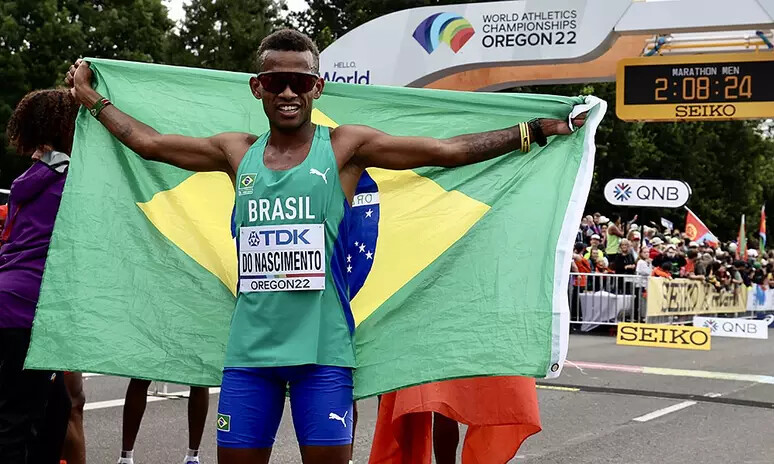
The three banned substances in Nascimento’s test are all anabolic steroids (precursors of testosterone). Do Nascimento will likely face a four-year ban from athletics, jeopardizing his dreams for the 2028 Olympics in Los Angeles. The 25-year-old’s suspension may be reduced to three years if he admits to the three anti-doping rule violations.
Do Nascimento’s girlfriend, Graziele Zarri, was also suspended earlier this year after testing positive for androstanediol and testosterone in a test conducted by the Anti-doping Agency of Kenya (ADAK). She ran 2:42:48 in her marathon debut last December in Valencia.
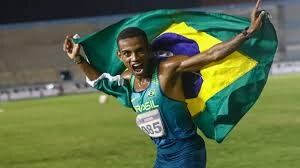
Beside being the South American record holder for the marathon, do Nascimento is most famous for taking a porta-potty stop while leading the 2022 New York City Marathon. He set a blistering pace for 30 km, but ended up collapsing and did not finish the race.
Do Nascimento also made headlines at the 2020 Olympic marathon in Tokyo for exchanging mid-race fist bumps with former world record holder Eliud Kipchoge. The moment went viral, making do Nascimento a well-known name in Brazil and the distance running world.
(07/16/2024) Views: 291 ⚡AMPby Marley Dickison
Lucia Stafford demolishes 30-year-old Canadian record in 2,000m
At her very first Diamond League in Monaco on Friday, Canada’s Lucia Stafford obliterated the 30-year-old Canadian record over the 2,000m distance. Her time of 5:31.18 beat Angela Chalmers’ previous record of 5:34.49 by almost three seconds.
The 2,000m isn’t commonly run, so many of the elite athletes in the field jumped at the chance to set new records, including Australia’s Jessica Hull. The race was set up for Hull to challenge the world record of 5:21.56 set by Francine Niyonsaba of Burundi at the World Continental meet in Zagreb, Croatia in 2021. With the help of three different athletes who shared the job of pace-setting, Hull finished with a time 5:19.70–the fastest 2,000m in history–with exactly two seconds to spare.

In the same race, Cory Ann McGee‘s time of 5:28.78 betters the former North American record of 5:32.70, which Stafford also snuck under.
This sixth-place finish at her very first Diamond League marks Stafford’s first outdoor national record. She already holds the North American indoor 1,000m record of 2:33.75.
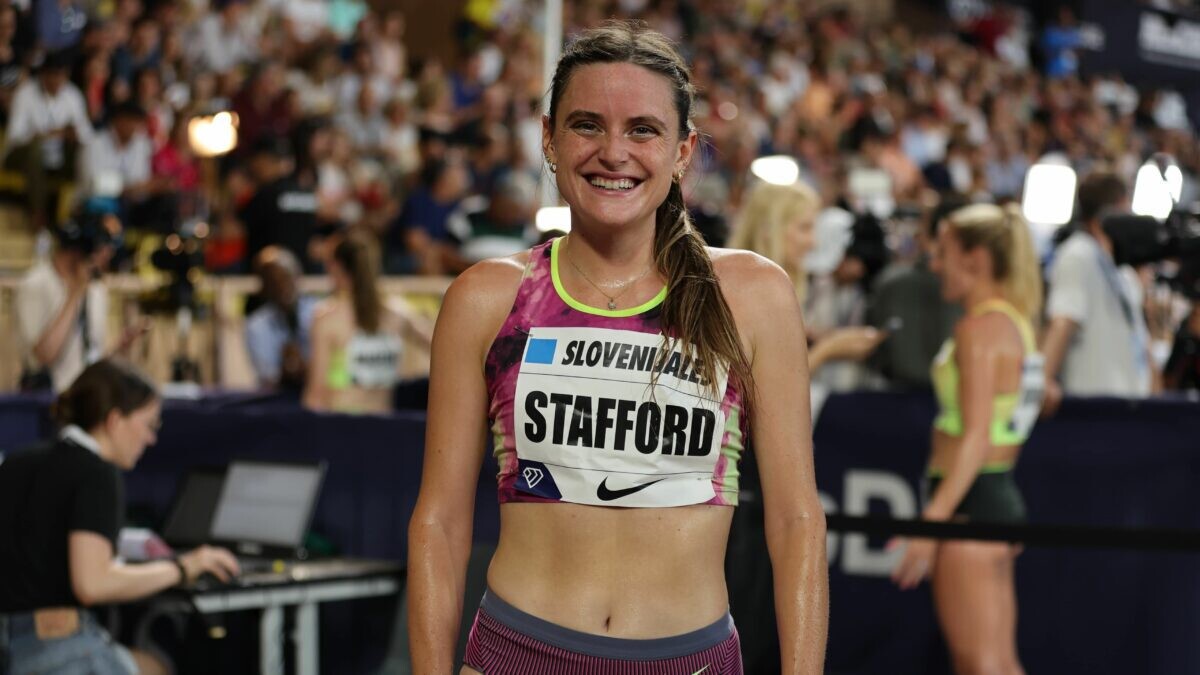
Arop runs season’s best
After getting passed in the final 100m stretch of his race, Marco Arop, the reigning world champion in the men’s 800m, finished sixth with a time of 1:42.93–also bettering his season’s best.
Making his Diamond League debut, 19-year-old Christopher Morales-Williams also took sixth place in his 400m race. Although his time of 45.11 is not nearly his fastest of the season, he’ll have the chance to compete against these world-class athletes at the Olympic Games in Paris next month.
Two-time Olympic pole-vaulter Alysha Newman took fourth place in her event earlier in the day, jumping a season’s best of 4.76m. She jumped her previous season’s best of 4.75m to take the win at the Canadian Olympic Trials in Montreal earlier this month.
(07/13/2024) Views: 287 ⚡AMPby Cameron Ormond
Simpson, Frisbie, Rodriguez, Estrada Commit to Run Crazy 8s 8K Hoping for USATF National Championshisp
With the announcement that the Ballad Health Niswonger Children’s Network Crazy 8s 8K Run will host both the USATF Men’s & Women’s 8K Road Championship Presented by Gatorade on July 20th, competition is heating up for both championships.
Olympic bronze medalist Jenny Simpson and Annie Frisbie will be two of the headliners in the women’s field with Isai Rodriguez and Diego Estrada the early favorites on the men’s side.“We’re off to a good start,” said co-director Hank Brown.
“We are receiving tremendous interest from some of the best runners from around the country. We’re expecting 40-50 elite runners in the USATF championship which will be very exciting.”
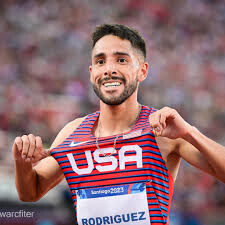
Simpson is arguably one of the more recognizable women’s middle/long distance runners in the United States. She won the bronze medal in the 1500 meters at the 2016 Rio Olympics, the gold medal at the 2011 World Championships, and followed with silver medals at the 2013 and 2017 World Championships Simpson is a former American record holder for the 3000 meter steeplechase and has represented the United States at three Olympics – 2008 Beijing, 2012 London, and 2016 Rio.
Frisbie is on a personal tear recently, running personal bests in 2024 for the 10K (31:49), 15K (49:28), 25K (1:22:37), and half marathon (1:07:34, 1st place). She is running her best and is in excellent shape.In 2023, the men’s race came down to a sprint finish in J. Fred Johnson Stadium with Clayton Young outlasting Andrew Colley and Isai Rodriguez. Young will be going to Paris to run the marathon and Colley is nursing a sore foot, so Rodriguez will be the top returning finisher (Colley is still tentative).
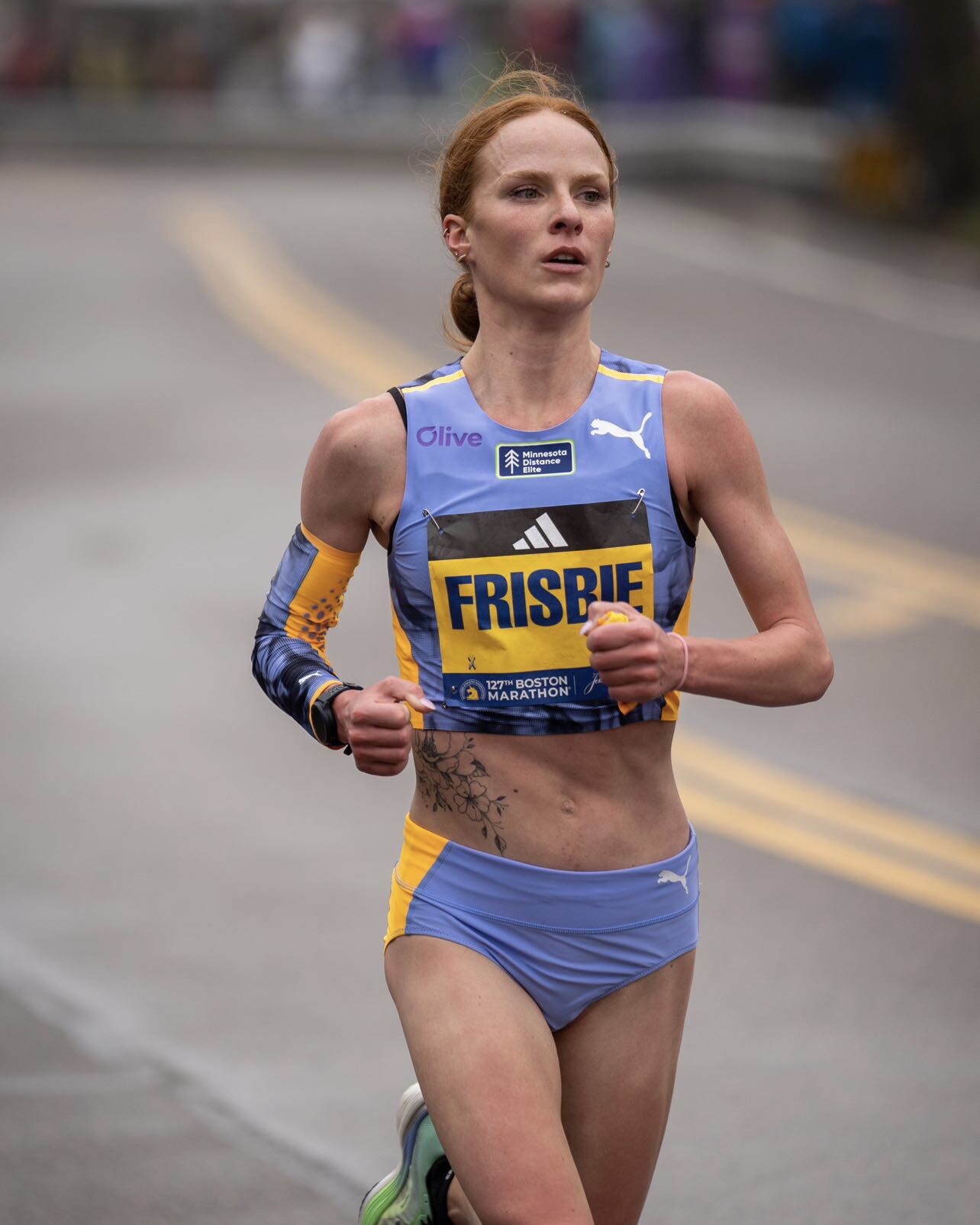
Rodriguez has a 10,000 meter personal-best under 28 minutes and was the Pan Am Games 10k champion in 2023.Estrada is a veteran runner making a successful comeback in 2024. He represented his native Mexico in the 10,000 meters in the 2012 London Olympics, but became a US citizen in 2014 at which time became eligible to represent the USA in international competition.
He has an impressive 10k time of 27:30 set in 2015, and 5K of 13:31 at the Carlsbad 5K in 2014. He is now 34 and quite possibly running his best times in 2024.
He placed fifth at the Aramco Houston Half Marathon in January, running a very fast 1:00:49, which is a personal best at that distance and tnen followed that a thrid-. place finish at the USATF 15K Championship in Jacksonville. In May he set an American best of 1:13:09 at the USATF 25K Championship, winning the Amway 25K River Run in Grand Rapids, MI.
“We are thrilled to have these guys and gals at Crazy 8s,” said Brown. “When we decided to host the USATF 8K Championship this is exactly the caliber of runners we were hoping to attract to Kingsport.”
The Regional Eye Center is offering a $10,008 American Record bonus for men who can break Alberto Salazar’s record of 22:04 (1981) or women who can break Deena Kastor’s record of 24:36 (2005).
In addition to the bonus, the race is offering prize money to the top 10 in the USATF Men’s and Women’s Championships.Sponsors are Ballad Health Niswonger Children’s Network, Gatorade, The Regional Eye Center, Eastman Credit Union, Kingsport Pediatric Dentistry, Food City, Martin Dentistry, Mycroft Signs, Culligan, Associated Orthopaedics of Kingsport, and JA Street.
(07/04/2024) Views: 272 ⚡AMPby TriCitiesSports.com
Crazy 8s 8k Run
Run the World’s Fastest 8K on the world famous figure-8 course on beautiful candle-lit streets with a rousing finish inside J. Fred Johnson Stadium. Crazy 8s is home to womens’ 8-kilometer world record (Asmae Leghzaoui, 24:27.8, 2002), and held the men’s world record (Peter Githuka, 22:02.2, 1996), until it was broken in 2014. Crazy 8s wants that mens’ record back. ...
more...What You Need to Know About the U.S. Track and Field Olympic Trials
From June 21-30, more than 900 runners, throwers, and jumpers will put it all on the line for a chance to compete for Team USA at the Paris Olympics
The U.S. Track and Field Olympic Trials is a showcase of hundreds of America’s best track and field athletes who will be battling for a chance to qualify for Team USA and compete in this summer’s Paris Olympics. For many athletes competing in Eugene, simply making it on to the start line is a life-long accomplishment. Each earned their spot by qualifying for the trials in their event(s). The athlete qualifier and declaration lists are expected to be finalized this week.
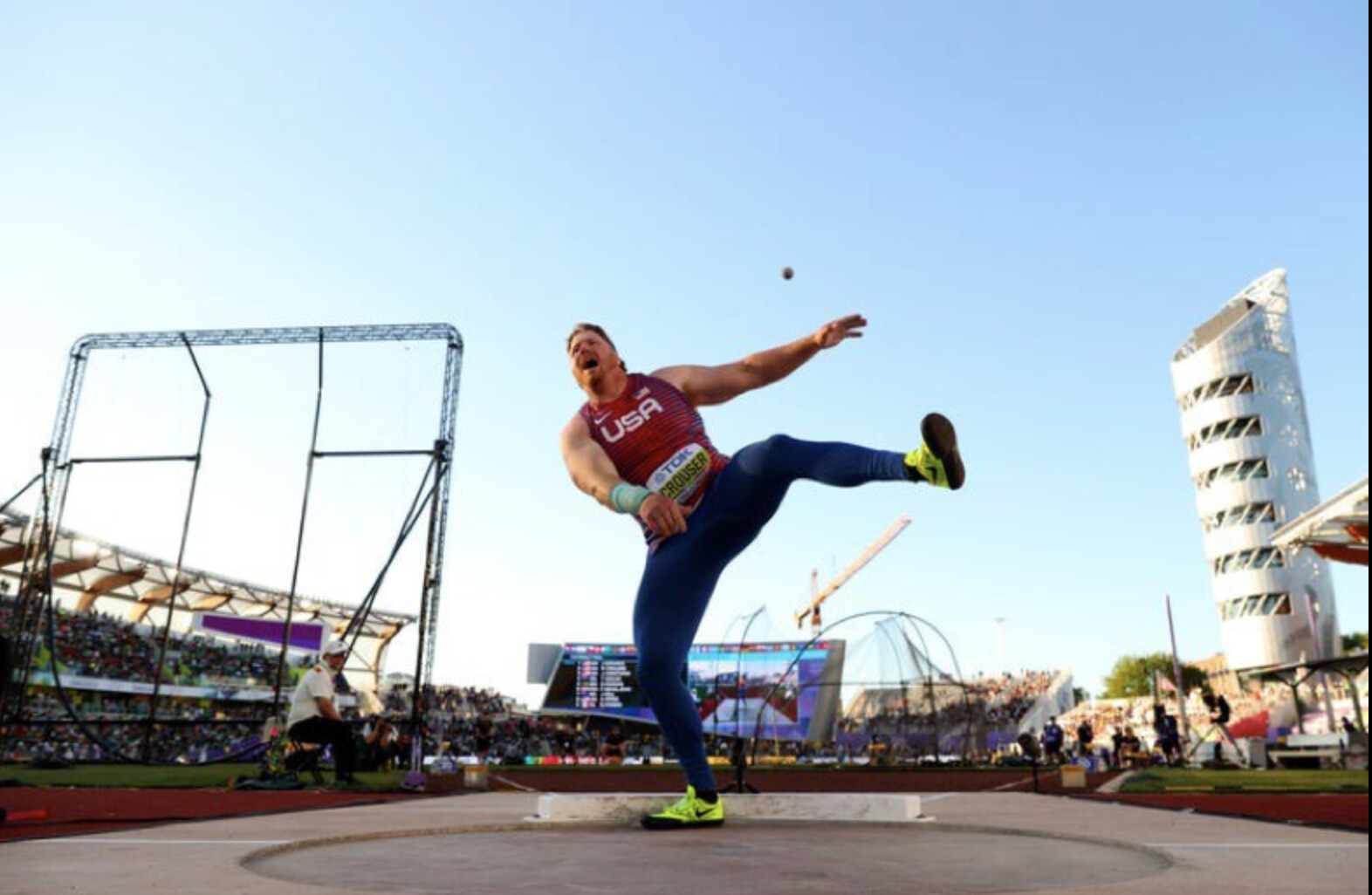
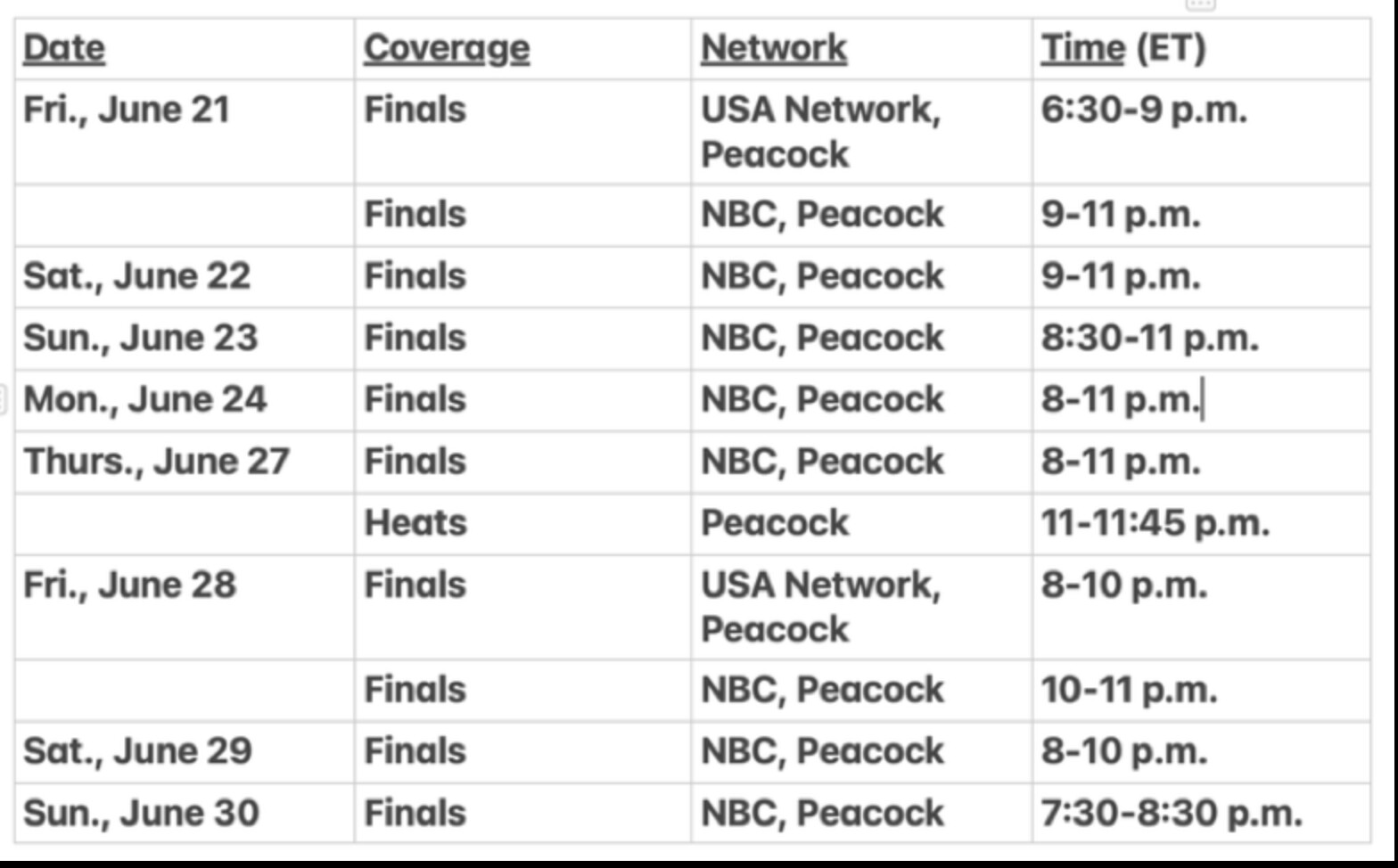
But for the highest echelon of athletes, the trials defines a make-or-break moment in their career. Only three Olympic team spots (in each gender) are available in each event, and given the U.S. depth in all facets of track and field—sprints, hurdles, throws, jumps, and distance running events—it’s considered the world’s hardest all-around team to make. How dominant is the U.S. in the world of track and field? It has led the track and field medal count at every Olympics since 1984.
At the trials, there are 20 total events for women and men—10 running events from 100 meters to 10,000 meters (including two hurdles races and the 3,000-meter steeplechase), four throwing events (discus, shot put, javelin, and hammer throw), four jumping events (long jump, triple jump, high jump, and pole vault), the quirky 20K race walking event, and, of course, the seven-event heptathlon (women) and the 10-event decathlon (men).
(At the Olympics, Team USA will also compete in men’s and women’s 4×100-meter and 4×400-meter relays, plus a mixed gender 4×400, and a mixed gender marathon race walk. The athletes competing on these teams will be drawn from those who qualify for Team USA in individual events, along with alternates who are the next-best finishers at the trials.
There’s also the Olympic marathon, but the U.S. Olympic Trials Marathon was held on February 3 in Orlando, Florida, to give the athletes enough time to recover from the demands of hammering 26.2 miles before the big dance in Paris.
Although some countries arbitrarily select their Olympic track and field teams, the U.S. system is equitable for those who show up at the Olympic Trials and compete against the country’s best athletes in each particular event. There’s just one shot for everyone, and if you finish among the top three in your event (and also have the proper Olympic qualifying marks or international rankings under your belt), you’ll earn the opportunity of a lifetime—no matter if you’re a medal contender or someone who burst onto the scene with a breakthrough performance.
The top performers in Eugene will likely be contenders for gold medals in Paris. The list of American stars is long and distinguished, but it has to start with sprinters Sha’Carri Richardson and Noah Lyles, who will be both competing in the coveted 100 and 200 meters. Each athlete won 100-meter titles at last summer’s world championships in Budapest and ran on the U.S. gold-medal 4×100 relays. (Lyles also won the 200) Each has been running fast so far this spring, but more importantly, each seems to have the speed, the skill, and swagger it takes to become an Olympic champion in the 100 and carry the title of the world’s fastest humans.
But first they have to qualify for Team USA at the Olympic Trials. Although Lyles is the top contender in the men’s 100 and second in the world with a 9.85-second season’s best, five other U.S. athletes have run sub-10-second efforts already this season. Richardson enters the meet No. 2 in the U.S. and No. 3 in the world in the women’s 100 (10.83), but eight other Americans have also broken 11 seconds. That will make the preliminary heats precariously exciting and the finals (women’s on June 22, men’s on June 23) must-see TV.
There are five returning individual Olympic gold medalists competing in the U.S. Olympic Trials with the hopes of repeating their medals in Paris—Athing Mu (800 meters), Sydney McLaughlin-Levrone (400-meter hurdles), Katie Moon (pole vault), Vallarie Allman (discus), and Ryan Crouser (shot put)—but there are more than a dozen other returning U.S. medalists from the Tokyo Olympics, as well as many more from the 2023 world championships, including gold medalists Chase Ealey (shot put), Grant Holloway (110-meter hurdles), Laulauga Tausaga (discus), and Crouser (shot put).
The most talented athlete entered in the Olympic Trials might be Anna Hall, the bronze and silver medalist in the seven-event heptathlon at the past two world championships. It’s an epic test of speed, strength, agility, and endurance. In the two-day event, Hall and about a dozen other women will compete in the 100-meter hurdles, high jump, shot put, 200 meters, long jump, javelin throw, and 800 meters, racking up points based on their performance in each event. The athletes with the top three cumulative totals will make the U.S. team. At just age 23, Hall is poised to contend for the gold in Paris, although Great Britain’s Katarina Johnson-Thompson, the world champion in 2019 and 2023, is also still in search of her first Olympic gold medal after injuries derailed her in 2016 and 2021.
If you can find your way to Eugene—and can afford the jacked-up hotel and Airbnb prices in town and nearby Springfield—you can watch it live in person at Hayward Field. Rebuilt in 2021, it’s one of the most advanced track and field facilities in the world, with an extremely fast track surface, a wind-blocking architectural design, and 12,650 seats that all offer great views and close-to-the-action ambiance. Tickets are still available for most days, ranging from $45 to $195.
If you can’t make it to Eugene, you can watch every moment of every event (including preliminary events) via TV broadcasts and livestreams. The U.S. Olympic Trials will be broadcast live and via tape delay with 11 total broadcast segments on NBC, USA Network, and Peacock. All finals will air live on NBC during primetime and the entirety of the meet will be streamed on Peacock, NBCOlympics.com, NBC.com and the NBC/NBC Sports apps.
The Olympic Trials will be replete with young, rising stars. For example, the men’s 1500 is expected to be one of the most hotly contested events and the top three contenders for the Olympic team are 25 and younger: Yared Nuguse, 25, the American record holder in the mile (3:43.97), Cole Hocker, 23, who was the 2020 Olympic Trials champion, and Hobbs Kessler, 21, who turned pro at 18 just before racing in the last Olympic Trials. Sprinter Erriyon Knighton, who turned pro at age 16 and ran in the Tokyo Olympics at age 17, is still only 20 and already has two world championships medals under his belt. Plus, the biggest track star from the last Olympics, Sydney McLaughlin-Levrone, is aiming for her third Olympics and third Olympic gold (she won the 400-meter hurdles and was on the winning 4×400 relay in Tokyo), and she’s only 24.
Several young collegiate stars could earn their place on the U.S. team heading to Paris after successful results in the just-completed NCAA championships. Leading the way are double-NCAA champions McKillenzie Long, 23, a University of Mississippi senior who enters the trials ranked sixth in the world in the 100 (10.91) and first in the 200 (21.83), and Parker Valby, a 21-year-old junior at the University of Florida, who ranks fifth in the U.S. in the 5,000 meters (14:52.18) and second in the 10,000 meters (30:50.43). Top men’s collegiate runners include 5,000-meter runner Nico Young (21, Northern Arizona University), 400-meter runner Johnnie Blockburger (21, USC), and 800-meter runners Shane Cohen (22, Virginia) and Sam Whitmarsh (21, Texas A&M).
It’s very likely. Elle St. Pierre is the top-ranked runner in both the 1500 and the 5,000, having run personal bests of 3:56.00 (the second-fastest time in U.S. history) and 14:34.12 (fifth-fastest on the U.S. list) this spring. Although she’s only 15 months postpartum after giving birth to son, Ivan, in March 2023, the 29-year-old St. Pierre is running better and faster than ever. In January, she broke the American indoor record in the mile (4:16.41) at the Millrose Games in New York City, then won the gold medal in the 3,000 meters at the indoor world championships in Glasgow in March.
St. Pierre could be joined by two world-class sprinters. Nia Ali, 35, the No. 2 ranked competitor in the 100-meter hurdles and the 2019 world champion, is a mother of 9-year-old son, Titus, and 7-year-old daughter, Yuri. Quanera Hayes, 32, the eighth-ranked runner in the 400 meters, is the mother to 5-year-old son, Demetrius. Hayes, a three-time 4×400 relay world champion, finished seventh in the 400 at the Tokyo Olympics.
Meanwhile, Kate Grace, a 2016 Olympian in the 800 meters who narrowly missed making Team USA for the Tokyo Olympics three years ago, is back running strong at age 35 after a two-year hiatus during which she suffered from a bout of long Covid and then took time off to give birth to her son, River, in March 2023.
No, unfortunately, there are a few top-tier athletes who are hurt and won’t be able to compete. That includes Courtney Frerichs (torn ACL), the silver medalist in the steeplechase at the Tokyo Olympics in 2021; Alicia Monson (torn medial meniscus), a 2020 Olympian in the 10,000 meters, the American record holder in the 5,000 and 10,000 meters, and the fifth-place finisher in the 5,000 at last year’s world championships; and Joe Klekcer (torn adductor muscle), who was 16th in the Tokyo Olympics and ninth in the 2022 world championships in the 10,000. Katelyn Tuohy, a four-time NCAA champion distance runner for North Carolina State who turned pro and signed with Adidas last winter, is also likely to miss the trials due to a lingering hamstring injury. There is also some doubt about the status of Athing Mu (hamstring), the Tokyo Olympics 800-meter champion, who has yet to race in 2024.
Meanwhile, Emma Coburn, a three-time Olympian, 2017 world champion, and 10-time U.S. champion in the 3,000-meter steeplechase, broke her ankle during her season-opening steeplechase in Shanghai on April 27. She underwent surgery a week later, and announced at the time that she would miss the trials, but has been progressing quickly through her recovery. If both she and Frerichs miss the meet, it will leave the door wide open for a new generation of steeplers—including 2020 Olympian Valerie Constein, who’s back in top form after tearing her ACL at a steeplechase in Doha and undergoing surgery last May.
The U.S. earned 41 medals in track and field at the 2020 Paralympic Games in Tokyo—including 10 gold medals—which ranked second behind China’s 51. This year’s Paralympics will follow the Olympics from August 28-September 8 in Paris.
The 2024 U.S. Paralympic Trials for track and field will be held from July 18-20 at the Ansin Sports Complex in Miramar, Florida, and Paralympic stars Nick Mayhugh, Brittni Mason, Breanna Clark, Ezra Frech, and Tatyana McFadden are all expected to compete.
In 2021 at the Tokyo Paralympics, Mayhugh set two new world records en route to winning the 100 meters (10.95) and 200 meters (21.91) in the T-37 category, and also took the silver medal in the 400 meters (50.26) and helped the U.S. win gold and set a world record in the mixed 4×100-meter relay (45.52). Clark returns to defend her Paralympic gold in the T-20 400 meters, while McFadden, a 20-time Paralympic medalist who also competed on the winning U.S. mixed relay, is expected to compete in the T-54 5,000 meters (bronze medal in 2021).
Livestream coverage of the U.S. Paralympic Trials for track and field will be available on Peacock, NBCOlympics.com, NBC.com, and the NBC/NBC Sports app, with TV coverage on CNBC on July 20 (live) and July 21 (tape-delayed).
(06/15/2024) Views: 820 ⚡AMPSydney McLaughlin-Levrone on her U.S. Olympic Trials prep ahead of Paris 2024
With the U.S. Olympic Team Trials for track and field just few days away, the building blocks seem to be coming together for Sydney McLaughlin-Levrone.
"I'm feeling good," McLaughlin-Levrone told a small cluster of reporters at the USATF NYC Grand Prix on Sunday (9 June) after she soared to victory in the open 400m.
"Good" could be an understatement: She was just 0.05 seconds off of Sanya Richards Ross' 48.70 from 2006, the American record, in what was McLaughlin-Levrone's first outing in the event in the 2024 season.
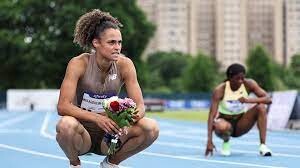
"OMG. That was unbelievable!" a more expressive - and perhaps somehwat relieved - Richards Ross said in the NBC commentary booth after Sydney's 48.75. "Wow. Wow. Wow! Great run by Sydney!"
The time was a world lead in the event.
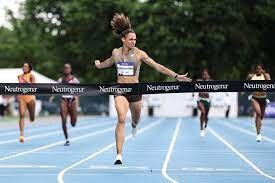
It came a little more than a week after her best-of-the-season 52.70 in the 400m hurdles - the event in which she is the world record holder and reigning Olympic champion.
"I'll take that," McLaughlin-Levrone said of the time and the victory, even if it wasn't exactly what she was going for. "[I wanted] the American record," she added when asked about the hope for the day.
The 24-year-old appears to have a one-track mind with the Olympic Games Paris 2024 drawing ever closer. The last five weeks have entailed five wins across four different events: The 400m flat, 200m, 100m hurdles and - her signature - 400m hurdles.
"I'm sure Bobby will have some notes for me," she said, cracking a smile when bringing up legendary coach Bobby Kersee after her New York win.
SYDNEY MCLAUGHLIN-LEVRONE: EYES ON PARIS 2024
McLaughlin-Levrone let her speed do the talking in New York with the 21 June start at Trials in Eugene, Oregon: "I'm just getting ready for the Trials... getting ready for the Games," she said.
She sat on the track for a good 10 minutes at Icahn Stadium in NYC after her win, catching her breath and doing a light amount of stretching. She's still cautious of the knee injury that interrupted her 2023 season, forcing her out of the World Championships.
The team is attacking from a technical perspective. Facing a headwind on Sunday, she was forced to dig deep in her training to finish strong.
"I wanted to get out there and get a race under me," she said on NBC of the 400m. "It's working on the back-end work. Working on coming home. I'm going to need it for those hurdles."
After her 52.70 world lead in the 400m hurldes on 31 May, Femke Bol, the Olympic bronze medallist from Tokyo 2020 in 2021, went 53.07 two days later at the Diamond League stop in Stockholm.
"I'm going to go back home and continue to plan some stuff," McLaughlin-Levrone said in New York.
A mere 0.05 off a national record, McLaughlin-Levrone shrugged it off in a way.
"I don't think I would count that as 'crazy,'" she said in response to one reporter.
A minute later, Sydney was thanking reporters and walking away... clearly determined to get to the next step in her path towards another Olympic podium.
(06/12/2024) Views: 325 ⚡AMPby Nick McCarvel
U.S. Olympic Team Trials Track And Field
Eugene, Oregon has been awarded the 2024 U.S. Olympic Team Trials - Track & Field, USA Track & Field and the U.S. Olympic & Paralympic Committee announced today. From June 21 to 30, Hayward Field at the University of Oregon will be home to one of the biggest track and field competitions in the country, as the U.S. Olympic Team...
more...TWENTY-ONE YEARS AGO, HE WAS INCARCERATED FOR LIFE. LAST YEAR, HE RAN THE NYC MARATHON A RADICALLY CHANGED MAN.
RAHSAAN ROUNDED THOMAS A CORNER. Gravel underfoot gave way to pavement, then dirt. Another left turn, and then another. In the distance, beyond the 30-foot wall and barbed wire separating him from the world outside, he could see the 2,500-foot peak of Mount Tamalpais. He completed the 400-meter loop another 11 times for an easy three miles.
Rahsaan wasn’t the only runner circling the Yard that evening in the fall of 2017. Some 30 people had joined San Quentin State Prison’s 1,000 Mile Club by the time Rahsaan arrived at the prison four years prior, and the group had only grown since. Starting in January each year, the club held weekly workouts and monthly races in the Yard, culminating with the San Quentin Marathon—105 laps—in November. The 2017 running would be Rahsaan’s first go at the 26.2 distance.
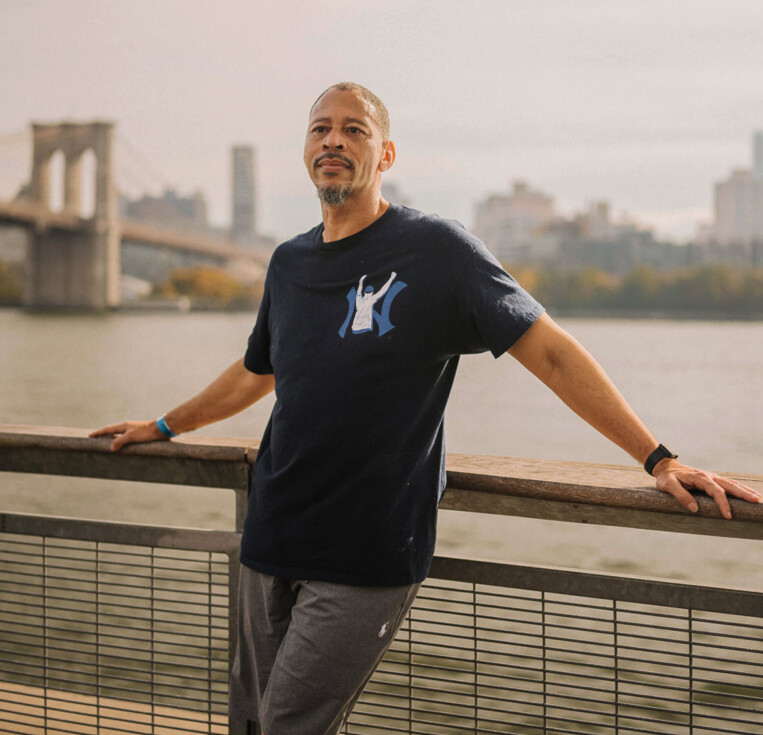

For Rahsaan and the other San Quentin runners, Mount Tam, as it’s known, had become a beacon of hope. It’s the site of the legendary Dipsea, a 7.4-mile technical trail from Mill Valley to Stinson Beach. After the 1,000 Mile Club was founded in 2005, it became tradition for club members who got released to run that trail; their stories soon became lore among the runners still inside. “I’ve been hearing about the Dipsea for the longest,” Rahsaan says.
Given his sentence, he never expected to run it. Rahsaan was serving 55 years to life for second-degree murder. Life outside, let alone running over Mount Tam all the way to the Pacific, felt like a million miles away. But Rahsaan loved to run—it gave him a sense of freedom within the prison walls, and more than that, it connected him to the community of the 1,000 Mile Club. So if the volunteer coaches and other runners wanted to talk about the Dipsea, he was happy to listen.
We’ll get to the details of Rahsaan’s crime later, but it’s useful to lead with some enduring truths: People can grow in even the harshest environments, and running, whether around a lake or a prison yard, has the power to change lives. In fact, Rahsaan made a lot of changes after he went to prison: He became a mentor to at-risk youth, began facing the reality of his violence, and discovered the power of education and his own pen. Along the way, Rahsaan also prayed for clemency. The odds were never in his favor.
To be clear, this is not a story about a wrongful conviction. Rahsaan took the life of another human being, and he’s spent more than two decades reckoning with that fact. He doesn’t expect forgiveness. Rather, it’s a story about a man who you could argue was set up to fail, and for more than 30 years that’s exactly what he did. But it’s also a story of navigating the delta between memory and fact and finding peace in the idea that sometimes the most formative things in our lives may not be exactly as they seem. And mostly, it’s a story of transformation—of learning to do good in a world that too often encourages the opposite.
RAHSAAN “NEW YORK” THOMAS GREW UP IN BROWNSVILLE, A ONE-SQUARE-MILE SECTION OF EASTERN Brooklyn wedged between Crown Heights and East New York. As a kid he’d spend hours on his Commodore 64 computer trying to code his own games. He loved riding his skateboard down the slope of his building’s courtyard. On weekends, he and his friends liked to play roller hockey there, using tree branches for sticks and a crushed soda can for a puck.
Once a working-class Jewish enclave, Brownsville started to change in the 1960s, when many white families relocated to the suburbs, Black families moved in, and city agencies began denying residents basic services like trash pickup and streetlight repairs. John Lindsay, New York’s mayor at the time, once referred to the area as “Bombsville” on account of all the burned-out buildings and rubble-filled empty lots. By 1971, the year after Rahsaan was born, four out of five families in Brownsville were on government assistance. More than 50 years later, Brownsville still has a poverty rate close to 30 percent. The neighborhood’s credo, “Never ran, never will,” is typically interpreted as a vow of resilience in the face of adversity. For some, like Rahsaan, it has always meant something else: Don’t back down.
The first time Rahsaan didn’t run, he was 5 or 6 years old. He had just moved into Atlantic Towers, a pair of 24-story buildings beset with rotting walls and exposed sewer pipes that housed more than 700 families. Three older kids welcomed him with their fists. Even if Rahsaan had tried to run, he wouldn’t have gotten far. At that age, Rahsaan was skinny, slow, and uncoordinated. He got picked on a lot. Worse, he was light-skinned and frequently taunted as “white boy.” The insult didn’t even make sense to Rahsaan, whose mother is Black and whose father was Puerto Rican. “I feel Black,” he says. “I don’t feel [like] anything else. I feel like myself.”
Rahsaan hated being called white. It was the mid-1970s; Roots had just aired on ABC, and Rahsaan associated being white with putting people in chains. Five-Percent Nation, a Black nationalist movement founded in Harlem, had risen to prominence and ascribed godlike status to Black men. Plus, all the best athletes were Black: Muhammad Ali. Reggie Jackson. Kareem Abdul-Jabbar. In Rahsaan’s world, somebody white was considered physically inferior.
Raised by his mother, Jacqueline, Rahsaan never really knew his father, Carlos, who spent much of Rahsaan’s childhood in prison. In 1974, Jacqueline had another son, Aikeem, with a different man, and raised her two boys as a single mom. Carlos also had another son, Carl, whom Rahsaan met only once, when Carl was a baby. Still, Rahsaan believed “the myth,” as he puts it now, that one day Carlos would return and relieve him, his mom, and Aikeem of the life they were living. Jacqueline had a bachelor’s degree in sociology and worked three jobs to keep her sons clothed and fed. She nurtured Rahsaan’s interest in computers and sent him to a parochial school that had a gifted program. Rahsaan describes his family as “upper-class poor.” They had more than a lot of families, but never enough to get out of Brownsville, away from the drugs and the violence.
Some traumas are small but are compounded by frequency and volume; others are isolated occurrences but so significant that they define a person for a lifetime. Rahsaan remembers his grandmother telling him that his father had been found dead in an alley, throat slashed, wallet missing. Rahsaan was 12 at the time, and he understood it to mean his father had been murdered for whatever cash he had on him—maybe $200, not even. Now he would never come home.
Rahsaan felt like something he didn’t even have had been taken from him. “It just made me different, like, angry,” he says. By the time he got to high school, Rahsaan resolved to never let anyone take anything from him or his family again. “I started feeling like, next time somebody tryin’ to rob me, I’m gonna stab him,” he says. He started carrying a knife, a razor, rug cutters—“all kinds of sharp stuff.” Rahsaan never instigated a fight, but he refused to back down when threatened or attacked. It was a matter of survival.
The first time Rahsaan picked up a gun, it was to avenge his brother. Aikeem, who was 14 at the time, had been shot in the leg by a guy in the neighborhood who was trying to rob him and Rahsaan. A few months later, Rahsaan saw the shooter on the street, ran to the apartment of a drug dealer he knew, and demanded a gun. Rahsaan, then 18, went back outside and fired three shots at the guy. Rahsaan was arrested and sent to Rikers Island, then released after three days: The guy he’d shot was wanted for several crimes and refused to testify against Rahsaan.
By day, Rahsaan tried to lead a straight life. He graduated from high school in 1988 and got a job taking reservations for Pan Am Airways. He lost the job after Flight 103 exploded in a terrorist bombing over Scotland that December, and the company downsized. Rahsaan got a new job in the mailroom at Debevoise & Plimpton, a white-shoe law firm in midtown Manhattan. He could type 70 words a minute and hoped to become a paralegal one day.
Rahsaan carried a gun to work because he’d been conditioned to expect the worst when he returned to Brownsville at night. “If you constantly being traumatized, you constantly feeling unsafe, it’s really hard to be in a good mind space and be a good person,” he says. “I mean, you have to be extraordinary.”
After high school, some of Rahsaan’s friends went to Old Westbury, a state university on Long Island with a rolling green campus. He would sometimes visit them, and at a Halloween party one night, he got into a scrape with some other guys and fired his gun. Rahsaan spent the next year awaiting trial in county jail, the following year at Cayuga State Prison in upstate New York, and another 22 months after that on work release, living in a halfway house in Queens. He got a job working the merch table for the Blue Man Group at Astor Place Theater, but the pay wasn’t enough to support the two kids he’d had not long after getting out of Cayuga.
He started selling a little crack around 1994, when he was 24. By 27 he was dealing full-time. He didn’t want to be a drug dealer, though. “I just felt desperate,” he says. Rahsaan had learned to cut hair in Cayuga, and he hoped to save enough money to open a barbershop.
He never got that opportunity. By the summer of 1999, things in New York had gotten too hot for Rahsaan and he fled to California. For the first time in his 28 years, Rahsaan Thomas was on the run.
EVERY RUNNER HAS AN ORIGIN STORY. SOME START IN SCHOOL, OTHERS TAKE UP RUNNING TO IMPROVE their health or beat addiction. Many stories share common themes, if not exact details. And some, like Rahsaan’s, are absolutely singular.
Rahsaan drove west with ambitions to break into the music business. He wanted to be a manager, maybe start his own label. His new girlfriend would join him a week later in La Jolla, where they’d found an apartment, so Rahsaan went first to Big Bear, a small town deep in the San Bernardino Mountains 100 miles east of Los Angeles. It’s where Ryan Hall grew up, and where he discovered running at age 13 by circling Big Bear Lake—15 miles—one afternoon on a whim. Hall has recounted that story so many times that it’s likely even better known than the American records he would go on to set in the half and full marathons.
Rahsaan didn’t know anything about Ryan Hall, who at the time was just about to start his junior year at Big Bear High School and begin a two-year reign as the California state cross-country champion. He didn’t even know there was a lake in Big Bear. Rahsaan went to Big Bear to box with a friend, Shannon Briggs, a two-time World Boxing Organization heavyweight champion.
Briggs and Rahsaan had grown up together in Atlantic Towers. As kids they liked to ride bikes in the courtyard, and later they went to the same high school in Fort Greene. But Briggs’s mom had become addicted to drugs by his sophomore year, and they were evicted from the Towers. Briggs and Rahsaan lost touch. Briggs began spending time at a boxing gym in East New York; often he’d sleep there. He had talent in the ring. People thought he might even be the next Mike Tyson, another native of Brownsville who was himself a world heavyweight champ from 1986 to 1989.
Briggs went pro in 1991, and by the end of that decade he was earning seven figures fighting guys like George Foreman and Lennox Lewis. Rahsaan was at those fights. The two had reconnected in 1996, when Rahsaan was trying to rebuild his life after prison and Briggs’s boxing career was on the rise. In August 1999, Briggs was gearing up to fight Francois Botha, a South African known as the White Buffalo, and had decamped to Big Bear to train. “He was like, ‘Yo, come live with me, bro,’” Rahsaan recalls.
Briggs was running three miles a day to increase his stamina. His route was a simple out-and-back on a wooded trail, and on one of Rahsaan’s first days there, he decided to join him. Rahsaan hadn’t done so much as a push-up since getting out of prison, but he wanted to hang with his friend. Briggs and his training partners set off at their usual clip; within a few minutes they’d disappeared from Rahsaan’s view. By the time they were doubling back, he’d barely made it a half mile.
Rahsaan never liked feeling physically inferior. So back in La Jolla, he started running a few times a week, going to the gym, whatever it took. Before long he was up to five miles. And the next time he ran with Briggs, he could keep up. After that, he says, “Running just became my thing.”
FOR YEARS, RAHSAAN HAD BUCKED AT TAKING RESPONSIBILITY for the murder that sent him to prison. The other guys had guns, too, he insisted. If he hadn’t shot them, they’d have shot him. It was self-defense.
In the moment, he had no reason to think otherwise. It was April 2000. A friend had arranged to sell $50,000 worth of weed, and Rahsaan went along to help. They met in the parking lot of a strip mall in L.A., broad daylight. The buyers brought guns instead of cash, things went sideways, and, in a flash of adrenaline, Rahsaan used the 9mm he’d packed for protection, killing one man and putting the other in critical condition. He was 29 and had been in California eight months.
After awaiting trial for three years in the L.A. County jails, Rahsaan was sentenced to 55 years to life. But for the crushing finality of it, the grim interminability, the prospect of never seeing the outside world again, he was on familiar ground. Even Brownsville had been a kind of prison—one defined, as Rahsaan puts it now, by division and neglect, a world unto itself that societal forces made nearly impossible to escape. He was used to life inside.
Rahsaan spent the next 10 years shuttling between maximum security facilities, the bulk of those years at Calipatria State Prison, 30 miles from the Mexican border. By the time he got to San Quentin, he was 42.
As part of the prison’s restorative justice program, Rahsaan met a mother of two young men who’d been shot, one killed and the other critically injured. Her pain, her dignity, her ability to forgive her sons’ shooters prompted Rahsann to reflect on his own crime. “It made me feel like, damn, I did this to his mother,” he says. “I did this to my mother. You don’t do that to Black mothers. They go through so much.”
ABOUT 2 MILLION PEOPLE ARE INCARCERATED IN THE UNITED States today, roughly eight times as many as in the early 1970s. Nearly half of them are Black, despite Black Americans representing only 13 percent of the U.S. population.
This disparity reflects what the legal scholar and author Michelle Alexander calls “the new Jim Crow,” an invisible system of oppression that has impeded Black men in particular since the days of slavery. In her book of the same title, Alexander unpacks 400 years of policies and social attitudes that have created a society in which one in three Black males will be incarcerated at some point in their lives, and where even those who have been paroled often face a lifetime of discrimination and disenfranchisement, like losing the right to vote. If you hit a wall every time you try to do something, are you really free? More than half of the people released from U.S. jails and prisons return within three years.
After Rahsaan got out of Cayuga back in 1992, with a felony on his permanent record, he’d had trouble doing just about anything legit: renting an apartment, finding a decent job, securing a loan. Though he’d paid for the Mercedes SUV he drove to California, the lease was in his girlfriend’s name. Selling crack had provided financial solvency, and his success in New York made him feel invincible. One weed deal in California seemed easy enough. But he wasn’t naive. Rahsaan packed a gun, and if he felt he had to use it, he would.
Today Rahsaan feels deep remorse for what transpired from there. But back then he saw no other way. “When we have a grievance, we hold court in the street,” he says of growing up in the Brownsville projects. “There’s no court of law, there’s no lawsuits.” Even while incarcerated, Rahsaan continued to meet threats with violence. But he also found that in prison, as in Brownsville, respect was temporary. “If you stab somebody, people leave you alone,” he says. “But you gotta keep doing it.”
Not long after Rahsaan got to Calipatria, around 2003 or 2004, an older man named Samir pulled him aside. “Youngster, there’s nobody that you can beat up that’s gonna get you out of prison,” Rahsaan remembers Samir saying. “In fact, that’s gonna make it worse.” Rahsaan thought about Muhammad Ali, how he would get his opponents angry on purpose so they’d swing until they wore themselves out. He realized that when you’re angry, you’re not thinking clearly or moving effectively. You’re not responding; you’re reacting.
The next time Rahsaan saw Samir was in the yard at Calipatria. They were both doing laps, and the two men started to run together. Rahsaan told Samir about the impact his words had on him, how they helped him see he’d always let “somebody else’s hangup become my hangup, somebody else’s trauma become my trauma.” Each time that happened, he realized, he slid backward.
Rahsaan began exploring various religions. He liked how the men in the Muslim prayer group at Calipatria encouraged him to think about his past, and the way they talked about God’s plan. He thought back to that day in April 2000 and came to believe that God would have gotten him out of that situation without a gun. “If I was meant to die, I was meant to die,” he says. “If I’m not, I’m not.” He started to see confrontations as tests. “I stopped feeding into the negativity and started passing the test, and I’ve been passing it consistently since,” he says.
CLAIRE GELBART PLACED HER BELONGINGS IN A PLASTIC TRAY AND WALKED THROUGH THE METAL detectors at the visitors’ entrance at San Quentin. She crossed the Yard to the prison’s newsroom. It was late fall of 2017, and Gelbart had started volunteering with the San Quentin Journalism Guild, an initiative to teach incarcerated people the fundamentals of newswriting and interviewing techniques.
Historically infamous for housing people like Charles Manson and Sirhan Sirhan, the man convicted of killing Robert Kennedy, and for having the only death row for men in California, San Quentin has in recent years instituted reforms. By the time Rahsaan arrived, the facility was offering dozens of programs, had an onsite college, and granted some of the individuals housed there considerable freedom of movement. Hundreds of volunteers pass through its gates every year.
Rahsaan was in the newsroom working on a story for the San Quentin News, where he was a staff writer. Gelbart and Rahsaan started to chat, and within minutes they were bonding over running. They talked about the San Quentin Marathon—in which Rahsaan was proud to have placed 13th out of 13 finishers in 6 hours, 12 minutes, and 23 seconds—and Gelbart’s plans to run her first half marathon that spring. “It was like I lost all sense of place and time,” Gelbart says, “like I could have been in a coffee shop in San Francisco talking to someone.”
In weekly visits over the next year, Gelbart and Rahsaan talked about their families, their hopes for the future. Gelbart had just graduated from Tufts University with dreams of being a writer. Rahsaan was working toward a college degree, writing for numerous outlets like the Marshall Project and Vice, and learning about podcasting and documentary filmmaking. In 2019, when Gelbart was offered a job in New York, she told Rahsaan she felt torn about leaving—they’d become close friends. They made a pact that if Rahsaan ever got out of prison, they would run the New York City Marathon together. “We couldn’t think of a better thing to celebrate him coming home,” Gelbart says.
When Rahsaan was sentenced, he still had hope for a successful appeal. But when his appeal was denied in 2011, he realized he was never going home. His parole date was set for 2085.
At the time, though, the political appetite for mass incarceration was starting to shift. Gray Davis, who was governor of California from 1999 to 2003, had never granted a single pardon; and his successor, Arnold Schwarzenegger, granted only 15. Then, between 2011 and 2019, Governor Jerry Brown pardoned or commuted the sentences of more than 1,300 people. Studies show that the recidivism rate among those who had been serving life sentences is less than 5 percent in a number of states, including California. And according to the U.S. Bureau of Justice, 98 percent of people convicted of homicide who are released from prison do not commit another murder.
In the fall of 2018, Governor Brown approved Rahsaan for commutation, but it was now up to his successor, Gavin Newsom, to follow through. And until a release date was set, there were no guarantees.
Back at San Quentin, Rahsaan was busier than ever. He was working on his fourth film, Friendly Signs, a documentary funded by the Marshall Project and the Sundance Institute; it was about fellow 1,000 Mile Club member Tommy Lee Wickerd’s efforts to start an ASL program to aid a group of deaf and hard-of-hearing newcomers to the prison. He had recently been named chair of the San Quentin satellite chapter of the Society of Professional Journalists and became a cohost and coproducer of Ear Hustle, a popular podcast about life in San Quentin that in 2020 was a finalist for a Pulitzer Prize. He was also sketching out plans for a nonprofit, Empowerment Ave, to build connections to the outside world for other incarcerated writers and artists and to advocate for fair compensation. And after five years, he was just one history class away from getting his associate’s degree from Mount Tamalpais College.
In January 2020, Rahsaan began his final semester, eager to don his cap and gown that June. MTC always organized a festive graduation ceremony in the prison’s visiting room, inviting families, friends, students, and staff. Then COVID-19 hit. Lockdown. All classes canceled until further notice. The 1,000 Mile Club suspended workouts and races as well, its 70-plus members scattering throughout the prison, not sure when or if they’d ever get together again. Covid would officially kill 28 people at San Quentin and make many more very ill. College graduation, let alone races in the Yard and parole hearings, would have to wait.
For the first time since arriving at San Quentin, Rahsaan felt claustrophobic in his 4-by-10-foot cell. He couldn’t work on his films or go to the newsroom. All he could do was read and write, alone. After George Floyd was murdered that May, Rahsaan fell into a depression. He remembered something Chadwick Boseman had said in a 2018 commencement speech at Howard University: “Remember, the struggles along the way shape you for your purpose.”
Rahsaan decided his purpose was to write. Outside journalists couldn’t enter the prison during the pandemic, but their publications were thirsty for prison Covid stories. Rahsaan saw an opportunity. Between June 2020 and February 2023, he published 42 articles, and thanks to Empowerment Ave, he knew what those articles were worth. As a writer for the San Quentin News, Rahsaan earned $36 a month; those 42 articles for external publications netted him $30,000.
DOZENS OF PEOPLE GATHERED OUTSIDE SAN QUENTIN’S GATES. IT WAS A FRIGID MORNING IN EARLY February 2023; the sun hadn’t yet risen. Among those assembled were two cofounders of Ear Hustle, Earlonne Woods and Nigel Poor, along with executive producer Bruce Wallace, recording equipment in hand. A procession of white vans, each carrying one or two men, arrived one by one. After three or four hours, the air had warmed to a balmy 60 degrees. Another van pulled up, Rahsaan got out, and the crowd erupted. Nearly 23 years after he’d been sentenced to 55 years to life, Rahsaan Thomas had been released.
Rahsaan got into a Hyundai sedan and was soon headed away from San Quentin. Wallace sat in the back, recording Rahsaan seeing water, mountains, and a highway from the front seat of a car for the first time in decades. “I feel like I’m escaping,” he joked. “Is anybody chasing us? This is amazing. This is crazy.”
Rahsaan called his mom, who wasn’t able to make it to California for his release.
“Hey, Ma, it’s really real,” he said, breathless with joy. “I’m free. No more handcuffs.”
Jacqueline’s exuberance can be heard in her laughter, her curiosity about what his first meal would be (steak and French toast), and her motherly rebuke of his plan to buy a Tesla.
“You ain’t been drivin’ in a while and I know you ain’t the best driver in the world,” she teased.
Rahsaan moved into a transitional house in Oakland and wasted no time adjusting to life in the 21st century. He got an iPhone, and a friend gave him a crash course in protecting himself from cyberattacks. He’s almost fallen for a few. “There’s some rough hoods on the internet,” he jokes. Earlonne Woods, who was paroled in 2018, and others taught Rahsaan how to use social media. He opened Instagram and Facebook accounts and worked on his own website, rahsaannewyorkthomas.com, which a friend had built for him while he was in San Quentin to promote his creative projects, Empowerment Ave, and even a line of merch.
Despite all the excitement and chaos, Rahsaan never forgot about the pact he’d made with Claire Gelbart. He found her on Facebook and sent a simple, two-line message: “Start training. We have a marathon to run.”
IN LATE MARCH, SIX WEEKS AFTER HIS RELEASE, RAHSAAN FLEW TO NEW YORK CITY. IT WAS THE FIRST time he’d been home in nearly a quarter century, and he hadn’t flown since before 9/11. The security protocols at SFO reminded him more of prison than of the last time he’d been in an airport. Actually, “it was worse than prison,” he jokes. They confiscated his jar of honey.
The changes to his home borough were no less surprising. He’d come to New York to take work meetings, see family, and catch a Nets game at Barclays Center in downtown Brooklyn. Rahsaan barely recognized Barclays; it had been a U-Haul lot the last time he was there, and skyscrapers now towered over Fulton Mall, where he used to buy Starter jackets at Dr. Jay’s and Big Daddy Kane tapes at the Wiz.
He met up with Gelbart on Flatbush Avenue, where come November they’d be just hitting mile 8 of the New York City Marathon. They hadn’t been allowed to touch at San Quentin and weren’t sure how to greet each other on the outside. “It was weird at first, because I was like, do we hug?” Gelbart recalls. But the awkwardness faded fast, and as they walked, Gelbart saw a different side of Rahsaan. “He seemed so much more relaxed,” she says. “Much happier, much lighter.”
Back in 1985, just a few blocks from where Rahsaan and Gelbart walked now, Rahsaan, his brother Aikeem, and his friend Troy had been on their way home from the Fulton Mall when out of nowhere, about a dozen guys rolled up on them. They started beating on Troy and, for a minute, left Rahsaan and Aikeem alone. Images of his father, throat slashed, flashed through Rahsaan’s mind. He pulled a rug cutter out of his pocket, ran to the smallest guy in the group, and jabbed it into the back of his head. “They looked at me like they were gonna kill me,” Rahsaan says. He threw the blade to the ground, slid his hand inside his coat, and held it there. “Y’all wanna play? We gonna play,” he said. The bluff worked; the guys ran. It was the first time Rahsaan had ever stabbed someone.
Change sometimes occurs gradually, and then all at once. That was a different Brooklyn, a different Rahsaan. He began to confront his own violence when he had met Samir some 20 years before, and continued to do so through his studies, his faith, his work in restorative justice, and his own writing. But the origin of his tendency toward violence, the death of his father, remained firmly rooted in his psyche. Then, in 2017, Rahsaan spoke for the first time with his estranged half-brother, Carl.
Carl had read Rahsaan’s work, and asked why he always said their father had been murdered.
“That’s what grandma told me,” Rahsaan said.
“But he wasn’t murdered,” Carl told him. “He killed himself.”
And it wasn’t in 1982, as Rahsaan remembered, but in 1985—the same year Rahsaan started carrying blades.
Rahsaan didn’t believe it until Carl sent him a copy of the suicide note. Even then he remained in shock. “To think I justified violence, treating robbery like a life-or-death situation, over a lie,” he says. Jacqueline was as surprised as Rahsaan to learn the truth of Carlos’s death. He never seemed troubled or depressed to her when they were together, but, “You can’t really read people,” she says. “You don’t know.”
Rahsaan still can’t account for why his grandmother told him what she did, nor for the discrepancy between his memory and the facts. Regardless, after more than 30 years, Rahsaan was finally able to let go of the one trauma that had calcified into an instinct to kill or be killed. And he has no intention of dredging it back up.
THE FASTEST RUNNER IN THE 1,000 MILE CLUB’S HISTORY IS MARKELLE “THE GAZELLE” TAYLOR, WHO was paroled in 2019 and went on to run 2:52 in the 2022 Boston Marathon. Rahsaan is the slowest. At San Quentin, he was often the last one to finish a race, but that wasn’t the point—he liked being out in the Yard with the guys. It gave him a sense of belonging, and not just to the 1,000 Mile Club, but to the running community beyond.
Like every other 1,000 Miler who gets released from San Quentin, Rahsaan had a rite of passage to conquer. On Sunday morning, May 7, 2023, he met a handful of other runners from the club and a few volunteer coaches in Mill Valley. After a decade of gazing up at Mount Tam from the Yard as he completed one 400-meter loop after another, Rahsaan was finally about to run over the mountain all the way to the Pacific.
The runners did a few final stretches, wished one another luck, and started to run. Almost immediately they had to climb some 700 stairs, many made of stone, and the course only got more treacherous from there. Uneven footing, singletrack paths, and 2,000-plus feet of elevation all conspire to make the Dipsea notoriously difficult. The giant redwoods and Douglas firs along the course were lost on Rahsaan; he never took his eyes off the ground.
One of the coaches, Jim Maloney, stayed with Rahsaan as his guide, and to help him if he slipped or fell. Markelle Taylor came too, but said he’d meet them in Stinson Beach. He knew how dangerous the trail was, Rahsaan says, and had vowed to never run it again. After his own initiation, Rahsaan decided that he, too, would never do it again. “I’ve been shot at,” he says. “I’ve been in physical danger. I don’t want to revisit danger.”
Rahsaan now logs most of his miles on a treadmill because of knee issues, but on occasion he ventures out to do the 3.4-mile loop around Lake Merritt, a lagoon in the heart of Oakland. He decided to use the New York City Marathon to raise money for Empowerment Ave, and to accept donations until he crossed the finish line in Central Park. Gelbart wrote a training plan for him and got him a new pair of shoes. In prison, Rahsaan had run in the same pair of Adidas for three years, and he was excited to learn about the maximalist shoe movement. Gelbart tried to interest him in Hokas, but Rahsaan thought they were ugly. He wanted Nikes.
In June, Gelbart went to the Bay Area to visit family and met Rahsaan for a six-mile run around Lake Merritt. As they looped the lake at a conversational 11:30 pace, they talked about work, relationships, and, of course, the New York City Marathon. Rahsaan was disappointed to learn that he would probably not be the last person to finish. (He still holds the record for the slowest San Quentin Marathon in its 15-year history, and he hopes no one ever beats it.) Besides, the more time he spent on the course in New York, he figured, the longer people would have to donate to Empowerment Ave.
On Sunday, November 5, Gelbart and Rahsaan made their way to Staten Island. Waiting at the base of the Verrazzano Bridge, Gelbart recorded Rahsaan singing along to Frank Sinatra’s “New York, New York” for Instagram, and captioned the video “back where he belongs.” They documented much of their race as they floated through Brooklyn, Queens, Manhattan, and the Bronx: greeting friends along the course, enjoying a lollipop on the Queensboro Bridge, beaming even as their pace slowed from 11:45 per mile for the first 5K to 16:30 for the last. Rahsaan finished in six hours, 26 minutes, and 21 seconds, placing 48,221 out of 51,290 runners. The next day, he sent me a text: “The marathon was pure love.” What’s more, he received more than $15,000 in donations for Empowerment Ave, enough to start a writing program at a women’s prison in Texas.
Every runner has an origin story. Every runner finds a reason to keep going. At Calipatria, Rahsaan liked to joke that he ran because if an earthquake ever came along and brought down the prison’s walls, he needed to be in shape so he could escape and run to Mexico. In San Quentin, he ran for the community. Today he has a new reason. “I heard that running extends your life by 10 years,” he says, “and I gave away 22.” Now that he’s out, his motivation has never been higher. He has so much to do.
(06/09/2024) Views: 473 ⚡AMPKeira D'Amato wins Run for Women
Keira D'Amato of Richmond, Va. led from start to finish to win the 46th Delightful Run for Women on Saturday morning in Albany.
D'Amato, former American record-holder in the marathon and half-marathon, prevailed in a time of 15 minutes, 41 seconds on the 5-kilometer course that begins and ends on Washington Avenue next to the state Capitol.
D'Amato held off a late challenge from Amy Davis-Green of Madison, Wis., who came in second in 15:45, followed by Jessie Cardin of Sutton, Mass. in third at 15:51. Davis-Green and Cardin are teammates with the Hansons-Brooks Original Distance Project.
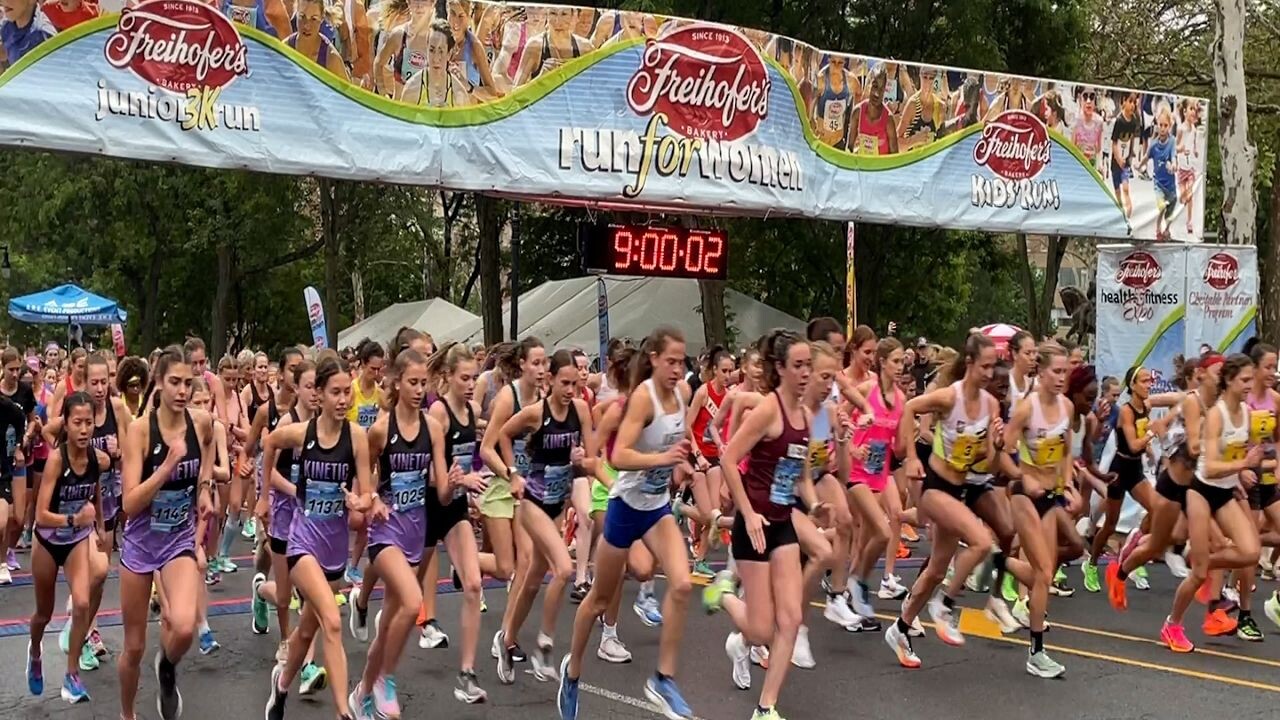
Freihofer’s Run for WomenTop finishers
1. Keira D’Amato, 15:41

2. Amy Davis-Green, 15:45
3. Jessie Cardin, 15:51
4. Anne-Marie Blaney, 15:57
5. Regan Rome, 16:39
6. Whitney Macon, 16:47
7. Emma Eastman, 16:54
8. Annmarie Tuxbury, 17:00
9. Kathryn Munks, 17:02
10. Amanda Chambers, 17:30
Masters division (40 & over)
1. Sascha Scott, 19:04
2. Meg Versteegen, 19:13
3. Margaret McMahon, 19:38
(06/01/2024) Views: 499 ⚡AMPby Mark Singelais
Freihofer's Run For Women
Freihofer's, a leading baker of wholesome products, is committed to fostering the growth and recognition of women in sports and inspiring all generations of women to experience the benefits of exercise and good nutrition. That's why we're proud to sponsor the annual Freihofer's Run for Women 5K -- one of the world's largest and most prestigious all-female road races. TheRace...
more...Betsy Saina, Diego Estrada win Amway River Bank Run 25K
Betsy Saina, now a back-to-back champ, crossed the finish line first to win the 47th annual Amway River Bank Run women’s 25K Saturday, followed by the record-breaking men’s winner Diego Estrada.
Saina finished with a time of 1:22:31.61. Estrada had a time of 1:13:09.51, breaking the American record. Each earned the $10,000 first prize and Saina got a $2,500 bonus for winning the ‘race within a race’ that pits the men against the women.
After winning the River Bank Run for the second year in a row, Saina said Grand Rapids has a special place in her heart.
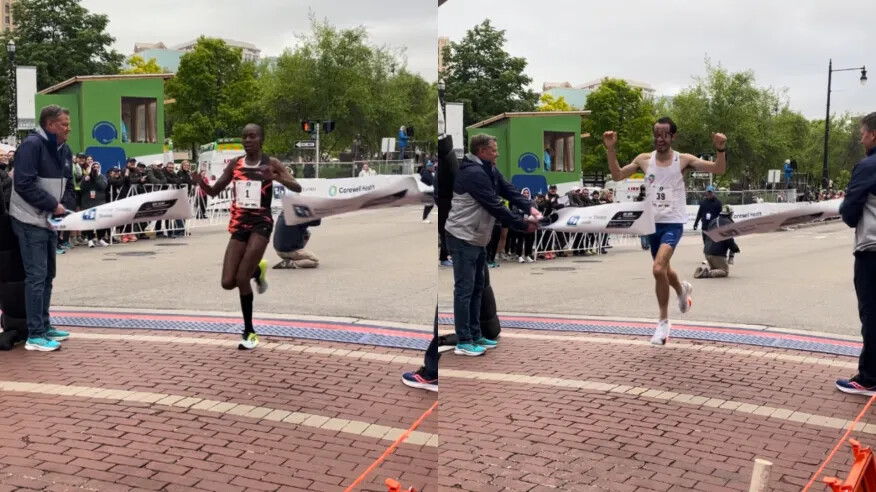
“Last year, when I came, I won the race, and I felt like it was a special place for me. Honestly, I love Grand Rapids. It’s one of the best cities I like to be in. The people are so nice. Everything is just so perfect for me. That is why I am here,” she said.
Saina, who has a 2-year-old boy, had a message for her fellow mothers.
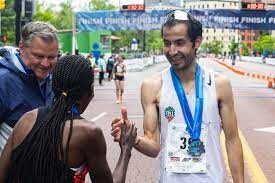
“I just want to let them know that no matter what, when you have a child, it’s not the end of the career, it is the beginning of it,” said Saina.
At this year’s race, Estrada broke the course record and set a new American record for the 25K. After finishing the race, Estrada fell at the finish line out of exhaustion.
“I was very exhausted. I made sure to put everything I had so there was nothing left in the reserves. So when I finished, I was like I hope it does not hurt because I’m going down,” said Estrada.
He said that he pushed himself hard during the last two miles of the race.
“Well, to be completely frank, when you are broke and this is how you eat, you can’t leave it up to chance,” said Estrada. “I knew I kind of had to suffer and put it down and that is what I did. I made a move.”
The 25K is the largest road race of its kind in the country and the national championship event for USA Track and Field. It has included the “race within a race” since 2015: The elite women get an 10:30 head start on the men to compensate for the average difference in finish times between sexes. If the women hold their lead and finish first, they win. If the men make up that difference and finish before the women, they win.
Tom Davis, from Fremont, Indiana, won the 25K handcycle race. He is a retired two-time Paralympian who started handcycling after he was injured while serving in Iraq.
“I started doing handcycling for therapy. A couple of years after that, I felt like God was telling me to get my bike out, start riding it, and race it and do it to glorify him. I did. It has been about eight years racing at the top level in the world,” said Davis. “I’m out here doing it for fun now.”
Miguel Jimenez-Vergara, from New Jersey, won the 25K wheelchair race. It was his first time participating in the Amway River Bank Run.
“It’s a really, really, really cool course. I have never done it before. It’s my first time coming out. It’s a really cool course with smooth roads and rolling hills. It was really cool,” said Jimenez-Vergara.
He plans to take part in the U.S. Paralympic Trials in Florida in July in hopes of joining the U.S. Paralympic Team this year in Paris.
(05/13/2024) Views: 466 ⚡AMPby Michael Oszust, Rachel Van Gilder
Amway River Bank Run
The Amway River Bank Run presented by Fifth Third Bank with Spectrum Health the Official Health Partner celebrates over 43 years. More than 16,000 people are expected to compete in the event which features the largest 25K road race in the country and offers the only 25K Wheelchair racing division in the world along with a 25K Handcycle division. The...
more...Fiona O’Keeffe, Emily Sisson, and Dakotah Lindwurm to headline New York Mini 10K
Fiona O’Keeffe, Emily Sisson, and Dakotah Lindwurm to headline world’s original women-only road race, which has garnered more than 200,000 finishers since 1972.
New York Road Runners (NYRR) has recruited the 2024 U.S. Olympic Women’s Marathon Team – Fiona O’Keeffe, Emily Sisson, and Dakotah Lindwurm – to headline its Mastercard® New York Mini 10K taking place Saturday, June 8 in Central Park.
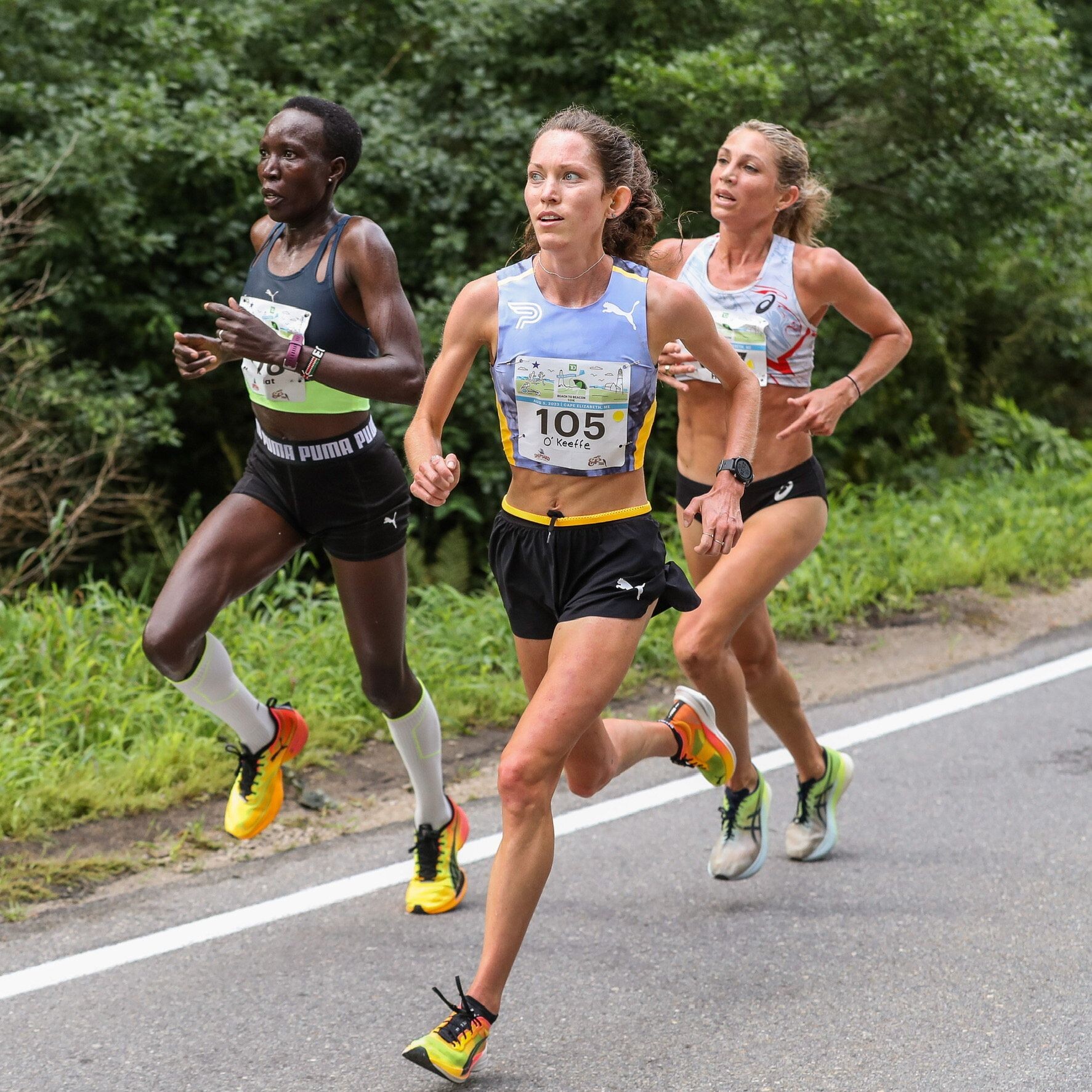
O’Keeffe won the 2024 U.S. Olympic Marathon Trials in February with an event record in her 26.2-mile debut and will now make her NYRR race debut. O’Keeffe joined the professional ranks in 2021 after a decorated career at Stanford University, where she was a six-time NCAA All-American.
“I’m excited to step to the line of my first road race since the U.S. Olympic Marathon Trials at the Mastercard New York Mini 10K on June 8,” O’Keeffe said. “It’s my first time running the Mini and I’m looking forward to running alongside a great group of women, some of whom I’ll be seeing in Paris later this summer.”
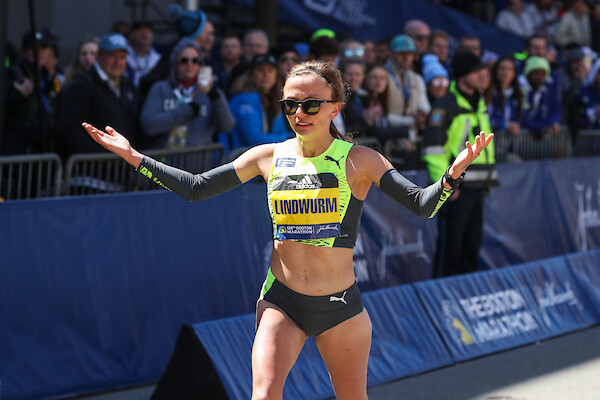
Sisson, the American record-holder in the marathon, finished runner-up at the U.S. Olympic Marathon Trials to qualify for her second Olympics and first in the 26.2-mile distance. She is a six-time national champion and has been successful in New York, finishing as runner-up at the United Airlines NYC Half twice and winning the USATF 5K Championships. Sisson was fourth at last year’s Mastercard® New York Mini 10K.
“The Mastercard New York Mini 10K is one of those special races that I always have circled on my calendar,” Sisson said. “Although my summer will look a little different this year with a marathon in Paris in August, I wouldn’t miss the chance to race with New York Road Runners in Central Park with my Olympic teammates and thousands of women from around the globe.”
Lindwurm finished third at the U.S. Olympic Marathon Trials and first gained notoriety after winning back-to-back titles at the Grandma’s Marathon in 2021 and 2022. Her highest finish at an NYRR race previously was sixth place at the 2023 United Airlines NYC Half.
“I’m really excited to join my Olympic teammates Fiona and Emily for the Mastercard New York Mini 10K,” Lindwurm said. “I’ve heard great things about the Mini my entire career, but it’s never quite worked with my racing and training schedule. This year, it works as a great step toward the starting line in Paris.”
New York Road Runners started the Mini 10K in 1972 as the first women-only road race, known then as the Crazylegs Mini Marathon. Seventy-two women finished the first race, and three weeks later Title IX was signed into law, guaranteeing girls and women the right to participate in school sports and creating new opportunities for generations of female athletes.
The Mastercard® New York Mini 10K is now one of non-profit NYRR’s 60 adult and youth races annually and has garnered more than 200,000 total finishers to date.
The 2024 Mastercard® New York Mini 10K will offer $39,500 in total prize money, including $10,000 to the winner of the open division.
Mastercard® will serve as title sponsor of the event for the fourth year, and as part of its ongoing partnership with NYRR will also serve as the presenting sponsor of professional women’s athlete field.
The event will be covered locally in the tri-state area by ABC New York, Channel 7 with live news cut-ins. The professional race will be covered by a livestream, distributed by ESPN+, abc7ny.com, and NYRR’s digital channels beginning at 7:40 a.m. ET.
The full professional athlete field for the Mastercard® New York Mini 10K will be announced later this month.
(05/09/2024) Views: 529 ⚡AMPby Running USA
New York Mini 10K
Join us for the NYRR New York Mini 10K, a race just for women. This race was made for you! It’s the world’s original women-only road race, founded in 1972 and named for the miniskirt, and it empowers women of all ages and fitness levels to be active and to look and feel great on the run. Every woman who...
more...Mu, Moraa and Hodgkinson confirmed for 800m clash in Eugene
Athing Mu, Mary Moraa and Keely Hodgkinson – the three women who’ve claimed the 800m medals at the past two World Championships – will clash at the Prefontaine Classic when the Wanda Diamond League reaches Eugene on 25 May.
Mu won in Eugene last year when Hayward Field hosted the Wanda Diamond League Final. Having finished third at the World Championships three months prior, the Olympic champion gained revenge on home soil and kicked to victory in a US record of 1:54.97.
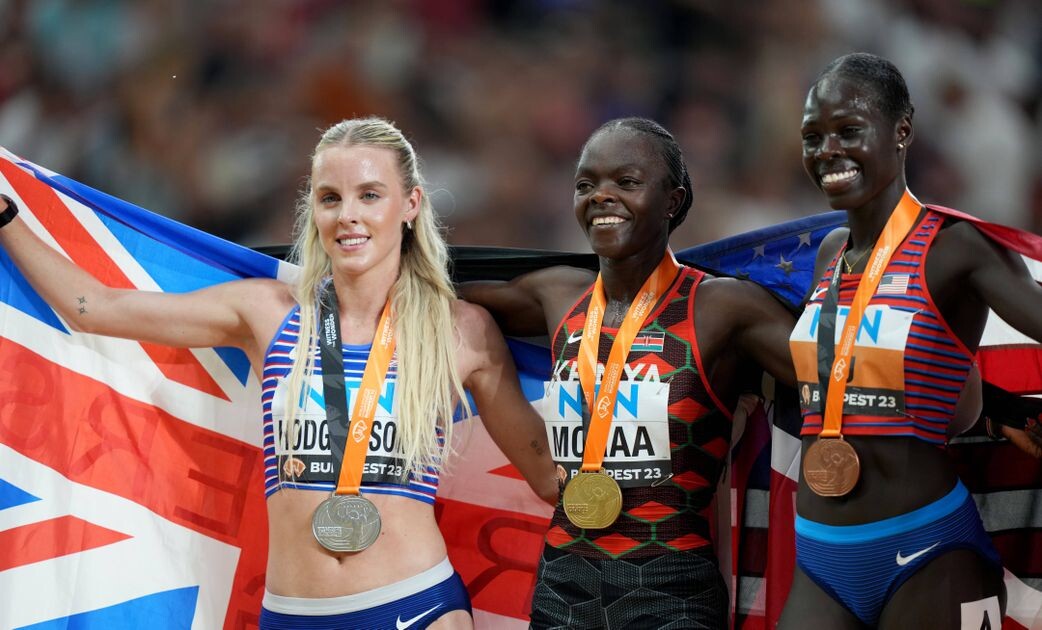
Hodgkinson – as she had done at the Olympics in 2021, as well as at the 2022 and 2023 World Championships – finished second on that occasion in a British record of 1:55.19.
Moraa wound up fourth in that race, but the Kenyan had won the biggest prize of the year in Budapest, taking the world title in a PB of 1:56.03.
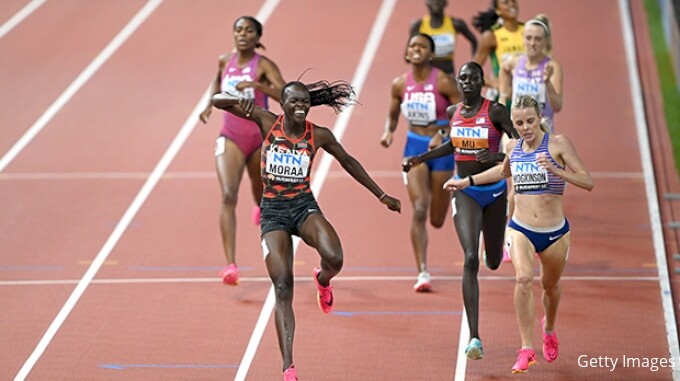
The trio have clashed just three times in the past, with Mu coming out on top in two of those encounters.
It’s the second big middle-distance clash announced by the Prefontaine Classic, following the news last month that Olympic 1500m champion Jakob Ingebrigtsen will take on world champion Josh Kerr and North American record-holder Yared Nuguse in the Bowerman mile.
(04/11/2024) Views: 389 ⚡AMPby World Athletics
Prefontaine Classic
The Pre Classic, part of the Diamond League series of international meets featuring Olympic-level athletes, is scheduled to be held at the new Hayward Field in Eugene. The Prefontaine Classicis the longest-running outdoor invitational track & field meet in America and is part of the elite Wanda Diamond League of meets held worldwide annually. The Pre Classic’s results score has...
more...Hillary Bor Smashes His American Record at Cherry Blossom 10-Miler
Ugantda's Sarah Chelangat (51:14) broke the women's course record as American Emily Durgin (51:26) ran fast to finish second.
Two-time Olympic steeplechaser Hillary Bor enjoyed a triumphant return to the nation’s capital, winning his second consecutive USATF 10-mile championship title this morning at the Credit Union Cherry Blossom 10-Miler and lowering his own national record by a healthy 15 seconds in the process. Bor, 34, who was coming off of a strong half-marathon debut in New York City three weeks ago, finished third overall behind Kenyans Wesley Kiptoo (45:54) and Raymond Magut (45:55), clocking 45:56. Another American, Nathan Martin, also ran under Bor’s previous record of 46:11, stopping the clock at 46:00.
“Last year when I ran this race I ran 46:11 and it shows the fitness,” Bor told Race Results Weekly while wrapped in an American flag. “I went to Rabat for my steeplechase. I broke my foot and still ran 8:11. Last summer I was really, really struggling with the injury; I was just rehabbing from June to September.”
But today Bor –who represents Hoka, and like last year wore bib 13– felt healthy mile after mile. In cool and sunny conditions he was in the lead pack of seven at 5-K (14:14), and was the race leader at 10-K (28:36) where eight men remained in contention for the overall title including Kiptoo, Magut, Kenya’s Shadrack Kimining, and Americans Teshome Mekonen and Biya Simbassa. The leaders were averaging 4:38 per mile, but Bor felt the pace slow a little bit past the 10-K mark.
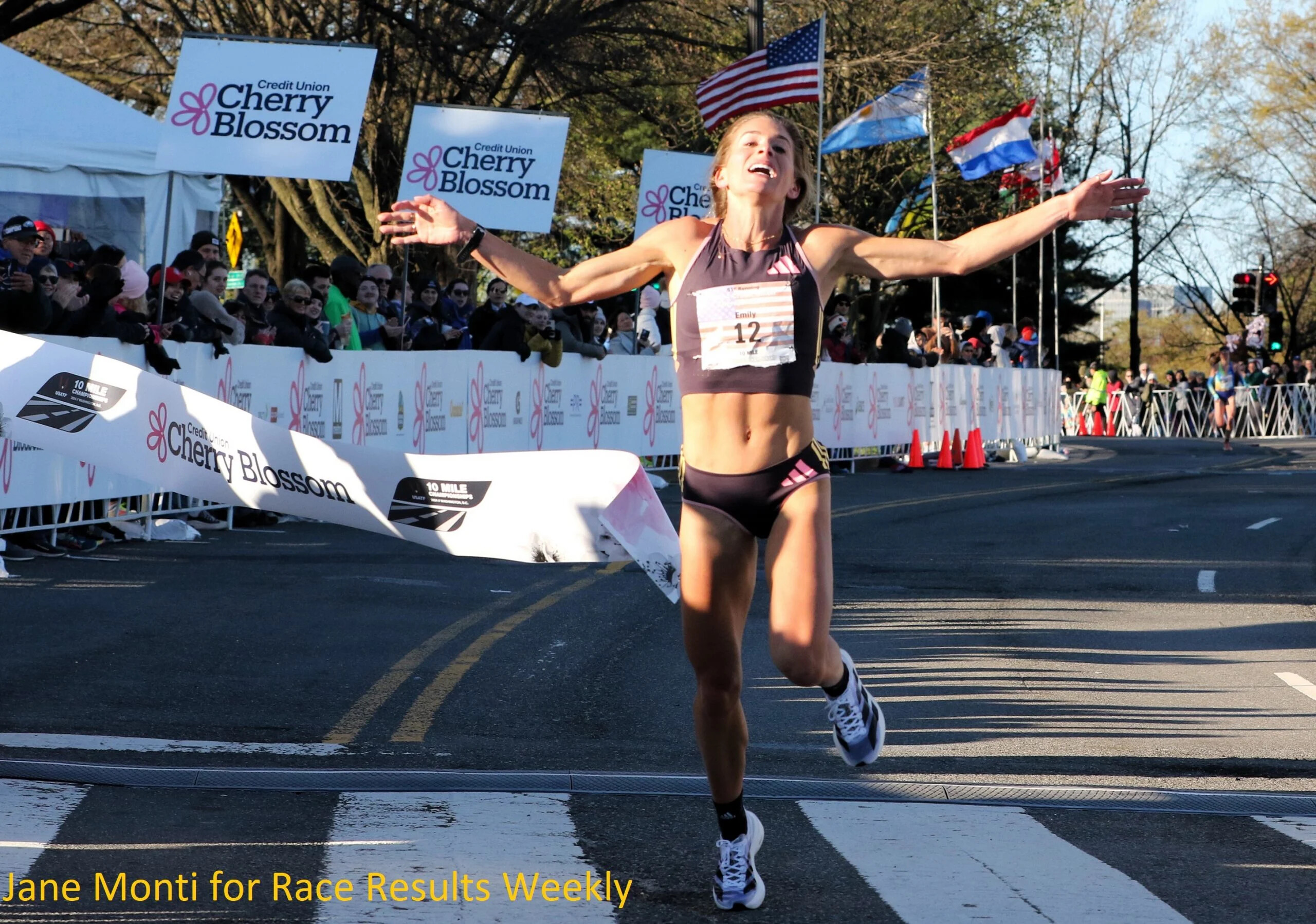
“Between 10-K and 15-K, we slowed down,” Bor continued. “We kind of wait and look at each other.”
With less than a mile to go, four men still had a chance for the win: Bor, Kiptoo, Magut and Martin. The race wouldn’t sort itself out until the final 800 meters where the course goes uphill, turns left, then goes back downhill for the finish line adjacent to the Washington Monument. Bor thought he could take the overall win, but Kiptoo had other ideas.
“The last 800 I was just kind of waiting,” said Kiptoo, who runs for Hoka Northern Arizona Elite. “I was like, everybody is making a move and I was like just good to wait until that last 600, and that’s where I knew I was going to win.”
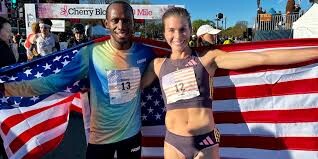
Kiptoo streaked to the finish line to take the overall title, but only had a second on Magut and two seconds on Bor in the end. On the financial front Bor was the big winner, earning $10,000 for the USATF title and another $2,000 for finishing third overall. Kiptoo earned $6,000 for the overall win plus a $1,000 bonus for running sub-46:00. Magut won $3,750 for finishing second overall and running sub-46:00 (time bonuses were only available for the first and second place finishers).
“The fitness is there,” said Bor, who will move back to the track where he hopes to make his third consecutive Olympic team in the steeplechase. “Ten miles has been good to me.”
Today’s race was bittersweet for Martin. The 34-year-old, who finished seventh at the Olympic Trials Marathon in February, ran an excellent race, breaking the national record, but still ended up second in the national championships.
“I was going for the win,” Martin told Race Results Weekly. “A mile to go I tried to take off and gap people and it didn’t work out. But, it was an awesome time.”
In the separate early-start elite women’s race, Uganda’s Sarah Chelangat repeated as overall champion in a new course record of 51:14. The 22-year-old led from gun to tape, and her time was a whopping 50 seconds faster than last year. She earned a total of $7,000: $6,000 for the win and $1,000 for breaking 52 minutes. She said that she had come to win.
“I’m happy,” said Chelangat, who represents Nike. “It is hard when you are running alone, but I’m happy because I won the race.”
Behind her, American Emily Durgin was running the race of her life. Durgin, 29, who represents adidas, moved from a chase pack of three at 10-K (31:45), where she ran with Ethiopians Kasanesh Ayenew and Tegest Ymer, to running alone by the final mile. She was too far behind Chelangat at 15-K to try for the overall win, but she kept pushing because she wasn’t sure if Rachel Smith (Hoka), the recently crowned USA 15-K champion, was catching up.
“The last mile I was more like, I hope Rachel doesn’t come from behind again,” Durgin said, referring to the USA 15-K Championships on March 2 where Durgin finished third. “At that point I was still trying to maintain a good time, and coming into this race I was like, I really want to win a national title, but I also wanted to run a fast time.”
Indeed she did. Durgin’s time of 51:26 was only three seconds slower than Keira D’Amato’s USATF record for an all-women’s race set in 2020 at a special event here in Washington during the pandemic.
“If I ended up second here today and still ran fast I was going to be happy with it,” Durgin continued. “Thankfully, I think I gapped Rachel enough so she wasn’t able to out-kick me this time.”
(04/08/2024) Views: 504 ⚡AMPby David Monti
Cherry Blossom Ten Mile Run
The Credit Union Cherry Blossom is known as "The Runner's Rite of Spring" in the Nation's Capital. The staging area for the event is on the Washington Monument Grounds, and the course passes in sight of all of the major Washington, DC Memorials. The event serves as a fundraiser for the Children's Miracle Network Hospitals, a consortium of 170 premier...
more...Gebreselama and Fisher win as records fall in San Juan Capistrano
Tsigie Gebreselama set a US all-comers' record to win the women’s 10,000m, while Grant Fisher topped a deep men’s race to triumph at The TEN, a World Athletics Continental Tour Silver event, in San Juan Capistrano, California, on Saturday (16).
Hitting the Olympic standards for Paris – 27:00.00 for men and 30:40.00 for women – was the aim for many athletes in San Juan Capistrano. A total of eight athletes managed it in the men’s race and four achieved it in the women’s.

Leading the way in that women’s race was Ethiopia’s world cross country silver medallist Gebreselama, who improved her PB to 29:48.34 to move to ninth on the world all-time list.
The 23-year-old won the Ras Al Khaimah Half Marathon in a PB of 1:05:14 three weeks ago and returned to the track to dip under 30 minutes for 10,000m for the first time, also becoming the first woman to break that time barrier on US soil.
Gebreselama, the fourth-place finisher in the World Road Running Championships half marathon in October, had been the only athlete to go with USA’s Alicia Monson from the start but when Monson struggled to maintain the pace, Gebreselama took over at the front and Monson later dropped out.
Chasing the Olympic standard in a group further back, USA’s Weini Kelati led the way and clocked a PB of 30:33.82 to finish second. She was followed by Lauren Ryan, who ran 30:35.66 to improve Benita Willis’s 20-year-old Australian record, and Britain’s Megan Keith, who ran 30:36.84 on her 10,000m debut.
Rachel Smith finished fifth in 31:04.02 and Karissa Schweizer sixth in 31:04.80.
In the men’s race, North American record-holder Fisher led one of the deepest 10,000m races in history as he sprinted into the lead in the closing stages to win in 26:52.04.
His 21-year-old US compatriot Nico Young followed him over the finish line in a US collegiate record of 26:52.72 and the next six were also under the Olympic entry standard.
Andreas Almgren ran a Swedish record of 26:52.87 to finish third, while Canada’s Mohammed Ahmed was fourth in 26:53.01, Eritrea’s Habtom Samuel was fifth in a PB of 26:53.84, Adriaan Wildschutt was sixth in a South African record of 26:55.54, USA’s Woody Kincaid was seventh in a PB of 26:57.57 and Kenya’s Edwin Kurgat was eighth in a PB of 26:57.66.
(03/17/2024) Views: 431 ⚡AMPThe Ten
The world's fastest 10,000m races each year have taken place in a sleepy little coastal town in southern California. More national records were broken in 2022 than any other race on the planet as the best in the western hemisphere launched into rarified zones of time and space. The best return to San Juan Capistrano this year to cap off...
more...Brigid Kosgei sets lofty ambitions at Lisbon Half Marathon as big bonus awaits
Kenya’s Brigid Kosgei is keen to make history at the Lisbon Half Marathon on Sunday as she seeks to use the race to tune up for next month’s London Marathon.
Kenya’s Brigid Kosgei is keen to break her half marathon personal best during the Lisbon Half Marathon on Sunday.
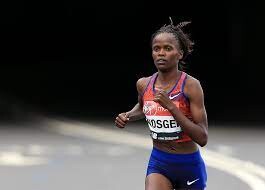
The former marathon world record holder is using the Lisbon Half Marathon to gauge her level of preparedness for the London Marathon set to take place on April 21 and she feels she can lower her half marathon personal best of 1:04:49.
"I'm really happy to be here again. I wanted to run this race because I want to test my speed for London Marathon in April,” Kosgei said on Friday.
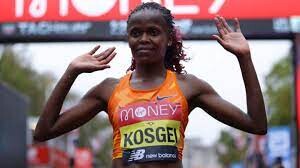
“I come here to see how my body respond. I'm feeling good, I'm happy, did a good preparation. The course is very fast and I hope to have a good race on Sunday. If the weather is good, I will try to break my personal best in half marathon.”
The 30-year-old is no stranger to the Portuguese capital having won the 2016 Lisbon Marathon but she will come up against a stellar field on Sunday, in want has been termed the fastest half marathon in the world.
Seeking to upstage her is compatriot Vivian Cheruiyot, the 2018 London Marathon champion, whose last race was the Valencia Marathon in 2019 when she finished fourth.
There are also Kenyans Betty Chepkemoi, Pauline Esikom and Vivian Melly, Ethiopia’s Bosena Mulatie, fourth at the 2023 Istanbul Half Marathon and Senayet Getachew, the 2023 Junior World Cross-Country champion, who will be keen to upstage her.
The men’s field has attracted 10 athletes with the best marks under one hour. Abraham Kiptum will be returning and he is the biggest highlight, with a personal best of 59.09.
He will face a stern test from Ethiopians Solomon Berihu (59.17) and Dinkalem Ayele (59.30), but also compatriots Brian Kwemoi and Bravin Kipkogei Kiptoo (both with 59.37).
American Leonard Korir, third in the last month's US Olympic Marathon Trials, will also be in the race.
Korir achieved the needed spot in the podium, but not the time to guarantee the place in Paris. That's why he chose Lisbon to try to run a fast time, and maybe break the American record (59:43).
"I heard so many good things about the race, I heard that it's super fast. There were some guys that run fast here, like Jacob Kiplimo. I wanted to run something faster, and I told myself 'let me try to go to Lisbon',” said Korir.
“I heard the organisation is very good, the course is very nice. I just want to see if I can run a quick time, to see how my body feels before running a marathon in the near future,” added the 37-year-old American.
Lisbon Half Marathon oragnisers have set aside a €150,000 (Ksh22,044,775) bonus for new world records with the times to beat being 57:31 set by Ugandan Jacob Kiplimo, at this same race in 2021, and 1:02:54 by Ethiopian Letesenbet Gidey in Valencia.
(03/16/2024) Views: 533 ⚡AMPby Joel Omotto
EDP HALF MARATHON OF LISBON
EDP Lisbon Half Marathonis an annual internationalhalf marathoncompetition which is contested every March inLisbon,Portugal. It carries World Athletics Gold Label Road Racestatus. The men's course record of 57:31 was set byJacob Kiplimoin 2021, which was the world record at the time. Kenyanrunners have been very successful in the competition, accounting for over half of the total winners, withTegla Loroupetaking the...
more...The TEN Preview: Nico Young Debuts, Alicia Monson Chases AR, and Karissa Schweizer Returns
Saturday night’s races at The TEN in San Juan Capistrano, Calif., will play a significant role in determining who gets to represent the United States in the 10,000 meters at this summer’s Olympics in Paris. The 2024 Olympic auto standards are incredibly tough — only three Americans have ever run under the 27:00.00 men’s standard and only five Americans have hit the 30:40.00 women’s standard — and you can count the number of world-class track 10,000-meter races each year on one hand. That’s why Grant Fisher, Nico Young, Woody Kincaid, Joe Klecker, Abdihamid Nur, Alicia Monson, Karissa Schweizer, Emily Infeld, Weini Kelati, and many more will be heading to SoCal Saturday night.
Since its first edition in 2021, The TEN has become the place for Americans to run a fast 10,000. Fisher set the men’s American record here in 2022 while Monson set the women’s American record here in 2023 and will be looking to repeat the feat in 2024.
To watch the main events, you’ll have to stay up late — the top heat of the women’s 10,000 does not start until 11:58 p.m. ET with the men to follow at 12:35 a.m. ET. Before then, we’ll get appetizer with the men’s 1500 (10:05 p.m. ET), which features Olympic medalists Matthew Centrowitz and Evan Jager kicking off their 2024 seasons.
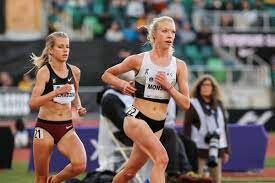
Matthew Centrowitz and Evan Jager have seen it all in running. They both graduated from high school in 2007 and made their first US teams as young guns — Jager as a 20-year-old in 2009, Centro at 21 in 2011. For much of the 2010s, they were among the very best in the world in their events, with Centro bringing home a gold medal from the 2016 Olympics and Jager a silver. Now Centro (34) and Jager (35) are the elder statesmen, trying to fend off a host of younger rivals and make one last Olympic team in Paris.
Both men will run their 2024 outdoor openers in the 1500 on Saturday (Centro did run a 3:59 indoor mile on January 27 while Jager ran the first 4k of a 5k in Boston on February 16 before dropping out). Which means it’s time for one of our favorite games: how fast (or slow) will Centro run?
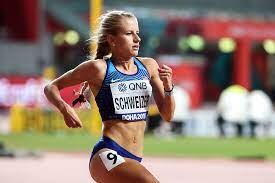
Throughout his career, Centrowitz has established himself as one of America’s greatest ever milers by delivering when it counts. He made every US team from 2011 through 2021 and won three outdoor medals as well as the 2016 World Indoor title. Yet in the latter years of his career, Centro thrown out some stinkers to begin his seasons before working his way into shape. In 2021, he opened with a 3:40 1500 on March 6 followed by a 1:50 800 on April 10 but ended the year running a 3:49 mile and making the Olympic team. Last year, he went to Australia and ran 1:56 for 800 on February 11 and 4:06 for the mile on February 23 but was running 3:36 for 1500 by May and eventually made the US final (though he only finished 10th).
So if Centro runs poorly here, it’s not cause for total panic. Heck, the fact that both he and Jager — who missed most of the 2023 campaign with a foot injury — are healthy enough to be racing is a promising sign. But the American 1500 scene is also more competitive than when Centro last made a team in 2021. Tactically, there is no better US racer than Centro, but he’s up against a group of young studs that includes three medalists from this year’s World Indoors (Yared Nuguse, Cole Hocker, Hobbs Kessler) and a trio of NCAA champions from the University of Washington (Luke Houser, Joe Waskom, Nathan Green). Nuguse is the oldest of that group at 24 — a full decade younger than Centro. Centrowitz is facing an uphill battle to make Olympic team #4 but if he can run 3:36 or 3:37 here and stay healthy for the next three months, he could still have a shot.
As far as the man most likely to win here, Sweden’s Samuel Pihlström ran 3:35 in February and just finished 8th at World Indoors.
Women’s 10,000 (11:58 p.m. ET): Alicia Monson tries to become the first US woman under 30:00 as Karissa Schweizer returns.
Unlike almost every other athlete in this meet, Alicia Monson already has the Olympic standard thanks to the 30:03 American record she ran here last year. So why is she back for another crack?
Monson laid it all out in an interview with LetsRun.com back in December:
Basically, it was just what can we do that would make me feel the most ready for the Olympics? And I feel like that’s running a sub-30:00 10k. I guess the plan would be to break the American record again, but really it’s how fast can I run to feel the most prepared? Because obviously I’m running against people who can run very fast and [I need to] be prepared to run at a pace that feels easy to them and then kick off of it.
Monson was still with the leaders at the bell at last year’s World Championships and her 5th-place finish was the best of her career in a global final. But she finished nearly four seconds out of the medals and the competition will be fierce in Paris. The last three global 10k champions — Sifan Hassan (29:06 pb), Letesenbet Gidey (29:01 pb), and Gudaf Tsegay (29:29 pb) — occupy three of the top four spots on the all-time 10,000m list. The slowest of them, Tsegay, still has a pb 34 seconds faster than Monson’s.
(03/15/2024) Views: 527 ⚡AMPby Jonathan Gault
The Ten
The world's fastest 10,000m races each year have taken place in a sleepy little coastal town in southern California. More national records were broken in 2022 than any other race on the planet as the best in the western hemisphere launched into rarified zones of time and space. The best return to San Juan Capistrano this year to cap off...
more...Confirmed! When serial track rivals Josh Kerr and Jakob Ingebrigtsen will face off
The date when a showdown between 1500m Olympic champion Jakob Ingebrigtsen and 2023 1500m world champion Josh Kerr has been confirmed.
Serial track rivals Josh Kerr and Jakob Ingebrigtsen have both been confirmed as headliners for the Bowerman Mile at the Prefontaine Classic, the fourth leg of the Diamond League Meeting series happening in Eugene, USA on May 25.
The duo has been known to attack each other with the two-time World 5000m champion from Norway also attacking the Scot most of the time.

The Norwegian, from time to time has been on record, trash-talking his rivals including Kerr and he once referred to him as the guy next door.
In his recent interview Speaking to the UK Times, Ingebrigtsen noted that he believes his competitors are irrelevant and very inconsistent when it comes to the sport.
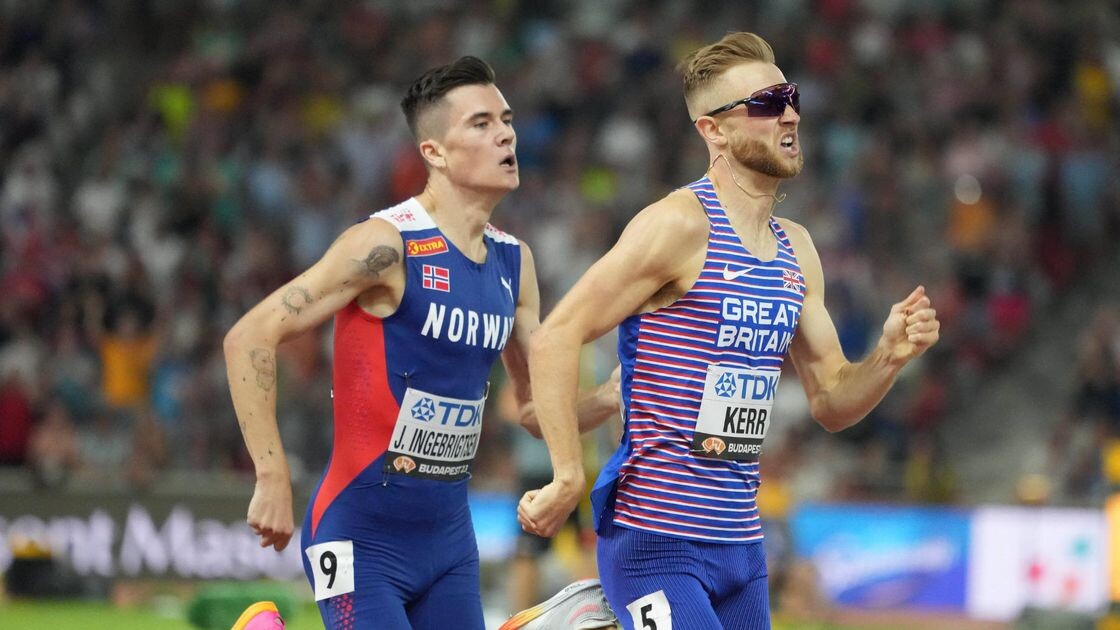
“I’m going to say my competitors are irrelevant in the way I see them all the same. One of the main issues is they are very inconsistent and that means my rivals are always changing.
“From 2017 I have had ten to 12 different rivals. It’s easier for them to have a rival in me but not as easy for me to have a rival in them,” Ingebrigtsen said.
After the Scot broke the two-mile indoor world record, the World 1500m silver medallist also made fun of him and noted that he would have beaten him blindfolded.
“I would have beaten him in that race, blindfolded… But it’s good that people run better than they have done before,” Ingebrigtsen said.
The duo now clashes at the Prefontaine Classic and Kerr will be debuting at the event. U.S. indoor and outdoor mile record holder Yared Nuguse will also be in the mix.
In last year’s race, Ingebrigtsen battled to the finish line with Nuguse with the Norwegian star winning in 3:43.73. Nuguse took nearly three full seconds off Alan Webb’s American record with a 3:43.97.
(03/12/2024) Views: 375 ⚡AMPby Abigael Wuafula
Elle St. Pierre Upsets World Record-Holder to Win First World Championship Title
A year after giving birth, St. Pierre won gold in the 3,000 meters at the World Indoor Championships.
On Saturday, March 2, Elle St. Pierre threw down an electrifying kick to beat two-time world champion Gudaf Tsegay for gold at the 2024 World Indoor Championships. Running for Team USA, St. Pierre won the women’s 3,000 meters in 8:20.87, breaking the American record and championship record. Ethiopia’s Tsegay finished second in 8:21.13, and Beatrice Chepkoech ran a Kenyan national record when she placed third in 8:22.68, rounding out the podium of a thrilling race at Commonwealth Arena in Glasgow, Scotland.
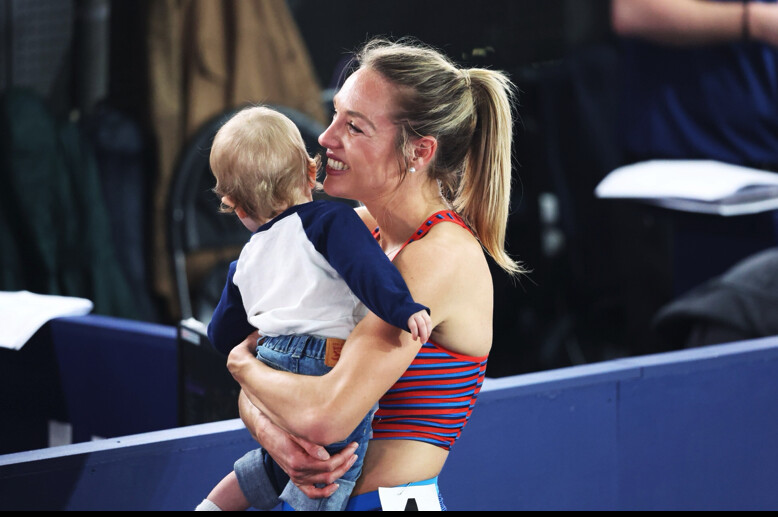
The event began with Tsegay setting an aggressive early pace. With the 5,000-meter world record-holder out in front, Chepkoech, St. Pierre, and Jessica Hull of Australia followed. Running patiently, St. Pierre maintained contact in fourth place for much of the race. Together, the pack passed through the first 1600 meters in 4:29.
By 2,000 meters, the top four created a gap between the rest of the field. With two laps remaining, Tsegay attempted to break away from her rivals but she couldn’t shake Chepkoech and St. Pierre, who looked ready to strike at any moment.
At the bell, St. Pierre began to make her move to the front. To the cheers of a roaring crowd, the 29-year-old passed the Olympic bronze medalist on the homestretch. St. Pierre is the first American in history to win gold in the event. She is now No. 3 on the world all-time list two years after earning silver at the 2022 World Indoor Championships.
“It’s a dream come true,” St. Pierre told reporters after the race. “I don’t think it’s fully sunk in quite yet, but it feels amazing to be here with my family and my teammate, Emily [Mackay], and my coach in Scotland.”
In the mixed zone, St. Pierre said she expected a fast race but knew she could use her miler speed to close well if she put herself in position with the leaders, and that’s exactly what she did.
The victory took place two days before her son, Ivan, celebrates his first birthday. St. Pierre said not racing much last summer allowed her to build up mileage, resulting in a stunning postpartum comeback. “Having a baby has only made me stronger,” she said.
St. Pierre’s increased strength was evident three weeks prior to the World Championships. At the 2024 Millrose Games on February 11, the two-time world indoor medalist broke her own American record when she won the women’s Wanamaker mile in 4:16.41.
With the 2024 Paris Olympics fast approaching, St. Pierre looks poised to make a major leap from her 10th-place finish in the 1500 meters at the Tokyo Games.
(03/03/2024) Views: 732 ⚡AMPNoah Lyles signs record-setting contract with Adidas
The world 100m and 200m champion, Noah Lyles, has signed a record-setting deal with Adidas that will run through the L.A. 2028 Olympics. The exact dollar figures have not been disclosed, but it has been dubbed the richest contract in track and field since the retirement of Usain Bolt.
Bolt’s contract with Puma in 2013 was estimated at around $10 million a year, and the deal took him to the end of his career, in 2017. Lyles’s new contract is likely in the ballpark.
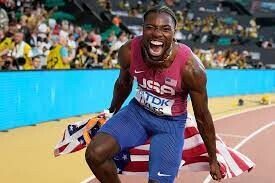
Adidas has been Lyles’s sponsor since the 2016 U.S. Olympic Trials, when he finished fourth in the men’s 200m as a high school senior. Lyles has since become the world’s most dominant sprinter, winning three consecutive World Championships titles over 200m, breaking the 26-year-old American record in 2022 (19.31 seconds) and winning all three sprint gold medals in the 100m, 200m, and 4x100m relay at the 2023 World Athletics Championships in Budapest. He is only the fifth man to accomplish that feat, and the first since Bolt at the 2015 World Championships in Beijing.

“When I first signed with Adidas in 2016 along with my brother, Josephus, it was like a dream come true for us,” Lyles said in a press release. “Today is just a continuation of that childhood dream.” Lyles shared his vision of achieving all he can on and off the track, and his goal to make a change for future generations. “This is what drives me,” he said.
Lyles has had a fast start to the 2024 season, clocking a new personal best of 6.45 at the New Balance Grand Prix earlier this month, then following up his performance with a 60m win at the U.S. Indoor Track and Field Championships in a world-leading 6.43 seconds, beating his compatriot and former 100m world champion Christian Coleman.
The 26-year-old is the favourite to win gold in the 100m and 200m at this summer’s Paris Olympics. (He has yet to win an Olympic gold medal.) He won bronze in the men’s 200m in Tokyo, losing to Canada’s Andre De Grasse and American Kenny Bednarek.
Along with Adidas, Lyles also has partnerships with Omega Watches, Celsius Fitness Drinks, Comcast and Visa.
(02/27/2024) Views: 916 ⚡AMPby Marley Dickinson
Wins for Geleta and Gebru as records fall in Seville
Ethiopia’s Deresa Geleta ran a world-leading course record of 2:03:27 to move into the top 20 on the men’s world marathon all-time list while his compatriot Azmera Gebru won the women’s race in 2:22:13 at the Zurich Maraton de Sevilla, a World Athletics Elite Label road race, on Sunday (18).
Record breaking was the theme of the day, with eight national records set as athletes chased qualification times for the Olympic Games in Paris in August.
A total of 12 men dipped under 2:08 and 14 women went sub-2:25.
Three of those national records were achieved by the athletes who next followed Geleta over the finish line: runner-up Morhad Amdouni of France, who clocked 2:03:47; third-place finisher Gashau Ayale of Israel, who ran 2:04:53, and Yemaneberhan Crippa of Italy, who finished fourth in 2:06:06.
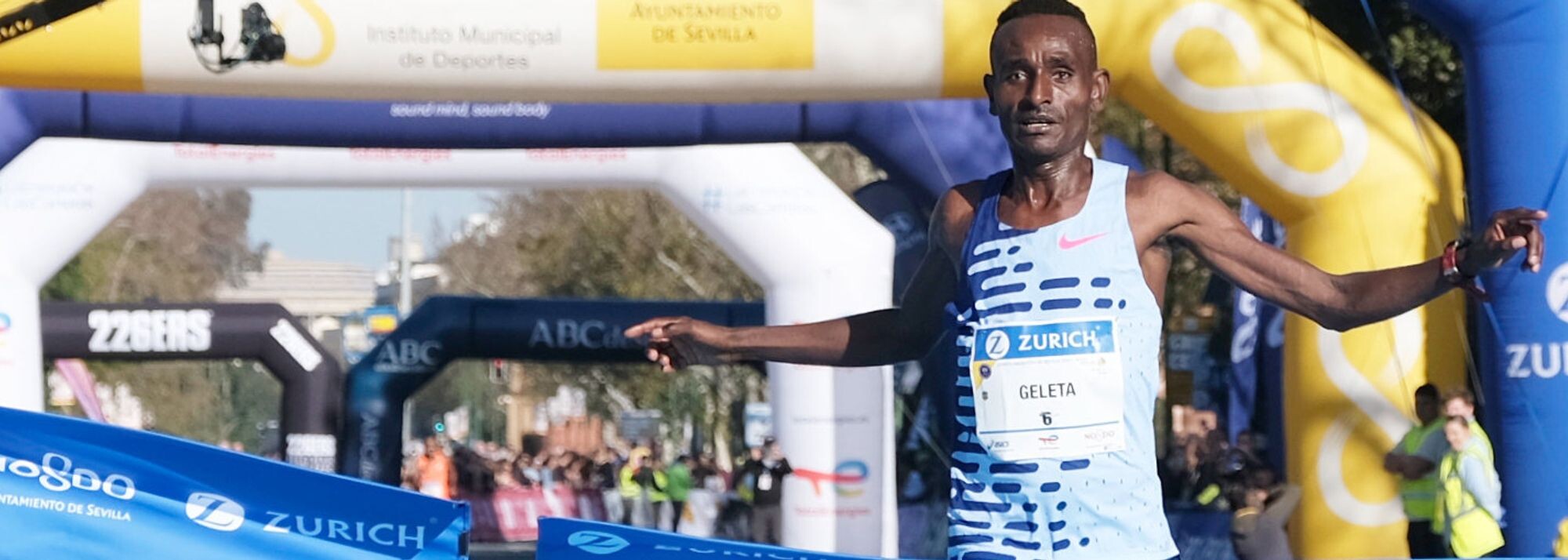
Behind Gebru, the runner-up spot in the women’s race was secured by Josephine Chepkoech in a PB of 2:22:38, while her Kenyan compatriot Magdalyne Masai was third in 2:22:51.
The men’s race started fast and the leaders reached 10km in 29:02 before the front group of nine passed the half marathon mark in 1:01:49 – 42 seconds inside course record pace.
The pacemakers dropped out at around 25km and Geleta made a move. He was chased by a group of five athletes and by 30km Amdouni had closed the gap. They ran together through that checkpoint in 1:27:44.
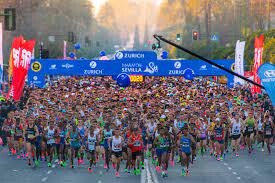
Geleta pulled away from Amdouni over the final 5km and won by 20 seconds in 2:03:27.
Further back, national records were also set by Sweden’s Suldan Hassan in ninth (2:07:36), Chile’s Carlos Martin Diaz del Rio in 18th (2:08:04) and Macedonia’s Dario Ivanovski in 20th (2:08:26).
Gebru was part of a six-strong women’s group that passed halfway in 1:11:22. At the two-hour mark, the race was down to three.
Gebru was the only athlete who could stick with the pacemaker over the following kilometers and she reached the 40km mark in 2:15:02.
She continued on to win in 2:22:13, 25 seconds ahead of Chepkoech. Masai finished a further 13 seconds back.
The record-breakers in the women’s race were Meline Rollin, who placed seventh in a French record of 2:24:12, and Argentina’s Florencia Borelli, who was eighth in a South American record of 2:24:18.
Prior to the race, a 42-second silence was held in tribute to marathon world record-holder Kelvin Kiptum, who died in a road traffic accident last weekend.
(02/19/2024) Views: 532 ⚡AMPby World Athletics
Zurich Marathon Sevilla
This urban, flat, fast and beautiful brand new race course will drive athletes through the most beautiful monuments of the city. Zurich Maraton de Sevilla brings the unique opportunity to brake the Best personal result over the mythical distance to all the athletes, professional or age groupers, in one of the most perfect international marathon circuits. This fast marathon takes...
more...ST. PIERRE'S MILE RECORD EARNS HER USATF ATHLETE OF THE WEEK HONORS
INDIANAPOLIS — Bettering her own American record* in the women's mile, Elle St. Pierre (Enosburg, Vermont/USATF New England) earned recognition as the 5th USATF Athlete of the Week award winner for 2024.In only her second track race since giving birth to a son last March, St. Pierre clipped almost a half-second off her own AR in the mile to win the Millrose Games in 4:16.41. She became the third fastest woman ever and her en route 1500 time of 4:00.34 puts her second on the all-time U.S. indoor performer list.St. Pierre, the 2022 World Indoor Championships silver medalist in the 3000 and an Olympian at Tokyo in the 1500, beat a star-studded field at Millrose, making a strong move with 300 to go to pass Australia's Jessica Hull and take the lead. Her final quarter-mile of 61.33 put away a group of women who behind her set four national records and eight lifetime bests. Other top performances from last week:
Grant Fisher lowered the American best in the men's 2 mile with an 8:03.62 to place second at the Millrose Games. He is now the No. 3 all-time world performer. En route, his 7:30.88 for 3000 moved him to No. 3 on the all-time U.S. performer list.

Alicia Monson lowered the American best in the women's 2 mile at the Millrose Games, placing third in 9:09.70. She is now the No. 5 all-time world performer.
Yared Nuguse won the men's mile at the Millrose Games in 3:47.83, the third fastest time ever indoors, and the second fastest by an American. His en route 3:33.43 for 1500 was the third fastest ever by an American.
Brandon Miller won the men's 600 at the Kirby Elite meet in Albuquerque in 1:14.03, making him the No. 2 all-time world performer.
Nia Akins won the women's 600 at the Kirby Elite meet in Albuquerque in a world-leading 1:24.32 to move to No. 8 on the all-time world performer list.
Grant Holloway continued his 10-year winning streak in the men's 60H with a 7.32 at the Liévin World Indoor Tour - Gold meet in France. He tied the fourth-fastest time ever and only one man besides him has ever run faster.
*All records subject to verification by the USATF Records Committee. Now in its 23nd year, USATF’s Athlete of the Week program is designed to recognize outstanding performers at all levels of the sport. USATF names a new honoree each week when there are high-level competitions and features the athlete on USATF.org. Selections are based on top performances and results from the previous week.2024 Winners: January 17, Weini Kelati; January 24, Cooper Teare; January 31, Nico Young; February 7, Fiona O'Keeffe; February 14, Elle St. Pierre.
(02/17/2024) Views: 435 ⚡AMP2024 USAFT Indoor Championships
With the exception of the Combined Events, which will be selected by World Athletics invitation, the 2024 USATF Indoor Championships scheduled for February 16 – 17, 2024 will serve as the selection event for Open athletes for the 2024 World Athletics Indoor Championships. All athletes are required to complete team processing in order to be eligible for selection to a...
more...World record holder Christian Coleman going for third victory at Millrose Games
World record holder Christian Coleman will be aiming for his third straight victory at the Millrose Games after bagging wins in 2022 and 2023.
World record-holder Christian Coleman will be seeking his third straight 60m victory at the Millrose Games, a World Athletics Indoor Tour Gold meeting in New York on Sunday, February 11.
Coleman will be opening his season at the event after a mixed 2023 season where he lost some races and emerged victorious in others.
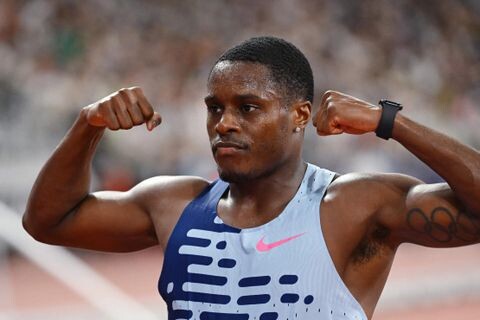
He completed his season at the Prefontaine Classic, the Diamond League final meeting where he stunned triple World Champion Noah Lyles.
At the Millrose Games, he will be up against Canada’s Olympic 200m champion Andre De Grasse, who has not run the 60m at Millrose since 2016.
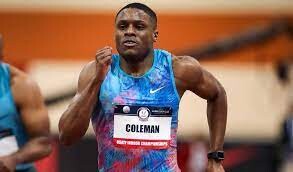
Jamaica’s Ackeem Blake, who set a PB of 6.45 in his first-ever indoor 60m race last weekend in Boston, should also prove to be a nightmare for the American.
Meanwhile, Tia Jones turned heads in Boston last week when she sped to victory in the 60m hurdles, clocking 7.72 – just 0.04 shy of the world indoor record.
At the Millrose Games, Jones will take on the likes of two-time world champion Danielle Williams, two-time world indoor champion Nia Ali, defending Millrose champion Devynne Charlton of The Bahamas, and NCAA champion Ackera Nugent of Jamaica.
Sprint sensation Julien Alfred is opening her season after an incredible 2023 campaign. The Saint Lucian star, who was undefeated last year in the 60m and 100m until placing fifth in the 100m at the World Championships in Budapest, will line up against Jamaicans Shashalee Forbes and Briana Williams and US contenders Tamara Clark and English Gardner.
In the men’s 60m hurdles, 2022 world silver medallist Trey Cunningham of the US, who is second on the world list, will take on a strong slate that includes 2023 world bronze medallist Daniel Roberts.
On her part, Alicia Monson broke the North American record in the 3000m last year at Millrose and is on a mission to win her third straight title on this track – with a record perhaps in a different event.
The two-mile distance is one more lap than 3000m and her ultimate goal is the continental record of 9:10.28. Monson will be in fast company with Olympic 1500m silver medalist Laura Muir of Great Britain, US mile record-holder Nikki Hiltz, and world U20 5000m champion Medina Eisa of Ethiopia.
World indoor silver medalist Elle St Pierre will vie for her third title in the women’s Wanamaker Mile with the race being a rematch between herself, and Jessica Hull of Australia, who won their showdown in the 3000m last week with an Oceanian indoor record.
Olympic 800m bronze medalist Raevyn Rogers, who contested the 400m last week in Boston, returns to her specialty at Millrose and will face Jamaica’s Natoya Goule-Toppin.
Noah Kibet and Bryce Hoppel, the world indoor silver and bronze medalists respectively, will clash in the men’s 800m.
(02/10/2024) Views: 476 ⚡AMPby Abigael Wuafula
NYRR Millrose Games
The NYRR Millrose Games,which began in 1908 as a small event sponsored by a local track club, has grown to become the most prestigious indoor track and field event in the United States. The NYRR Millrose Games meet is held in Manhattan’s Washington Heights at the New Balance Track & Field Center at the Armony, which boasts a state-of-the-art six-lane,...
more...These were the Fastest Shoes of the 2024 Olympic Marathon Trials
Asics, Puma, and Nike had a big day.
The city of Orlando witnessed some amazing performances under a blistering sun, with tickets to Paris at stake. When the dust settled after three loops, six brands placed among the top 10 men’s and women’s finishers. There was a time Nike ruled the roads, but Asics topped them in this year’s Olympic Trials Marathon, with two men and four women making my list below.
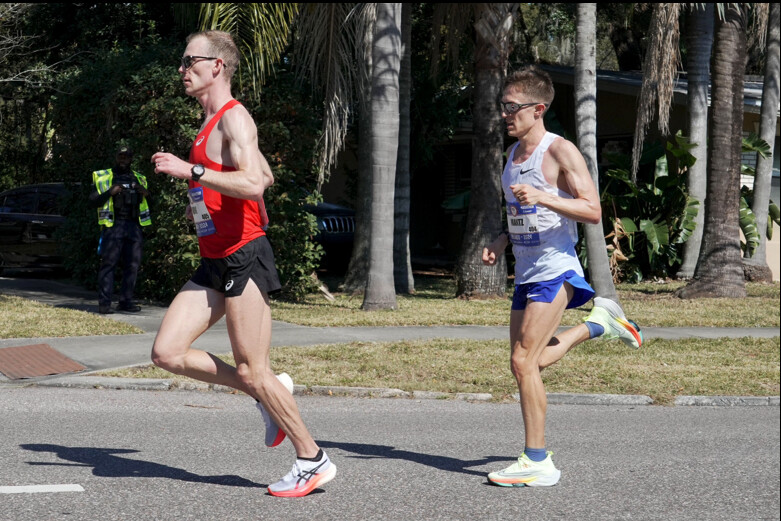
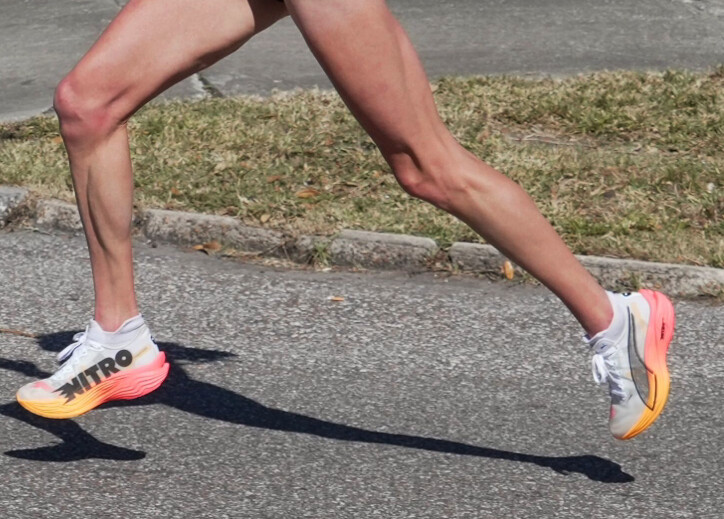
Here’s a look at what the top 10 finishers in both races wore in their quests for a spot on the Olympic team.
MEN’S TOP 10
1st — Conner Mantz, 2:09:05
Nike Air Zoom Alphafly Next% (v1)
Despite two updates to the Alphafly, Mantz (right in the image above) continues to wear the very first version. If it ain’t broke, don’t fix it.
2nd — Clayton Young, 2:09:06
Asics Metaspeed Sky 3 prototype
Young (left, above) looks to be wearing the newest, unreleased Metaspeed Sky. Asics has three “development” shoes (prototype) approved by World Athletics for use in competition, currently. This colorway looks a lot like the existing Metaspeed Sky+ and Edge+, but when we zoom in closer we don’t see any labels, and the sidewall of the midsole looks different than the shoe you can buy now.
3rd — Leonard Korir, 2:09:57
Nike Air Zoom Alphafly 3
Korir laced up the latest Alphafly and might just have run himself onto the squad headed for Paris. We reviewed the Alphafly 3 recently.
4th — Elkanah Kibet, 2:10:02
Asics Metaspeed Edge 3 prototype
Kibet is wearing a prototype, like Young. His, however, appears to be the Metaspeed Edge. You can see the ridge on the sidewall of the forefoot swoops down low toward the sole of the shoe. The Edge’s plate curves lower, allowing for more foam between your foot and the plate than in the Sky.
5th — CJ Albertson, 2:10:07
Brooks Hyperion Elite 4 prototype
It looks like CJ is wearing Brooks’s top racing shoe, which was just announced. But, the company also has a “Hyperion Elite 4 RD.010” prototype shoe that was approved by World Athletics for use in competition just two weeks ago. It’s likely he wore that version (we don’t have details yet) but the outsole of CJ’s race shoe has gray rubber, whereas the newly announced version has a web of black and orange rubber.
6th — Zach Panning, 2:10:50
Brooks Hyperion Elite 4 prototype
Panning seems to be wearing the same prototype of the Hyperion Elite 4 that CJ wore.
7th — Nathan Martin, 2:11:00
Nike Air Zoom Alphafly 3
8th — Josh Izewski, 2:11:09
Nike Air Zoom Alphafly 3
9th — Reed Fischer, 2:11:34
Adidas Adizero Adios Pro 3
Fischer rolled to a top-10 finish with an all-white version of the Adios Pro 3. Adidas does not have any prototypes on the list of approved shoes as of race day.
10th — Colin Bennie, 2:12:17
Brooks Hyperion Elite 4 prototype
Bennie seems to be wearing the same prototype as Albertson and Panning.
WOMEN’S TOP 10
1st — Fiona O’Keeffe, 2:22:10
Puma Deviate Nitro Elite 3
Not a bad first effort for O’Keeffe and Puma. Fiona won her first marathon in record fashion. And Puma claimed victory with the Deviate Elite 3 on the first day it was approved for use in competition. The World Athletics approved shoe list shows the 3 green lighted for use as a “development” as of Feb. 3, 2024.
2nd — Emily Sisson, 2:22:42
New Balance FuelCell SuperComp Pacer
New Balance has a new super shoe, the FuelCell SuperComp Elite v4, out. But Sisson laced up the thinner, lighter Pacer. It’s a shoe most of us recreational runners might only grab for a 5K or 10K (maybe). Seems like it’s working just fine for the American record holder.
3rd — Dakotah Lindwurm, 2:25:31
Puma Deviate Nitro Elite 3
Lindwurm also wore the new Puma racer. Hey, Puma, need me to re-send my address?
4th — Jessica McClain, 2:25:46
Nike Vaporfly 3
This marks an insane shift in racing footwear. On the men’s side, four of the top 10 runners laced up Nike. Only McClain, the team’s first alternate, cracked the top 10 women’s runners wearing the swoosh. Folks, we’re living in the golden age of running shoes. Pick the pair that fits and feels best—and rip it.
5th — Sara Hall, 2:26:06
Asics Metaspeed Edge 3 prototype
Like Kibet, it appears Hall wore the Metaspeed Edge prototype.
6th — Caroline Rotich, 2:26:10
Asics Metaspeed Edge+
Unlike Hall, Kibet, and Young, Rotich’s shoe seems to be the current Metaspeed Edge+ that you can buy right now.
7th — Makenna Myler, 2:26:14
Asics Metaspeed Sky 3 prototype
Myler is likely wearing the Sky 3 prototype—again, check out that ridge in the forefoot; it’s closer to the foot. One heck of a day for Asics, if I do say so.
8th — Lindsay Flanagan, 2:26:25
Asics Metaspeed Edge 3 prototype
N + 1.
9th — Emily Durgin, 2:27:56
Adidas Adizero Adios Pro 3
Durgin held onto a top-10 finish wearing Adidas’s most popular marathon racer.
10th — Annie Frisbie, 2:27:56
Puma Deviate Nitro Elite 3
Asics packed four runners in the top 10, but Frisbie finished strong to give Puma a triumphant trio, all wearing the new Deviate Elite 3.
(02/04/2024) Views: 1,606 ⚡AMPby Runner’s World
2024 U.S. Olympic marathon trials: Conner Mantz and Fiona O'Keeffe race to victory
Mantz crossed the finish line just in front of training partner Clayton Young in the men's race. Fiona O'Keeffe dominated the women's race in a record-breaking debut marathon.
Conner Mantz and Fiona O'Keeffe raced to victory at the 2024 U.S. Olympic marathon trials on 3 February in Orlando to secure their spots on this year's Olympic team ahead of the Paris 2024 Games.
In the men's race, Mantz crossed the line in 2:09:05, directly in front of training partner and close friend Clayton Young, who crossed the line in second place just one second later. Young has also secured a quota for Paris having previously run the Olympic entry standard at the 2022 Chicago Marathon. Leonard Korir ran 2:09:57 to finish in third.
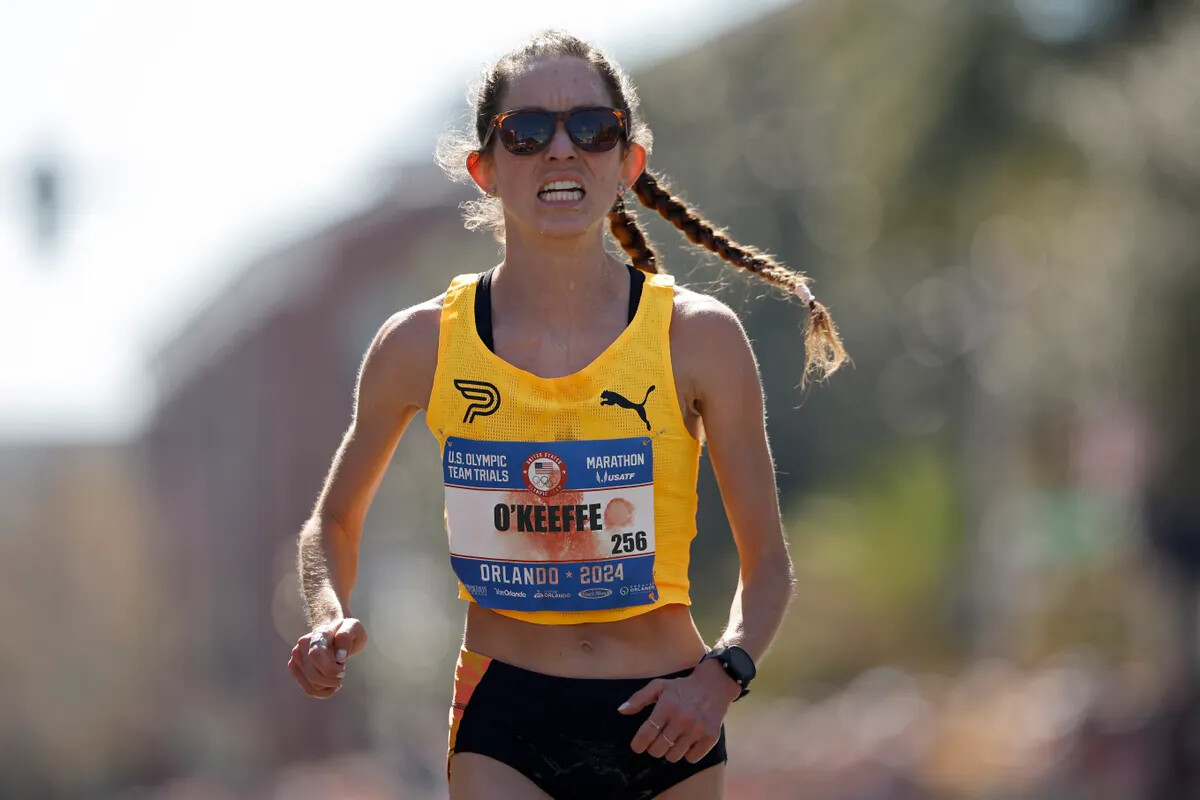
In her first marathon ever, O'Keeffe took a hugely impressive win in the women's race, breaking the U.S. Trials record with a time of 2:22:10.
She was comfortably in front of second-place finisher and American record holder Emily SIsson who ran through the line in a time of 2:22:42.
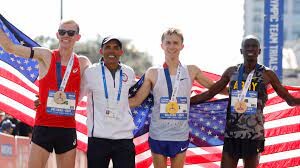
Dakotah Lindwurm couldn't believe her 2:25:31 third-place finish and looked around in shock as she crossed the line.
The largely fat course near Lake Eola Park was made up of an approximately 2.2-mile (five-and-a-half kilometer) loop followed by three eight-mile (12-kilometer) loops to the finish line. It was a sunny but humid 55˚F (13˚C ) at the 10:10 am start.
Women's winner Fiona O'Keeffe: "I'm so excited about this team"
“The goal has always been to make an Olympic team,” Mantz said in a post-race interview.
His mental strategy had been to run each mile for a different person - his mom, his dad, Clayton, with the final lap being for his wife.
“Let’s go to Paris, let’s make this happen,” second-place Young smiled after a close-to-ideal race that unfolded alongside his friend and fellow Utah native Mantz.
Zach Panning had led the way for the majority of the race before Mantz and Young took over the lead and pulled ahead with less than four miles to go. Panning fell back further as Korir took over in the final stretch to secure third.
In the women's race, O'Keeffe detailed the excitement she had felt with eight miles to go, having to remind herself not to "freak out."
"The past couple years I’ve been clawing my way through things," she said, before adding of her victory that she is now "so excited about this team."
Sisson, the women's American record holder in the marathon, has previous experience of the Olympics, having come 10th in the 10,000m at Tokyo 2020.
"I'm elated," she said, reflecting on making her second Olympic team in front of her friends and family.
Lindwurm was still in disbelief as she laughed with the press after the race, revealing ”I’m such an underdog… I was a walk on to my Division II team."
(02/03/2024) Views: 532 ⚡AMPby Sam Peene
2024 US Olympic Trials Marathon
Most countries around the world use a selection committee to choose their Olympic Team Members, but not the USA. Prior to 1968, a series of races were used to select the USA Olympic Marathon team, but beginning in 1968 the format was changed to a single race on a single day with the top three finishers selected to be part...
more...Emily Sisson, Olympic Marathon Trials favorite, is ready for Saturday
Emily Sisson is the American record holder (2:18:29) in the marathon and the pre-race favorite to win the 2024 US Olympic Marathon Trials.
At the time of publication, 64.2% of you are picking her to win the Trials in the LRC $20,024 Prediction Contest Sponsored by Relay.
Sisson talked to LRC this week via video conference, and by all accounts her buildup for Orlando has gone very well.
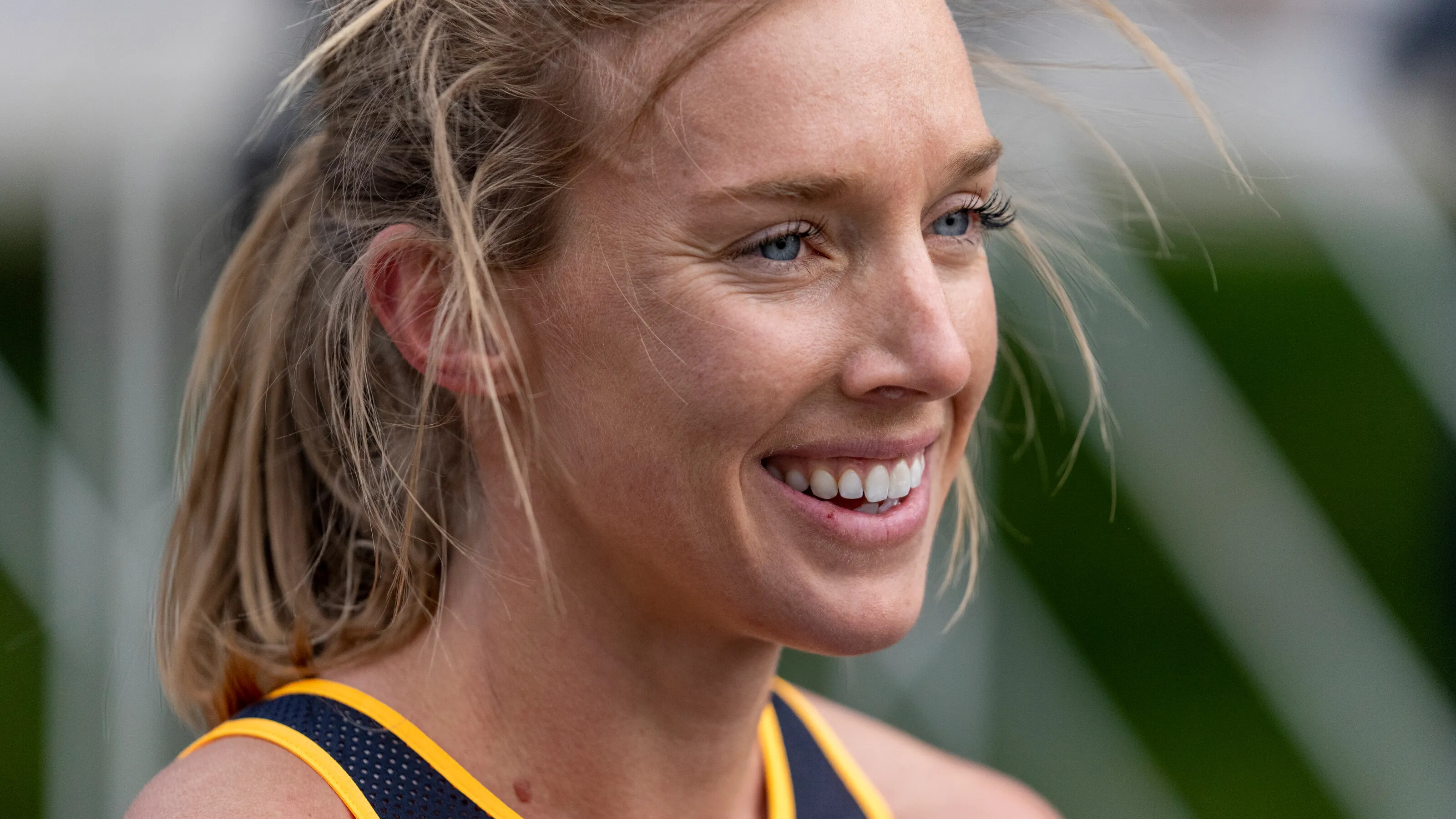
“Everything’s been better, all the long runs, all the tempos, and actually my long interval workouts, those have actually been better than they’ve been before.”
When Sisson was asked to compare her fitness and buildup to the 2022 Bank of America Chicago Marathon where she broke the American record, she said:
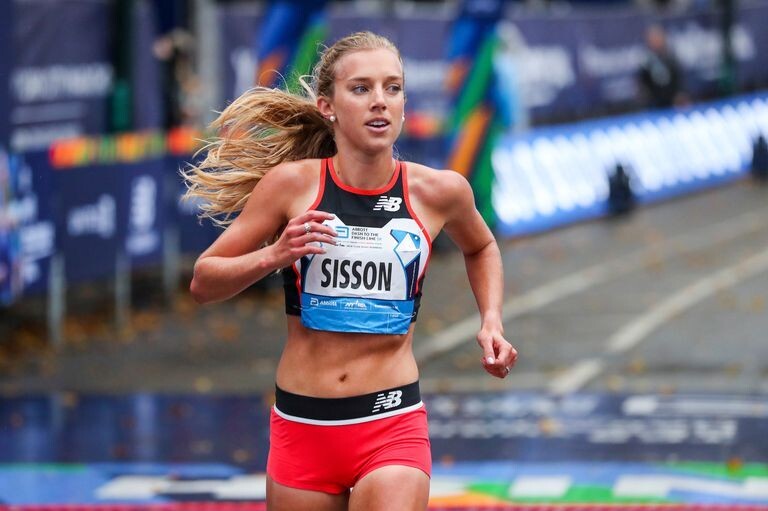
Everything’s been better, all the long runs, all the tempos, and actually my long interval workouts, those have actually been better than they’ve been before.
The workouts like on paper, like the times they’re all better. I think like I get confidence from that, but also just I’m feeling good and I’m feeling strong. So the training’s been good.
Sisson ran a 30:52 time trial on the roads in Arizona, which is just slightly slower than her official track PB of 30:49. Sisson, unlike Trials #2 contender Betsy Saina who ran a workout with 12 male pacers in Kenya, ran the workout all alone although her husband Shane was next to her on a bike. Sisson wasn’t blown away by almost setting a 10k PR in practice, as she said her track PR should be much faster. But she was pleased she could run that pace by herself. “I was happy that I was able to push myself that hard on my own,” she said.
Lessons from Chicago 2023
Chicago 2023 didn’t go as well as Chicago 2022 for Sisson, as she developed a side stitch later in the race and ran 2:22:09 for 7th place.
Sisson now views the Chicago 2023 setback as a positive experience as she learned from it. “We found some videos early on in Chicago and I just looked a little less fluid this past fall than I did in my 2022 Chicago. It was really subtle, like there was a little bit more movement in my upper body. So, we’re trying to like stay on top of that a bit more this time just to make sure nothing like a side stitch or anything else breaks down again,” she said, adding she worked with chiropractor John Ball.
Respect for the competition and the marathon distance
Sisson enters the Trials not only fit but healthy. When asked whether she worries about the other competitors in the race, she said, “It’s not that I don’t worry about my competitors. It’s not that I don’t think about them, but, I just feel like the marathon’s different than like a half marathon or a 10k. When I go into those races, I’m just trying to be as fit as I can and try to be fitter than my other competitors. But in the marathon, you are racing your other competitors, but you’re also racing the marathon itself. So it doesn’t matter, what your competitors are doing.”
“I feel fit and I feel healthy. With a marathon, that’s not everything, but those are two big parts of it. So I am happy with that. I’m happy with how training went,” Sisson said.
Getting a Real Olympic Experience
While Sisson made the 2020 Olympic in the 10,000m, she, like Aliphine Tuliamuk, said she missed out on the traditional Olympic experience because of the Covid protocols. She’d like to get another shot at it. “Being an Olympian is like the biggest dream,” she said of a goal that started when she watched Olympic gymnastics with her mom as a kid.
“I was so thankful they happened in 2021, but it was definitely a different Olympic experience than Olympics prior. So I’d love to get back there.”
Of Sisson’s 5 marathons, the only one that went poorly was the 2020 Olympic Marathon Trials in Atlanta where she dropped out.
Now with some time to reflect, Sisson has a better picture of what she think went wrong. “I think I went too hard in the buildup. I think my body, when I was standing on the start line, I think I was tired and, and I just didn’t realize it at the time because I was so new to the marathon, I thought it was just so normal to be tired, but there were things afterwards that I looked back on and there were signs that maybe I’d pushed it too hard in training.”
Sisson has backed off a little in her training this time. “So we did try to focus this time on getting good training in, getting in a good buildup, but just not overdoing it. I don’t wanna leave my race in training,” she said.
Sisson does believe she can do well in a hilly marathon. If she qualifies for Paris, she’ll get the chance as the Olympic course has a massive uphill heading to Versailles.
(02/02/2024) Views: 500 ⚡AMPby Weldon Johnson
2024 US Olympic Trials Marathon
Most countries around the world use a selection committee to choose their Olympic Team Members, but not the USA. Prior to 1968, a series of races were used to select the USA Olympic Marathon team, but beginning in 1968 the format was changed to a single race on a single day with the top three finishers selected to be part...
more...Molly Seidel withdraws from Olympic Marathon Trials due to injury
Tokyo Olympic bronze medalist Molly Seidel announced she is withdrawing from Saturday’s U.S. marathon trials for the Paris Games due to a knee injury.
Seidel, 29, said in a video posted Thursday that she suffered a knee injury a month ago, couldn’t run on it and got an MRI that revealed a broken patella and a partially torn patella tendon.
“I have done everything in my power over this last month to try and get myself to the (starting) line,” she said. “I’ve had just the most incredible physios and doctors doing everything in their power to help me. I’ve been cross-training my (butt) off, but ultimately I got to this week, and my knee had not healed up enough, and I knew that I could not race a marathon hard on it in its current state without really, really injuring myself.”

The trials are Saturday at 10 a.m. ET from Orlando, airing live on Peacock with coverage on NBC, NBCSports.com and the NBC Sports app at noon.
Four years ago, Seidel placed second in the trials in her marathon debut to make the three-woman Olympic team.
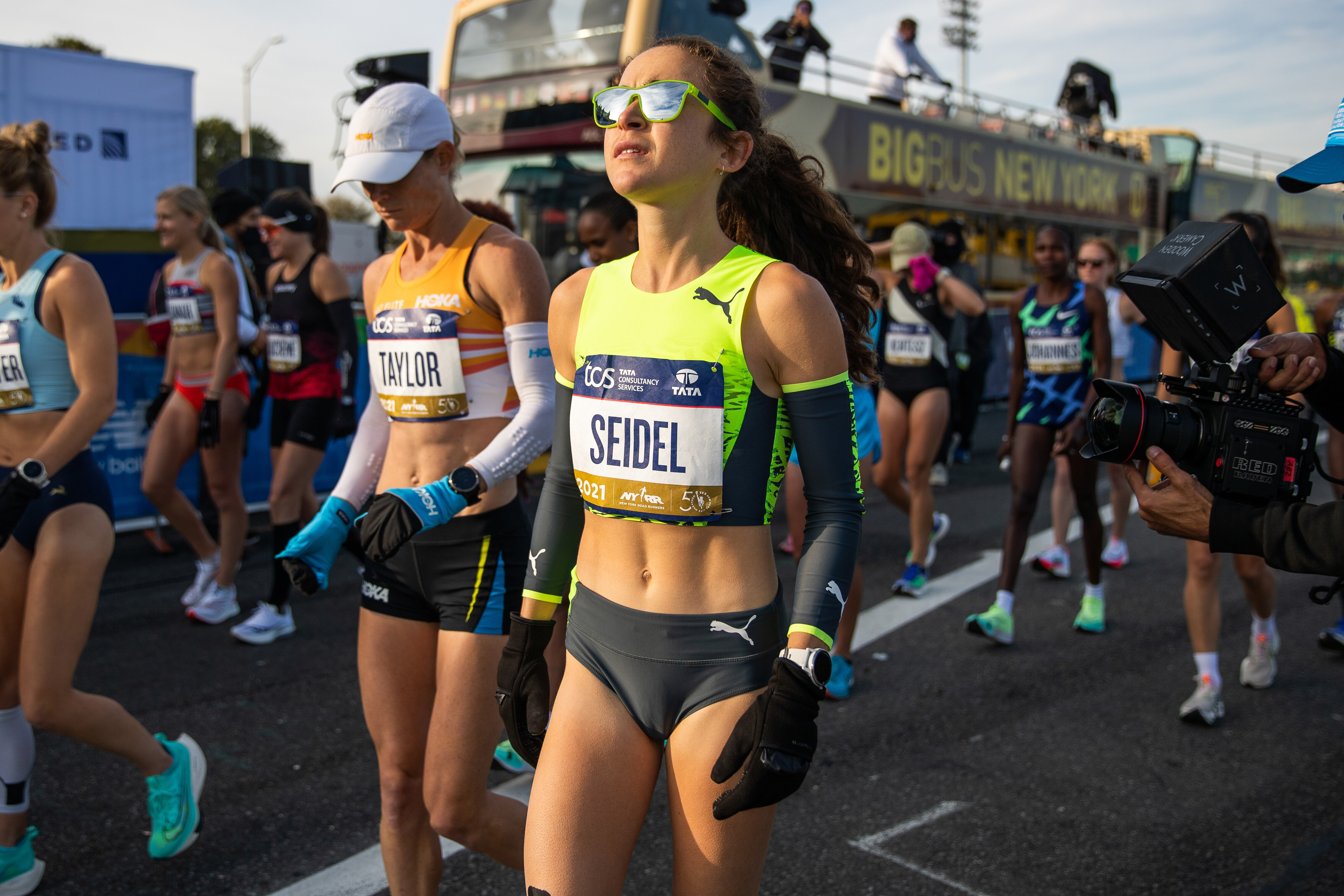
After the COVID-19 pandemic postponed the Tokyo Games by one year, Seidel finished third in the Olympic marathon held in Sapporo.
She became the third U.S. woman to win a marathon medal after Joan Benoit Samuelson, who won the first Olympic women’s marathon in 1984, and Deena Kastor, the 2004 bronze medalist.
After Tokyo, Seidel dealt with a hip injury and anemia, plus took time to focus on mental health after an eating disorder relapse.
Then last Oct. 8, Seidel finished a 26.2-mile race for the first time in two years. She was the second-fastest American woman at the Chicago Marathon, running a personal best and re-establishing herself as a prime candidate to make the Paris team of three at trials.
Seidel is the second contender to withdraw in the lead-up to trials.
Emma Bates, the third-fastest U.S. female marathoner of 2023, bowed out Jan. 7, saying then, “There’s just not enough time to be where I need to be.”
The field still includes three of the four fastest American women in history — American record holder Emily Sisson, former American record holder Keira D’Amato and Sara Hall, No. 4 on the all-time list.
Plus, former Iowa State teammates Betsy Saina (the fastest American in 2023) and Aliphine Tuliamuk (Tokyo Olympic Trials winner).
(02/01/2024) Views: 435 ⚡AMPby Olympic Talk
2024 US Olympic Trials Marathon
Most countries around the world use a selection committee to choose their Olympic Team Members, but not the USA. Prior to 1968, a series of races were used to select the USA Olympic Marathon team, but beginning in 1968 the format was changed to a single race on a single day with the top three finishers selected to be part...
more...Conner Mantz And Clayton Young Lead Charge At U.S. Olympic Marathon Trials
The months leading up to the U.S. Olympic Marathon Trials have been anxiety-inducing, but race day is nearly upon us.
From the intense back-and-forth exchanges between the Athlete Advisory Board and the Greater Orlando Sports Commission, to the uncertainty on exactly how many American men will be toeing the line this summer in Paris, the build-up to the trials has been nothing short of newsworthy.
That being said, we are just a few days out of the Trials, and there are certainly a few storylines at play.

The Young Guns
Conner Mantz, 27, and Clayton Young, 30, will step to the line on Saturday as the two fastest men in the field during the qualifying window. Mantz, a two-time national champion while at Brigham Young University, finished sixth at the Bank of America Chicago Marathon back in October. He was the top American and crossed in 2:07:47, which is tied for fourth on the all-time U.S. list.
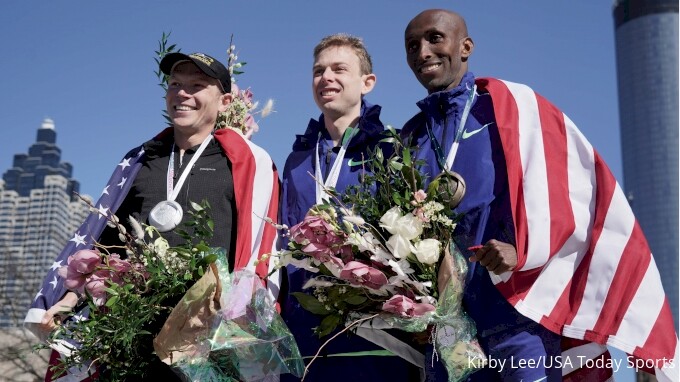
Young, an NCAA champion himself while also attending BYU, was just a few spots behind his former college teammate and training partner, finishing seventh in 2:08:00, which was good enough for a U.S. No. 7 standing all-time among American men.
Both of Ed Eyestone's former studs left the 'Windy City' with lifetime bests, and most importantly, unlocked two American spots for Paris 2024.
Following superb performances in Chicago just months ago, the Provo-based training partners would love nothing more than to claim the spots they earned on Saturday and officially punch their ticket to the Olympics.
However, they are both well-aware that nothing is earned in the sport, especially when the marathon is the distance of choice. Both are looking more than prepared, just check out the workout video:
The Veterans
While some of the field is preparing for their first-ever U.S. Olympic Trials, there are more than a few experienced marathoners that have been here before and are accustomed to the pressure.
One of those men is none-other than Galen Rupp, the two-time Olympic medalist and current/former American record holder.
Rupp has run his fair share of marathons, with the 2024 Trials marking his 15th attempt on the brutal race.
Not only is he a veteran at the distance, but he's also qualified for two Olympic marathons -- Rio 2016 and Tokyo 2020 -- and competed at the 2022 World Athletics Championship.
After battling a nagging back injury, Rupp returned to the marathon in October, was one of four Americans under 2:09 and ran 2:08:48 in his return.
Rupp will see some familiar faces in Orlando, as fellow marathon veterans Sam Chelanga, Scott Fauble and CJ Albertson are all jockeying for a spot as well.
The 38-year-old Chelanga is coming off a 2:08:50 from the 2023 Chicago Marathon, which shaved over six minutes off of his previous best along the way.
Fauble's most recent marathon unfortunately ended with a 'DNF', but a seventh-place finish at Boston last year paired with a 2:08:52 personal best from 2020 says he's in the mix as well.
For Albertson, this will be his fourth marathon since April. After finishing 12th in Boston, he ran and won both the California International Marathon (CIM) and the Baja California California on back-to-back weekends in December, running 2:11:09 and 2:11:08, respectively.
Any of these four men could see themselves in the final three come Saturday, but despite none of them having the Olympic Standard, they could still snag one of two guaranteed spots thanks to their sub-2:11:30 performances during the qualifying window. And a third auto-spot could get unlocked if an athlete runs 2:08.10 or faster on the day.
A few of the many notable names to keep an eye out include Elkanah Kibet, Zach Panning, Leonard Korir, and Futsum Zienasellassie.
The gun goes off for the men at 10:10 a.m. EST on Saturday, with the women following close behind at 10:20 a.m. EST.
You can tune in live on Peacock, with coverage starting at 10:00 a.m. EST, and NBC will begin broadcasting at noon.
(01/30/2024) Views: 515 ⚡AMPby Maxx Bradley
2024 US Olympic Trials Marathon
Most countries around the world use a selection committee to choose their Olympic Team Members, but not the USA. Prior to 1968, a series of races were used to select the USA Olympic Marathon team, but beginning in 1968 the format was changed to a single race on a single day with the top three finishers selected to be part...
more...5 things you should know about Steve Prefontaine
Steve “Pre” Prefontaine would have turned 73 on Thursday, and the legendary runner’s enduring legacy and impact on the sport continues. From Coos Bay, Ore., Pre became one of the biggest stars in the sport during his time at the University of Oregon in the 70s, where he held seven American records from the 2,000m to the 10,000m. Here are five facts about the iconic runner, whose achievements and words continue to inspire and resonate.
Trailblazer of distance running
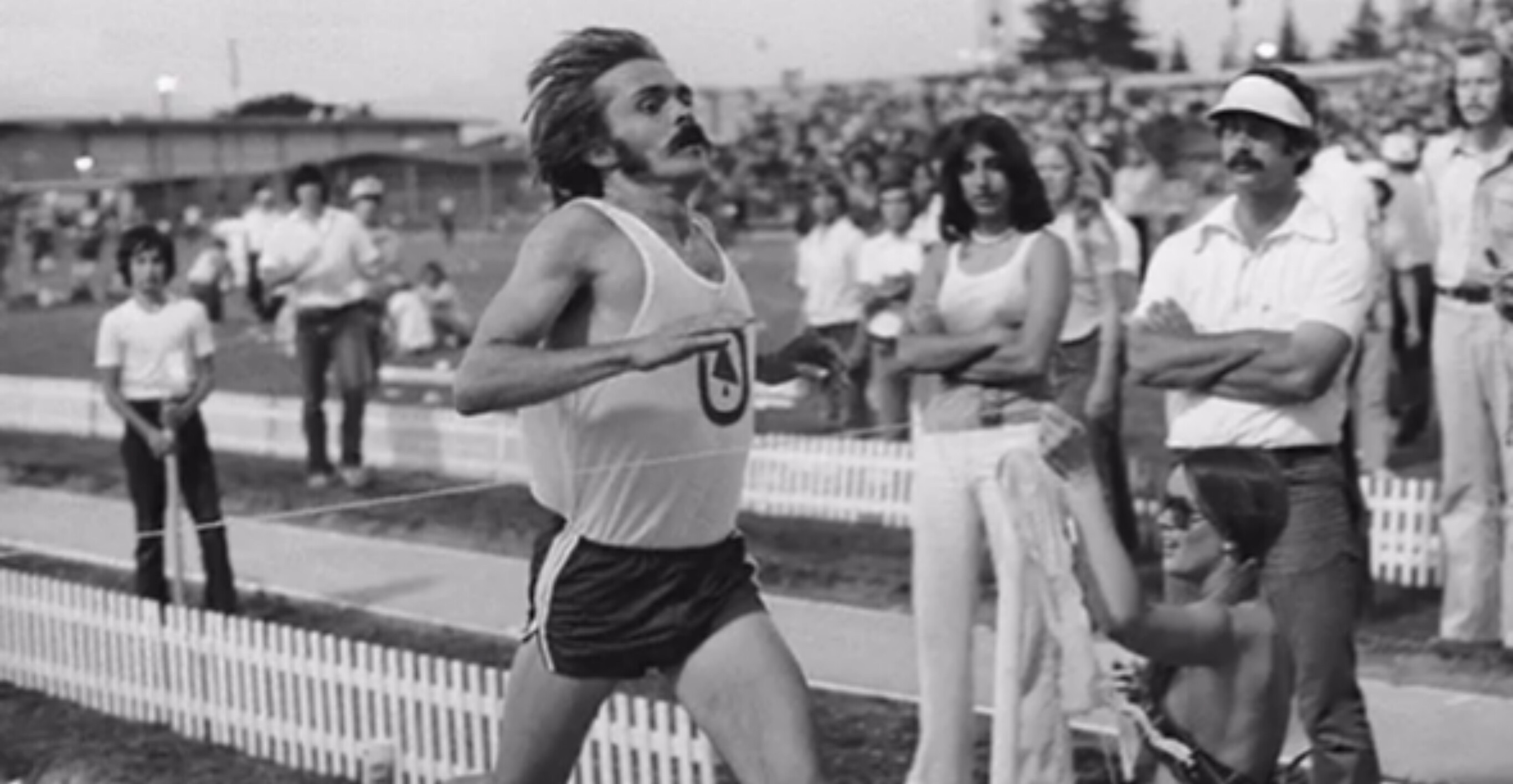
Prefontaine was a pioneer in distance running, known for his fearless approach and unwavering determination. He burst onto the scene in the early 1970s, and his aggressive front-running style and refusal to settle for anything but victory revolutionized distance running in the U.S. and beyond.
Prefontaine’s Olympic journey was tragically cut short when he was 24. He competed in the 1972 Summer Olympics in Munich and was preparing for the 1976 Olympics with the Oregon Track Club when he died in a car accident on May 30, 1975.
Advocate for athletes’ rights
Beyond his achievements on the track, Prefontaine was a vocal advocate for the rights of amateur athletes. He challenged the existing system, governed by the Amateur Athletic Union (AAU) that restricted athletes’ ability to earn money while maintaining their amateur status. Prefontaine defied the AAU by organizing a series of meets with a group of Finnish athletes. One of these meets, held at Marshfield High School in 1975, was where Prefontaine set his last American record.
Legendary duel at the 1972 Munich Olympics
One of Prefontaine’s most memorable moments was the 5,000m race at the 1972 Munich Olympics. In a fierce battle against Finnish runner Lasse Virén, Prefontaine showcased his indomitable spirit, finishing fourth in a race that is often considered one of the greatest duels in Olympic history. The image of Prefontaine pushing himself to the limit serves as a timeless reminder of his competitive fire.
Nike’s first signature athlete
In 1974, Prefontaine signed with Nike for $5,000—as the first runner to sign with the company, he jump-started the brand as a running shoe company. Bill Bowerman, the sports coach at the University of Oregon, also happened to be the co-founder of Nike. In 2022, a pair of Nike Oregon waffle shoes worn by the distance runner were sold for USD $163,800 on the auction site, Sothebys.com.
The Prefontaine Classic
In honor of Pre’s lasting impact on the sport, the annual Prefontaine Classic track and field meet was established in Eugene, Ore. This prestigious event attracts elite athletes from around the world and continues to be a fitting tribute to Pre’s legacy. Hayward Field, where the meet is held, holds a special place in the hearts of runners as the venue where Prefontaine achieved many of his remarkable feats.
Prefontaine is remembered not only for his athletic prowess but also for the passion, courage, and advocacy that defined his life.
(01/27/2024) Views: 571 ⚡AMPFive things you should know about Steve Prefontaine, on his birthday
Steve “Pre” Prefontaine would turn 73 on Thursday (Jan 25), and the legendary runner’s enduring legacy and impact on the sport continues. From Coos Bay, Ore., Pre became one of the biggest stars in the sport during his time at the University of Oregon in the 70s, where he held seven American records from the 2,000m to the 10,000m. Here are five facts about the iconic runner, whose achievements and words continue to inspire and resonate worldwide.
1.- Trailblazer of distance running
Prefontaine was a pioneer in distance running, known for his fearless approach and unwavering determination. He burst onto the scene in the early 1970s, and his aggressive front-running style and refusal to settle for anything but victory revolutionized distance running in the U.S. and beyond.
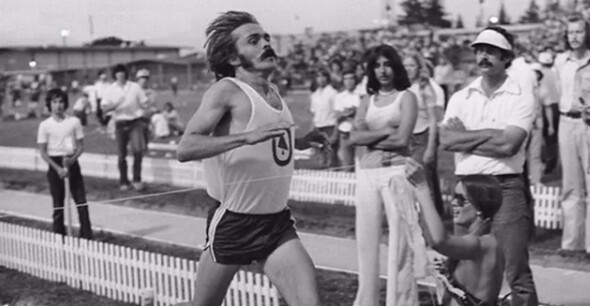
Prefontaine’s Olympic journey was tragically cut short when he was 24. Prefontaine competed in the 1972 Summer Olympics in Munich and was preparing for the 1976 Olympics with the Oregon Track Club when he died in a car accident on May 30, 1975.
2.- Advocate for athlete’s rights
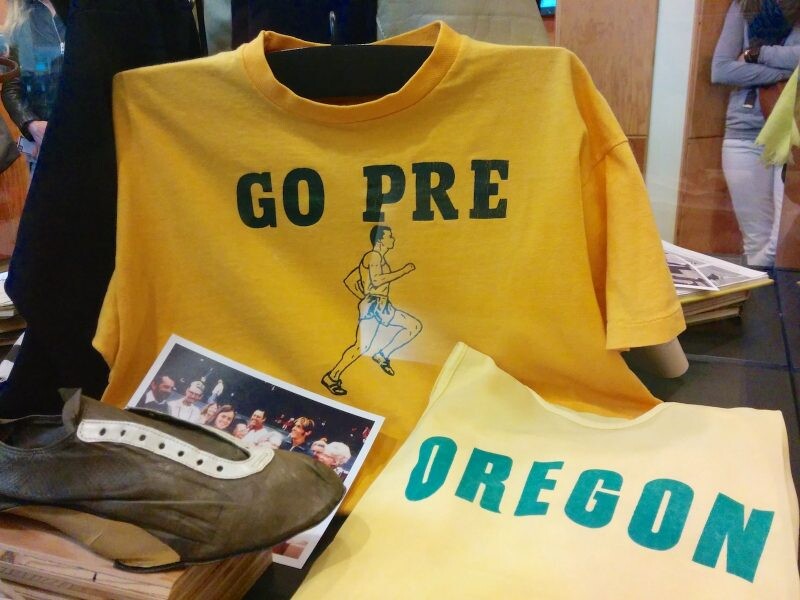
Beyond his achievements on the track, Prefontaine was a vocal advocate for the rights of amateur athletes. He challenged the existing system, governed by the Amateur Athletic Union (AAU) that restricted athletes’ ability to earn money while maintaining their amateur status. Prefontaine defied the AAU by organizing a series of meets with a group of Finnish athletes. One of these meets, held at Marshfield High School in 1975, was where Prefontaine set his last American record.
3.- Legendary duel at the 1972 Munich Olympics
One of Prefontaine’s most memorable moments was the 5,000-meter race at the 1972 Munich Olympics. In a fierce battle against Finnish runner Lasse Virén, Prefontaine showcased his indomitable spirit, finishing fourth in a race that is often considered one of the greatest duels in Olympic history. The image of Prefontaine pushing himself to the limit serves as a timeless reminder of his competitive fire.
4.- Nike’s first signature athlete
In 1974, Prefontaine signed with Nike for $5,000—as the first runner to sign with the company, he jump-started the brand as a running shoe company. Bill Bowerman, the sports coach at the University of Oregon, also happened to be the co-founder of Nike. In 2022, a pair of Nike Oregon Waffle shoes worn by distance runner Prefontaine were sold for USD $163,800 on the auction site, Sothebys.com
5.- The Prefontaine Classic
In honor of Pre’s lasting impact on the sport, the Prefontaine Classic, an annual track and field meet, was established in Eugene, Ore. This prestigious event attracts elite athletes from around the world and continues to be a fitting tribute to Pre’s legacy. Hayward Field, where the meet is held, holds a special place in the hearts of runners as the venue where Prefontaine achieved many of his remarkable feats.
Prefontaine is remembered not only for his athletic prowess but also for the passion, courage, and advocacy that defined his life.
(01/25/2024) Views: 513 ⚡AMPby Keeley Milne
Prefontaine Classic
The Pre Classic, part of the Diamond League series of international meets featuring Olympic-level athletes, is scheduled to be held at the new Hayward Field in Eugene. The Prefontaine Classicis the longest-running outdoor invitational track & field meet in America and is part of the elite Wanda Diamond League of meets held worldwide annually. The Pre Classic’s results score has...
more...For Betsy Saina, the U.S. Olympic Trials Marathon Presents a Chance to Represent Her Son
For much of last year, Betsy Saina had a plan. She would race the Chicago Marathon in October, eager to run alongside Emma Bates (who placed fifth at last year’s Boston Marathon in a new personal best of 2:22:10) in pursuit of breaking Emily Sisson’s American record of 2:18:29, set the previous year at that same race.
Saina, 35, a naturalized U.S. citizen who represented Kenya in the 2016 Olympics in Rio de Janeiro—she placed fifth in the 10,000 meters 30:07.78—had reason to be confident. Last spring, she set a new personal best of 2:21:40 with her fifth-place finish at the Tokyo Marathon, which wound up being the fastest marathon by an American woman in 2023 and made her the eighth-fastest U.S. female marathoner of all-time, solidifying her position as a top U.S. Olympic marathon team contender.
The Chicago Marathon had assured Saina’s agent, Tom Broadbent, that she was in for the race. But when the elite field was announced in August, Saina learned she had not been accepted, which not only threw a wrench in her fall training plans, but made for a lot of stress as she was planning her U.S. Olympic Marathon Team Trials buildup.

“I was shocked and spent three days looking at myself and trying to find any mistakes I made to not make the field, especially after running 2:21 in Tokyo,” Saina says. “I had never been rejected from a race before, and never got a response or an explanation as to why I didn’t make it. Being denied to run in Chicago honestly was one of the most disappointing things I’ve experienced in my career.”
Saina looked into entering the Berlin Marathon the following month, but had no such luck getting in with it being so late in the game. She was ultimately accepted into the Sydney Marathon (which shares its sponsor, ASICS, with Saina) on September 16. Unlike Chicago—with its fast, flat course that ended up having ideal racing conditions with temperatures in the 40s—Sydney has a hilly course and race-day weather was on the hotter side, with a starting temperature of 68 degrees.
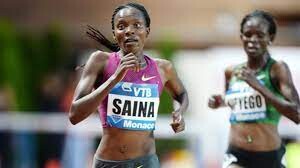
Despite the conditions, Saina proved herself once again, winning the race in 2:26:47. This sealed her confidence as she began to look ahead to the Olympic Trials in Orlando on February 3. If she’s one of the top three finishers in the women’s race in Florida, she’ll earn a spot on the U.S. team that will compete in the marathon at the Paris Olympics on August 11.
“Challenges make people strong, and running a good marathon on a harder course made me come back feeling motivated,” she says. “[Even though it wasn’t the faster time I originally wanted], it didn’t stop me from being a better version of myself.”
Transcendent Transplant
Despite her impressive performances in 2023, Saina has remained largely under the radar in terms of media coverage and fan predictions leading up to the Trials in Orlando, similarly to what fellow Kenyan-born marathoners Aliphine Tuliamuk and Sally Kipyego (both of whom made the last Olympic marathon team) experienced in 2020. The lack of attention relative to her competitors hasn’t fazed Saina, however.
“I know how to deal with pressure, having been in the sport since 2013, so as long as my training is going well, I don’t pay too much attention to what people say,” Saina says. “I’m just more excited to see many of the U.S. women [who are also] my friends, like Emily Sisson, Sara Hall, and Keira D’Amato, and to be racing so many amazing U.S. athletes for the first time.”
Saina’s result in Tokyo was only about a minute faster than her debut at the distance at the 2018 Paris Marathon, which she won in 2:22:56 (after dropping out of the 2017 Tokyo and New York City Marathons). It was also a confidence boost for Saina because it was also her first marathon since giving birth to her son, Kalya, now two, in December 2021, after previously running 2:22:43 and 2:31:51 at the 2019 Toronto Waterfront and Honolulu Marathons, respectively.
Saina—who originally came to the U.S. to attend Iowa State University where she trained alongside Tuliamuk and was a three-time individual NCAA champion and 11-time NCAA All-American—has remained in her hometown of Iten, Kenya, for the majority of the time since having her son, as her husband, Meshack Korir, is a doctor completing his postgraduate education there.
Although Saina became a U.S. citizen in late 2020 and has a home base in Colorado Springs, she made the decision to return to Kenya to have additional family support and childcare as she worked to come back from pregnancy and childbirth to prepare for the Olympic Trials, which she’ll return for just a few days before the race. Saina also keeps busy managing a couple of guesthouses, which she regularly rents out to visiting athletes and tourists. She also works with Cross World Africa, a nonprofit that sponsors underprivileged children in pursuing secondary and higher education.
“Before I came from Kenya, my family was struggling and we had to fundraise for my flight ticket to come to the U.S. Being here has changed my family in a different way—I have two sisters who are now nurses in the U.S., and my parents can now more easily fly to visit us, and while it is not where I began running, the U.S. where I began competing at such a high level,” she says. “My son also gives me so much motivation and is my inspiration. When I see him, I see beauty in myself and see myself getting better when I’m running. So I am excited both to compete and represent my son, and to hopefully wear the U.S. uniform because it has so much meaning for me.”
Back in Iten, Saina has been training in a group with personal pacemakers alongside 2019 New York City Marathon champion Joyciline Jepkosgei, which she describes as game-changing for her progress in the marathon. Both Saina and Jepkosgei, who is also the former world-record holder in the half marathon and Saina’s best friend from high school, are coached by Jepkosgei’s husband, Nicholas Koech.
“Sometimes you will train with people who don’t want to help someone else get better, but [Jepkosgei], who has run 1:04 [in the half marathon] and 2:17 [in the marathon] is unique in that she has sacrificed a lot, which I don’t think a lot of women will ever do for each other, and I don’t think I would either,” Saina says. “But she has been pushing me a lot since the first day I joined her, and I think that’s the reason I came back and I’ve had better races. I have someone to chase and it’s like competition in training, but in a good way.”
American Original
Saina returned to the U.S. twice last year, to race the USATF 25K Championships in Grand Rapids, Michigan, (where she took the win in 1:24:32 for her first U.S. title, narrowly beating D’Amato) and to be inducted into Iowa State’s Athletics Hall of Fame in September. Saina had planned to do some shorter U.S. races, including the Bolder Boulder 10K in May and the NYRR Mini 10K in June, following her national championship title in the 25K. However, she ultimately decided she couldn’t bear to be away from her son any longer.
“As a mom, when you’re away, you are so worried because you’re like, ‘How is he doing right now? How can I handle the pressure, being away from him?’” Saina says. “This year, it’s really different for me because the only race I want to travel to without Kalya is the Olympic Trials. He is growing now and getting better, so I want to travel with him afterward to compete in the USATF circuit. That’s the biggest goal for 2024, to travel with my son.”
Later this year, Saina hopes to also run the April 7 Cherry Blossom 10-Miler in Washington, D.C., the Mini 10K on June 8 in New York City, and a fast spring half marathon to pursue the current American record (which was broken yet again by Weini Kelati on January 14 in Houston), before running another marathon in the fall. In the meantime, she noted that she is especially eager to compete in one of the deepest fields ever assembled for the Trials.
Although Bates withdrew from the Trials, Saina figures to be one of the favorites in Orlando along with Sisson, Hall, Tuliamuk, D’Amato, and Seidel. However, Lindsay Flanagan (ninth in last summer’s world championships), Sara Vaughn, Susanna Sullivan, Gabriella Rooker, Dakotah Lindwurm, and Nell Rojas are all sub-2:25 marathoners, and thus top contenders, too.
“The U.S. is no longer small and non-competitive. Look at Molly Seidel. She got bronze at the Tokyo Olympics, and I remember when Amy [Cragg] was a bronze medalist at the 2017 World Championships. If you put that in perspective, it has changed even more right now compared to that time,” she says. “The competition [to make the U.S. team] is no longer as easy as the way some people [thought], and I’m super excited to be competing with a lot of solid women. There is no difference between the U.S. and other countries right now—it’s not just to go compete at the Olympics; they’re going to compete for the medals, just like other countries.”
(01/25/2024) Views: 524 ⚡AMPby Emilia Benton
2024 US Olympic Trials Marathon
Most countries around the world use a selection committee to choose their Olympic Team Members, but not the USA. Prior to 1968, a series of races were used to select the USA Olympic Marathon team, but beginning in 1968 the format was changed to a single race on a single day with the top three finishers selected to be part...
more...Stellar Field Assembled to Challenge Yared Nuguse in the NYRR Men's Wanamaker Mile
The 116th Millrose Games is now just 19 days away, as the eyes of the global athletics community will once again return to the Nike Track & Field Center at The Armory. As always, the meet will conclude with the NYRR Men’s Wanamaker Mile, a legendary race with over a century of tradition.
The Millrose Games is scheduled to take place on Sunday, February 11th.
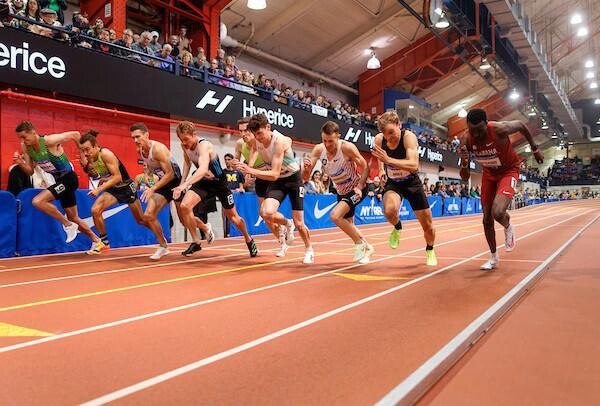
Previously announced as the headliner for this race is defending champion Yared Nuguese, the American record holder in the mile indoors and outdoors. Nuguse has his eyes on the world record of 3:47.01, but he will have to contend with a number of the best athletes in the world if he is to win his second straight Wanamaker title, including two additional 1500m finalists from last summer’s World Championships.
“[The world record] feels like a goal that’s within my grasp of achieving.” said Nuguse. “Not only am I stronger and smarter than I was last year, but I feel like I will be able to attack this race with a lot more confidence to chase the world record. When I went to Millrose for the first time, I was just chasing the American record. So changing that mindset, just seeing how far I’ve come, it feels like a very real possibility at this point.”
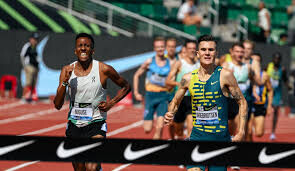
The elite athletes lining up to challenge Nuguse are as follows:
-Mario Garcia Romo was last year’s runner-up, and he is the 2022 1500m champion for Spain and a two-time World Championship finalist.
-Neil Gourley is a three-time British 1500m champion, and he holds the European indoor mile record.
-George Mills placed third in the mile at the Diamond League final, moving up to third on the all-time British list, before also placing second at the NYRR 5th Avenue Mile.
-Hobbs Kessler is the reigning World Road Mile champion, and he also holds the national high school indoor mile record.
-Andrew Coscoran is an Olympian and the Irish record holder over 1500m.
-Adam Spencer of the University of Wisconsin and Australia holds the NCAA 1500m record.
-Sam Prakel is the US Road Mile champion, and he placed fourth nationally in the 1500m.
-Charles Philibert-Thiboutot is a Canadian Olympian and the 2023 NACAC 1500m champion.
The winner of the mile at the Dr. Sander Invitational this Saturday, January 27th will be added to the NYRR Wanamaker Mile field as well.
Stay tuned over the coming weeks before the 116th Millrose Games, as the world-class start lists are finalized. Top athletes already confirmed to compete include Laura Muir, Elle Purrier-St. Pierre, Dina Asher-Smith, Julien Alfred, Alicia Monson, Grant Fisher, Danielle Williams, Josh Kerr, Cooper Teare, Yaroslava Mahuchikh, Christian Coleman, Andre De Grasse, Nia Ali, Chris Nilsen, and KC Lightfoot, with even more Olympians and World Championship medalists still to come.
As always, the Millrose Games will feature the absolute best athletes in the sport, including dozens of Olympians and world champions. The Millrose Games is a World Athletics Indoor Tour Gold meet. With highest-level competition at the youth, high school, collegiate, club, and professional levels, there is truly something for everyone at the Millrose Games.
Tickets can be purchased at https://www.millrosegames.org/
(01/24/2024) Views: 480 ⚡AMPNYRR Millrose Games
The NYRR Millrose Games,which began in 1908 as a small event sponsored by a local track club, has grown to become the most prestigious indoor track and field event in the United States. The NYRR Millrose Games meet is held in Manhattan’s Washington Heights at the New Balance Track & Field Center at the Armony, which boasts a state-of-the-art six-lane,...
more...Cooper Teare And Weini Kelati Win 2024 USATF Cross Country Titles
Weini Kelati and Cooper Teare earned convincing victories at the 2024 USATF Cross Country Championships, held on Saturday at Pole Green Park in Mechanicsville, Va. Running just six days after setting an American record in the half marathon in Houston, Kelati took off just after 4k and destroyed the field, running 32:58.6 for the 10k course to win by 37.3 seconds — the largest margin of victory since Aliphine Tuliamuk‘s 48.2 in 2017.
Teare took a different approach, staying patient as former University of Colorado runner turned Olympic triathlete Morgan Pearson pushed the pace during the second half of the race. Teare was the only one to go with Pearson’s move at 8k and made a strong move of his own at 9k that allowed him to cruise to victory in 29:06.5. 2020 champion Anthony Rotich of the US Army was 2nd in 29:11.6 as Pearson hung on for 4th. Teare’s training partner Cole Hocker was 12th in 29:52.3.
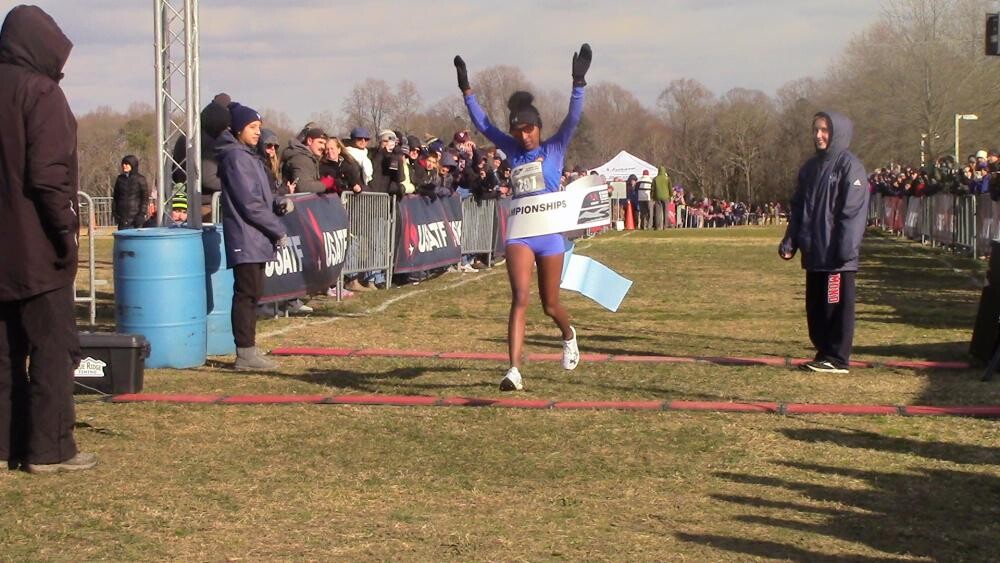
The top six finishers in each raced earned the right to represent Team USA at the World Cross Country Championships in Belgrade, Serbia, on March 30. Kelati’s coach/agent Stephen Haas told LetsRun last week that Kelati plans to run there while Teare’s agent Isaya Okwiya said Teare’s plans are still TBD.
High school junior Zariel Macchia of Shirley, N.Y., won the women’s U20 race in 20:31.0 for the 6k course; Macchia previously won the title as a freshman in 2022. Notre Dame freshman Kevin Sanchez won the men’s U20 title in 24:07.1 for the 8k course.
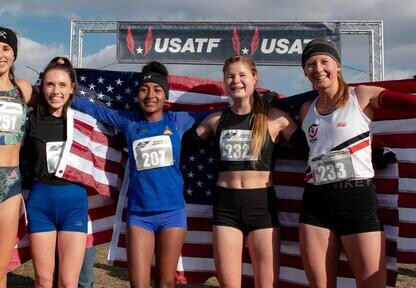
Cooper Teare shows his range with impressive victory
Teare was the 2021 NCAA 5,000m champion at the University of Oregon and has shown that his range extends both up and down the distance spectrum. Teare is the NCAA mile record holder at 3:50.39 and was the 2022 US champion at 1500 and now he is the US cross country champion. That sort of range has become increasingly common on the international level but in the US, it’s rare for a 1500 guy to run USA XC, let alone win it. Teare is the first man to win US titles at both 1500 meters and cross country since John Mason in 1968, and even that comes with a caveat as the US championships were separate from the Olympic Trials back then. Before Mason, the last guy to win both was Abel Kiviat (cross country in 1913, US mile title in 1914). You all remember him.
On the women’s side, Shelby Houlihan, since banned for a doping violation, won USA XC and the US 1500 title back in 2019.
Teare’s coach Ben Thomas told Carrie Tollefson, who was calling the race for USATF.TV, that the aim of this race was just to see where his fitness was at against a top field. Clearly, it’s very good. In his first race since leaving the Bowerman Track Club after the 2023 season, Teare, wearing a bright pink undershirt beneath his Nike singlet, ran with the lead pack until Morgan Pearson began to string things out just before entering the final 2k loop. As opposed to Pearson, who was giving it all he could to drop the field, Teare looked relaxed and in control, and at 9k he eased past Pearson into the lead before dropping the hammer to win comfortably. It was a smart run and an impressive display of fitness.
Teare may also have slayed some demons from his last cross country race in 2021, when he crawled across the finish line in the final meters. Now he’s gone from 247th at NCAA XC to a national champion.
Teare’s plans for the rest of the winter are up in the air. He will run in a stacked 2-mile at Millrose on February 11 against the likes of Grant Fisher and Josh Kerr before competing at USA Indoors a week later. World Indoors could be an option if he makes the team — as could World XC, if he wants it. No matter what he chooses, Saturday’s run was a great way for Teare to kick off the Olympic year.
Weini Kelati demolishes the competition
On paper, Kelati, who runs for Under Armour’s Dark Sky Distance team in Flagstaff, was the class of this field. The only question was whether she would be recovered from racing hard at last weekend’s Houston Half Marathon, where she set the American record of 66:25. The answer was a definitive “yes” as Kelati, after running with the leaders for the first 4k, dropped a 3:05 5th kilometer to break open the field. From there, her lead would only grow to the finish line as she won by a massive 37.3 seconds over runner-up Emma Hurley.
Kelati was not at her best heading into last year’s World XC in Australia as she had missed some time in the buildup due to injury. She still managed to finish a respectable 21st overall. Her aims will be much higher for this year’s edition in Belgrade.
Kelati also made some history with her win today. She’s the first woman to win Foot Locker, NCAA, and USA cross country titles.
(01/22/2024) Views: 601 ⚡AMPby Jonathan Gault
USATF Cross Country Championships
About USATF Based in Indianapolis, USA Track & Field (USATF) is the National Governing Body for track and field, long distance running, and race walking in the United States. USATF encompasses the world's oldest organized sports, the most-watched events of Olympic broadcasts, the number one high school and junior high school participatory sport, and more than 30 million adult runners...
more...The Pill That Over Half the Distance Medallists Used at the 2023 Worlds
What's the deal with sodium bicarbonate?What if there was a pill, new to the market this year, that was used by more than half of the distance medalists at the 2023 World Athletics Championships? A supplement so in-demand that there was a reported black market for it in Budapest, runners buying from other runners who did not advance past the preliminary round — even though the main ingredient can be found in any kitchen?
How did this pill become so popular? Well, there are rumors that Jakob Ingebrigtsen has been taking it for years — rumors that Ingebrigtsen’s camp and the manufacturers of the pill will neither confirm nor deny.
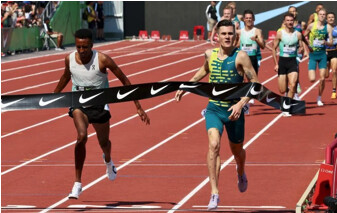
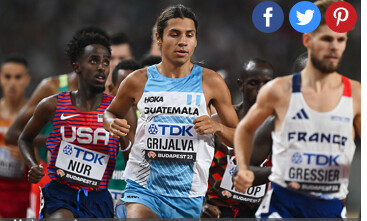
So about this pill…does it work? Does it actually boost athletic performance? Ask a sports scientist, someone who’s studied it for more than a decade, and they’ll tell you yes.
“There’s probably four or five legal, natural supplements, if you will, that seem to have withstood the test of time in terms of the research literature and [this pill] is one of those,” says Jason Siegler, Director of Human Performance in the College of Health Solutions at Arizona State University.
But there’s a drawback to this pill. It could…well, let’s allow Luis Grijalva, who used it before finishing 4th in the World Championship 5,000m final in Budapest, to explain.
“I heard stories if you do it wrong, you chew it, you kind of shit your brains out,” Grijalva says. “And I was a little bit scared.”
The research supports that, too.
“[Gastrointestinal distress] has by far and away been the biggest hurdle for this supplement,” Siegler says.Okay, enough with the faux intrigue. If you’ve read the subtitle of this article, you know the pill we are talking about is sodium bicarbonate. Specifically, the Maurten Bicarb System, which has been available to the public since February and which has been used by some of the top teams in endurance sports: cycling juggernaut Team Jumbo-Visma and, in running, the On Athletics Club and NN Running Team. (Maurten has sponsorship or partnership agreements with all three).Some of the planet’s fastest runners have used the Maurten Bicarb System in 2023, including 10,000m world champion Joshua Cheptegei, 800m silver medalist Keely Hodgkinson, and 800m silver medalist Emmanuel Wanyonyi. Faith Kipyegon used it before winning the gold medal in the 1500m final in Budapest — but did not use it before her win in the 5,000m final or before any of her world records in the 1500m, mile, and 5,000m.
Herman Reuterswärd, Maurten’s head of communications, declined to share a full client list with LetsRun but claims two-thirds of all medalists from the 800 through 10,000 meters (excluding the steeplechase) used the product at the 2023 Worlds.
After years of trial and error, Maurten believes it has solved the GI issue, but those who have used their product have reported other side effects. Neil Gourley used sodium bicarbonate before almost every race in 2023, and while he had a great season — British champion, personal bests in the 1500 and mile — his head ached after races in a way it never had before. When Joe Klecker tried it at The TEN in March, he felt nauseous and light-headed — but still ran a personal best of 27:07.57. In an episode of the Coffee Club podcast, Klecker’s OAC teammate George Beamish, who finished 5th at Worlds in the steeplechase and used the product in a few races this year, said he felt delusional, dehydrated, and spent after using it before a workout this summer.
“It was the worst I’d felt in a workout [all] year, easily,” Beamish said.
Not every athlete who has used the Maurten Bicarb System has felt side effects. But the sport as a whole is still figuring out what to do about sodium bicarbonate.
Many athletes — even those who don’t have sponsorship arrangements with Maurten — have added it to their routines. But Jumbo-Visma’s top cyclist, Jonas Vingegaard — winner of the last two Tours de France — does not use it. Neither does OAC’s top runner, Yared Nuguse, who tried it a few times in practice but did not use it before any of his four American record races in 2023.“I’m very low-maintenance and I think my body’s the same,” Nuguse says. “So when I tried to do that, it was kind of like, Whoa, what is this? My whole body felt weird and I was just like, I either did this wrong or this is not for me.”
How sodium bicarbonate works
The idea that sodium bicarbonate — aka baking soda, the same stuff that goes in muffins and keeps your refrigerator fresh — can boost athletic performance has been around for decades.
“When you’re exercising, when you’re contracting muscle at a really high intensity or a high rate, you end up using your anaerobic energy sources and those non-oxygen pathways,” says Siegler, who has been part of more than 15 studies on sodium bicarbonate use in sport. “And those pathways, some of the byproducts that they produce, one of them is a proton – a little hydrogen ion. And that proton can cause all sorts of problems in the muscle. You can equate that to that sort of burn that you feel going at high rates. That burn, most of that — not directly, but indirectly — is coming from the accumulation of these little hydrogen ions.”
As this is happening, the kidneys produce bicarbonate as a defense mechanism. For a while, bicarbonate acts as a buffer, countering the negative effects of the hydrogen ions. But eventually, the hydrogen ions win.The typical concentration of bicarbonate in most people hovers around 25 millimoles per liter. By taking sodium bicarbonate in the proper dosage before exercise, Siegler says, you can raise that level to around 30-32 millimoles per liter.
“You basically have a more solid first line of defense,” Siegler says. “The theory is you can go a little bit longer and tolerate the hydrogen ions coming out of the cell a little bit longer before they cause any sort of disruption.”
Like creatine and caffeine, Siegler says the scientific literature is clear when it comes to sodium bicarbonate: it boosts performance, specifically during events that involve short bursts of anaerobic activity. But there’s a catch.
***
Bicarb without the cramping
Sodium bicarbonate has never been hard to find. Anyone can swallow a spoonful or two of baking soda with some water, though it’s not the most appetizing pre-workout snack. The problem comes when the stomach tries to absorb a large amount of sodium bicarbonate at once.
“You have a huge charged load in your stomach that the acidity in your stomach has to deal with and you have a big shift in the partial pressure of carbon dioxide across the gut,” Siegler says. “And that’s what gives you the cramping.”
A few years ago, Maurten was trying to solve a similar problem for marathoners trying to ingest large amounts of carbohydrates during races. The result was their carbohydrate drink, which relies on something called a hydrogel to form in the stomach. The hydrogel resists the acidity of the stomach and allows the carbohydrates to be absorbed in the intestine instead, where there is less cramping.
“We thought, okay, we are able to solve that one,” Reuterswärd says. “Could we apply the hydrogel technology to something else that is really risky to consume that could be beneficial?”
For almost four years, Maurten researched the effects of encapsulating sodium bicarbonate in hydrogels in its Swedish lab, conducting tests on middle-distance runners in Gothenburg. Hydrogels seemed to minimize the risk, but the best results came when hydrogels were paired with microtablets of sodium bicarbonate.
The result was the Maurten Bicarb System — “system,” because the process for ingesting it involves a few steps. Each box contains three components: a packet of hydrogel powder, a packet of tiny sodium bicarbonate tablets, and a mixing bowl. Mix the powder with water, let it stand for a few minutes, and sprinkle in the bicarb.The resulting mixture is a bit odd. It’s gooey. It’s gray. It doesn’t really taste like anything. It’s not quite liquid, not quite solid — a yogurt-like substance flooded with tiny tablets that you eat with a spoon but swallow like a drink.
The “swallow” part is important. Chew the tablets and the sodium bicarbonate will be absorbed before the hydrogels can do their job. Which means a trip to the toilet may not be far behind.
When Maurten launched its Bicarb System to the public in February 2023, it did not have high expectations for sales in year one.
“It’s a niche product,” Reuterswärd says. “From what we know right now, it maybe doesn’t make too much sense if you’re an amateur, if you’re just doing 5k parkruns.”
But in March, Maurten’s product began making headlines in cycling when it emerged that it was being used by Team Jumbo-Visma, including by stars Wout van Aert and Primož Roglič. Sales exploded. Because bicarb dosage varies with bodyweight, Maurten’s system come in four “sizes.” And one size was selling particularly well.
“If you’re an endurance athlete, you’re around 60-70 kg (132-154 lbs),” Reuterswärd says. “We had a shortage with the size that corresponded with that weight…The first couple weeks, it was basically only professional cyclists buying all the time, massive amounts. And now we’re seeing a similar development in track & field.”
If there was a “Jumbo-Visma” effect in cycling, then this summer there was a “Jakob Ingebrigtsen” effect in running.To be clear: there is no official confirmation that Ingebrigtsen uses sodium bicarbonate. His agent, Daniel Wessfeldt, did not respond to multiple emails for this story. When I ask Reuterswärd if Ingebrigtsen has used Maurten’s product, he grows uncomfortable.
“I would love to be very clear here but I will have to get back to you,” Reuterswärd says (ultimately, he was not able to provide further clarification).
But when Maurten pitches coaches and athletes on its product, they have used data from the past two years on a “really good” 1500 guy to tout its effectiveness, displaying the lactate levels the athlete was able to achieve in practice with and without the use of the Maurten Bicarb System. That athlete is widely believed to be Ingebrigtsen. Just as Ingebrigtsen’s success with double threshold has spawned imitators across the globe, so too has his rumored use of sodium bicarbonate.
Grijalva says he started experimenting with sodium bicarbonate “because everybody’s doing it.” And everybody’s doing it because of Ingebrigtsen.
“[Ingebrigtsen] was probably ahead of everybody at the time,” Grijalva said. “Same with his training and same with the bicarb.”
OAC coach Dathan Ritzenhein took sodium bicarbonate once before a workout early in his own professional career, and still has bad memories of swallowing enormous capsules that made him feel sick. Still, he was willing to give it a try with his athletes this year after Maurten explained the steps they had taken to reduce GI distress.
“Certainly listening to the potential for less side effects was the reason we considered trying it,” says Ritzenhein. “I don’t know who is a diehard user and thinks that it’s really helpful, but around the circuit I know a lot of people that have said they’ve [tried] it.”
Coach/agent Stephen Haas says a number of his athletes, including Gourley, 3:56 1500 woman Katie Snowden, and Worlds steeple qualifier Isaac Updike, tried bicarb this year. In the men’s 1500, Haas adds, “most of the top guys are already using it.”
Yet 1500-meter world champion Josh Kerr was not among them. Kerr’s nutritionist mentioned the idea of sodium bicarbonate to him this summer but Kerr chose to table any discussions until after the season. He says he did not like the idea of trying it as a “quick fix” in the middle of the year.
“I review everything at the end of the season and see where I could get better,” Kerr writes in a text to LetsRun. “As long as the supplement is above board, got all the stamps of approvals needed from WADA and the research is there, I have nothing against it but I don’t like changing things midseason.”
***
So does it actually work?
Siegler is convinced sodium bicarbonate can benefit athletic performance if the GI issues can be solved. Originally, those benefits seemed confined to shorter events in the 2-to 5-minute range where an athlete is pushing anaerobic capacity. Buffering protons does no good to short sprinters, who use a different energy system during races.
“A 100-meter runner is going to use a system that’s referred to the phosphagen or creatine phosphate system, this immediate energy source,” Siegler says. “…It’s not the same sort of biochemical reaction that eventuates into this big proton or big acidic load. It’s too quick.”
But, Siegler says, sodium bicarbonate could potentially help athletes in longer events — perhaps a hilly marathon.
“When there’s short bursts of high-intensity activity, like a breakaway or a hill climb, what we do know now is when you take sodium bicarbonate…it will sit in your system for a number of hours,” Siegler says. “So it’s there [if] you need it, that’s kind of the premise behind it basically. If you don’t use it, it’s fine, it’s not detrimental. Eventually your kidneys clear it out.”Even Reuterswärd admits that it’s still unclear how much sodium bicarbonate helps in a marathon — “honestly, no one knows” — but it is starting to be used there as well. Kenya’s Kelvin Kiptum used it when he set the world record of 2:00:35at last month’s Chicago Marathon; American Molly Seidel also used it in Chicago, where she ran a personal best of 2:23:07.
Siegler says it is encouraging that Maurten has tried to solve the GI problem and that any success they experience could spur other companies to research an even more effective delivery system (currently the main alternative is Amp Human’s PR Lotion, a sodium bicarbonate cream that is rubbed into the skin). But he is waiting for more data before rendering a final verdict on the Maurten Bicarb System.
“I haven’t seen any peer-reviewed papers yet come out so a bit I’m hesitant to be definitive about it,” Siegler said.
Trent Stellingwerff, an exercise physiologist and running coach at the Canadian Sport Institute – Pacific, worked with Siegler on a 2020 paper studying the effect of sodium bicarbonate on elite rowers. A number of athletes have asked him about the the Maurten Bicarb System, and some of his marathoners have used the product. Like Siegler, he wants to see more data before reaching a conclusion.
“I always follow the evidence and science, and to my knowledge, as of yet, I’m unaware of any publications using the Maurten bicarb in a double-blind, placebo-controlled clinical trial,” Stellingwerff writes in a text to LetsRun. “So without any published data on the bicarb version, I can’t really say it does much.”
The closest thing out there right now is a British study conducted by Lewis Goughof Birmingham City University and Andy Sparks of Edge Hill University. In a test of 10 well-trained cyclists, Gough and Sparks found the Maurten Bicarb System limited GI distress and had the potential to improve exercise performance. Reuterswärd says the study, which was funded by Maurten, is currently in the review process while Gough and Sparks suggested further research to investigate their findings.
What about the runners who used sodium bicarbonate in 2023?
Klecker decided to give bicarb a shot after Maurten made a presentation to the OAC team in Boulder earlier this year. He has run well using bicarb (his 10,000 pb at The TEN) and without it (his 5,000 pb in January) and as Klecker heads into an Olympic year, he is still deciding whether the supposed benefits are worth the drawbacks, which for him include nausea and thirst. He also says that when he has taken the bicarb, his muscles feel a bit more numb than usual, which has made it more challenging for him to gauge his effort in races.
“There’s been no, Oh man I felt just so amazing today because of this bicarb,” Klecker says. “If anything, it’s been like, Oh I didn’t take it and I felt a bit more like myself.”
Klecker also notes that his wife and OAC teammate, Sage Hurta-Klecker, ran her 800m season’s best of 1:58.09 at the Silesia Diamond League on July 16 — the first race of the season in which she did not use bicarb beforehand.
A number of athletes in Mike Smith‘s Flagstaff-based training group also used bicarb this year, including Grijalva and US 5,000 champion Abdihamid Nur. Grijalva did not use bicarb in his outdoor season opener in Florence on June 2, when he ran his personal best of 12:52.97 to finish 3rd. He did use it before the Zurich Diamond League on August 31, when he ran 12:55.88 to finish 4th.“I want to say it helps, but at the same time, I don’t want to rely on it,” Grijalva says.
Almost every OAC athlete tried sodium bicarbonate at some point in 2023. Ritzenhein says the results were mixed. Some of his runners have run well while using it, but the team’s top performer, Nuguse, never used it in a race. Ritzenhein wants to continue testing sodium bicarbonate with his athletes to determine how each of them responds individually and whether it’s worth using moving forward.
That group includes Alicia Monson, who experimented with bicarb in 2023 but did not use it before her American records at 5,000 and 10,000 meters or her 5th-place finish in the 10,000 at Worlds.
“It’s not the thing that’s going to make or break an athlete,” Ritzenhein says. “…It’s a legal supplement that has the potential, at least, to help but it doesn’t seem to be universal. So I think there’s a lot more research that needs to be done into it and who benefits from it.”
The kind of research scientists like Stellingwerff want to see — double-blind, controlled clinical trials — could take a while to trickle in. But now that anyone can order Maurten’s product (it’s not cheap — $65 for four servings), athletes will get to decide for themselves whether sodium bicarbonate is worth pursuing.
“The athlete community, obviously if they feel there’s any sort of risk, they’re weighing up the risk-to-benefit ratio,” Siegler said. “The return has got to be good.”
Grijalva expects sodium bicarbonate will become part of his pre-race routine next year, along with a shower and a cup of coffee. Coffee, and the caffeine contained wherein, may offer a glimpse at the future of bicarb. Caffeine has been widely used by athletes for longer than sodium bicarbonate, and the verdict is in on that one: it works. Yet plenty of the greats choose not to use it.
Nuguse is among them. He does not drink coffee — a fact he is constantly reminded of by Ritzenhein.
“I make jokes almost every day about it,” Ritzenhein says. “His family is Ethiopian – coffee tradition and ceremony is really important to them.”
Ritzenhein says he would love it if Nuguse drank a cup of coffee sometime, but he’s not going to force it on him. Some athletes, Ritzenhein says, have a tendency to become neurotic about these sorts of things. That’s how Ritzenhein was as an athlete. It’s certainly how Ritzenhein’s former coach at the Nike Oregon Project, Alberto Salazar, was — an approach that ultimately earned Salazar a four-year ban from USADA.
Ritzenhein says he has no worries when it comes to any of his athletes using sodium bicarbonate — Maurten’s product is batch-tested and unlike L-carnitine, there is no specific protocol that must be adhered to in order for athletes to use it legally under the WADA Code. Still, there is something to be said for keeping things simple.
“Yared knows how his body feels,” Ritzenhein says. “…He literally rolls out of practice and comes to practice like a high schooler with a Eggo waffle in hand. Probably more athletes could use that kind of [approach].”
Talk about this article on our world-famous fan forum / messageboard.
(01/21/2024) Views: 845 ⚡AMPby Let’s Run
Four Olympic Medalists Set to Toe the Line in the Women's 60m at the 116th Millrose Games
With just over three weeks to go until the running of the 116th Millrose Games, the excitement for this spectacular event has never been greater. One of the deepest races of the afternoon will be the Women’s 60 Meter Dash, which features no fewer than four Olympic medalists, in addition to an NCAA champion, last year’s runner-up, and more.
The 116th Millrose Games will take place at the Nike Track & Field Center at The Armory on Sunday, February 11th.
The stellar field is as follows:
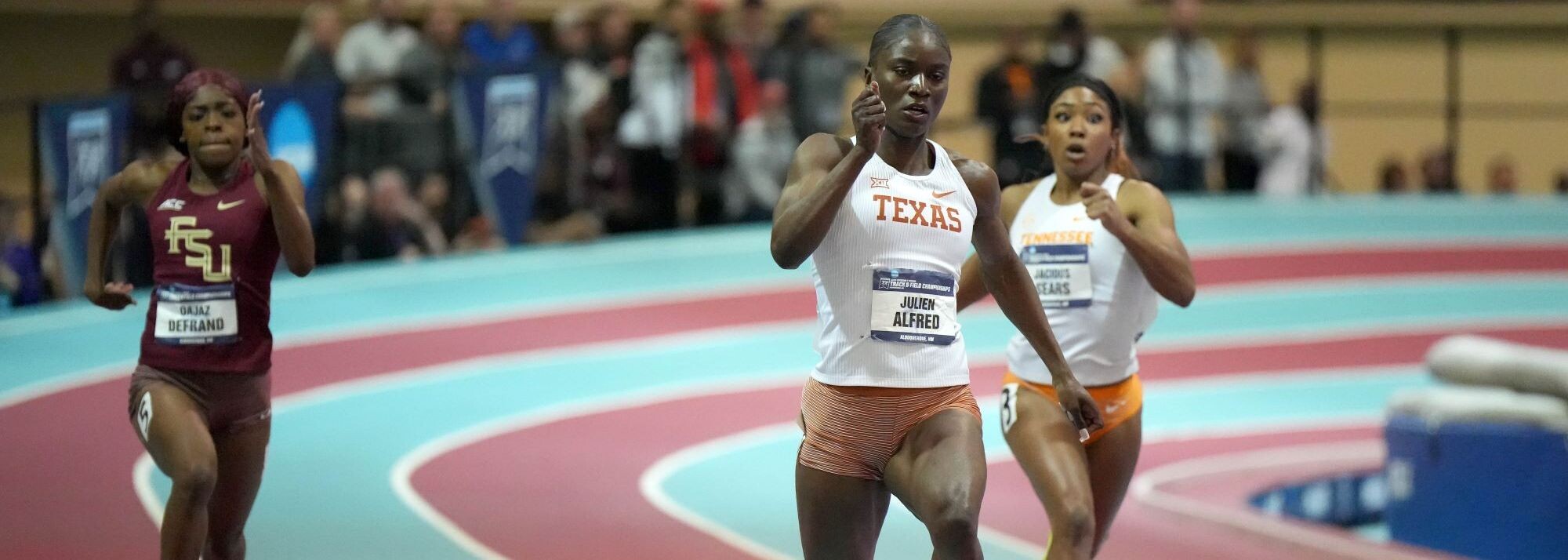
-Dina Asher-Smith is the 2019 World Champion in the 200m. She is a two-time Olympic bronze medalist, and her 2019 gold is one of five World Championship medals that she owns. Asher-Smith holds the British records in the 60m, 100m, and 200m.
“The Millrose Games is one of the most prestigious and historic indoor competitions in the USA, and I am looking forward to racing there for the first time,” said Asher-Smith. “I am really enjoying my new training set up in Austin, and I’m looking forward to a big year in 2024.”
-Julien Alfred was a seven-time NCAA champion at the University of Texas. Her 60m best is not only the NCAA record, it also equals the North American record. In her first season as a professional, Alfred finished fifth in the 100m at the 2023 World Championships, representing St. Lucia.
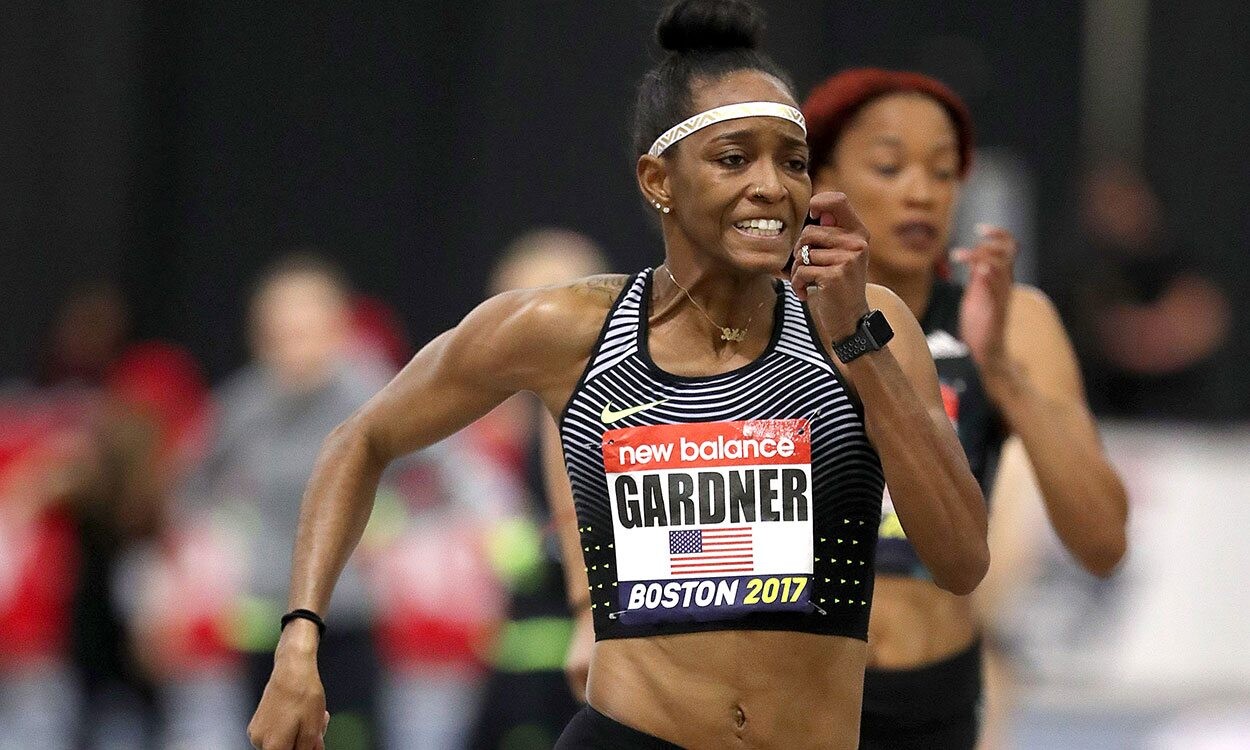
-English Gardner is an Olympic gold medalist on the 4x100m relay in 2016. A local favorite from New Jersey, she is the tenth-fastest woman in history in the 100m, and she won this race at the Millrose Games in 2019.
-Briana Williams won Olympic gold on the 4x100m relay for Jamaica in 2021, and she is a two-time World Junior Champion.
-Shashalee Forbes is an Olympic silver medalist on the 4x100m relay, and she won the 200m Jamaican championship in 2017.
-Tamari Davis placed second in this race at last year’s Millrose Games, before winning a gold medal on the 4x100m relay at the World Championships.
-Marybeth Sant-Price is the 60m bronze medalist at the 2022 World Indoor Championships.
-Celera Barnes is an NACAC champion on the 4x100m relay.
Stay tuned over the coming weeks before the 116th Millrose Games, as the world-class start lists are finalized. Top athletes already confirmed to compete include Laura Muir, Elle Purrier-St. Pierre, Yared Nuguse, Alicia Monson, Grant Fisher, Danielle Williams, Josh Kerr, Yaroslava Mahuchikh, Christian Coleman, Keni Harrison, Andre De Grasse, Nia Ali, Chris Nilsen, and KC Lightfoot, with even more Olympians and World Championship medalists still to come.
As always, the Millrose Games will feature the absolute best athletes in the sport, including dozens of Olympians and world champions. The Millrose Games is a World Athletics Indoor Tour Gold meet. With highest-level competition at the youth, high school, collegiate, club, and professional levels, there is truly something for everyone at the Millrose Games.
(01/19/2024) Views: 499 ⚡AMPNYRR Millrose Games
The NYRR Millrose Games,which began in 1908 as a small event sponsored by a local track club, has grown to become the most prestigious indoor track and field event in the United States. The NYRR Millrose Games meet is held in Manhattan’s Washington Heights at the New Balance Track & Field Center at the Armony, which boasts a state-of-the-art six-lane,...
more...Elle St Pierre will toe the line again at the Millrose Games
World indoor silver medalist Elle St Pierre set a meeting and North American record of 4:16.85 to win the Wanamaker Mile in 2020. The 2024 indoor season marks St Pierre’s return to the track following the birth of her first child.
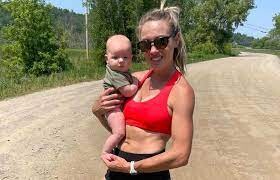
Two-time world indoor silver medalist Axumawit Embaye is also in the line-up, alongside 2022 US 1500m champion Sinclaire Johnson, British 1500m champion Katie Snowden, 2023 Wanamaker Mile runner-up Josette Andrews, Australian record-holder Jessica Hull, Olympic finalist Marta Perez, and two-time NCAA champion Sage Hurta-Klecker.
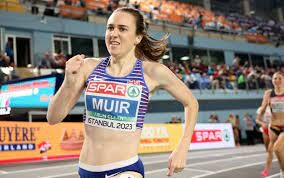
Olympic 1500m silver medalist Laura Muir made her Wanamaker Mile debut last year, winning in 4:20.15. The 2022 world bronze medalist holds the British record for the distance outdoors with the 4:15.24 she clocked last year.
Other top athletes already confirmed to compete include Yaroslava Mahuchikh, Danielle Williams, Nia Ali, Andre De Grasse, Josh Kerr, Keni Harrison, Chris Nilsen, KC Lightfoot, Yared Nuguse, Alicia Monson, Grant Fisher and Christian Coleman.
(01/17/2024) Views: 542 ⚡AMPby World Athletics
NYRR Millrose Games
The NYRR Millrose Games,which began in 1908 as a small event sponsored by a local track club, has grown to become the most prestigious indoor track and field event in the United States. The NYRR Millrose Games meet is held in Manhattan’s Washington Heights at the New Balance Track & Field Center at the Armony, which boasts a state-of-the-art six-lane,...
more...Laura Muir returns to defend wanamaker mile title at 2024 Millrose Games
Great Britain’s Laura Muir, the Olympic 1500m silver medalist and three-time 1500m world championship medalist, will return to the 116th Millrose Games at The Armory on Feb. 11 to defend her NYRR Wanamaker Mile title.
Here’s what you need to know:

– Last year, Muir closed the race with a 30.99s final lap to win in 4:20.15 over Josette Andrews, who will also be returning after back-to-back runner-up finishes. Muir made her Millrose Games debut last year after a stunning 4:14.8 victory at the 2022 Fifth Avenue Mile. Muir is keeping a tight indoor schedule as she gets ready for the 3000m at the 2024 World Indoor Championships in Glasgow. She just ran 8:34.39 for 3000m at the Cardiff Metropolitan University Christmas Classic on Dec. 19.
– The Wanamaker Mile event record is the 4:16.85 American record set by Elinor Purrier St. Pierre in the 2020 edition of the meet. She will return to The Armory after missing last year’s indoor season while being pregnant with her son, Ivan. She gave birth in March and then returned to racing at the 5th Avenue Mile in September with a 4:23 for seventh place. Purrier -St. Pierre also won the 2019 2022 edition of the Wanamaker Mile with a 4:19.30 victory.
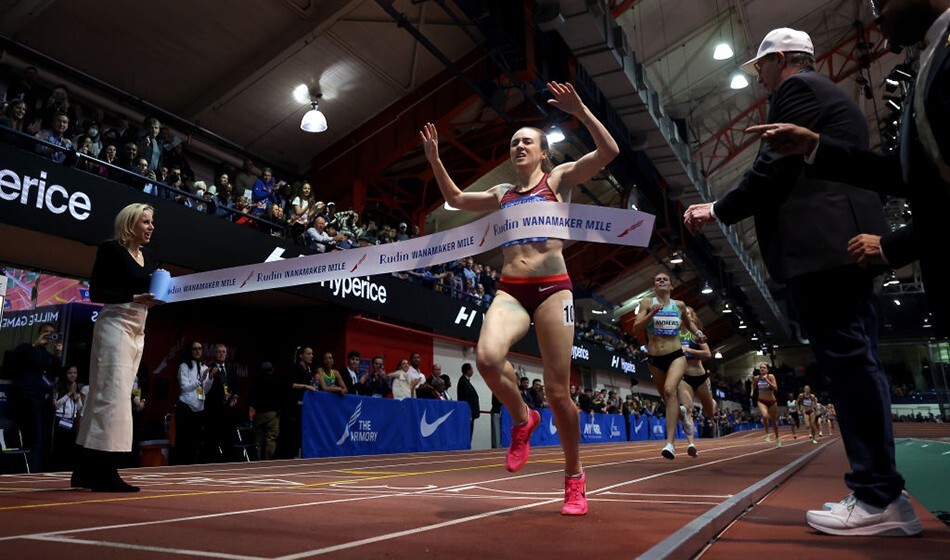
– The field will also include 2023 World Championship 1500m finalists: Jessica Hull (7th in Budapest) and Katie Snowden (8th in Budapest).
– Ethiopia’s Axumawit Embaye, a two-time World Indoor silver medalist in the 1500m, will make her Millrose Games debut. Last year, she ran season’s bests of 4:00.98 for 1500m and 4:24.01 for the mile. She notched a personal best of 15:04.41 for 5000m at the Stockholm Diamond League.
(01/16/2024) Views: 555 ⚡AMPby Chris Chavez
NYRR Millrose Games
The NYRR Millrose Games,which began in 1908 as a small event sponsored by a local track club, has grown to become the most prestigious indoor track and field event in the United States. The NYRR Millrose Games meet is held in Manhattan’s Washington Heights at the New Balance Track & Field Center at the Armony, which boasts a state-of-the-art six-lane,...
more...Ethiopians Jemal Yimer (60:42) and Sutume Kebede (64:37) won the overall titles in Houston Half
In what is becoming an annual tradition, Weini Kelati ran 66:25 on Sunday to break the American record at the 2024 Aramco Houston Half Marathon. It was the third straight year the record was broken in Houston as the 27-year-old Kelati, making her half marathon debut, followed in the footsteps of Sara Hall (67:15 in 2022) and Emily Sisson (66:52 in 2023) to become a record-breaker in Houston. Sunday marked the third time the record had been broken in the past year as Keira D’Amatolowered Sisson’s record to 66:39 at the Asics Half Marathon in Australia in July.
Kelati finished 4th overall as Ethiopia’s Sutume Kebede, a late addition to the women’s field, upset Hellen Obiri to win in 64:37, a US all-comers record that moves her into a tie for 9th on the all-time list. The time was a pb of more than three minutes for Kebede, who was previously best known for finishing 3rd at the 2020 Tokyo Marathon and running 2:18:12 at the 2022 Seoul Marathon. Obiri, who was with Kebede through 10k (30:28) faded over the second half and wound up a distant 2nd in 66:07.
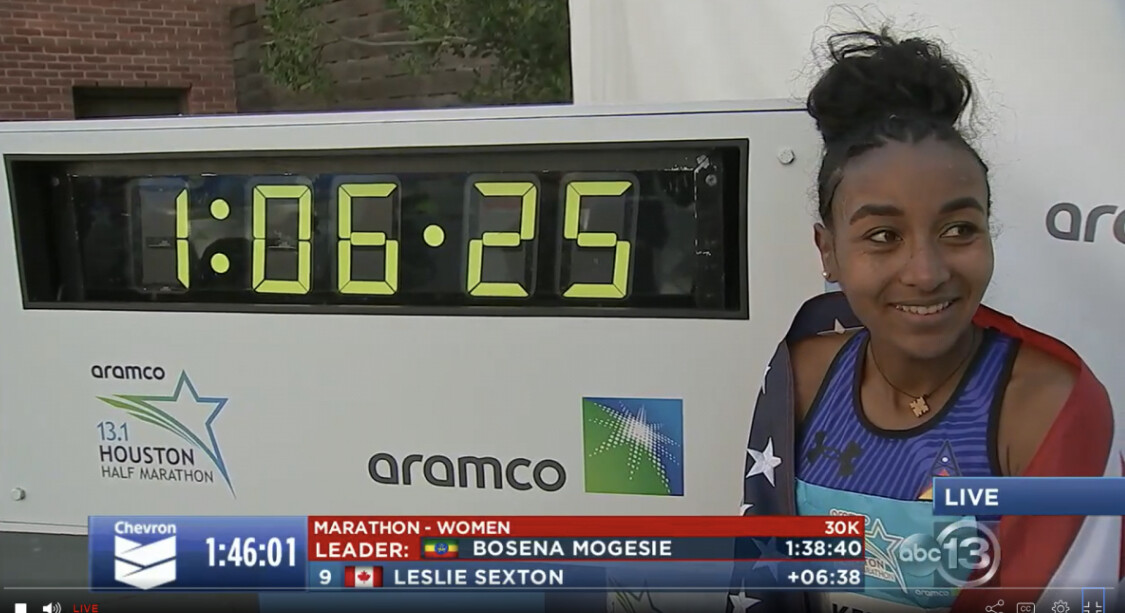
The men’s race came down to a five-man sprint finish with Ethiopia’s Jemal Yimer, who won in Houston in 2020 and was 4th at the World Half Marathon Championships in October, prevailing in 60:42. Wesley Kiptoo of NAZ Elite and Kenya was 2nd for the second straight year in 60:43 with 2022 champ Milkesa Mengeshaof Ethiopia 3rd in 60:45.
Biya Simbassa was the top American man in 60:45 in 4th, just ahead of a resurgent Diego Estrada, who led for the first 20 minutes and finished 5th in a pb of 60:49. Galen Rupp, tuning up for the Olympic Marathon Trials three weeks from now, hung back from the leaders and finished 14th in 62:37.
In the Chevron Houston Marathon, contested simultaneously, former NAIA star Zouhair Talbi of Morocco won the men’s race in 2:06:39 to boost his chances of Olympic selection. 2016 NCAA XC champion Patrick Tiernan, now training as part of Alistair and Amy Cragg’s Puma Elite Running team in North Carolina, was 4th in 2:07:45, hitting the Olympic standard and moving to #2 on the all-time Australian marathon list.
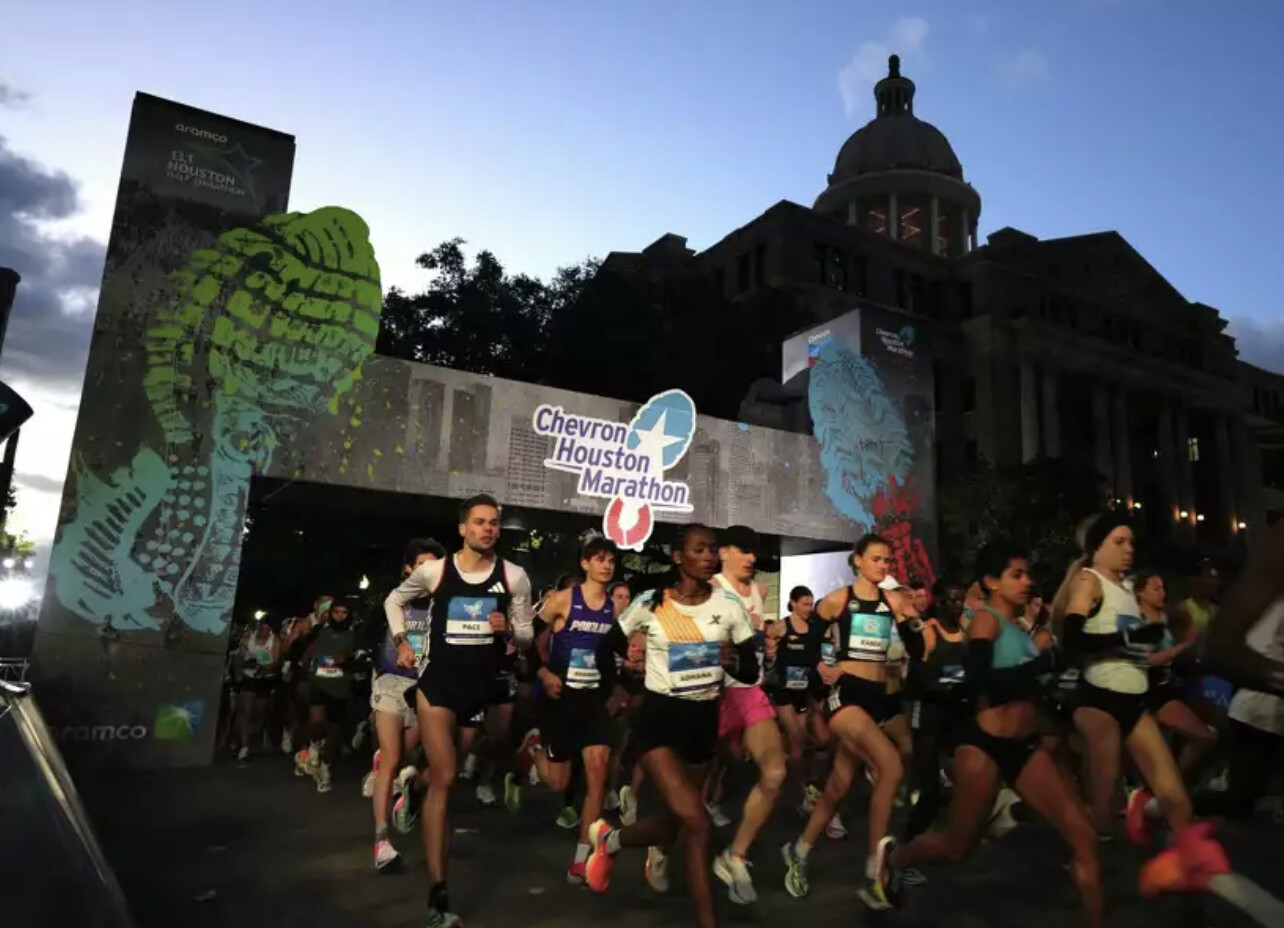
Ethiopia’s Rahma Tusa, the runner-up behind American Betsy Saina in September’s Sydney Marathon, won the women’s marathon in Houston in 2:19:33.
The races featured temperatures in the low 40s with 10 mph winds and gusts up to 17 mph, which made for a challenging end to the half marathon as miles 9, 10, and 11 were run directly into the teeth of the wind.
Below, six takeaways from the day’s racing in Houston.
2024 Houston Half Marathon men’s top 51. 60:42 Jemal Yimer, Ethiopia2. 60:43 Wesley Kiptoo, Kenya3. 60:45 Milkesa Mengesha, Ethiopia4. 60:45 Biya Simbassa, USA5. 60:49 Diego Estrada, USA14. 62:37 Galen Rupp, USA
2024 Houston Half Marathon women’s top 51. 64:37 Sutume Kebede, Ethiopia2. 66:07 Hellen Obiri, Kenya3. 66:24 Buze Diriba, Ethiopia4. 66:25 AR Weini Kelati, USA5. 67:36 Mestawut Fikir, Ethiopia
(01/14/2024) Views: 544 ⚡AMPby Jonathan Gault (Let’s Run)
Aramco Houston Half Marathon
The Chevron Houston Marathon offers participants a unique running experience in America's fourth largest city. The fast, flat, scenic single-loop course has been ranked as the "fastest winter marathon" and "second fastest marathon overall" by Ultimate Guide To Marathons. After 30 years of marathon-only competition, Houston added the half-marathon in 2002, with El Paso Energy as the sponsor. Today the...
more...North Carolina Woman Sets New World Record in the Mile—Backwards
Ann Marie Pierce only runs one backwards race each year.
Wilmington, North Carolina, has a new backward-running superstar. On December 16, Ann Marie Pierce set a new world record for the fastest mile run backwards, crossing the line in 7:24.
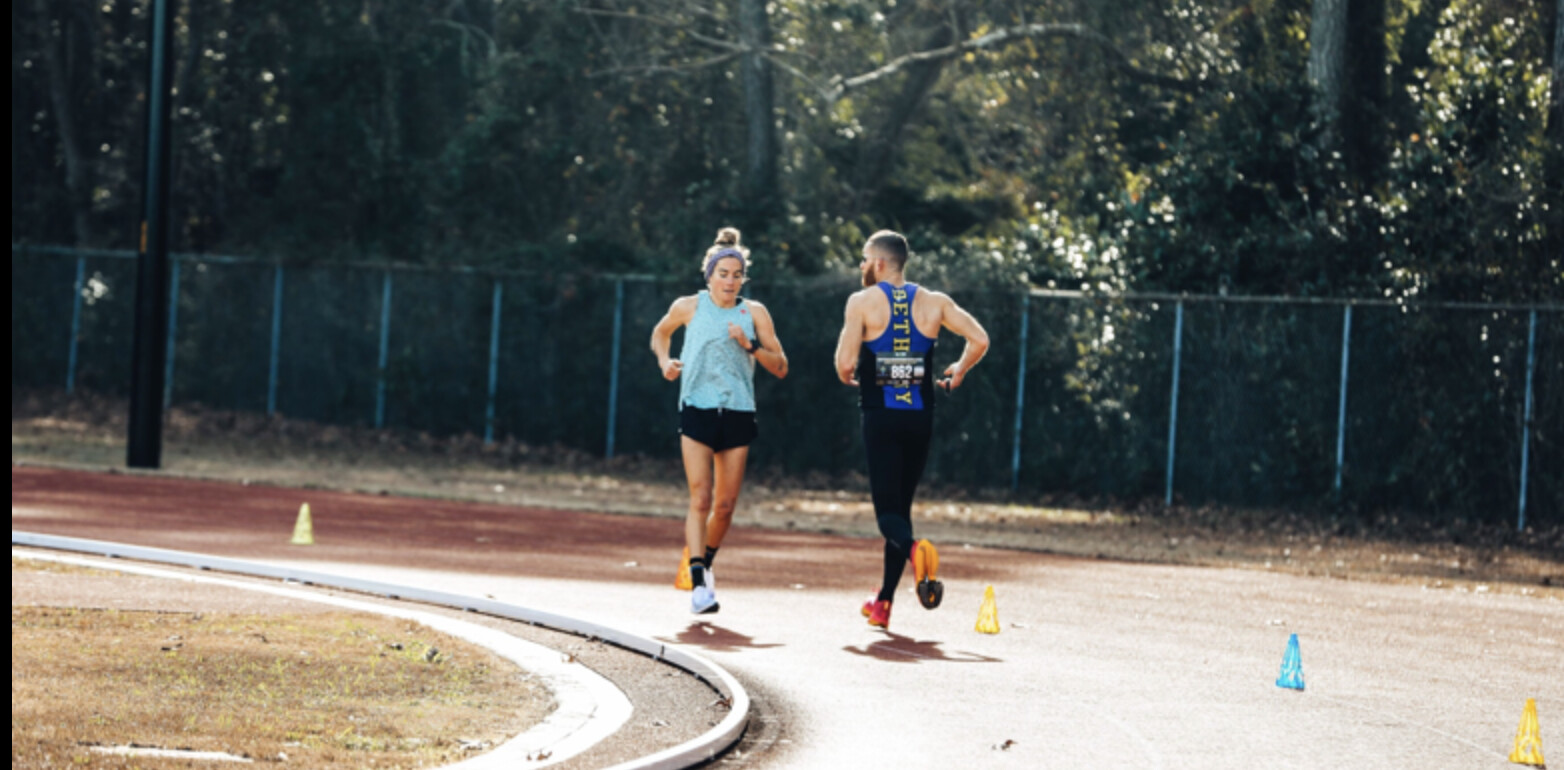
She had some help from the men’s backward mile world record holder, Aaron Yoder, who traveled from Kansas to North Carolina to attempt a new world record during the 2023 One Mile Backwards Challenge at the UNC-Wilmington track and field complex. “He fell short of the mile goal, but did earn the 2K American record backward after pacing me to a female backward mile on the track world record,” said Pierce in a caption on Instagram after the event.
“I run backward once each year, and it’s at this backward mile challenge! I’m always up for wild challenges that force me to step out of my comfort zone, especially if it’s to raise awareness for missions such as Optimism Oasis!” Pierce continued in the caption.
Pierce says that although she had been registered for the event months prior, she didn’t realize she would be attempting a world record until two days beforehand. “Aaron and Tracy said my chances were high if I could run under 8 minutes. I got a few pointers from the world record holder himself and said I’d humble myself and give it a shot for the kids, though I did have doubts I could actually pull it off,” she said of the challenge.
Pierce praised the technical difficulty of the track, noting that knowing where to focus your eyes takes a bit of figuring out without getting dizzy. “I realized I had to have my hair in a bun, or else the ponytail would whack and cover my face in the wind,” she said. When asked what hurt the most post-race, Pierce said her legs held up fine, but her lungs were taxed from inhaling the cool air.
Still, Pierce said she was happy to be a part of the race and break the record. “At the end of the day, there’s always a message and reason—don’t be afraid to try something that challenges you—and it’s okay to not be the best at something. I’m most inspired by people in life that choose not to give up and work for what they find joy or purpose in.”
A couple of dozen people gathered for the event, many also running in the backward mile race to support Optimism Oasis, a nonprofit multi-sports and cultural facility.
Pierce says she has done other “wild and silly” world record-breaking times, like running pregnant and double and single stroller racing, but she hasn’t made them official. “I have a lot of fun keeping running extra mysterious by challenging myself to these weird things. Hopefully inspiring others [to] give things a shot too.”
Pierce closed out her post by adding her own mantra about running: “Keeping things weird one stride at a time.”
(12/24/2023) Views: 555 ⚡AMPby Runner’s World
Yared Nuguse will run 2024 Millrose Games and says mile World Record is a very real possibility
U.S. outdoor mile record holder Yared Nuguse will return to the Armory Track and Field Center in New York City for the 116th Millrose Games as he looks to defend his men’s Wanamaker Mile title.
Here’s what you need to know:

– The Wanamaker Mile has been contested at the Millrose Games since 1926.
– Last year, Nuguse made his Millrose Games debut and won and set a U.S. indoor mile record of 3:47.38. He barely missed the world record of 3:47.01 set by Yomif Kejelcha in 2019.
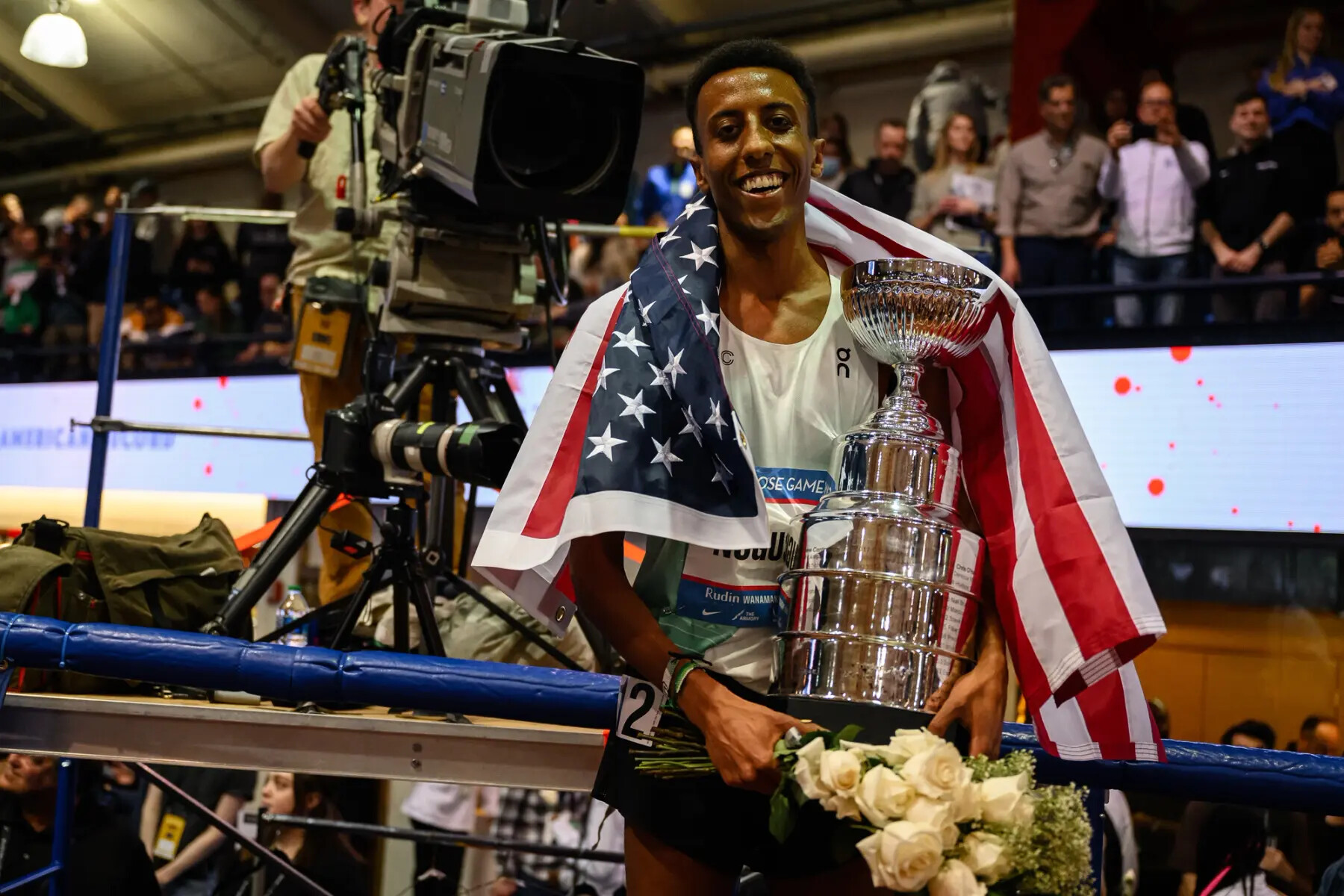
– Nuguse put together a career year in 2023 with: a 7:28.23 for 3000m indoors (American record); a personal best of 3:29.02 for 1500m (the fastest performance by an American-born runner); 3:43.97 outdoor mile (an American record and the fourth-fastest performance in history; a victory at the London Diamond League 1500m and a fifth place finish in the 1500m final at the World Championships. Most recently, he ran 3:56.58 at the Merrie Mile in Honolulu to come just .45 seconds shy of breaking the road mile world record.
– Nuguse was the first American to win since Eric Jenkins’ 2017 victory. Nuguse will look to become the first man to win back-to-back Wanamaker Mile titles since Matthew Centrowitz’s 2016 and 2015 victories.
The Millrose Games is the sixth stop on the 2024 World Athletics Indoor Tour Gold calendar.
Livestream and television broadcast details will be announced in the coming weeks. Stay tuned for more Millrose Games athlete announcements as the pro fields come together.
Tickets to the 116th Millrose Games can be purchased online at millrosegames.org. For more information on all Armory Track events, visit armorytrack.com.
(12/21/2023) Views: 522 ⚡AMP
by Chris Chavez
NYRR Millrose Games
The NYRR Millrose Games,which began in 1908 as a small event sponsored by a local track club, has grown to become the most prestigious indoor track and field event in the United States. The NYRR Millrose Games meet is held in Manhattan’s Washington Heights at the New Balance Track & Field Center at the Armony, which boasts a state-of-the-art six-lane,...
more...Ethiopians sweep women's B.A.A. Half Marathon, Kenyan wins men's race
The 2023 B.A.A. Half Marathon presented by Dana-Farber Cancer Institute and the Jimmy Fund took place today, November 12, starting and finishing within Boston’s Franklin Park. Personal bests and fast times were achieved on a chilly fall day. Preliminary results can be found here.
In the professional open divisions, Fotyen Tesfay (Ethiopia) and Abel Kipchumba(Kenya) took home the women’s and men’s titles respectively, while Jenna Fesemyer and Hermin Garic, both of the USA, captured the wheelchair division victories. American Paralympian Liz Willisset a world record in the T61-64 division (lower limb impairment) in a time of 1:45:19. Among today’s finishers were more than 600 athletes representing the Dana-Farber Cancer Institute and Jimmy Fund, raising more than $700,000 to defy cancer.
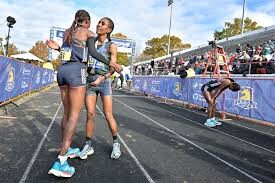
Warming up through the early miles, Tesfay and a sizeable lead pack passed 5 miles in 27:10 and 10 miles in 53:17. The race began to intensify as Tesfay, American record holder Keira D’Amato, B.A.A. 5K champion Senbere Teferi, and World Cross Country Championships silver medalist Tsigie Gebreselama covered the hilly course along Boston’s Emerald Necklace Park System.
While it was a pack with 5K to go, Tesfay was all alone entering White Stadium, breaking the tape in 1:08:46. In her Boston debut, Tesfay not only conquered the competition but also the cold temperatures.
“The pack was so big, but I managed to move ahead of them as I got close to the finish to take the win,” said Tesfay. “This is my first time running a half marathon in Boston and the coldest race I have ever run, so I am very happy to win.”

Teferi (ETH) and Gebreselama (ETH) rounded out the podium in 1:09:00 and 1:09:06, followed by D’Amato as the top American in 1:09:12.
In the men’s race, Kipchumba was determined to improve upon a ninth place finish a year ago. Running with Australian Olympian Pat Tiernan and defending champion Geoffrey Koech (Kenya) through five miles, Kipchumba began to break away little by little. At six miles it was a seven second lead, then at 10 miles the gap stood 30 seconds.
Kipchumba’s broke the tape all smiles in 1:01:32 with a hard-charging Tiernan second (1:01:56) and Yemane Haileselassie third in 1:02:17. Sam Chelanga, who won a silver medal in the 10,000m at the Pan Am Games on the track last week, was top American, seventh in 1:02:49.
“Today was difficult because it was very cold. And as we know, Boston has a lot of hills. But I managed to win the race, so I am happy,” said Kipchumba. “I like the crowds. They cheered me and I got a lot of energy to push the pace.”
(11/12/2023) Views: 662 ⚡AMPB.A.A. Half Marathon
Dana-Farber and the Jimmy Fund have partnered with the B.A.A. in the Half Marathon for 13 years as the race’s presenting sponsor. Through this relationship, team members have collectively raised more than $5 million to support groundbreaking cancer research, and enabled Dana-Farber scientists and clinicians to positively impact the lives of cancer patients around the world. Dana-Farber runners often participate...
more...Harvard physics professor destroys transamerica speed record
Harvard physics professor Jenny Hoffman just crushed the cross transamerican speed record, running from San Francisco to New York in 47 days, 12 hours and 35 seconds, more than a week under the previous record (54d 16h 24m, set by Sandra Villines in 2017).
Cambridge, Mass. based Hoffman, 45, kicked off her nearly 3,000-mile (4,828 km) run in September, aiming to average just over 60 miles (100 km) per day. Hoffman had her sights set on the transamerican record and the women’s transcontinental Guinness World Record. Pending verification, she’s nailed those goals with time to spare.

The Trans American FKT (fastest known time) has a long and storied history. Before Villines broke the women’s record (by more than two weeks), it had not budged since 1978, with South African runner Mavis Hutchinson claiming a record 69d 2h 40m. Ultrarunner (and friend to Hoffman) Pete Kostelnick holds the men’s record of 42d 6h 30m, set in 2016.
“This morning I walked from New York City Hall to the Atlantic Ocean at Coney Island,” Hoffman posted on Strava on Friday. “My daughter and I took off our shoes and waded in. Total mileage from sea to shining sea is 3,048 miles.”
Hoffman rowed on the varsity crew team as an undergraduate student at Harvard, and began to run marathons in her senior year. From there she progressed to triathlons and ultras. She won the national title in the USA Track and Field National Championship 24-hour run in 2014, 2015 and 2016, and was selected as the USATF athlete of the week in Sept. 2016. She also competed on the gold medal-winning team at the IAU 24-Hour world championships in Belfast in 2017.
The runner’s accomplishment is a redemption of sorts: she also made an attempt at securing the transamerica record in 2019, before ending her run prematurely in Cleveland, Ohio, after she injured her knee. In that attempt, Hoffman ran 2,560 miles in 42 days, averaging 61 miles per day (six days under world record pace). “Through surgery and rehab and pandemic and work and family life, I have dreamed every single day for 4 years about redoing and completing this run,” Hoffman wrote on her blog.
Hoffman shared parts of her journey on her blog, titled Run, Jenny, Run–a nod to the fictional Forrest Gump and its main character, who also made a cross-country run. Her run was also documented on the FKT website, and she shared a daily journal on Strava.
“It’s a beautiful country filled with beautiful people,” Hoffman said post-run.”God Bless America.”
(11/12/2023) Views: 789 ⚡AMPby Running Magazine





